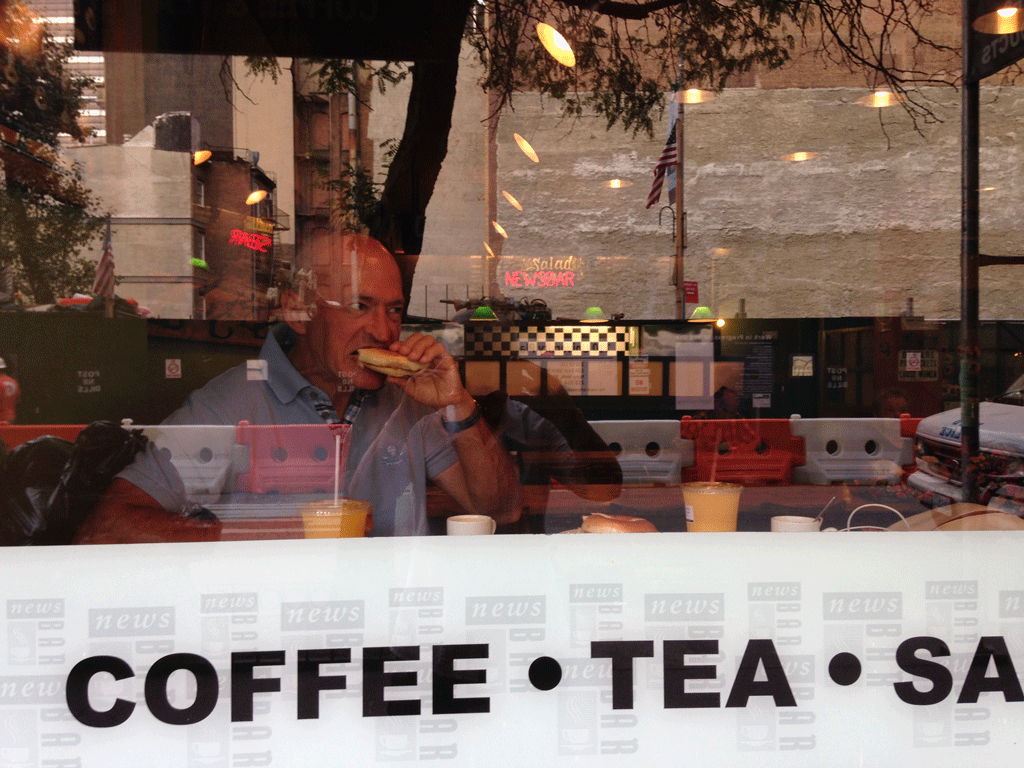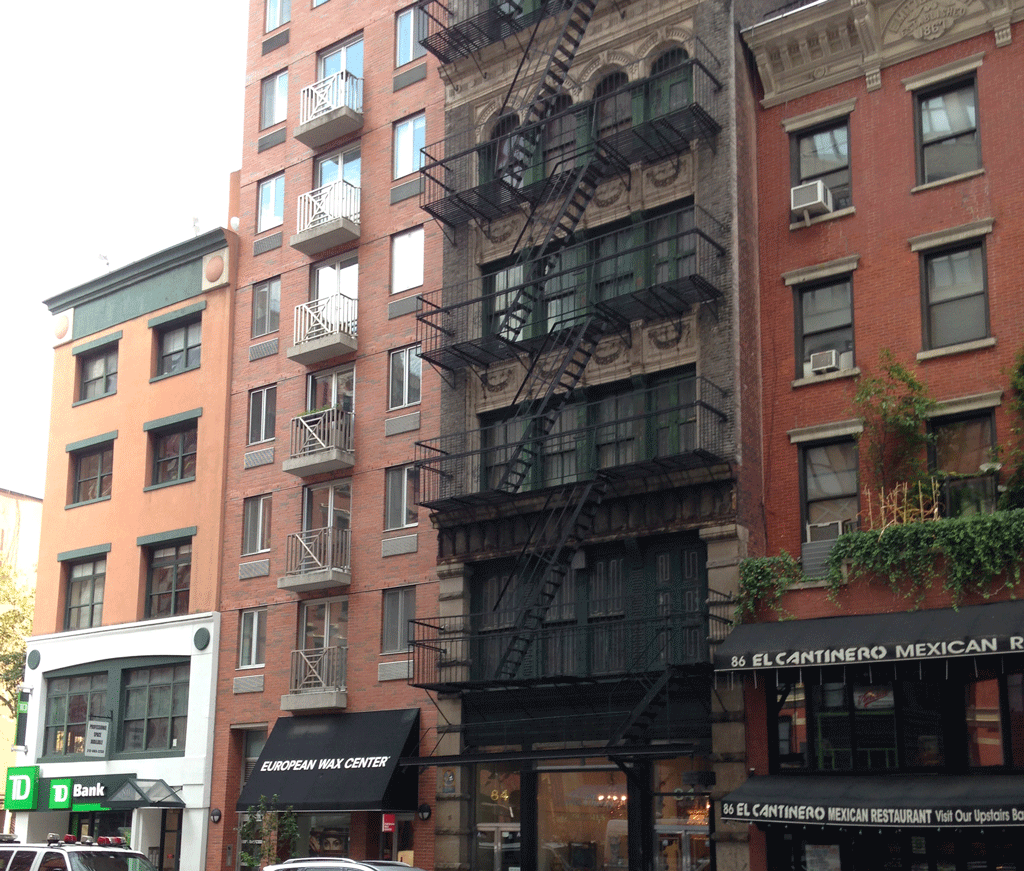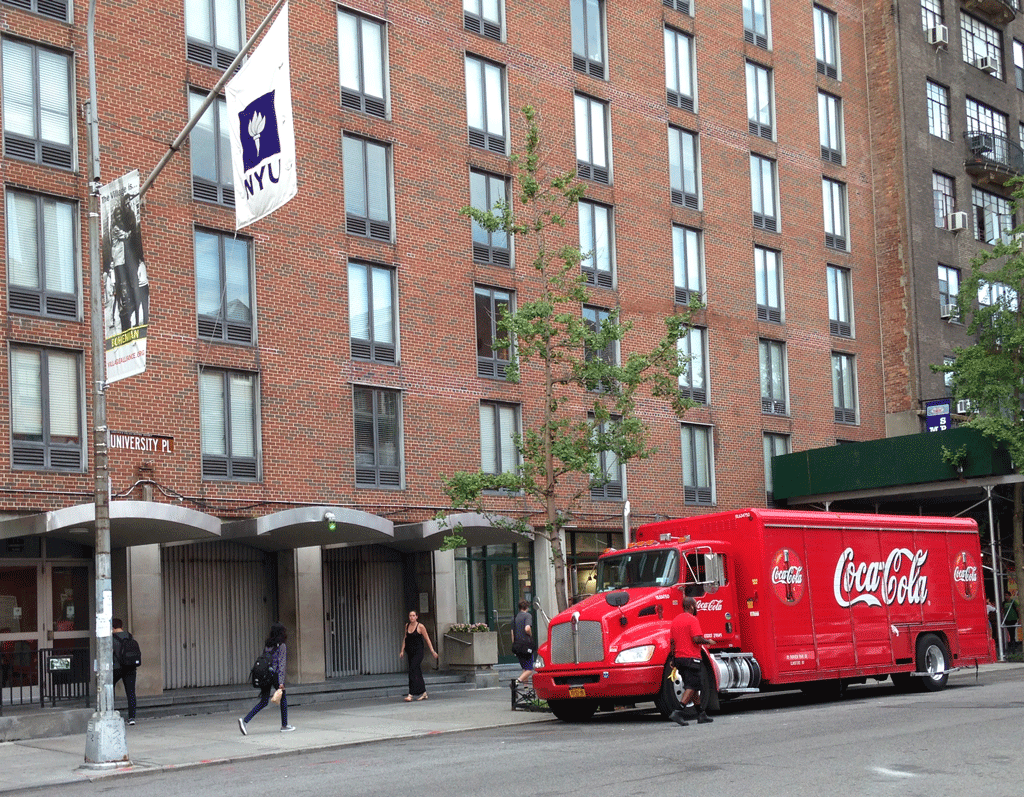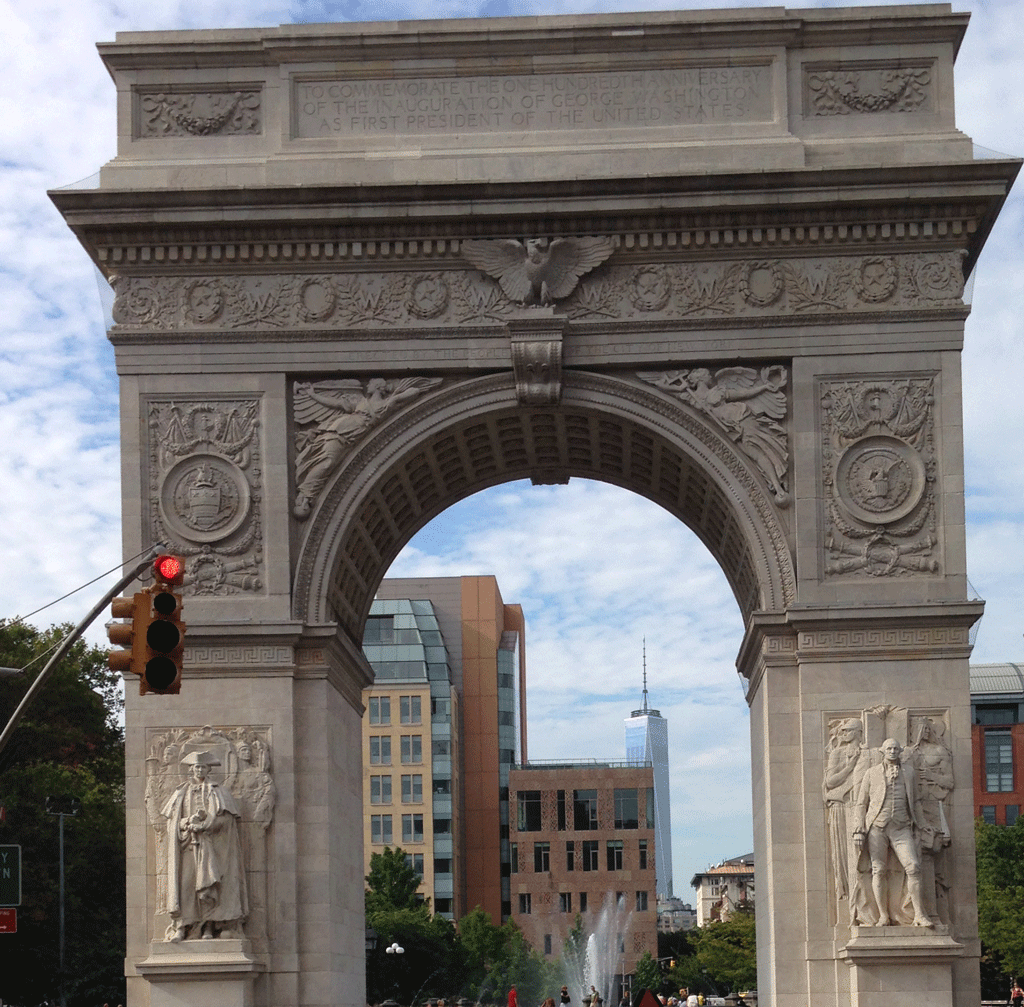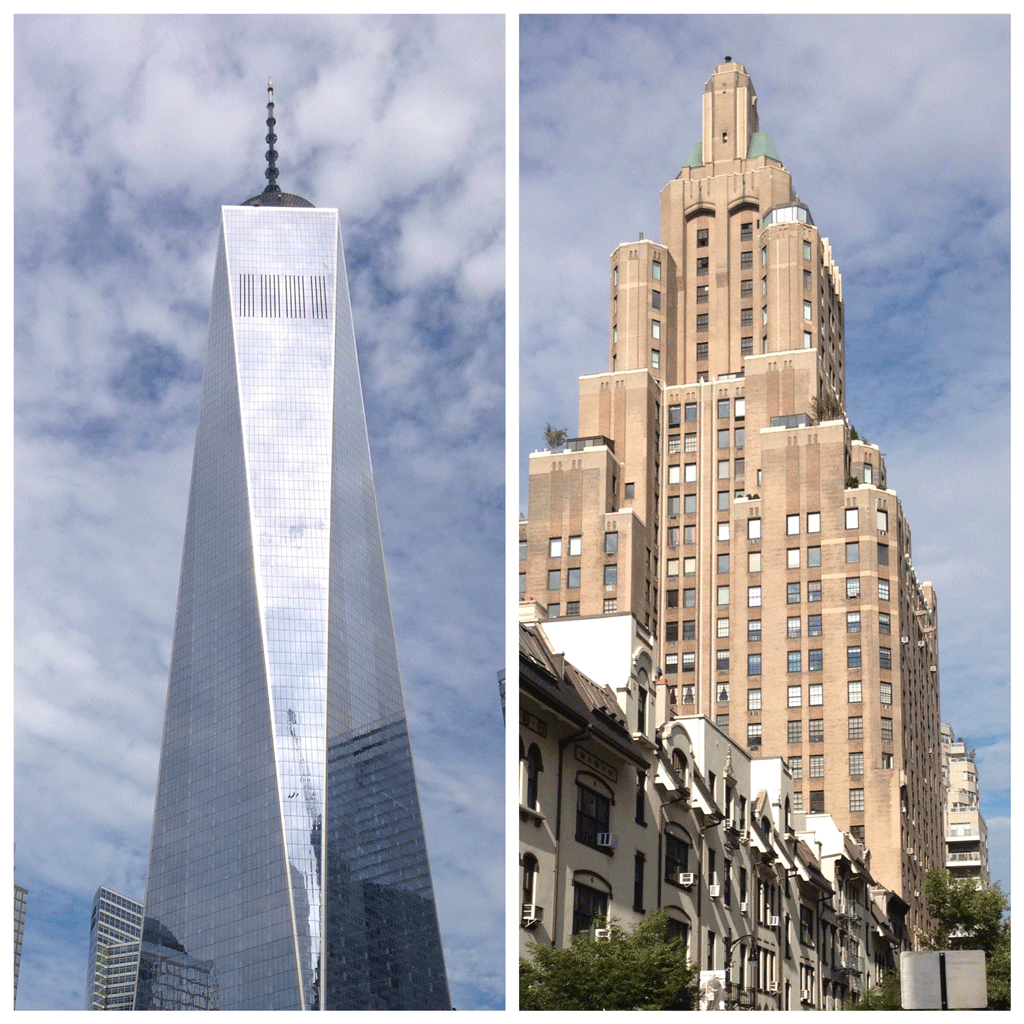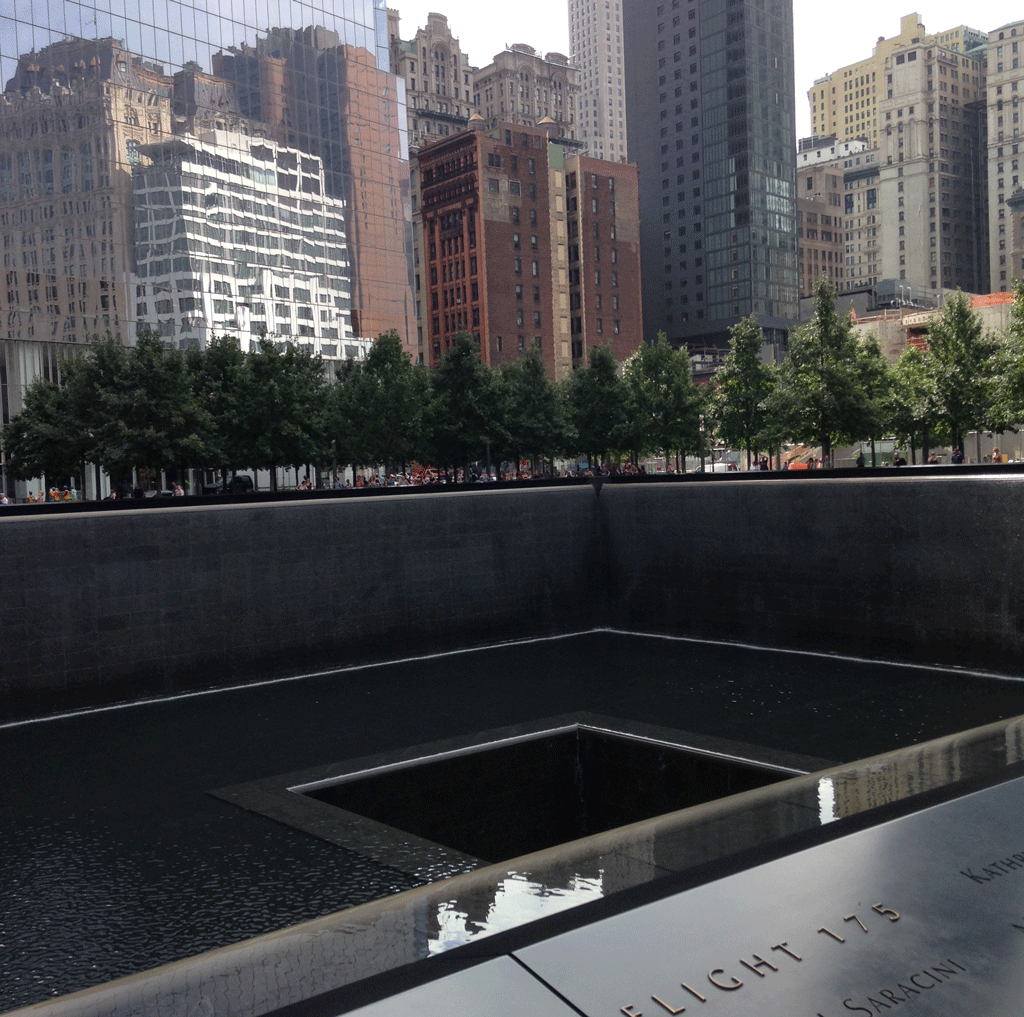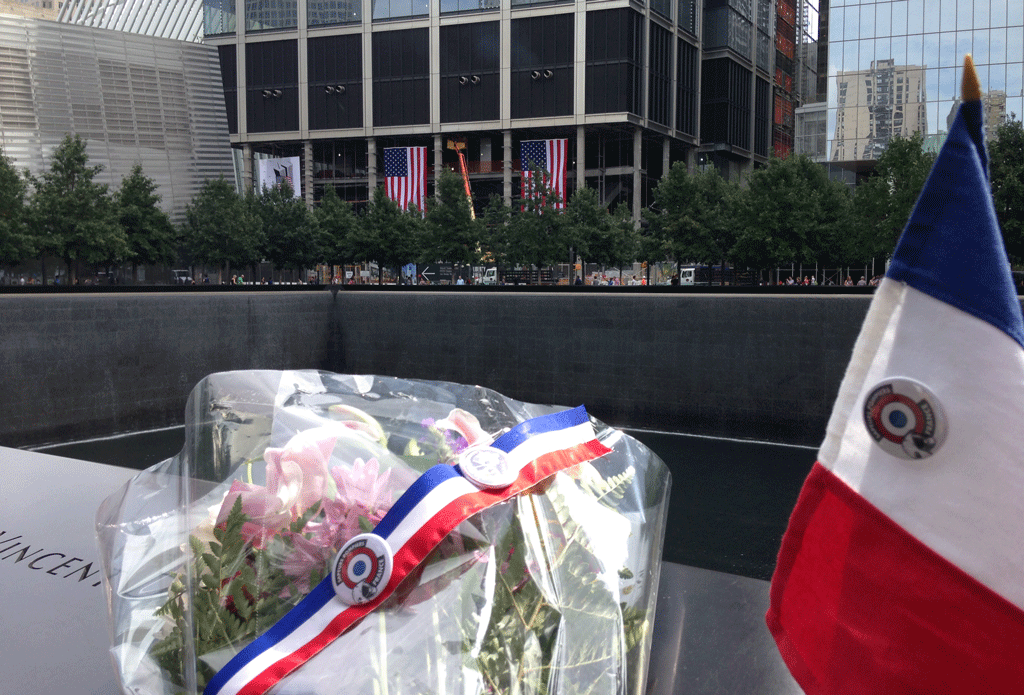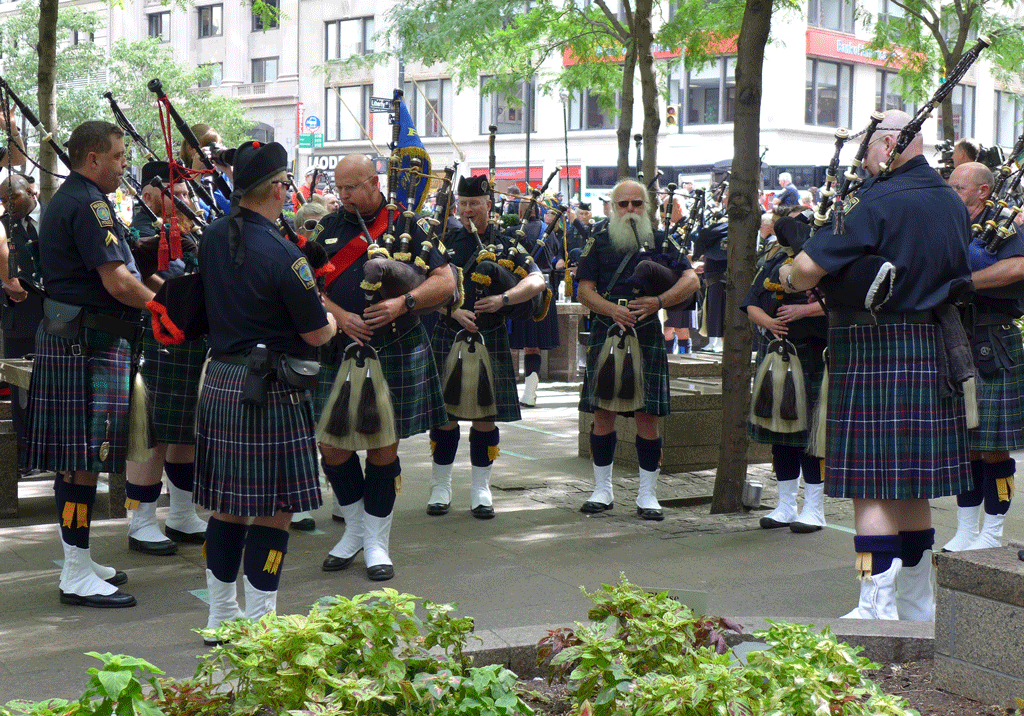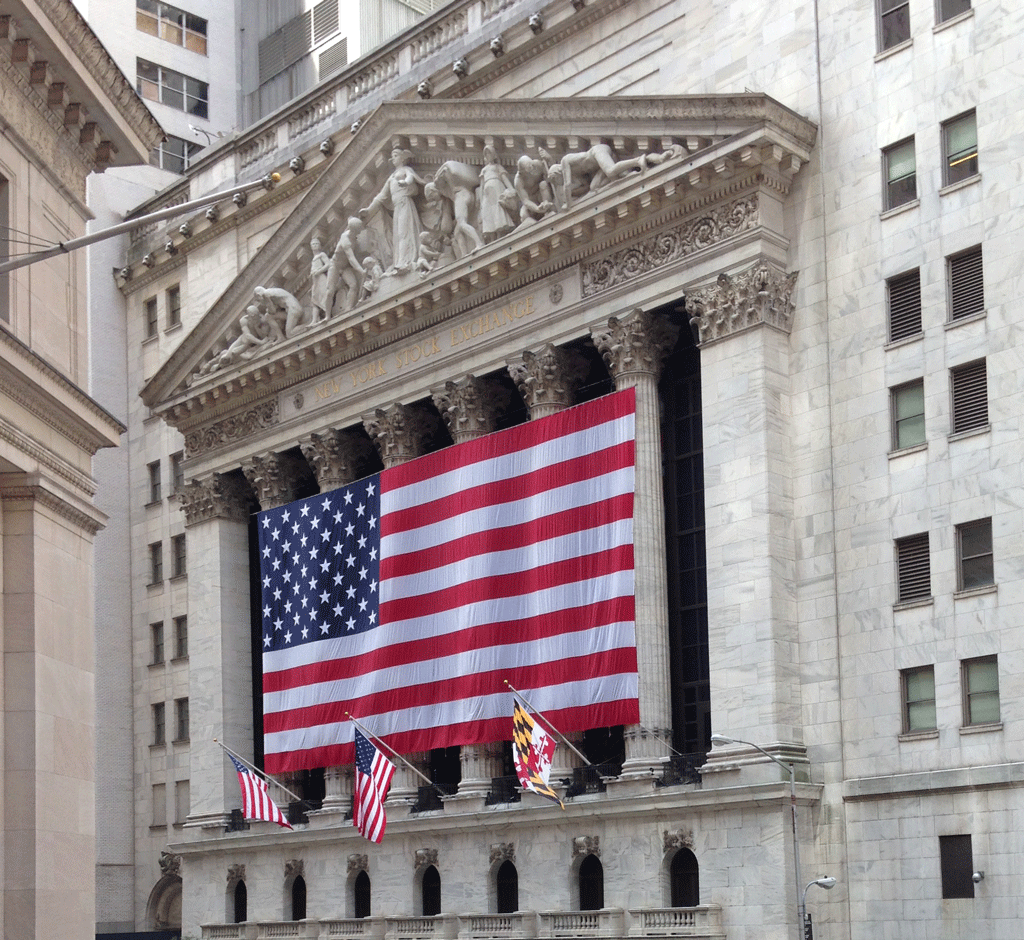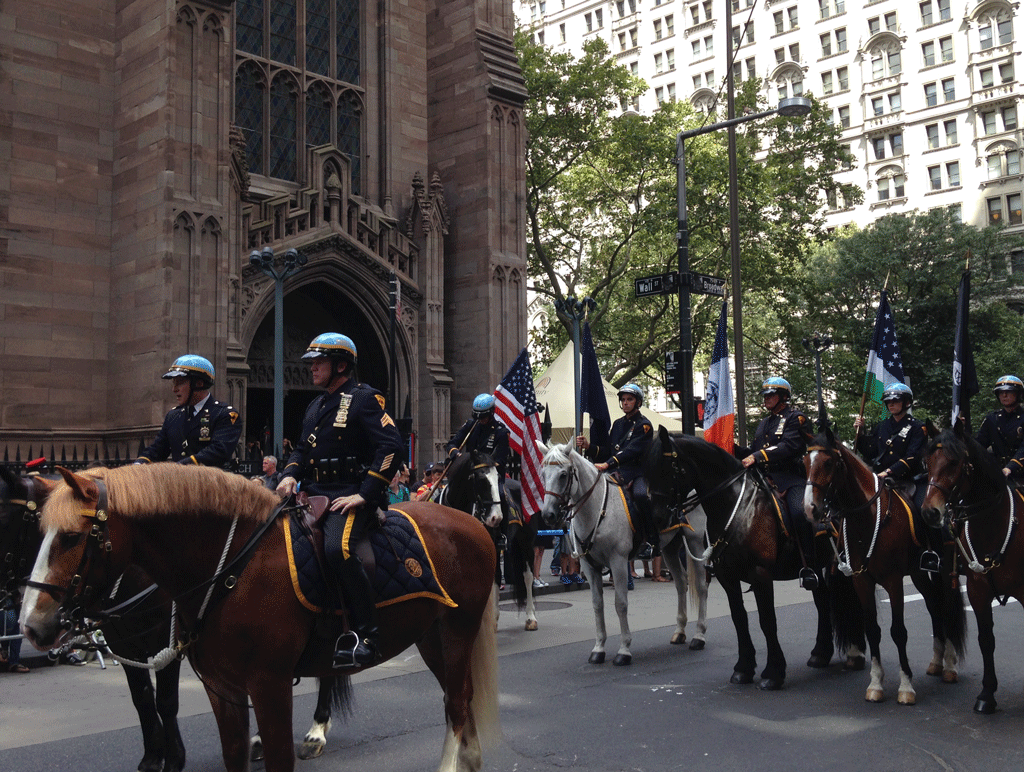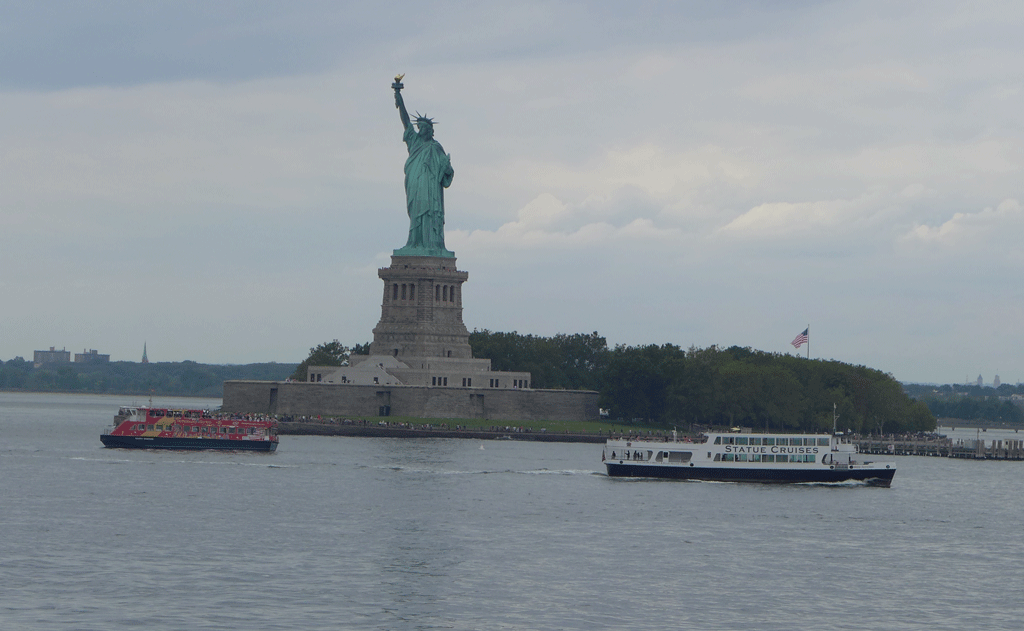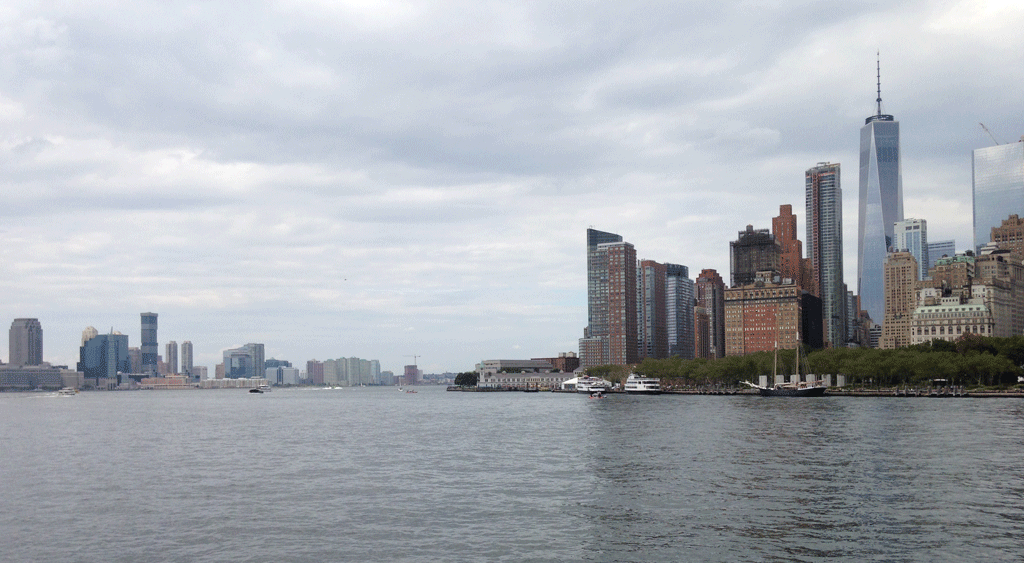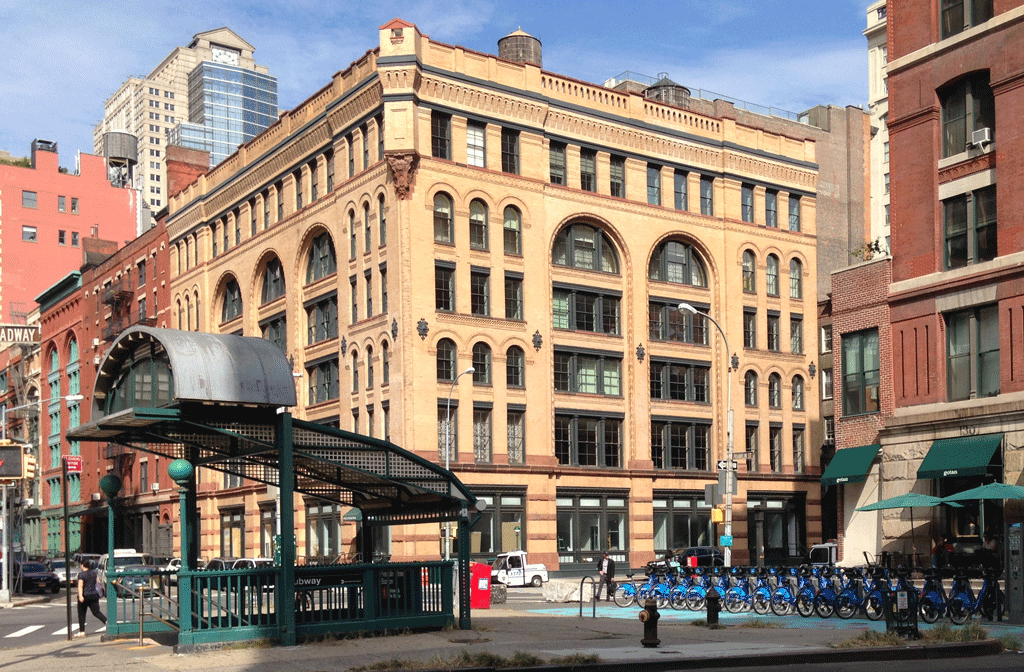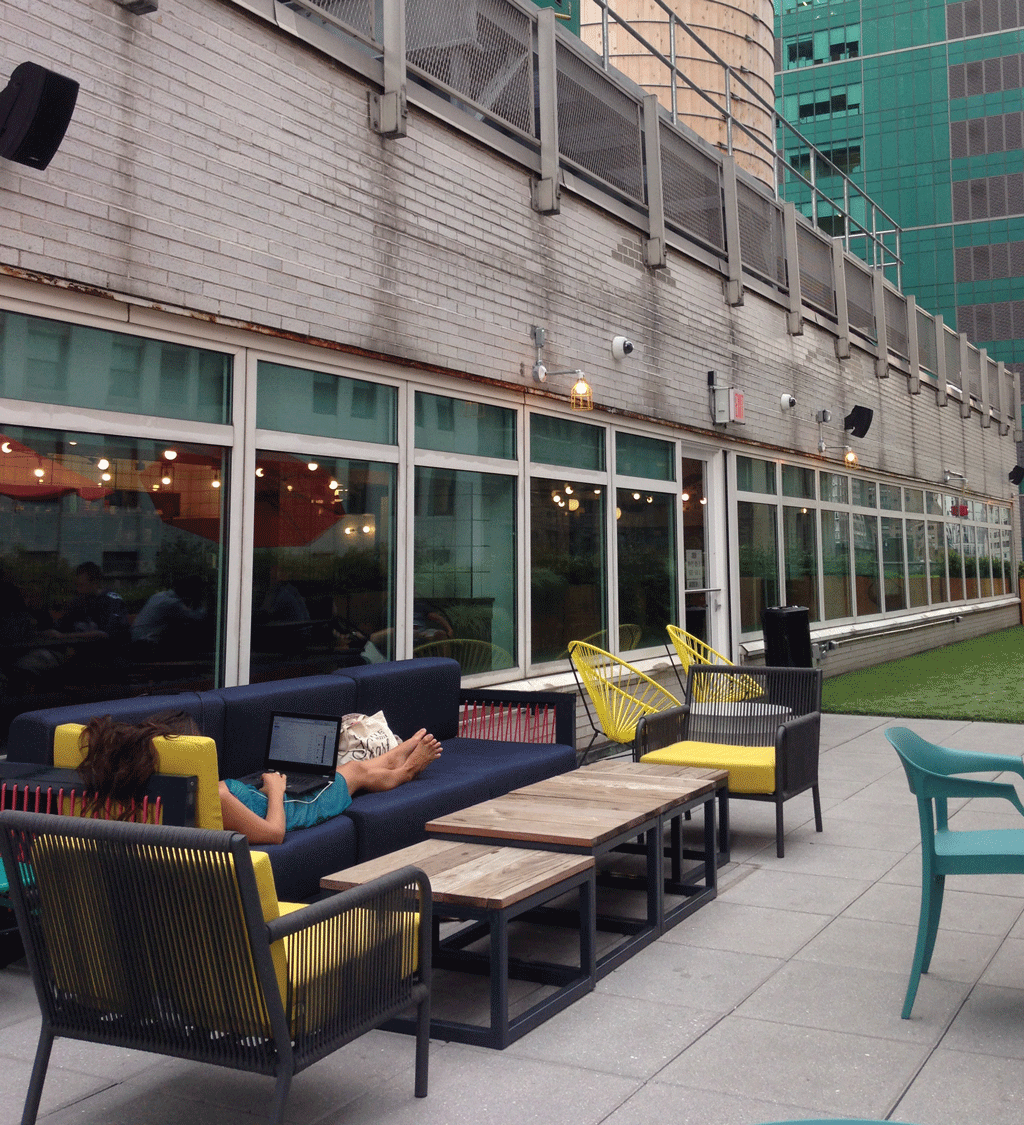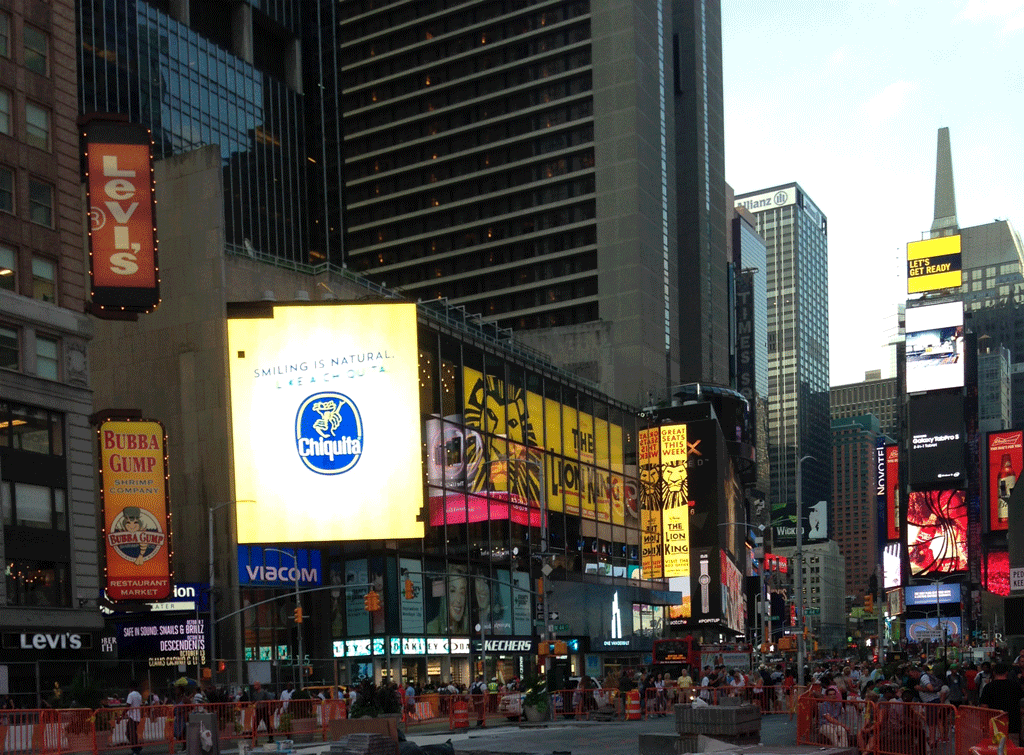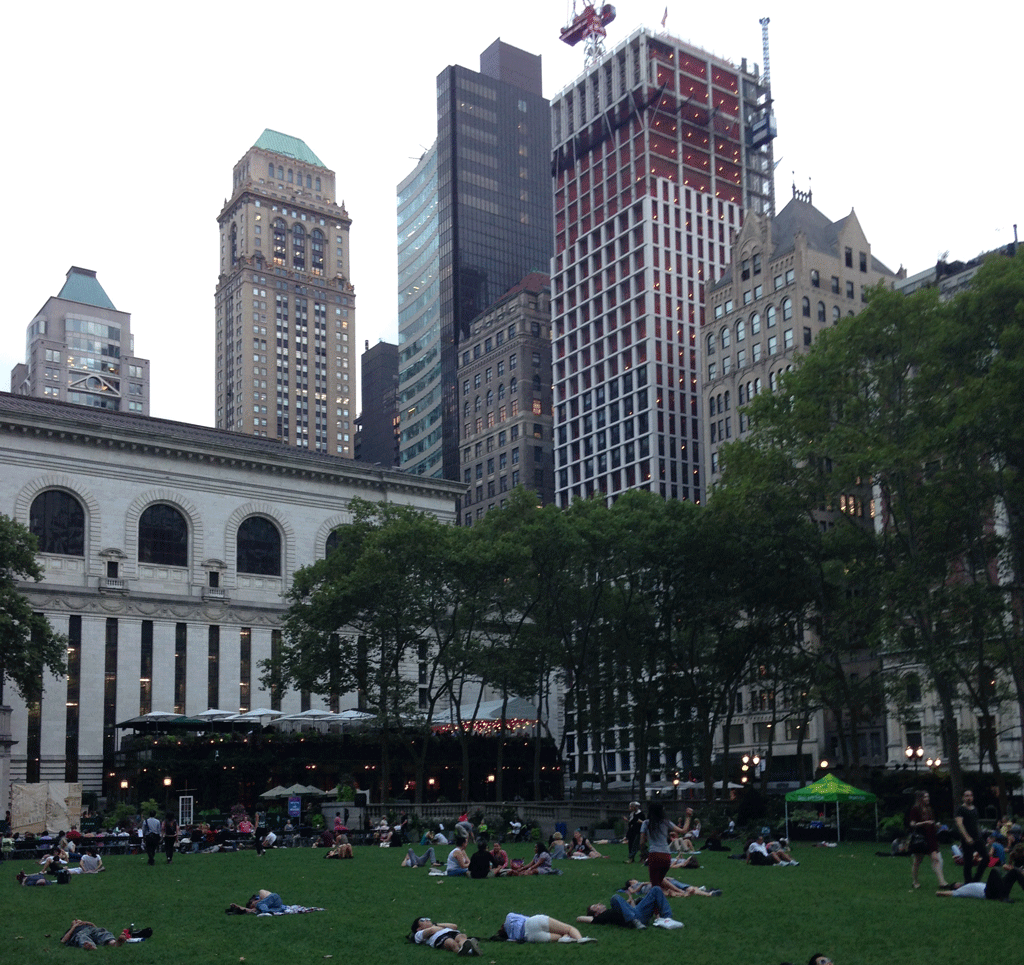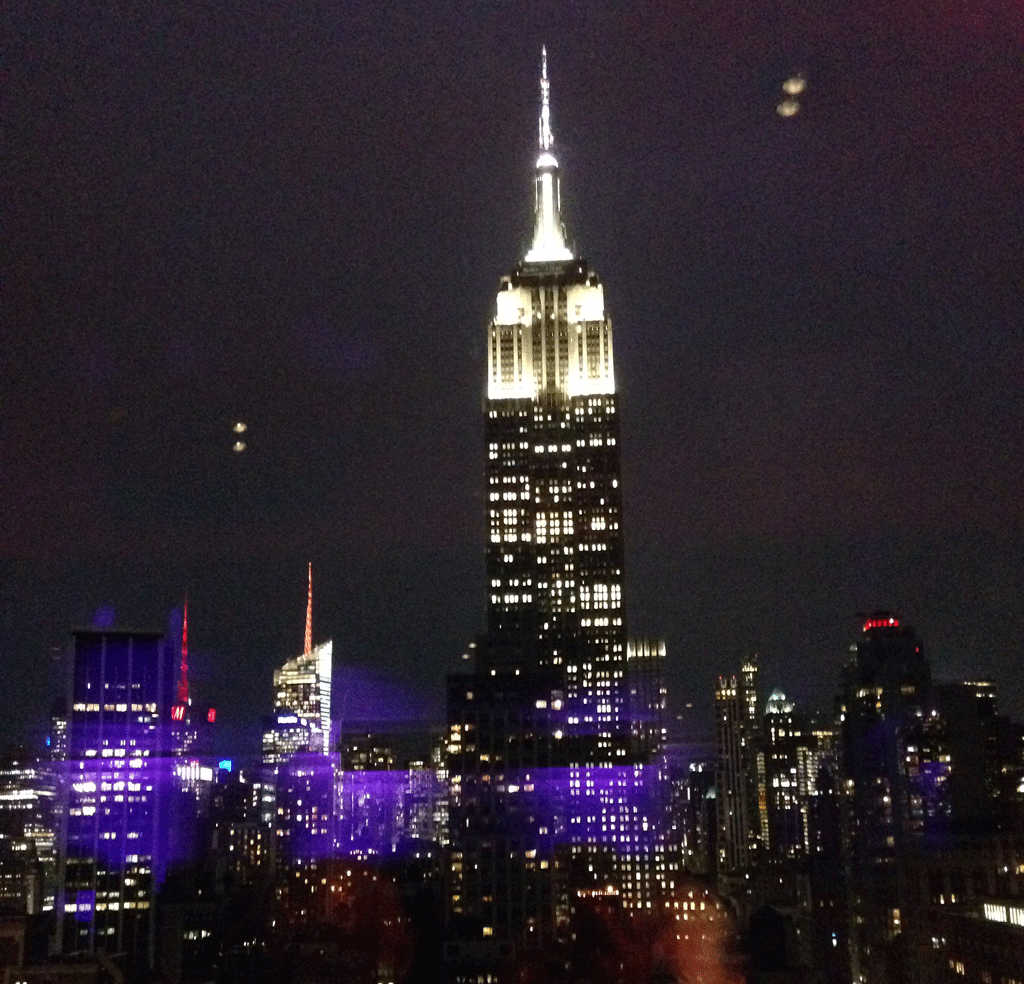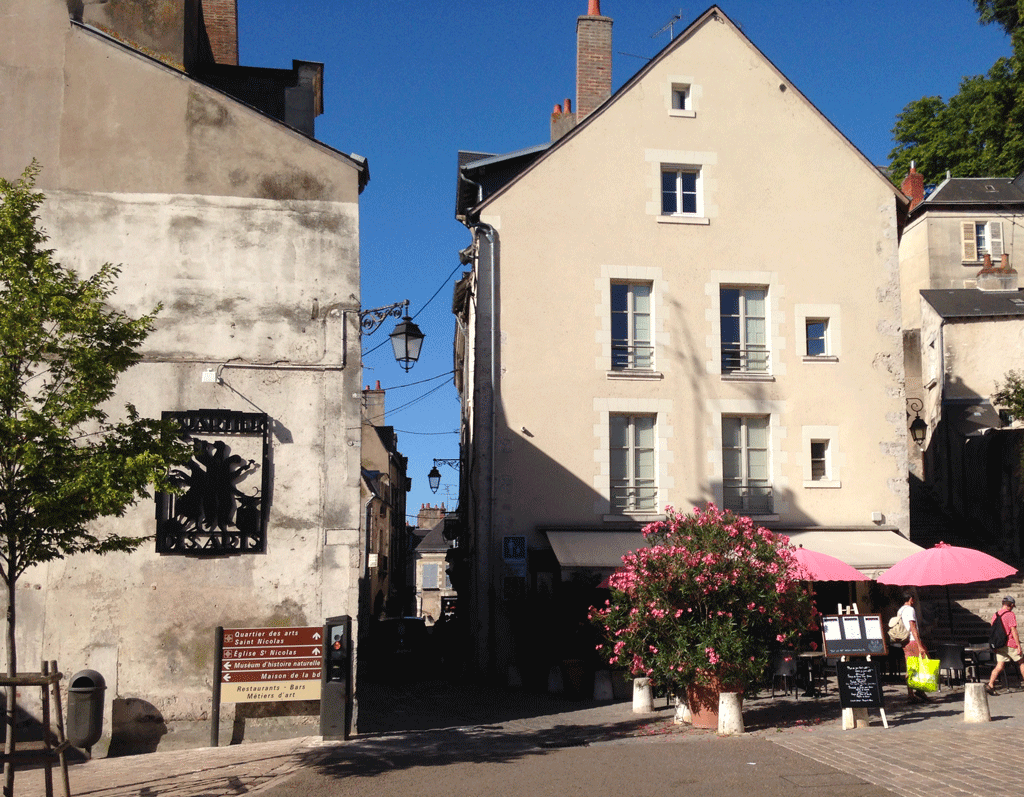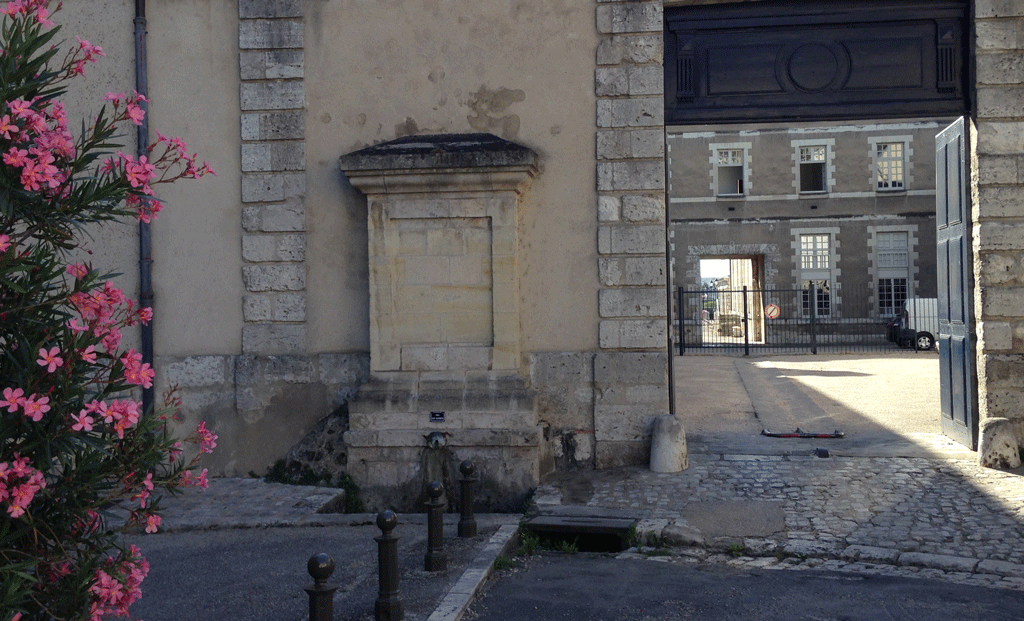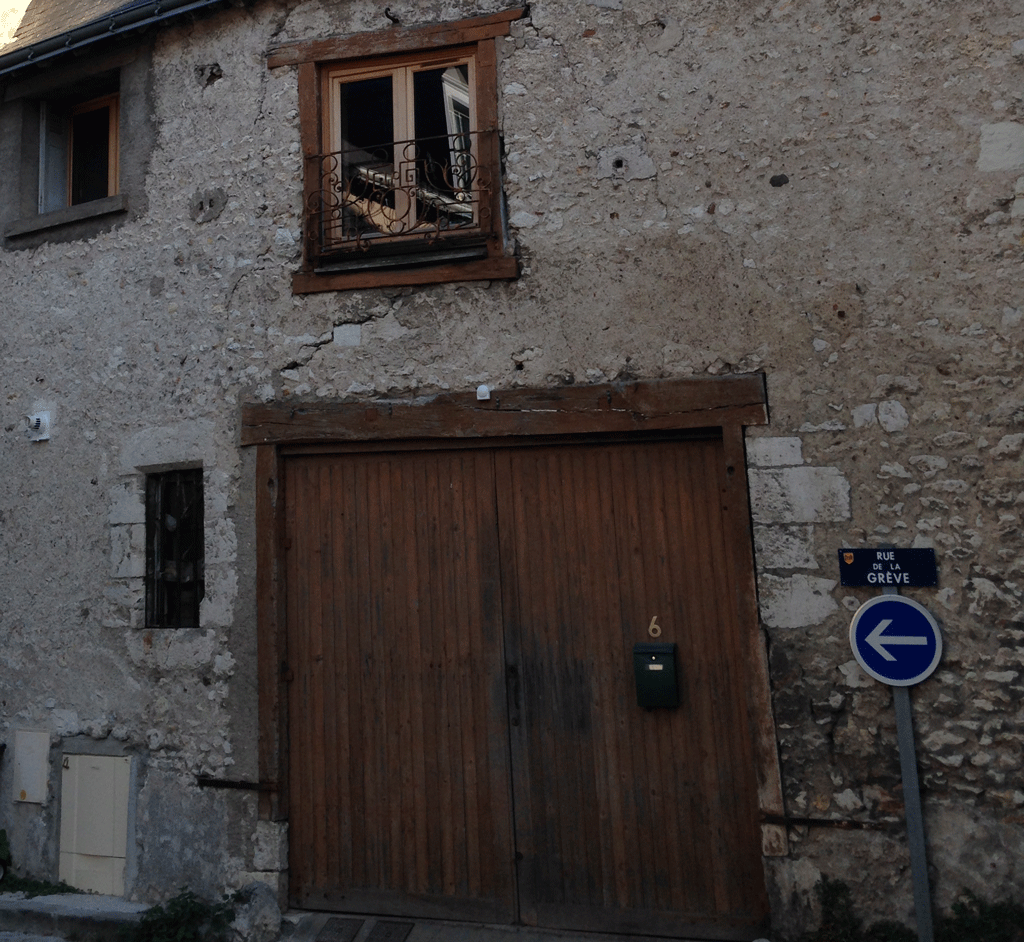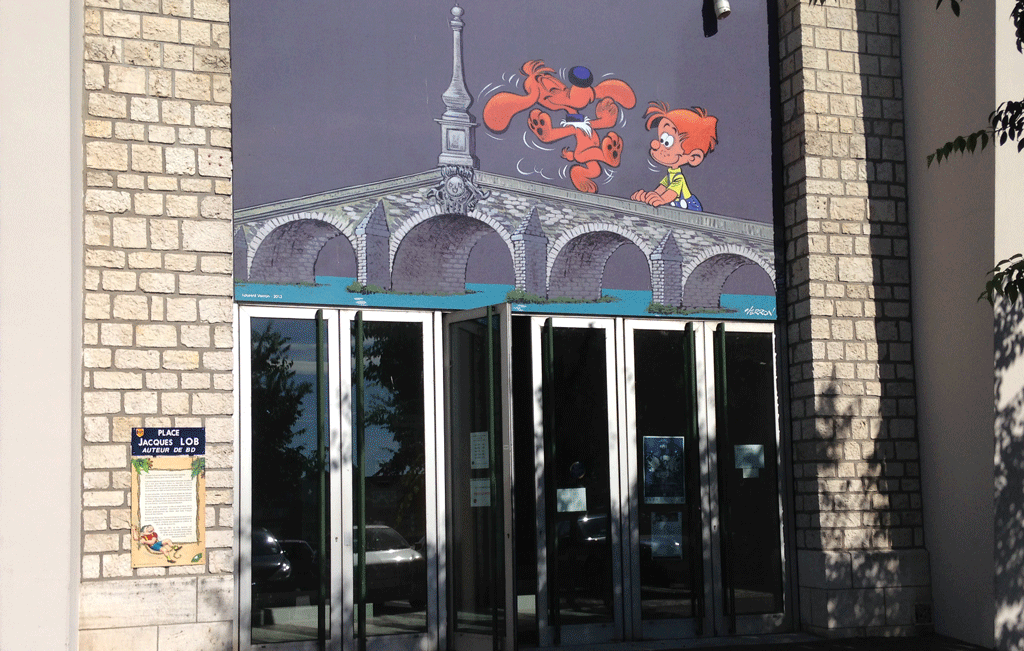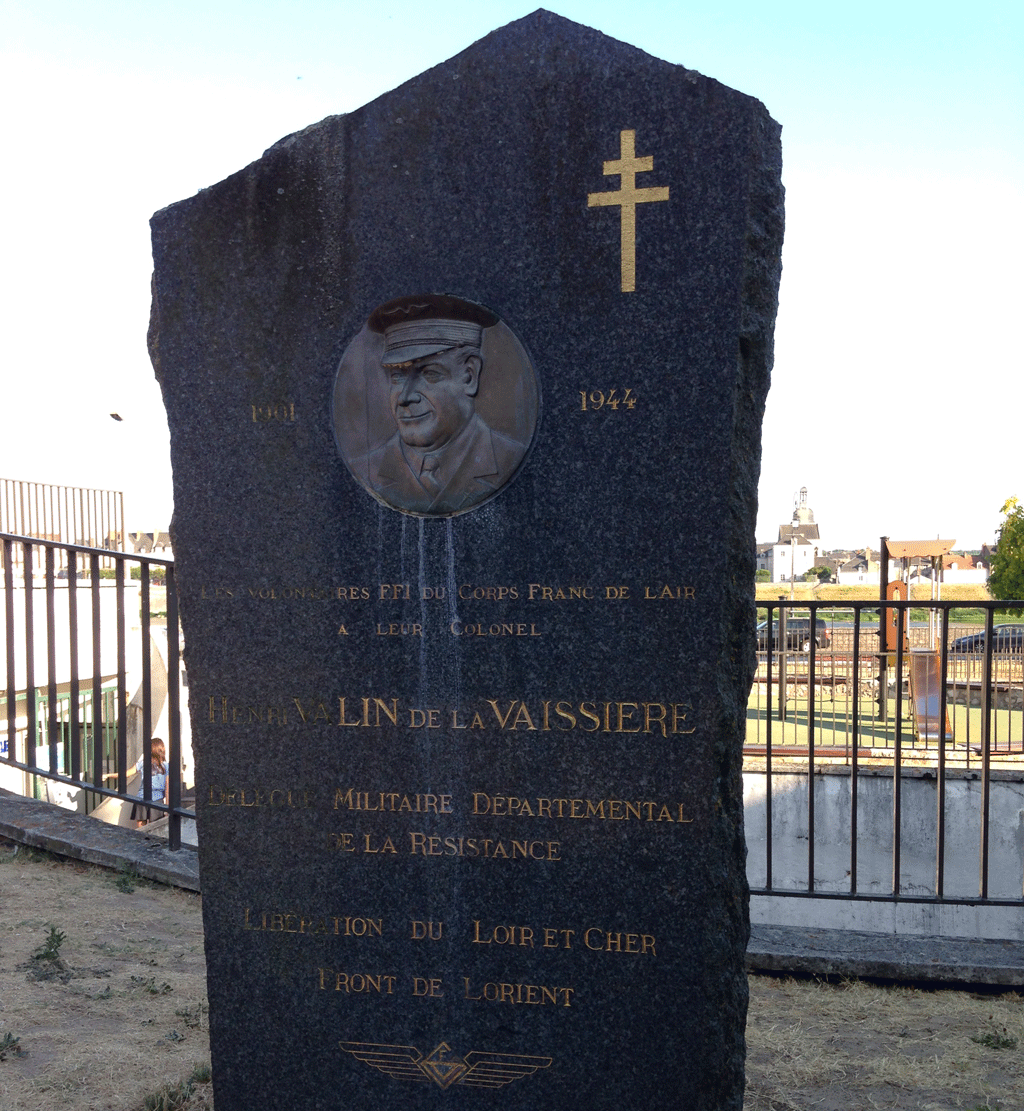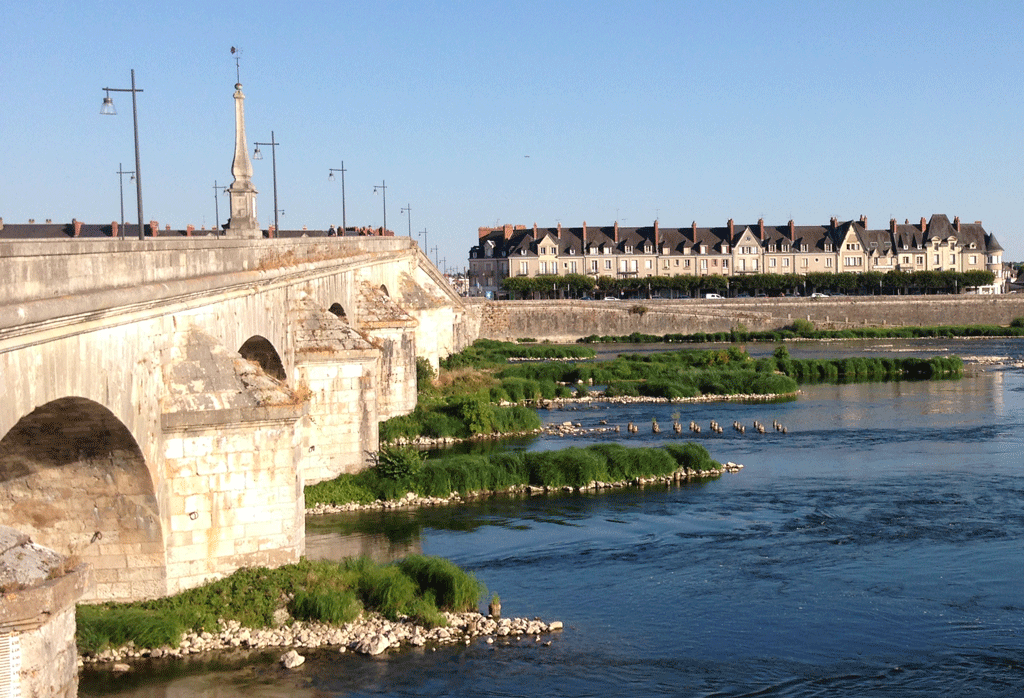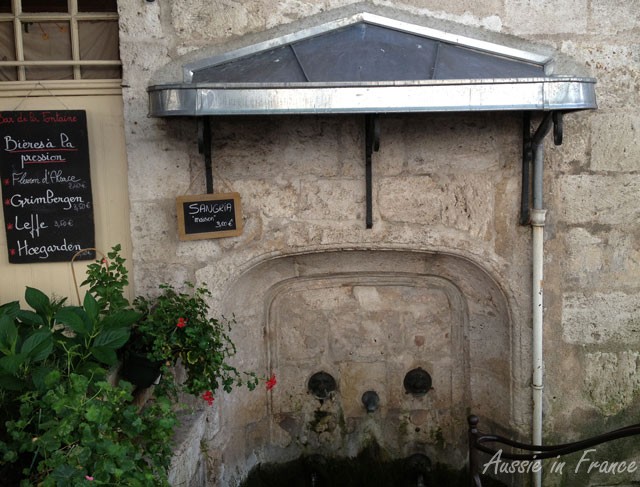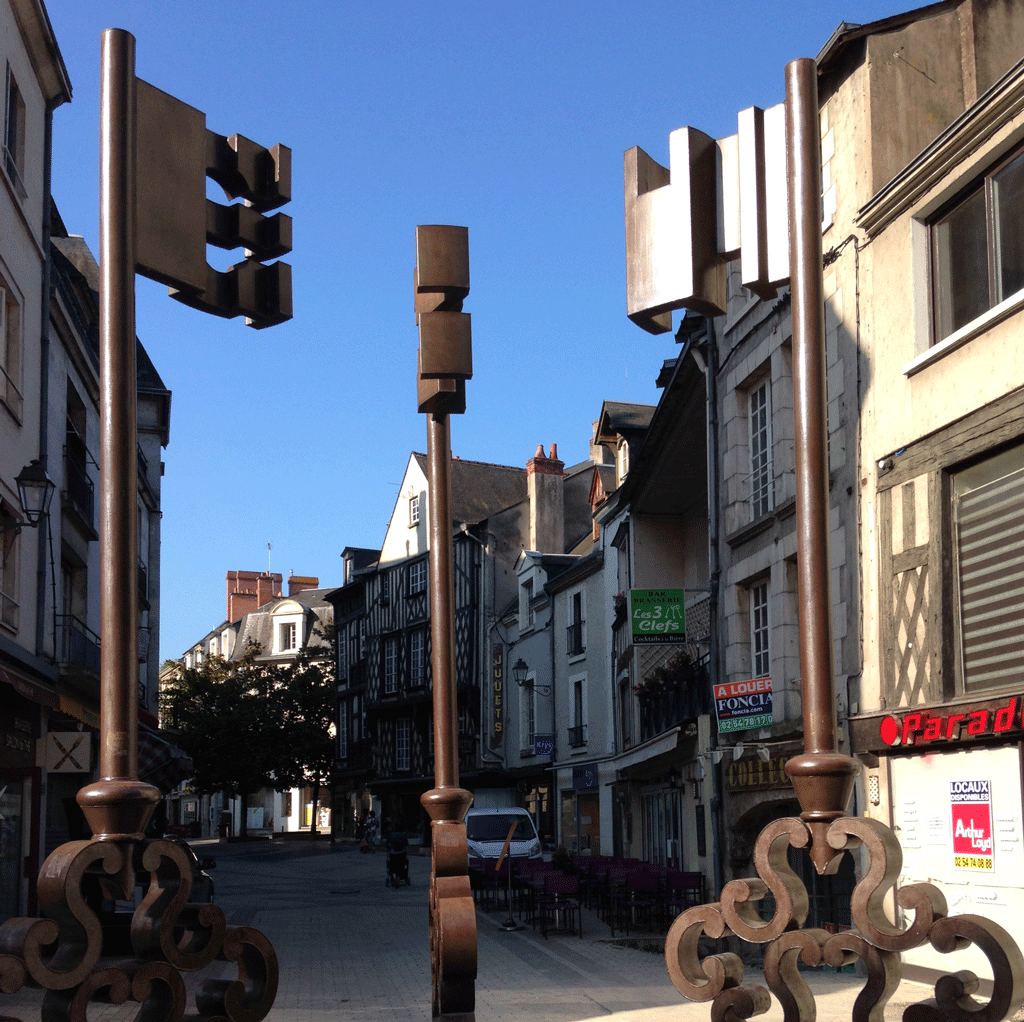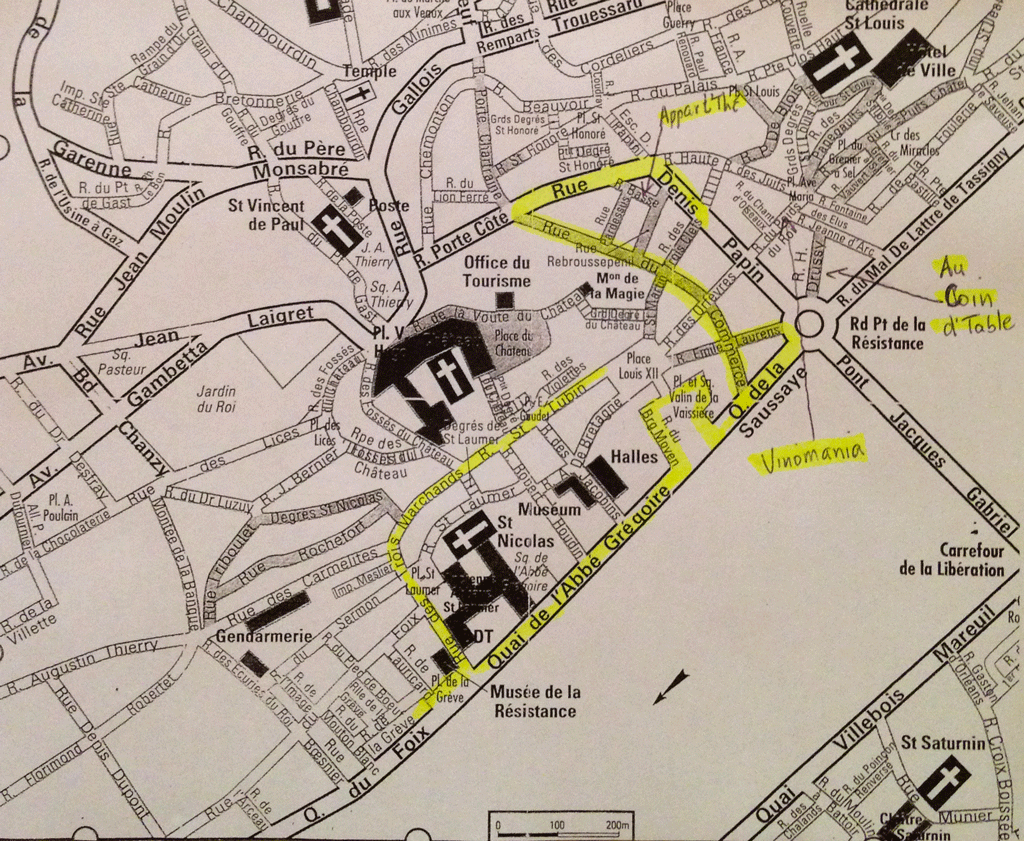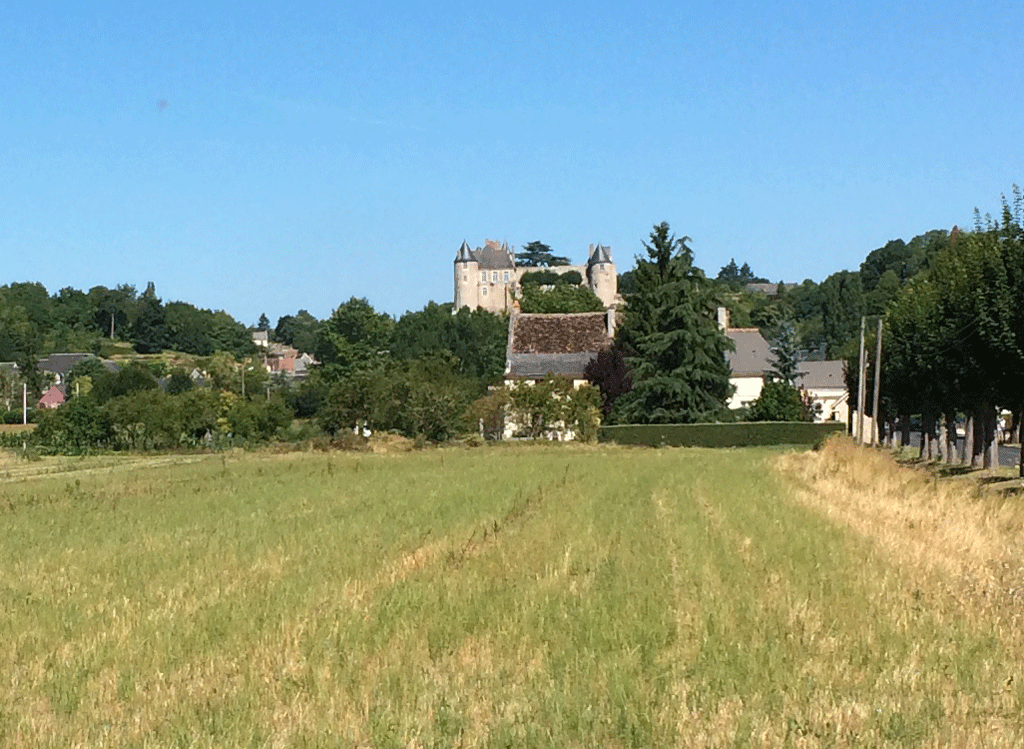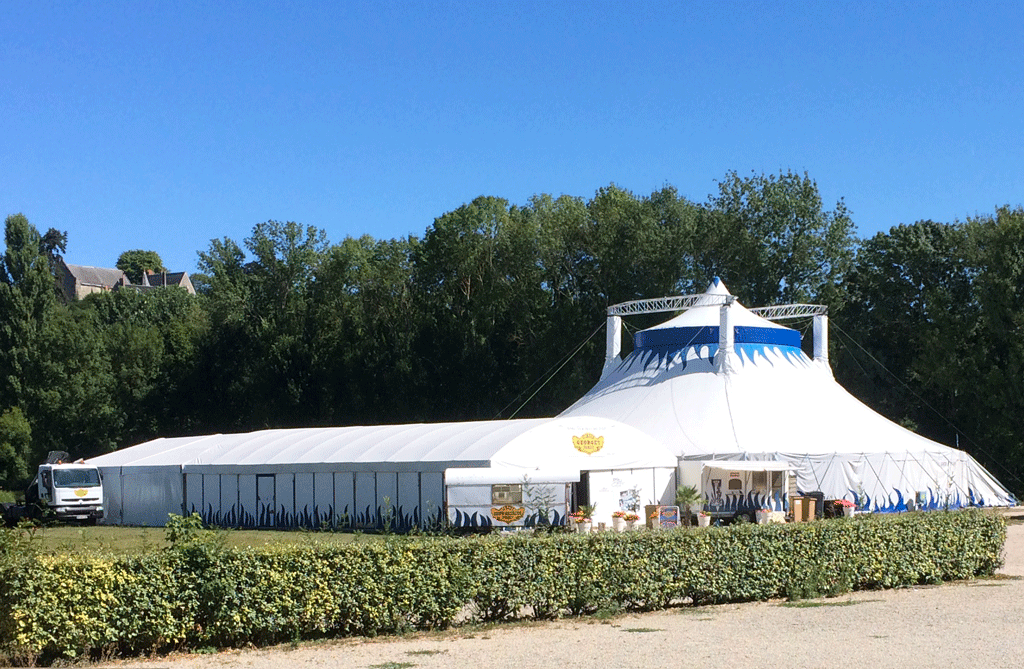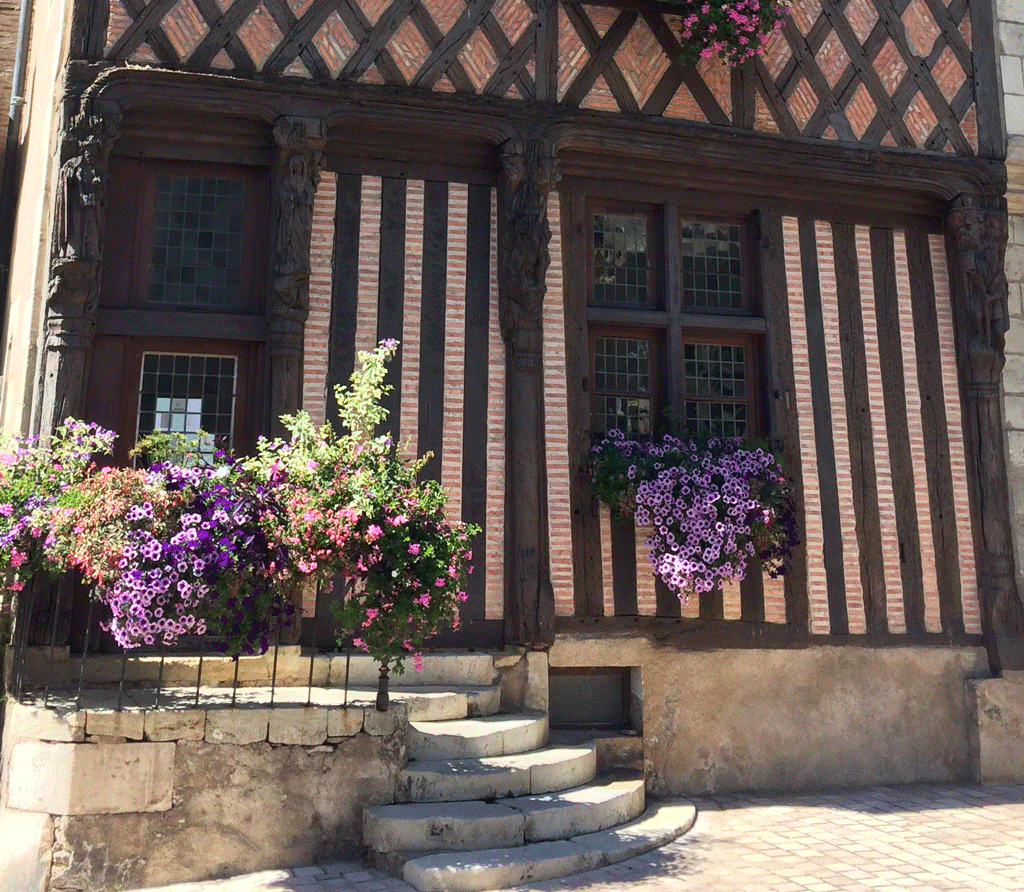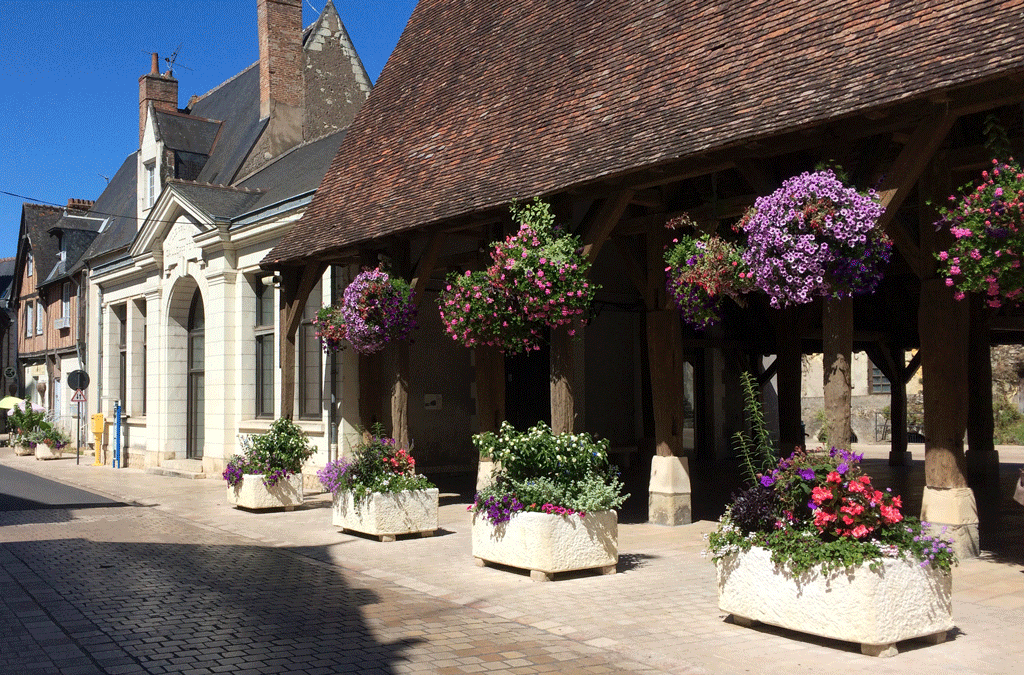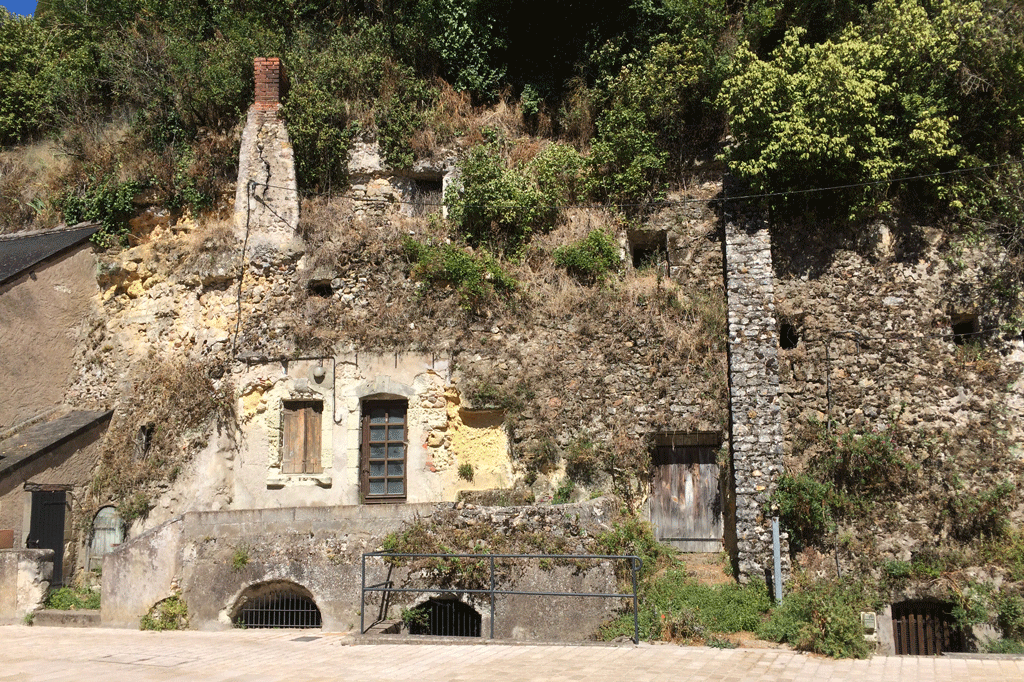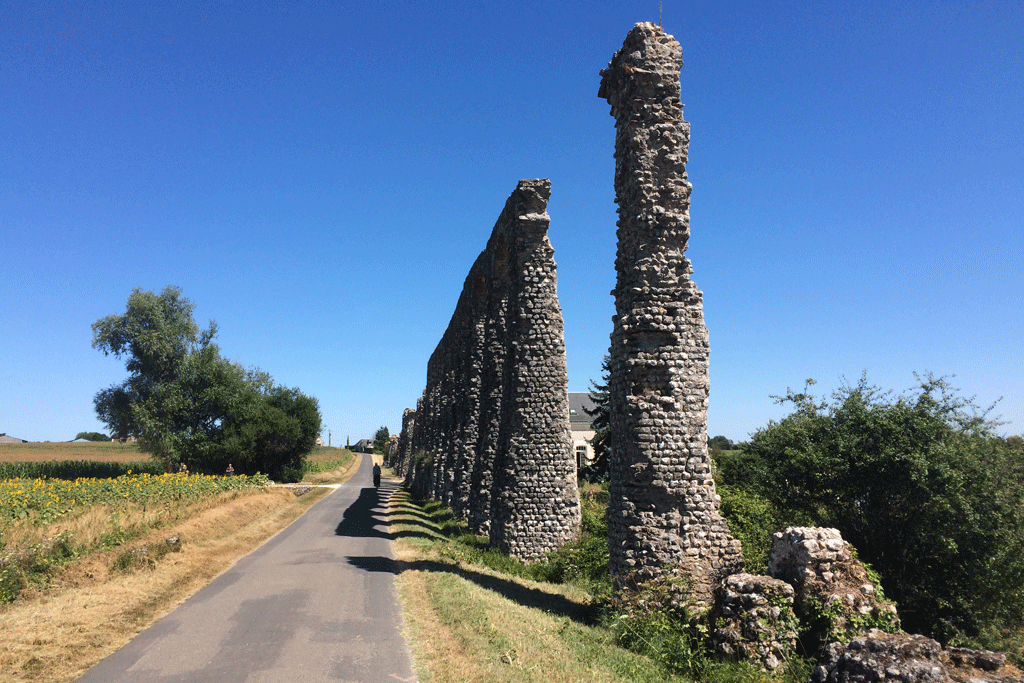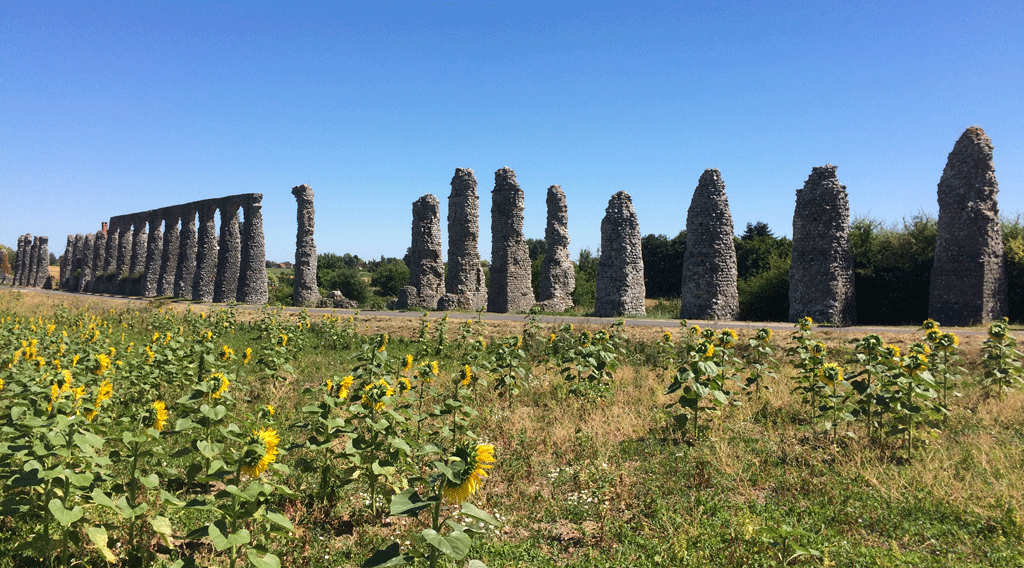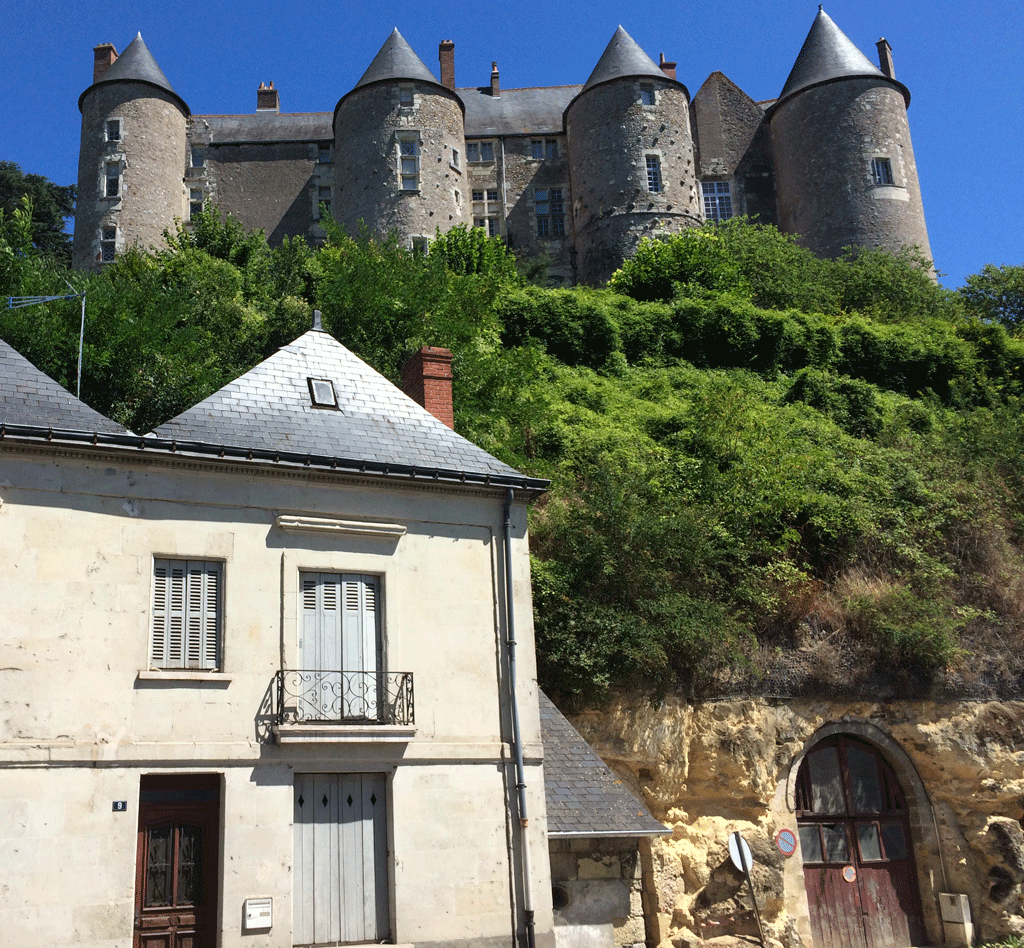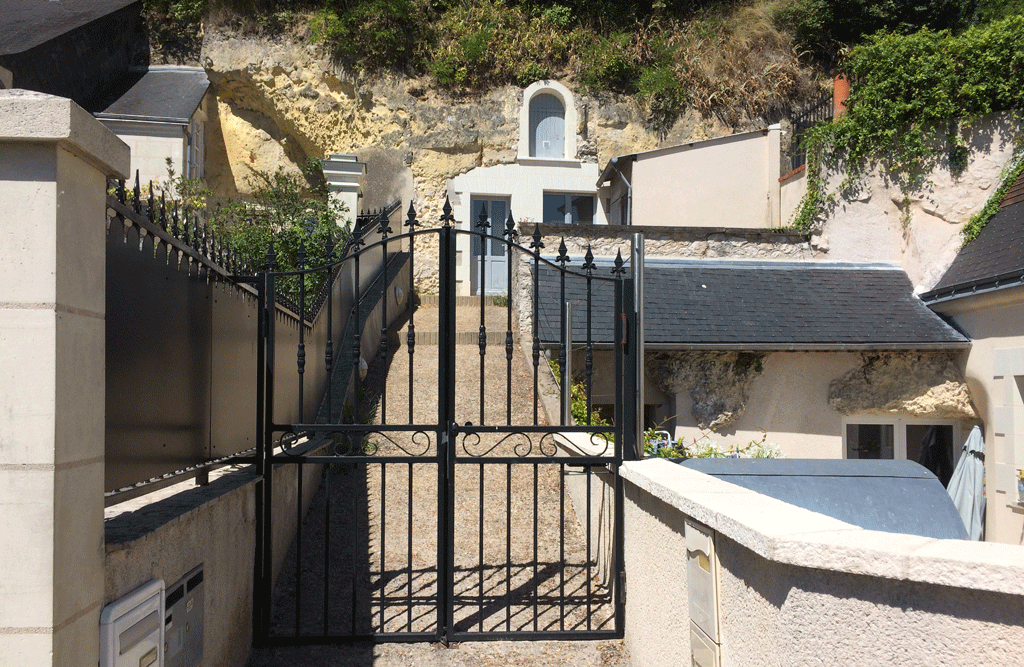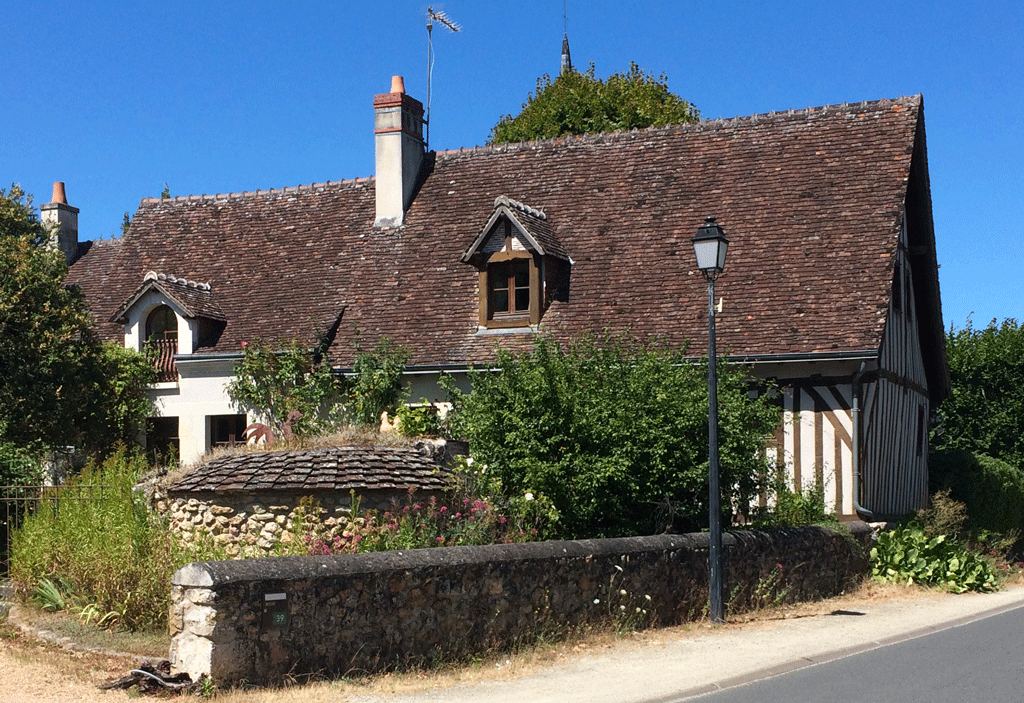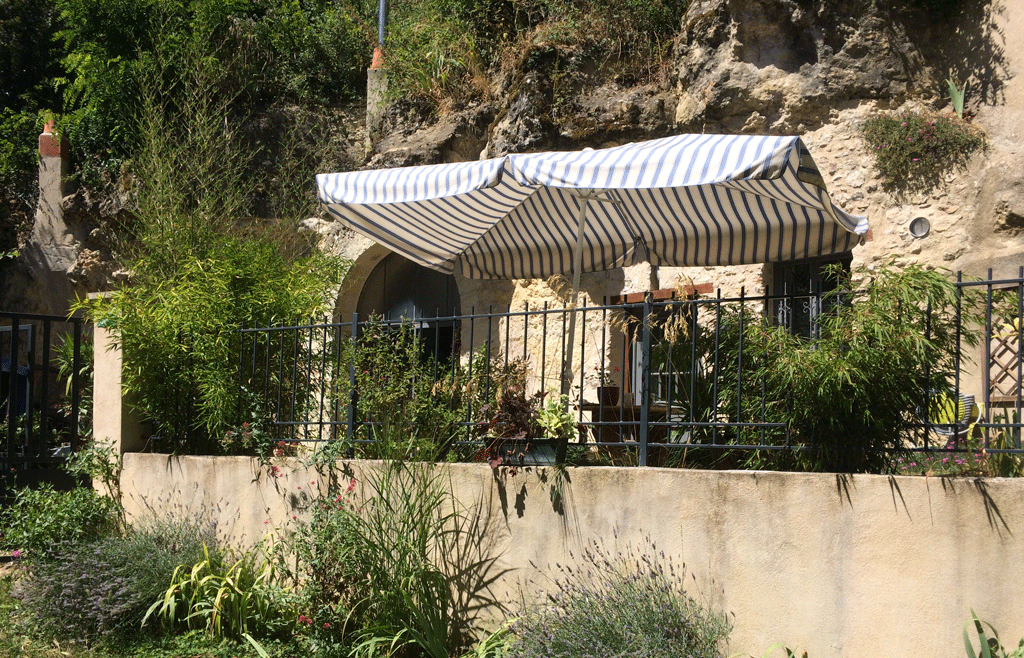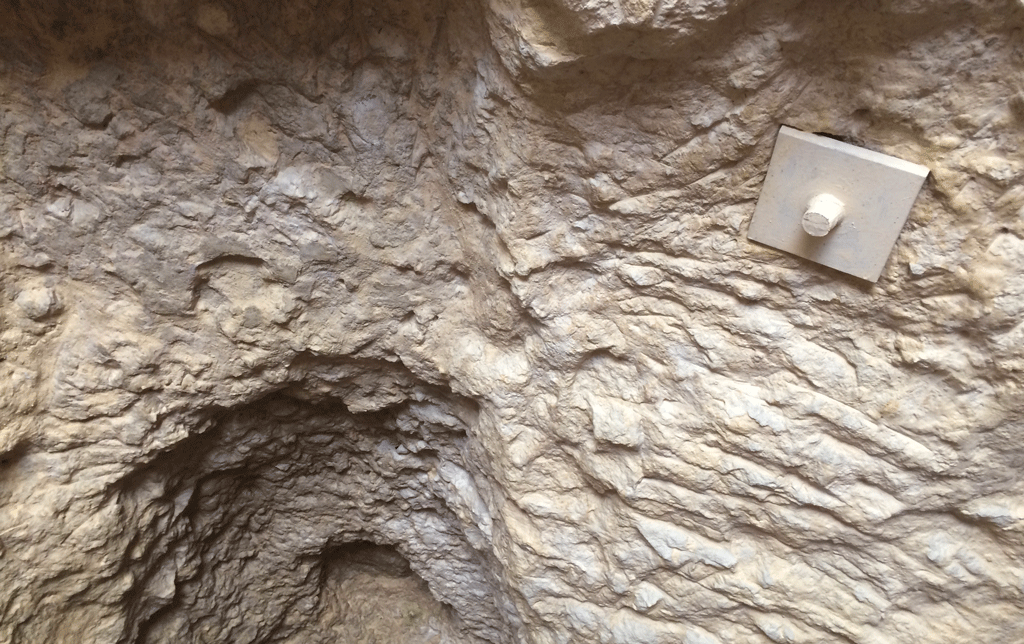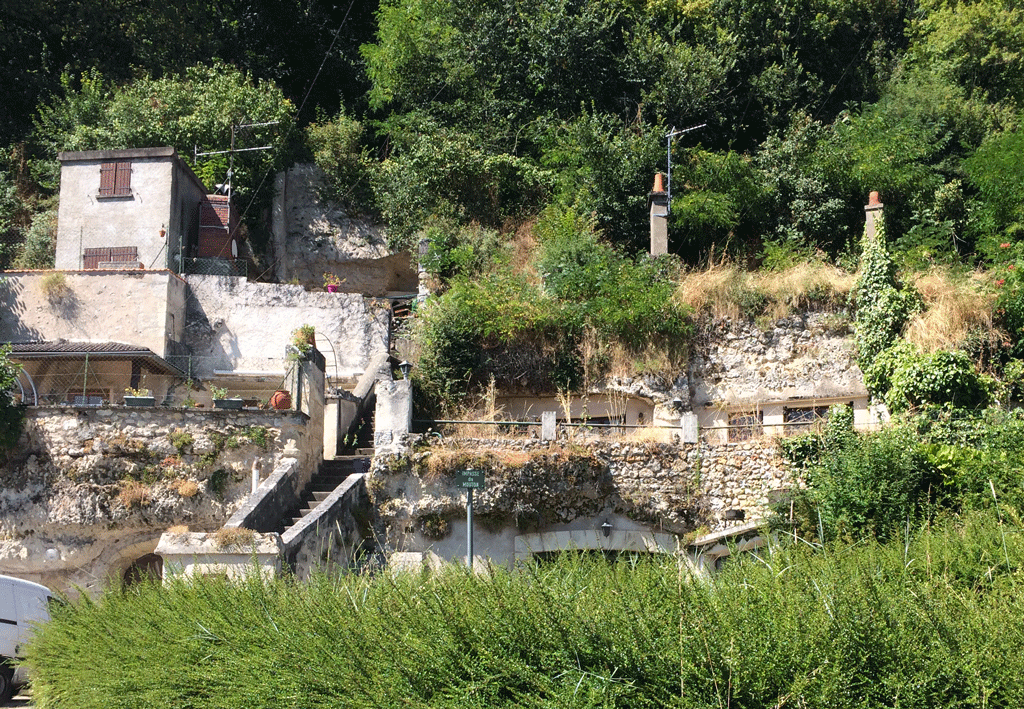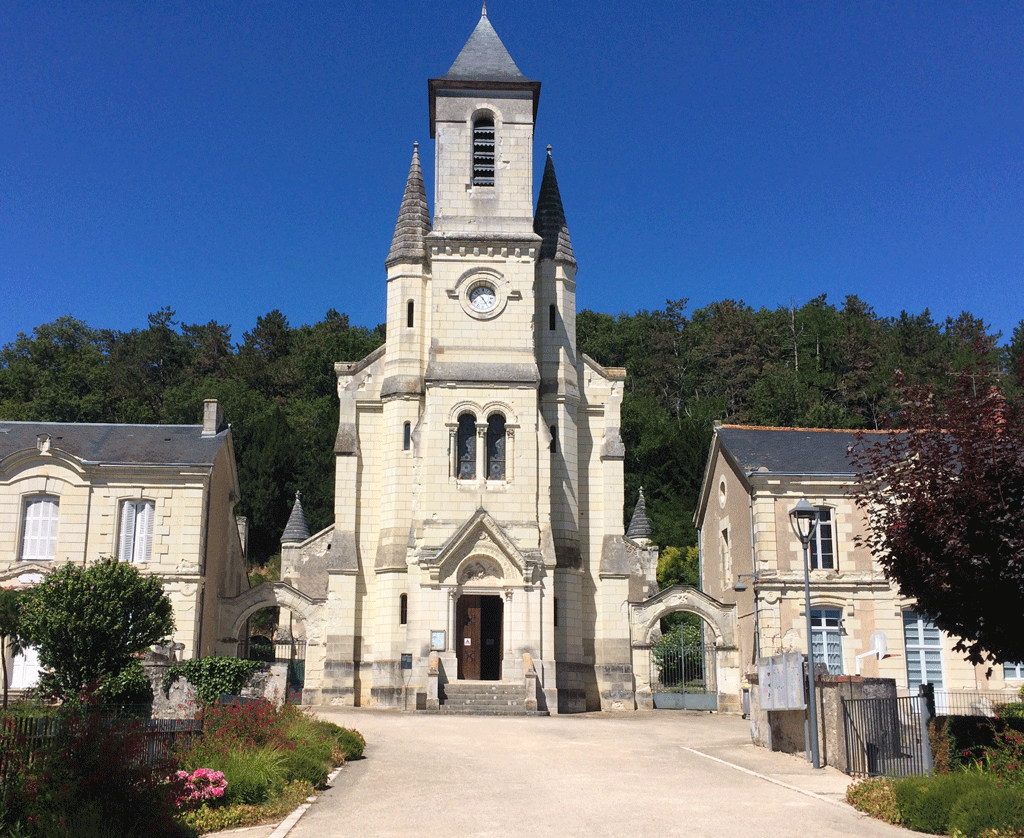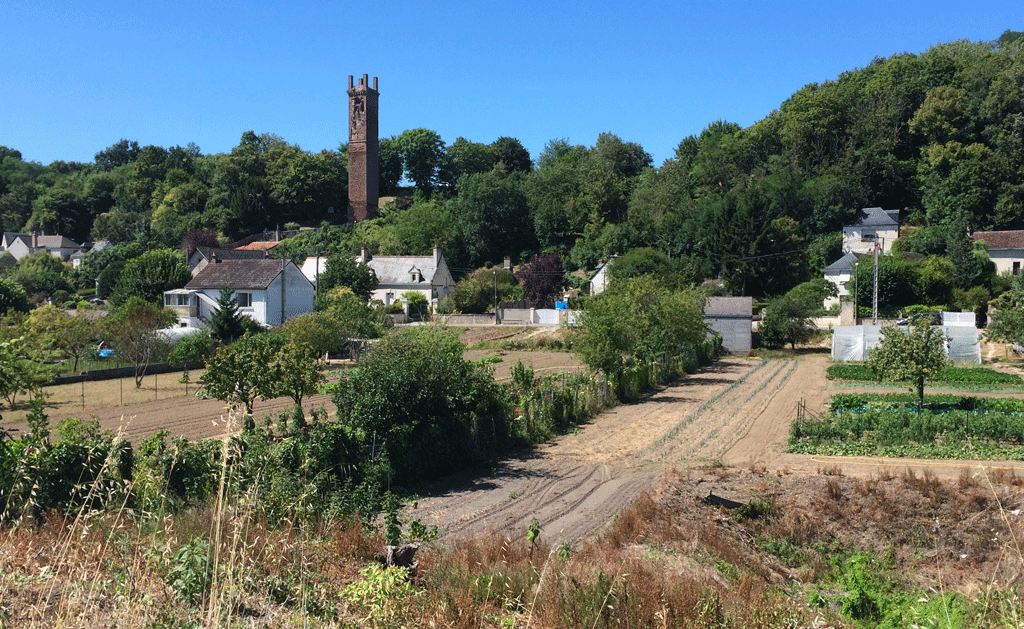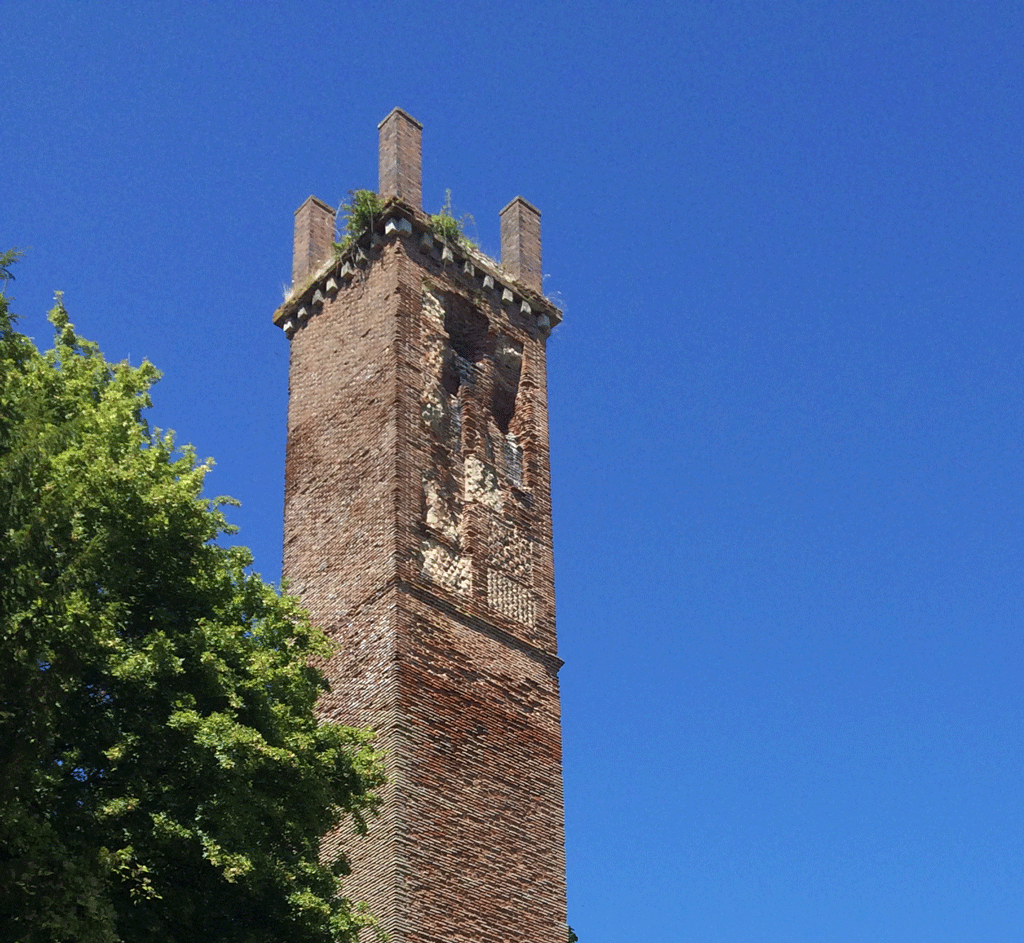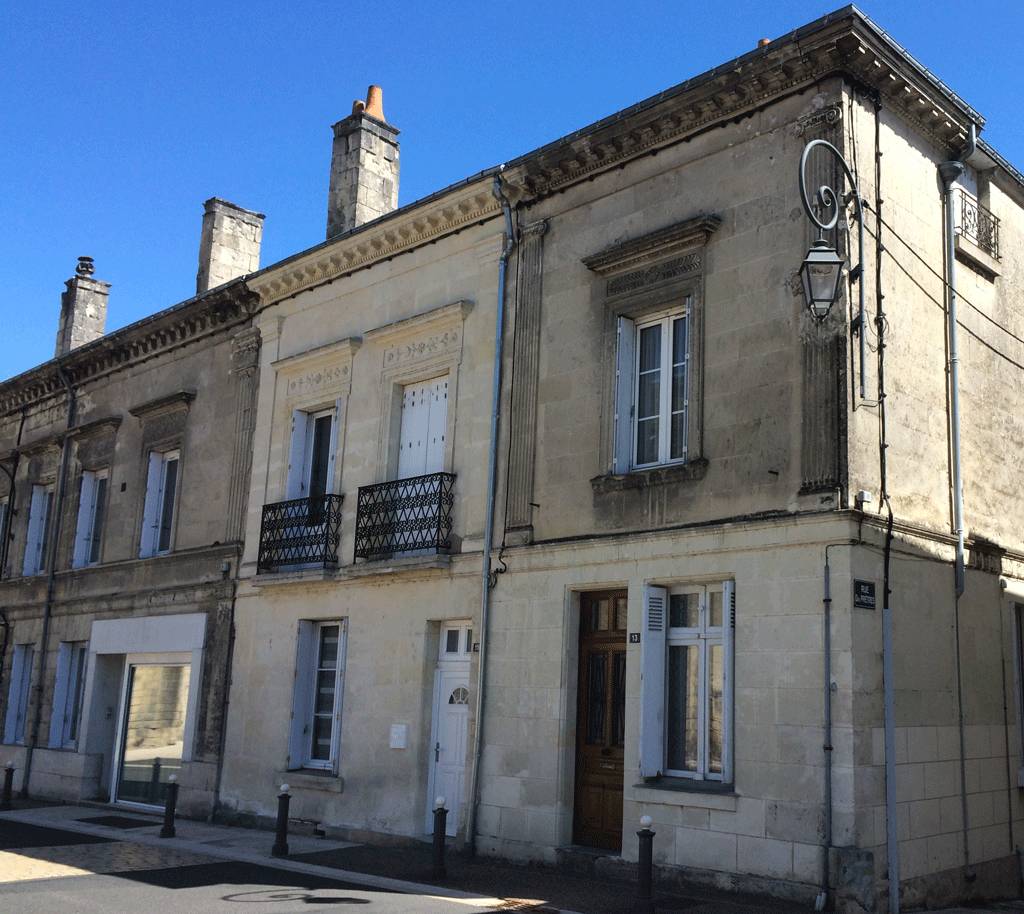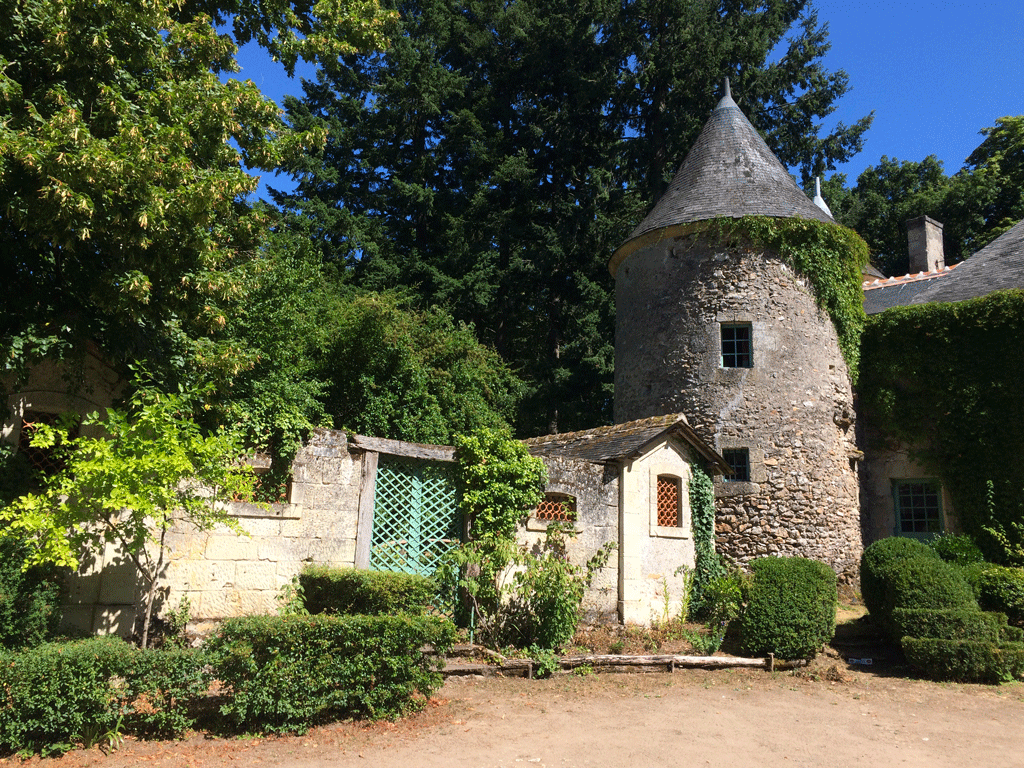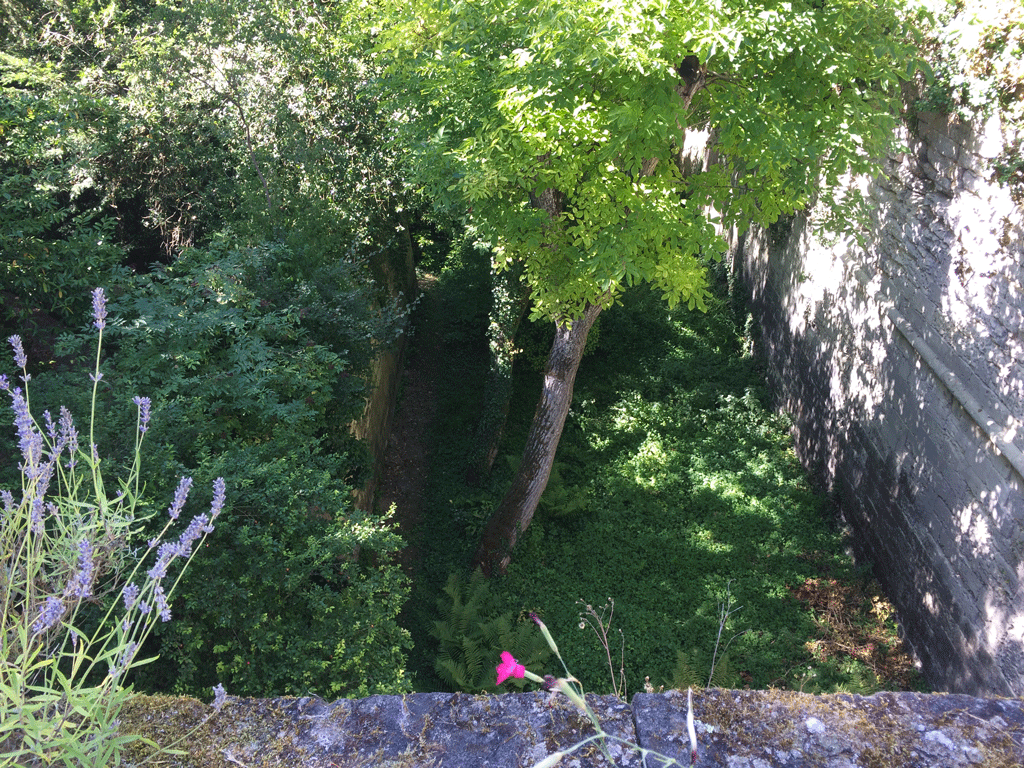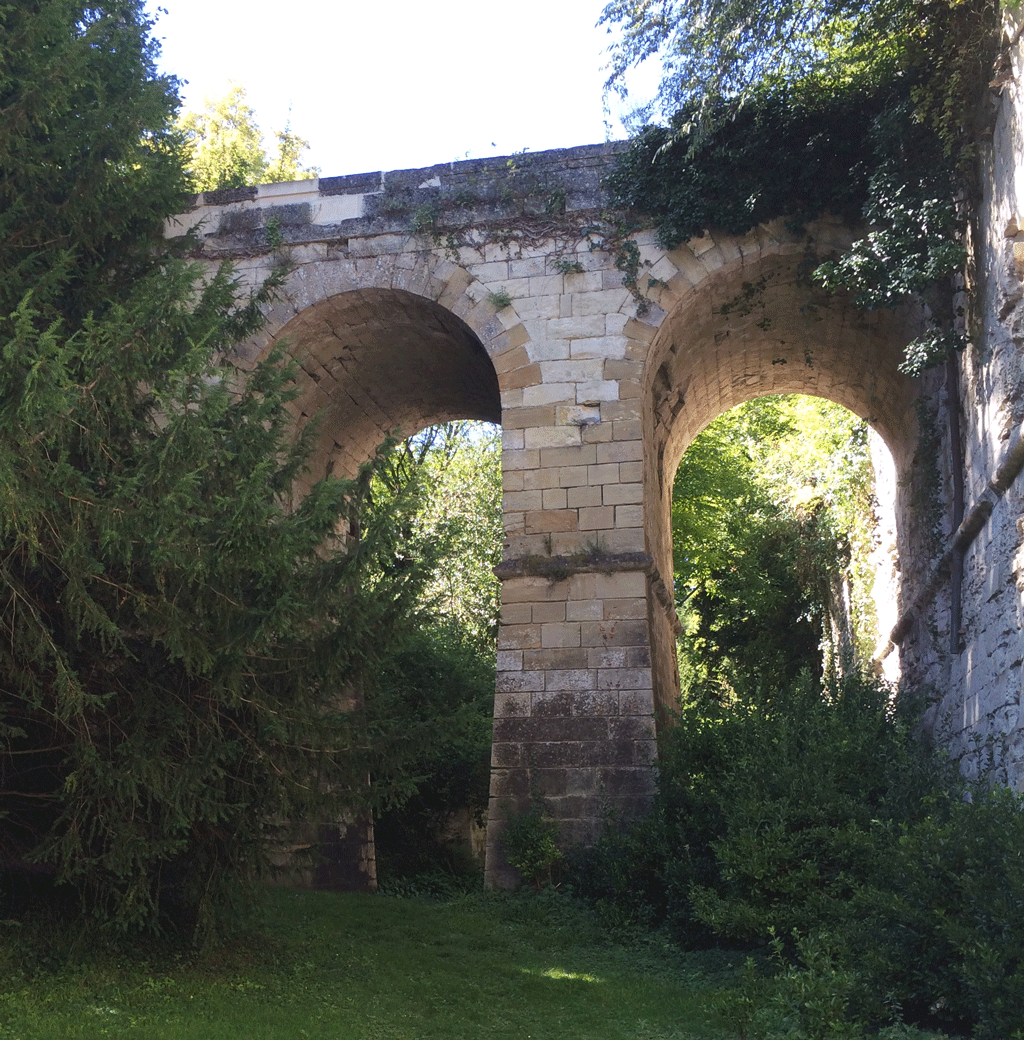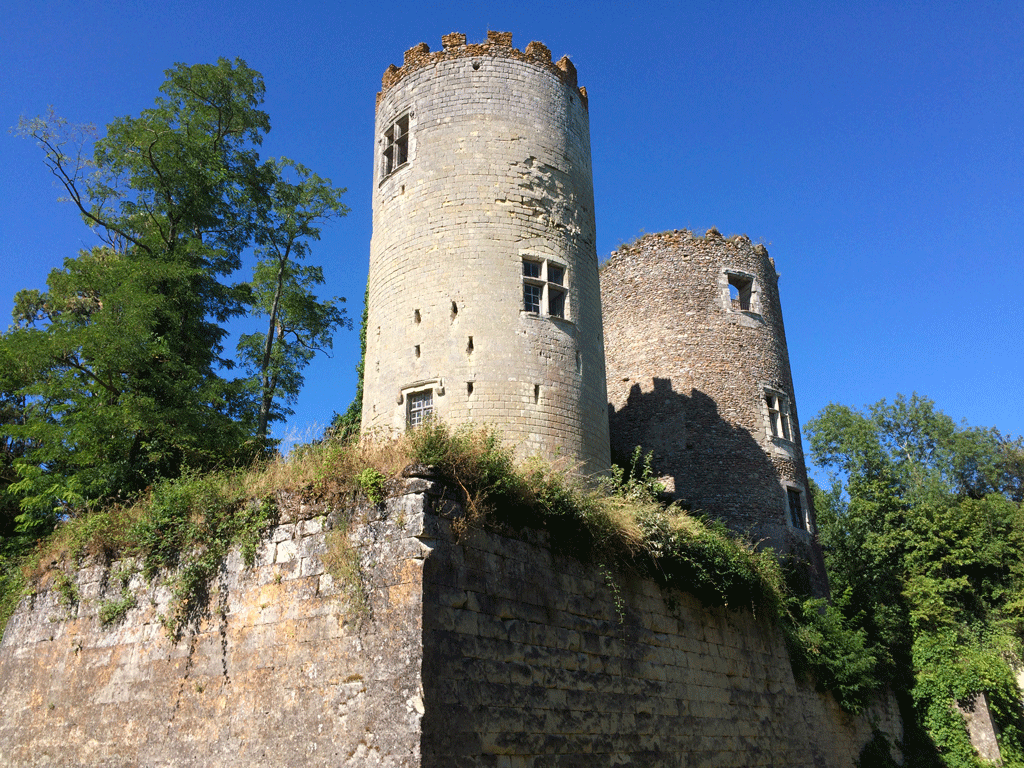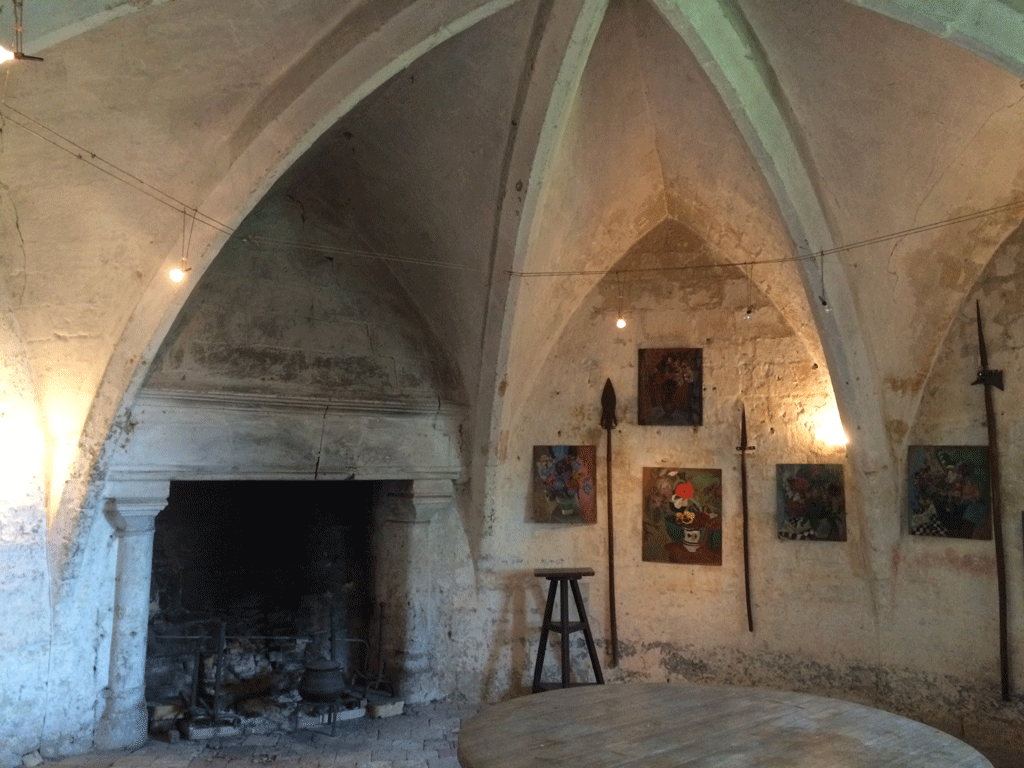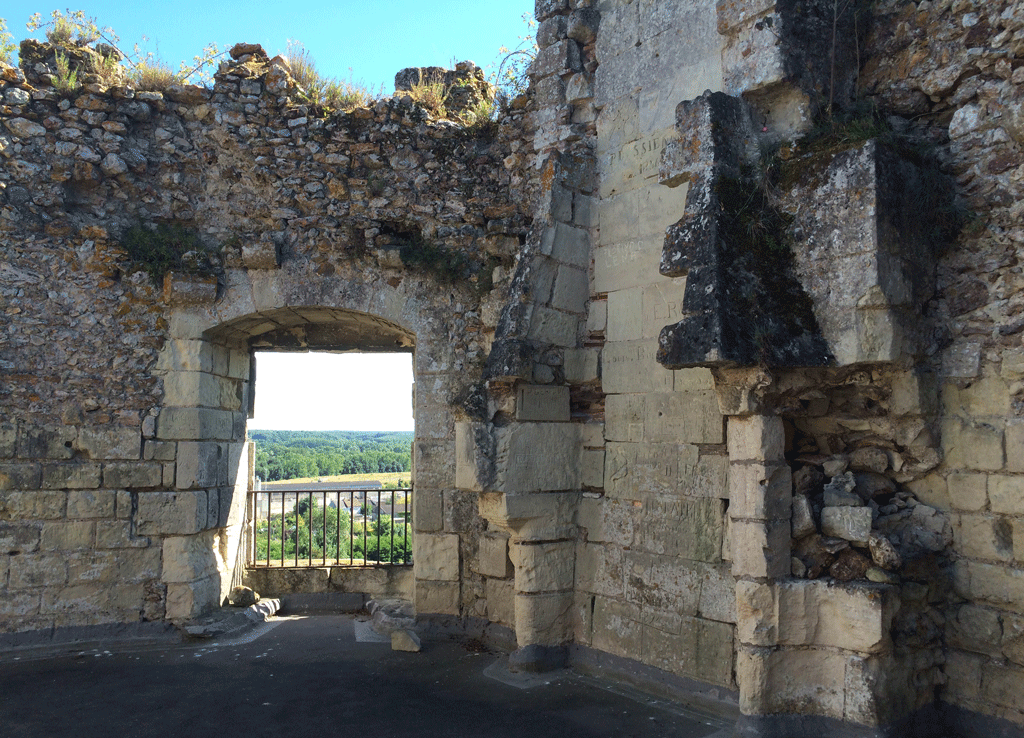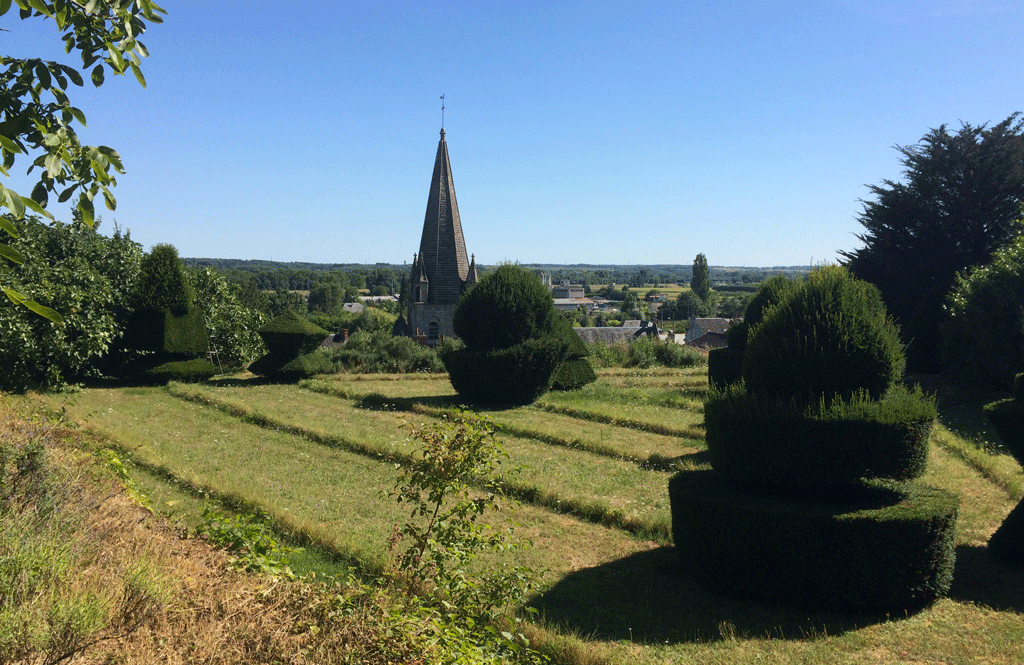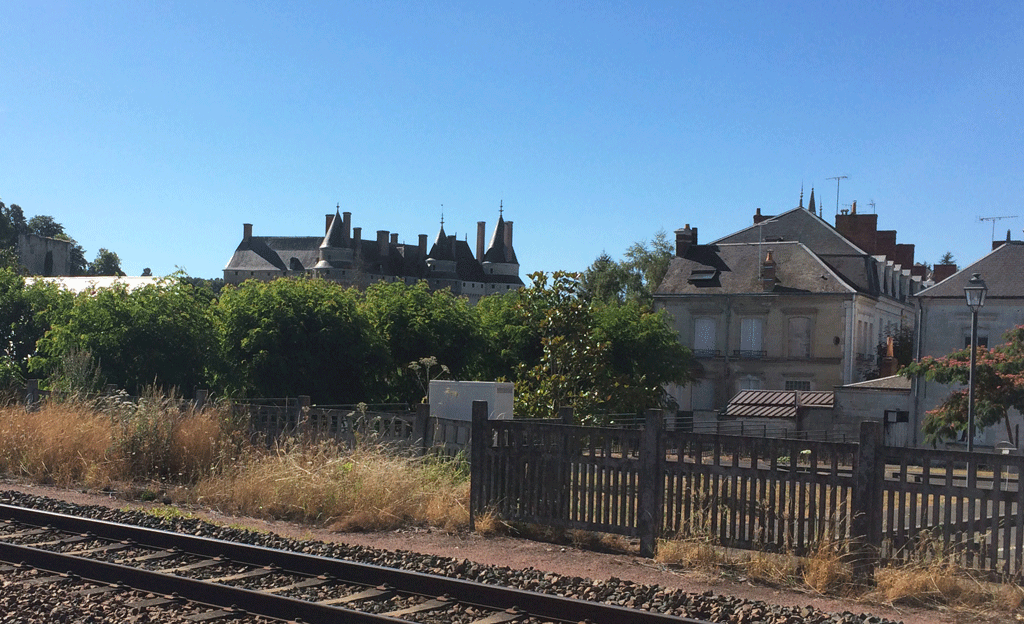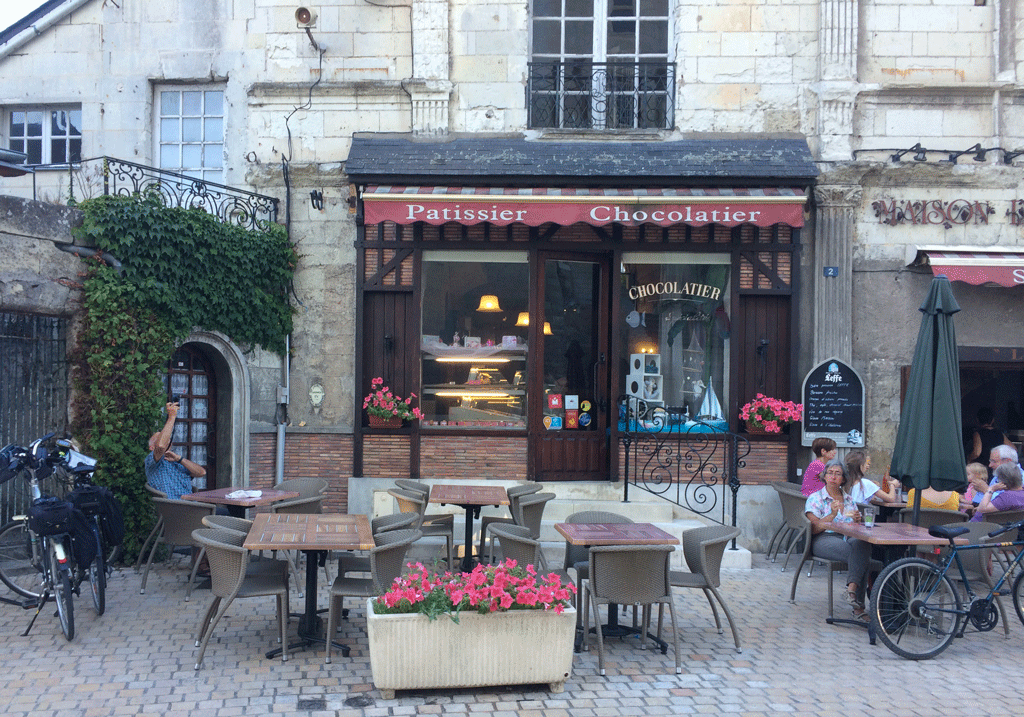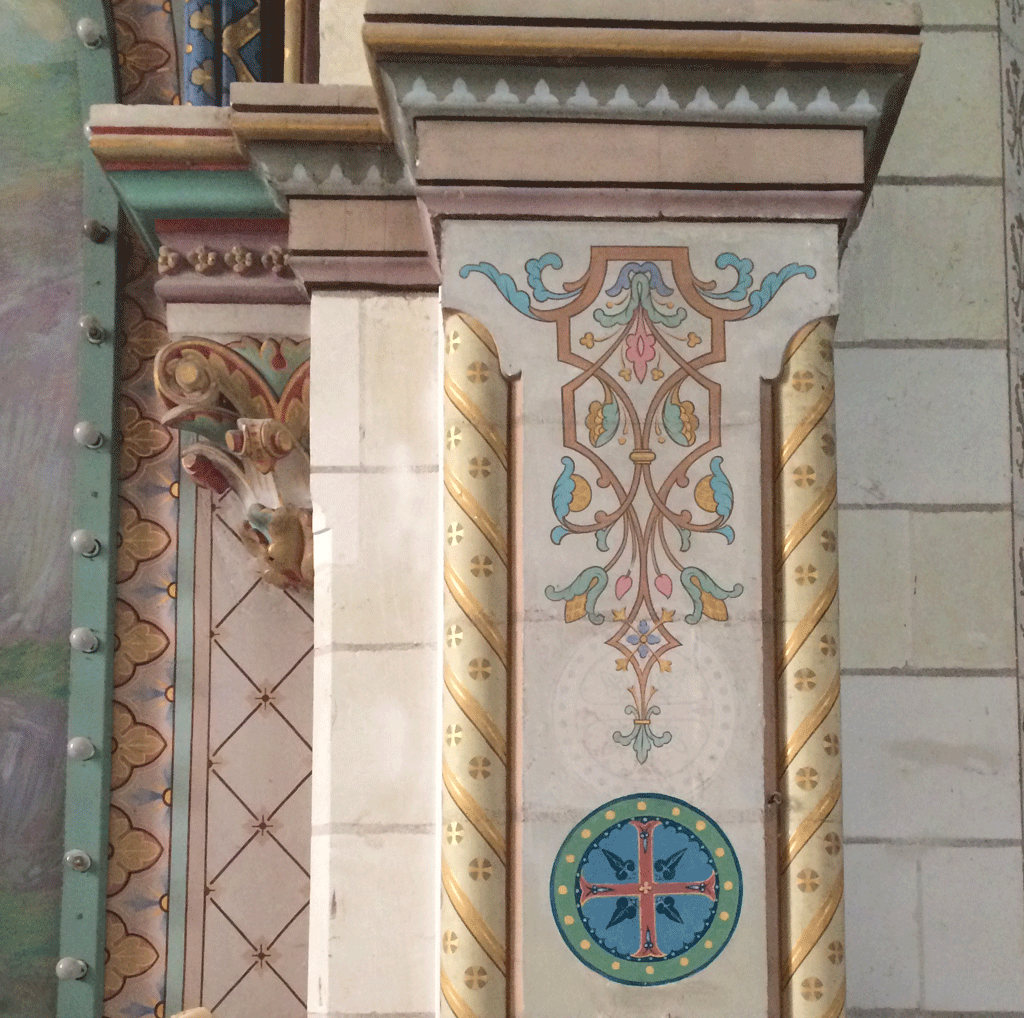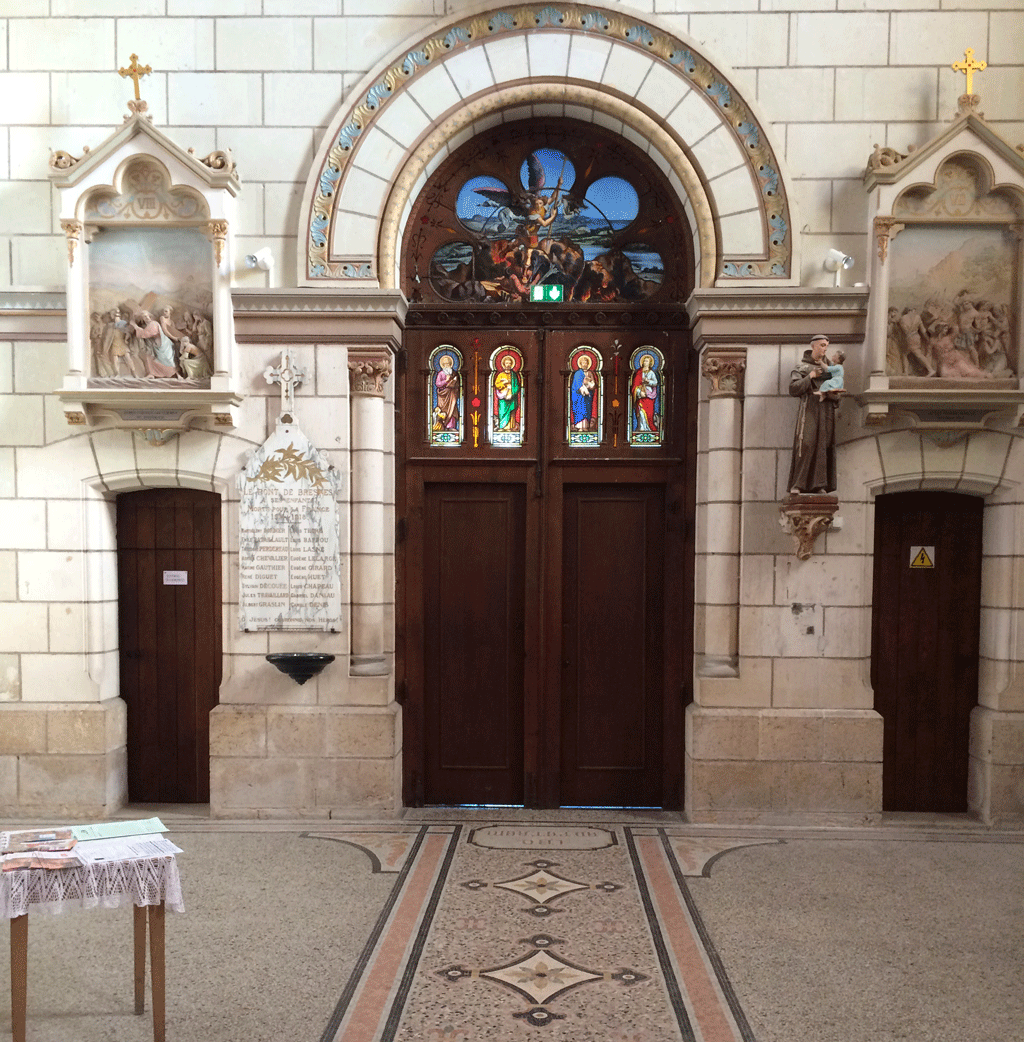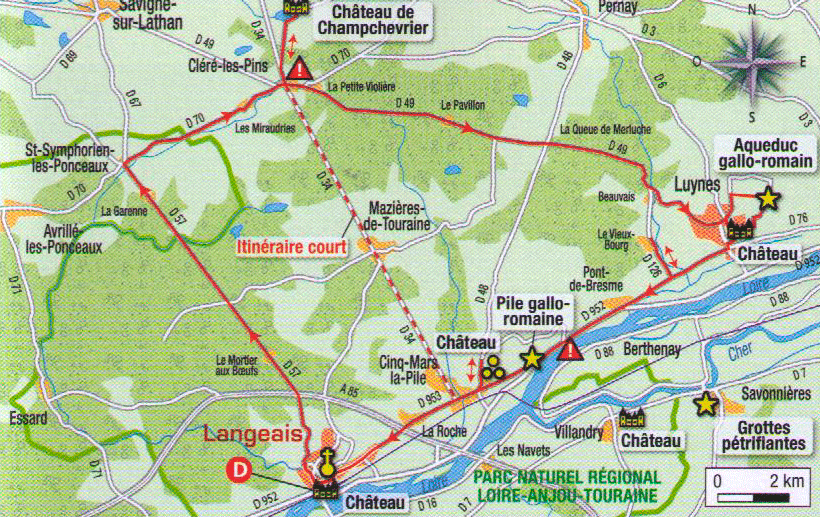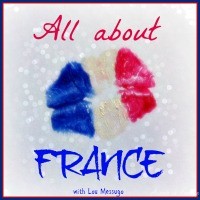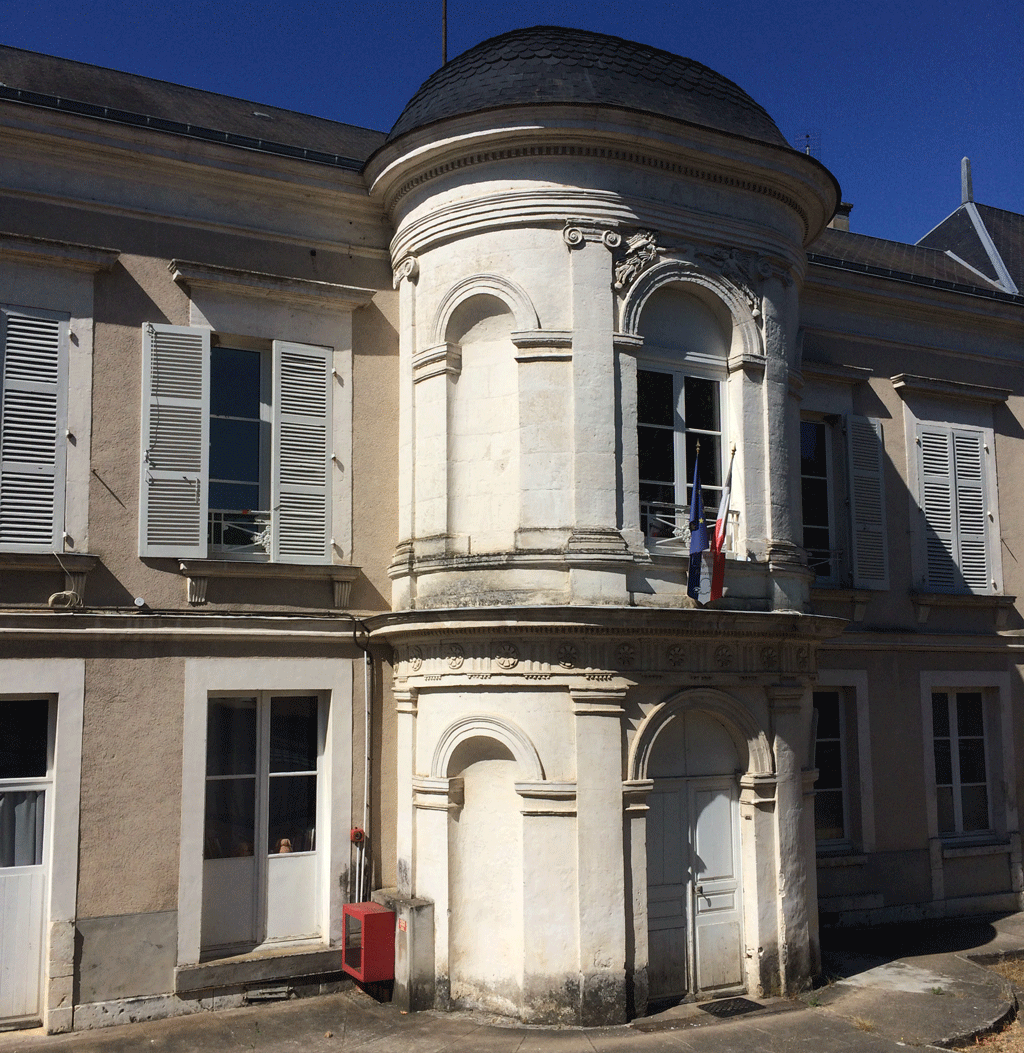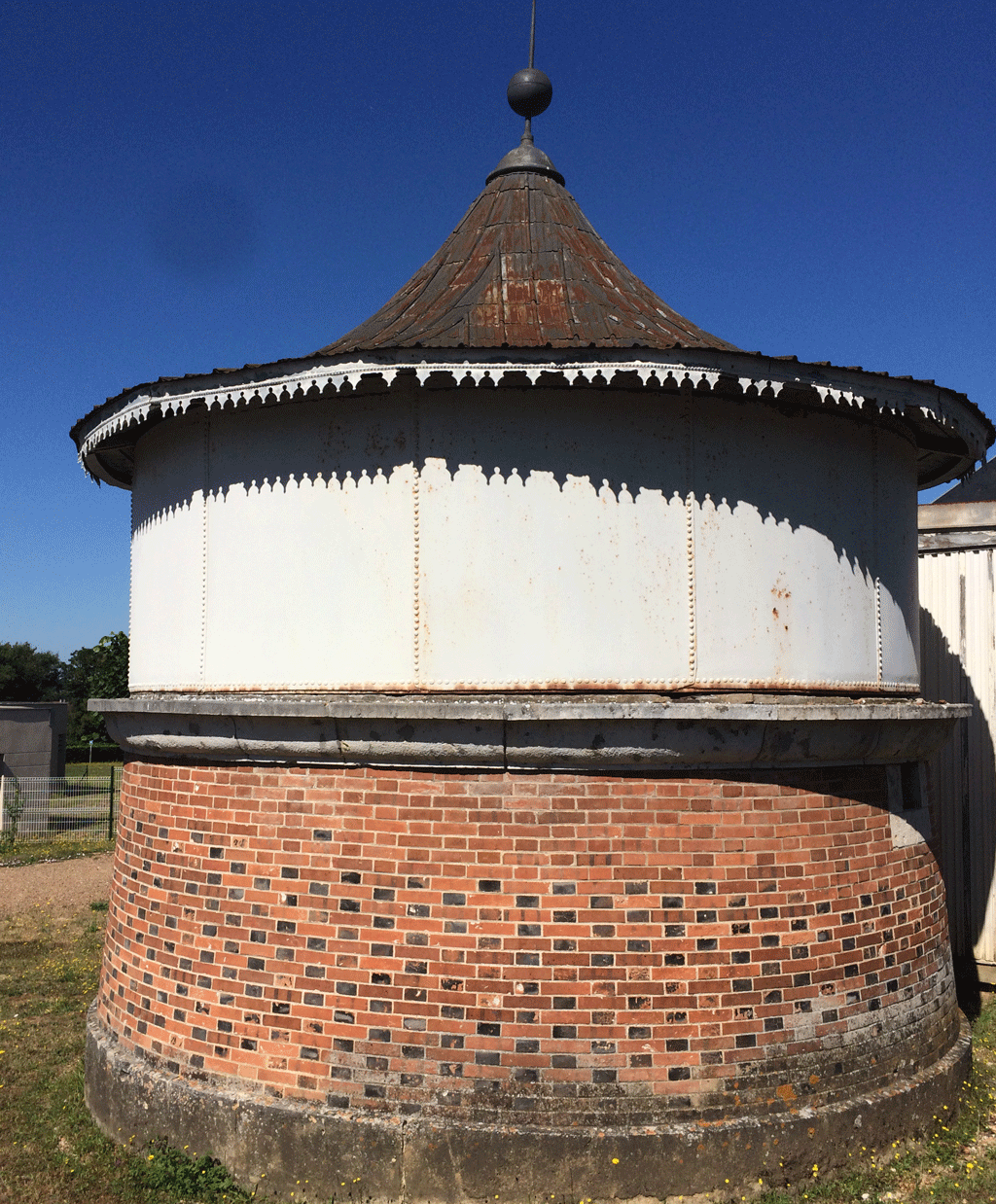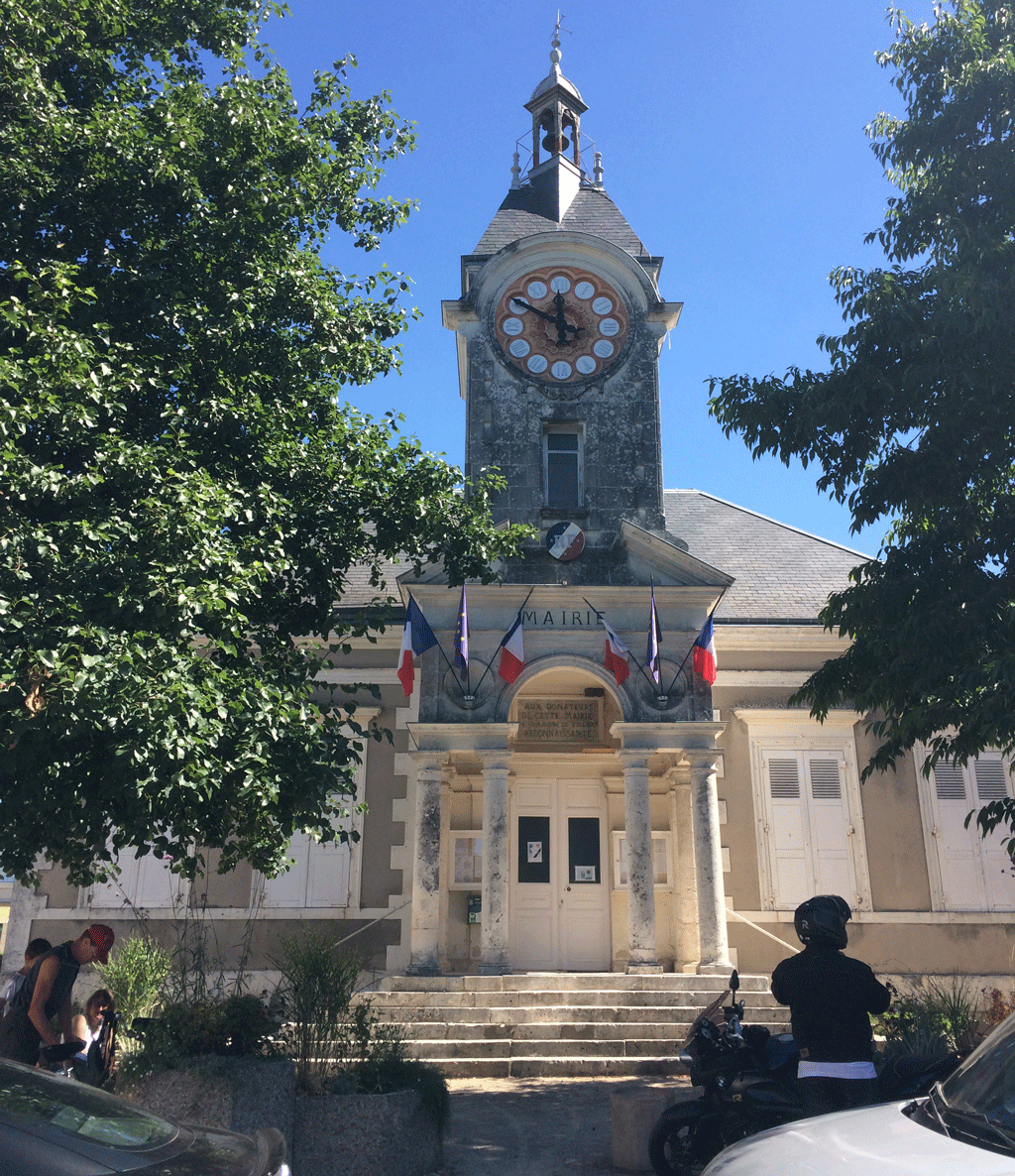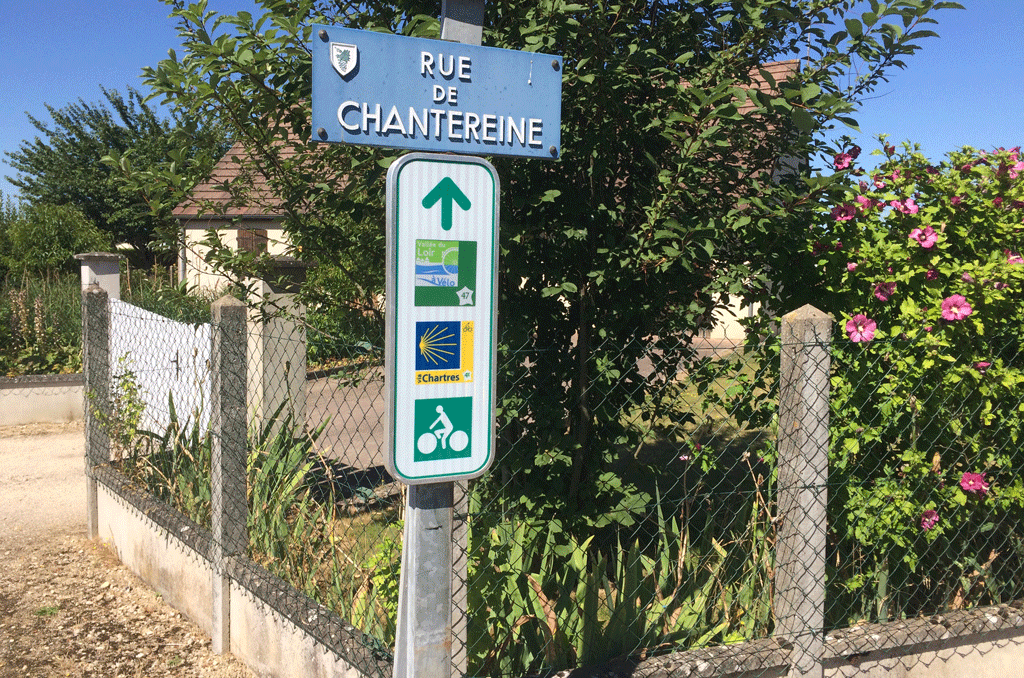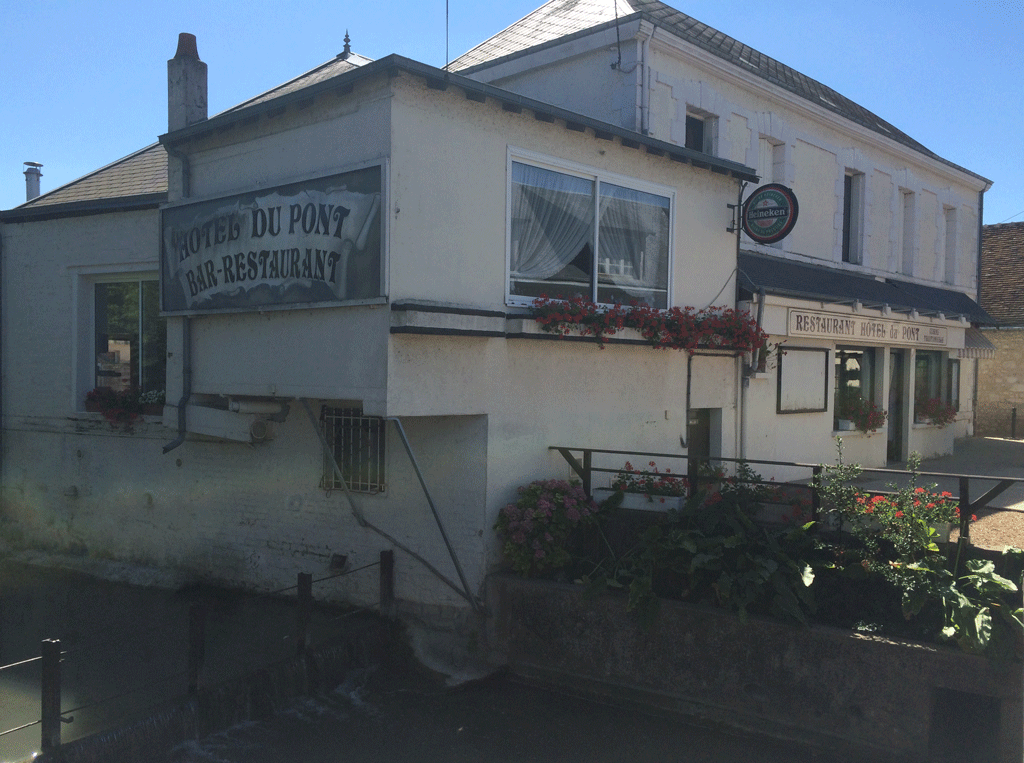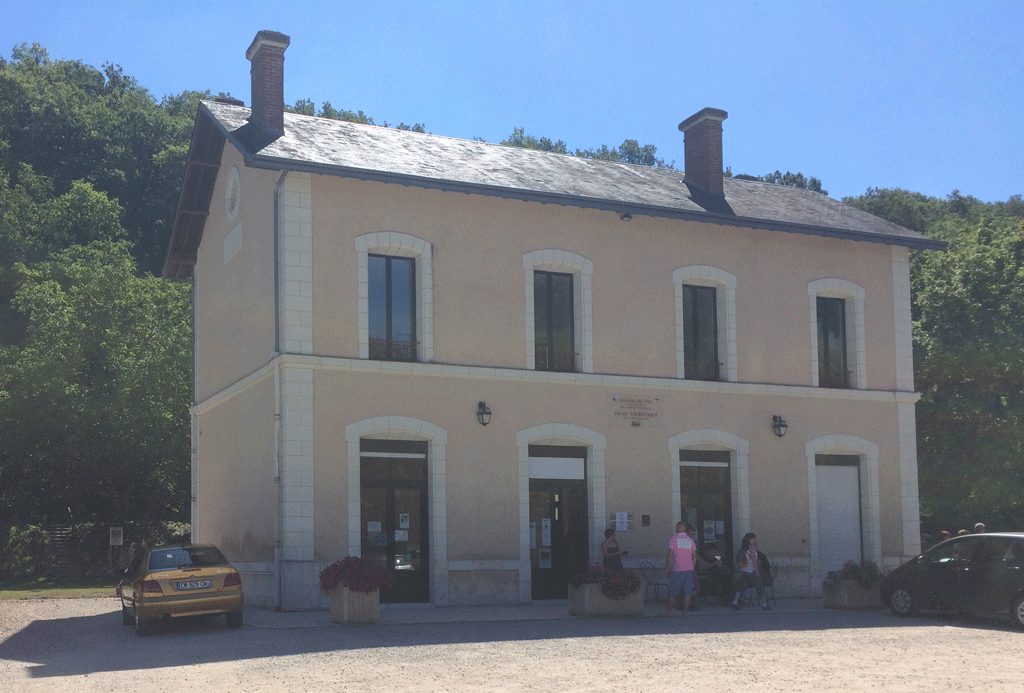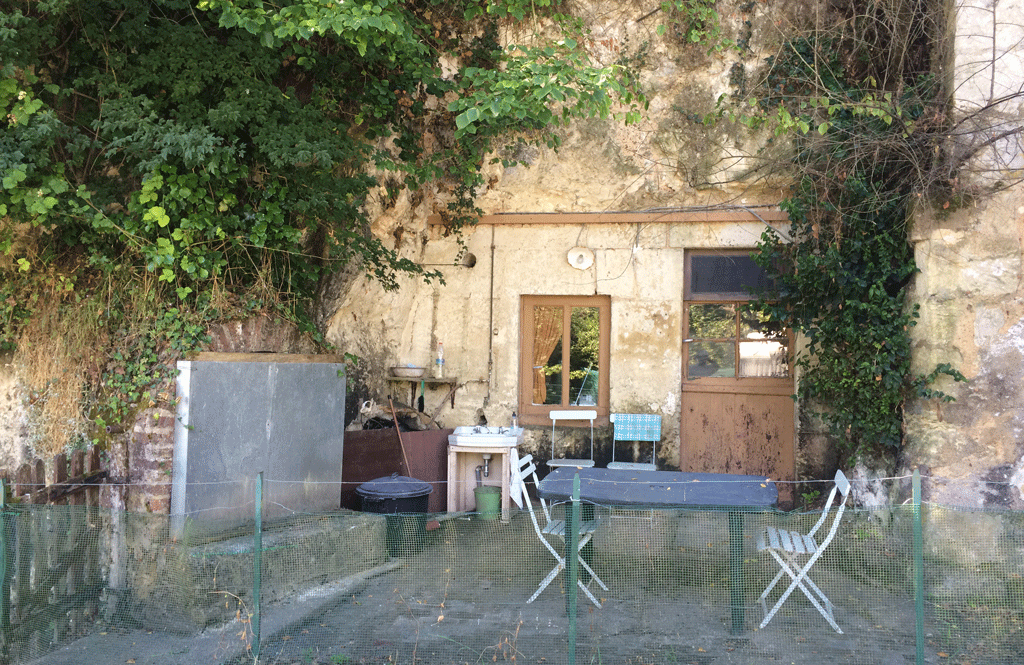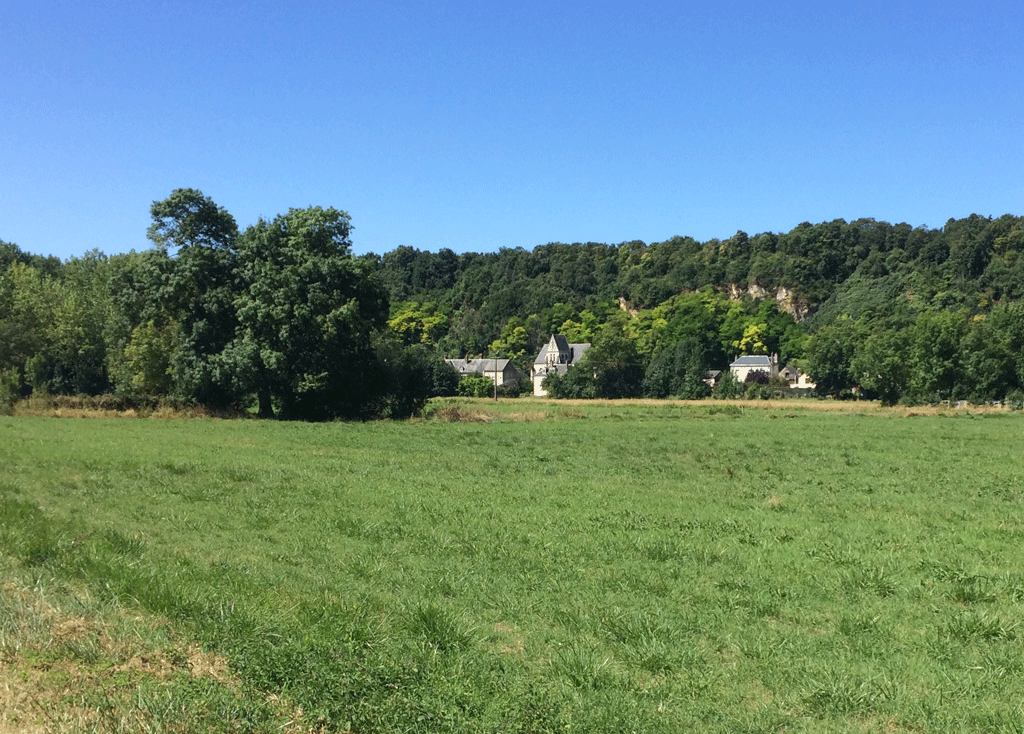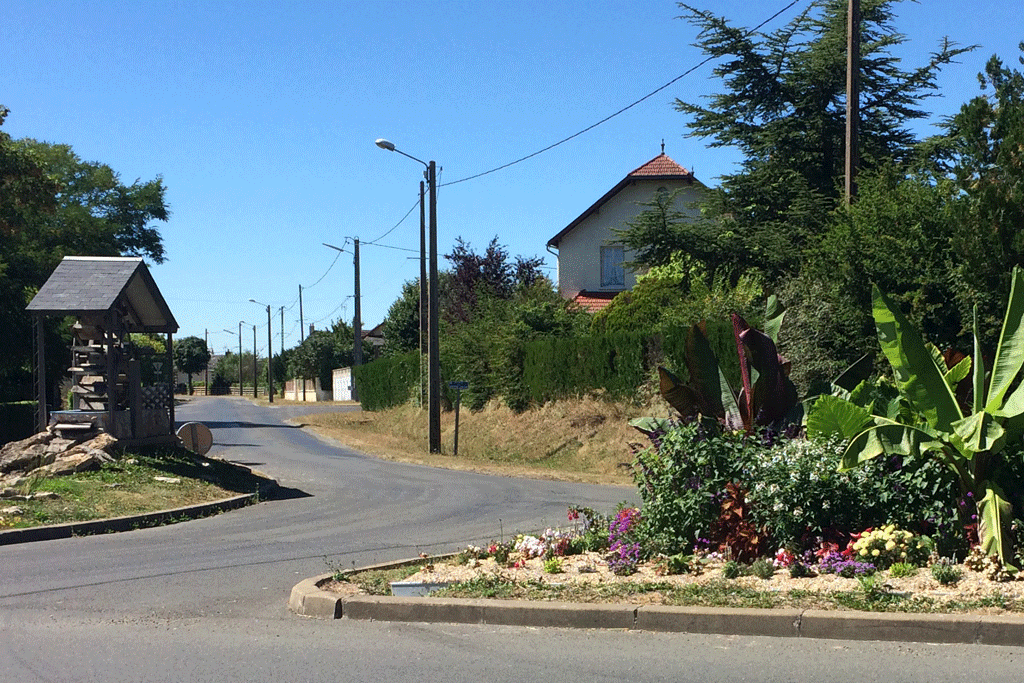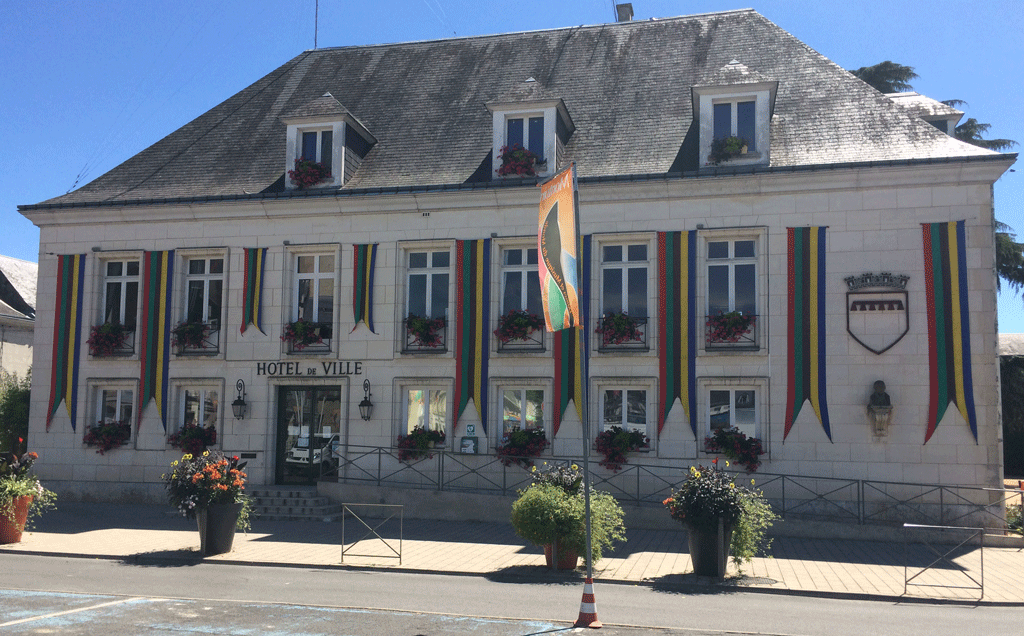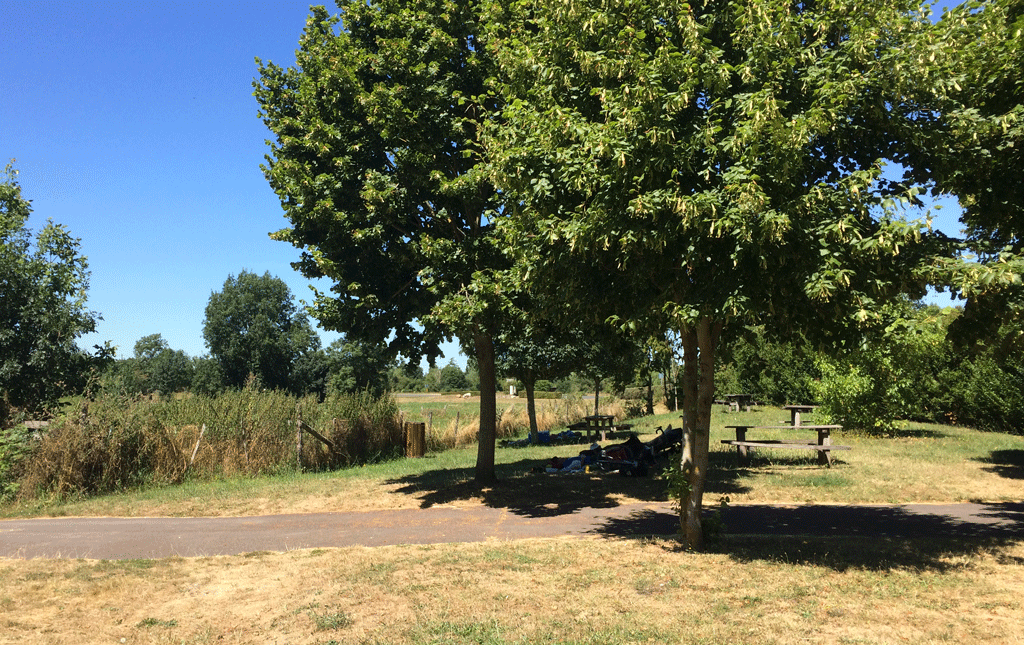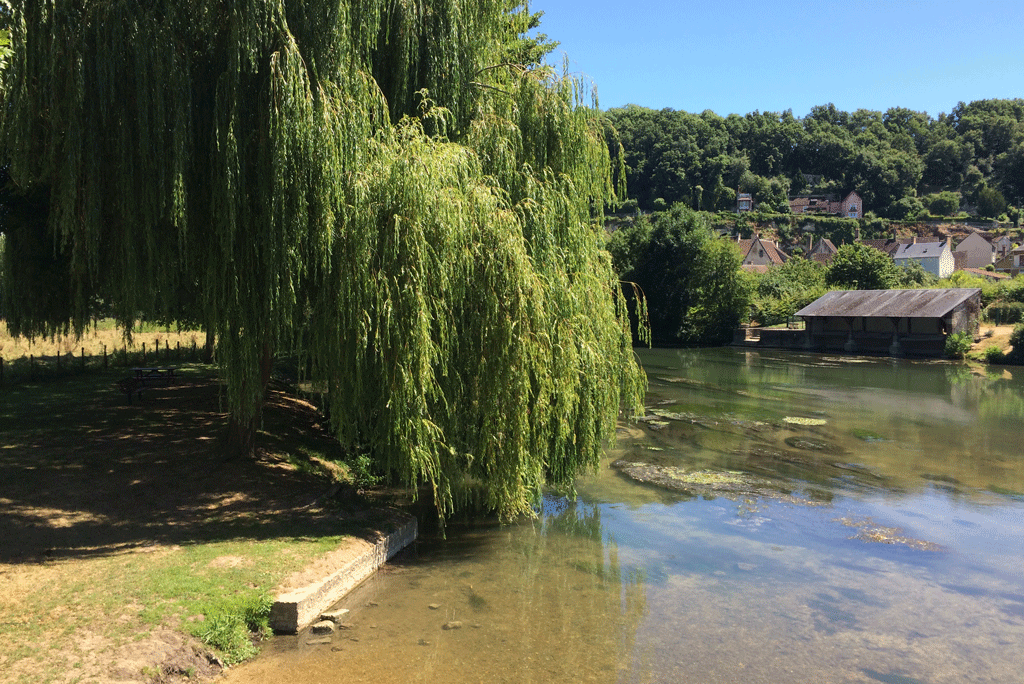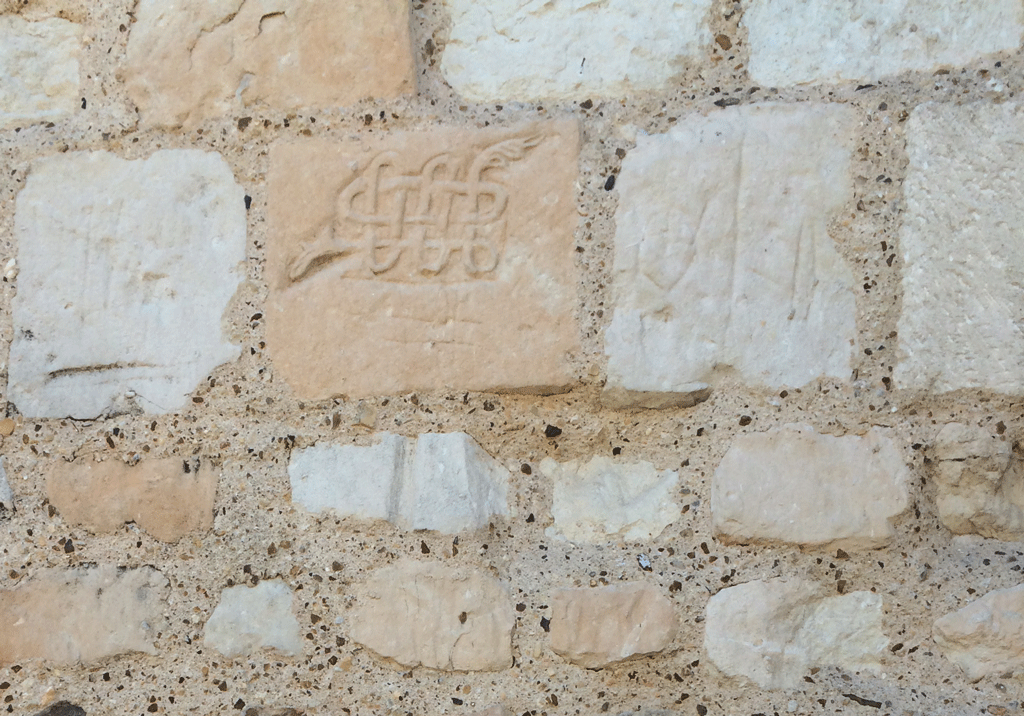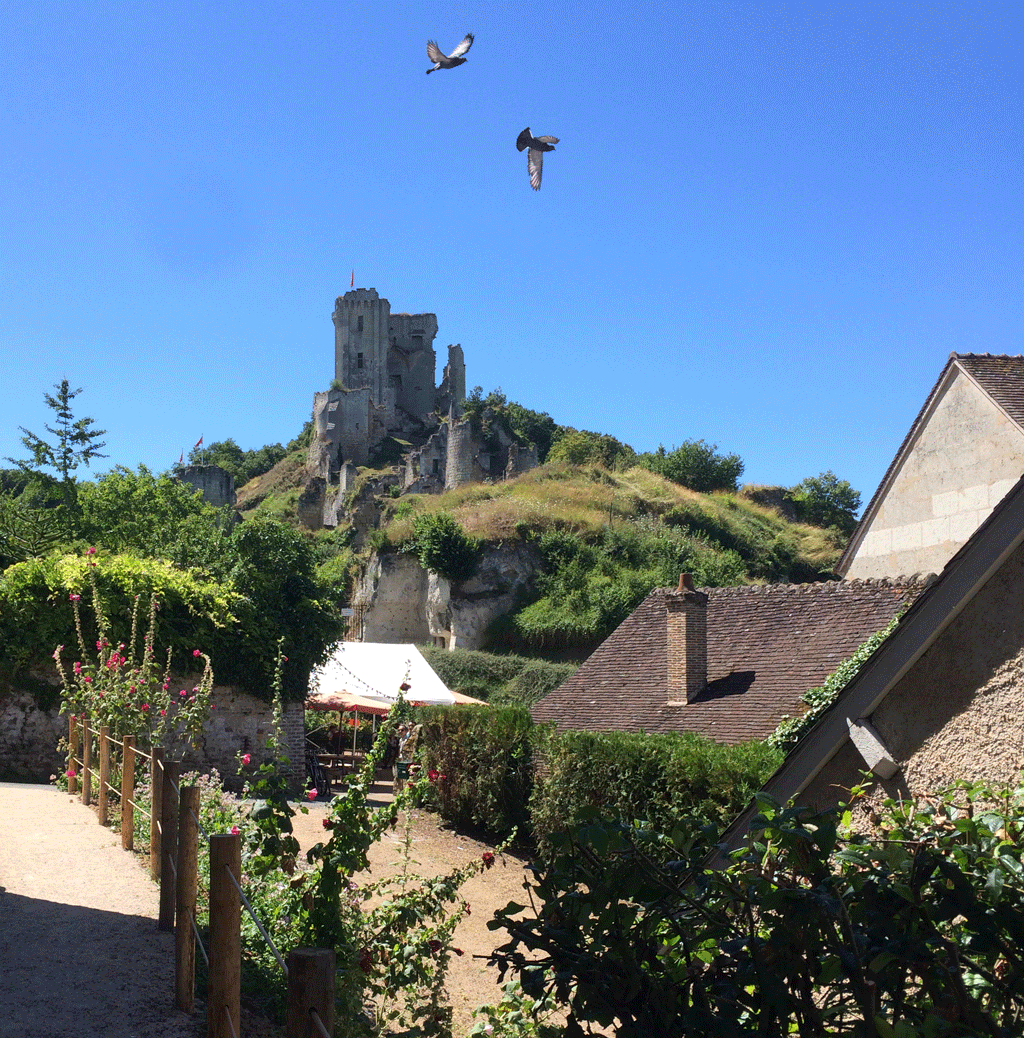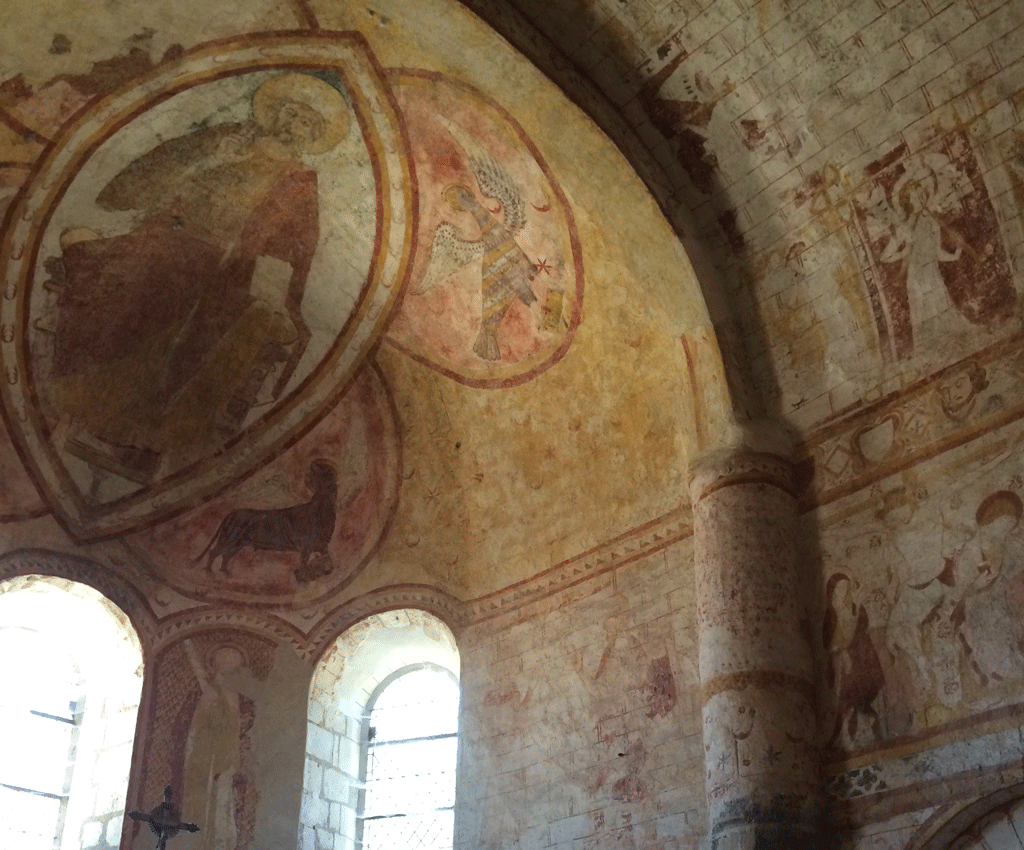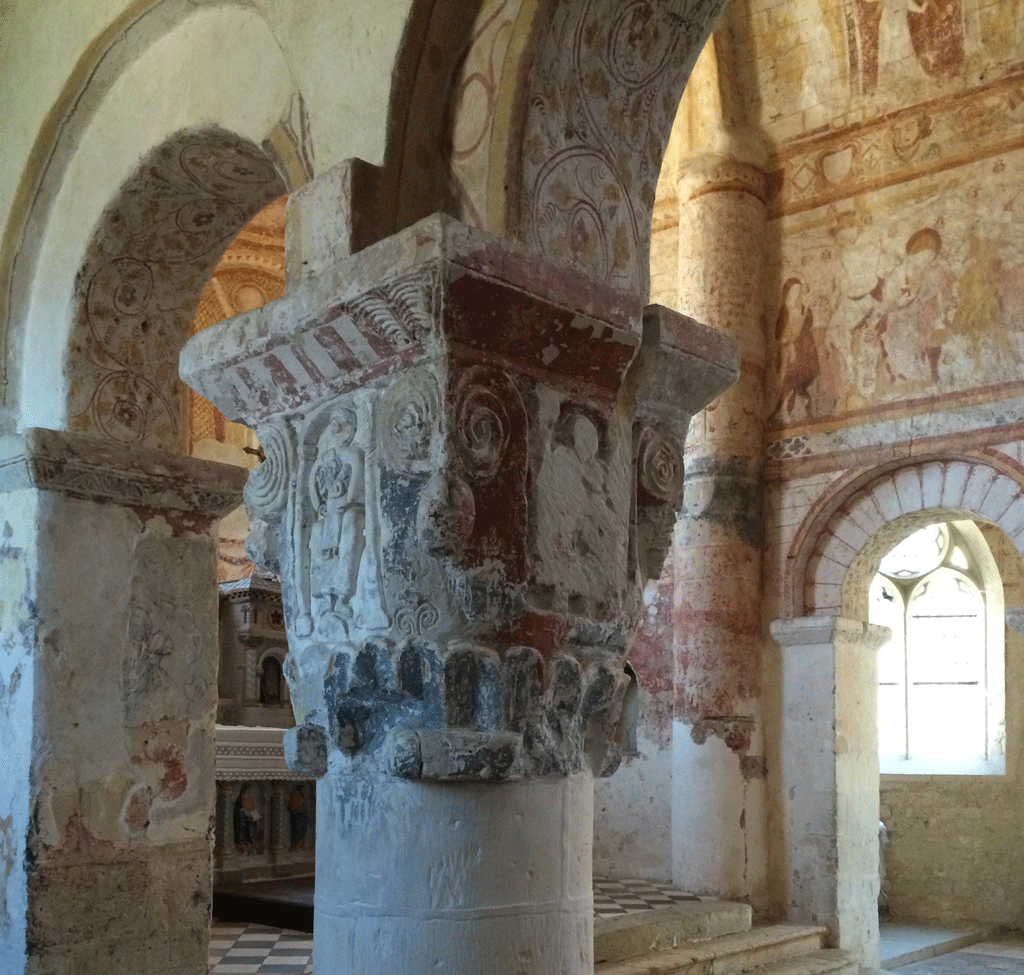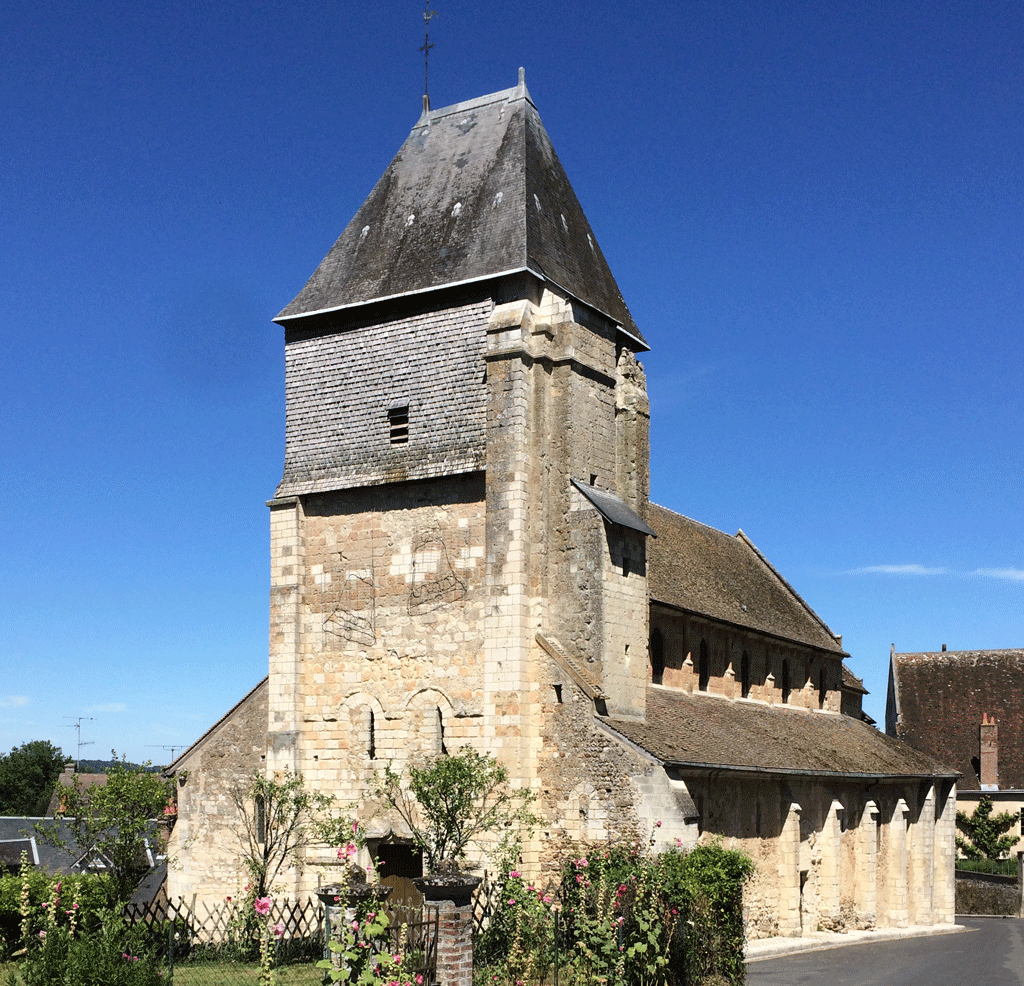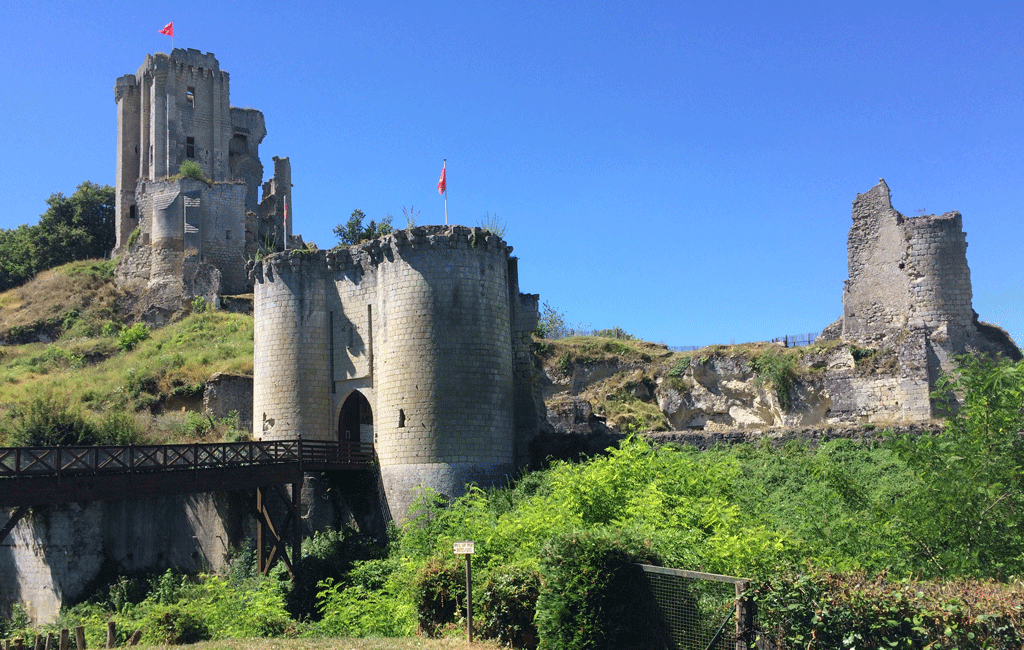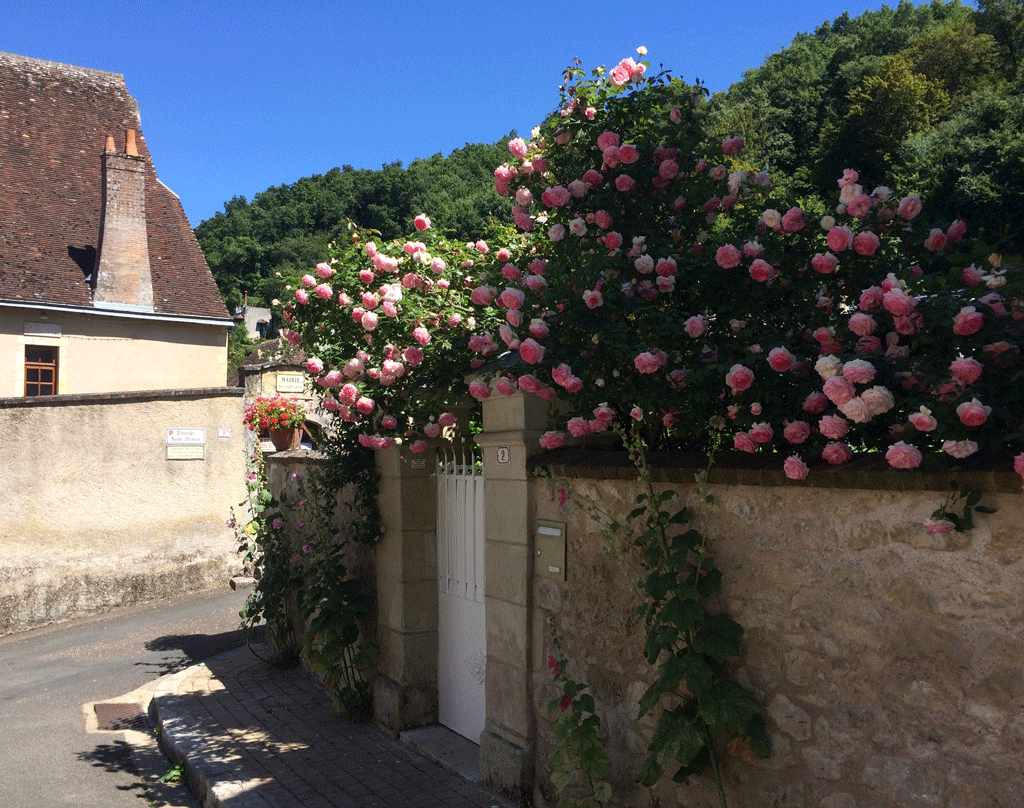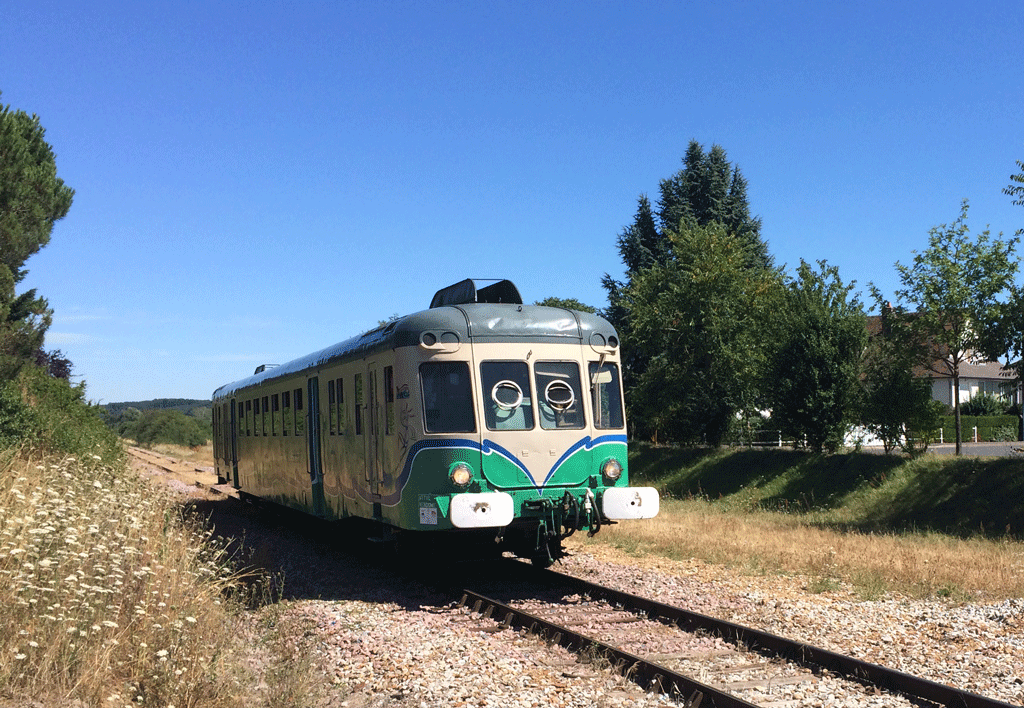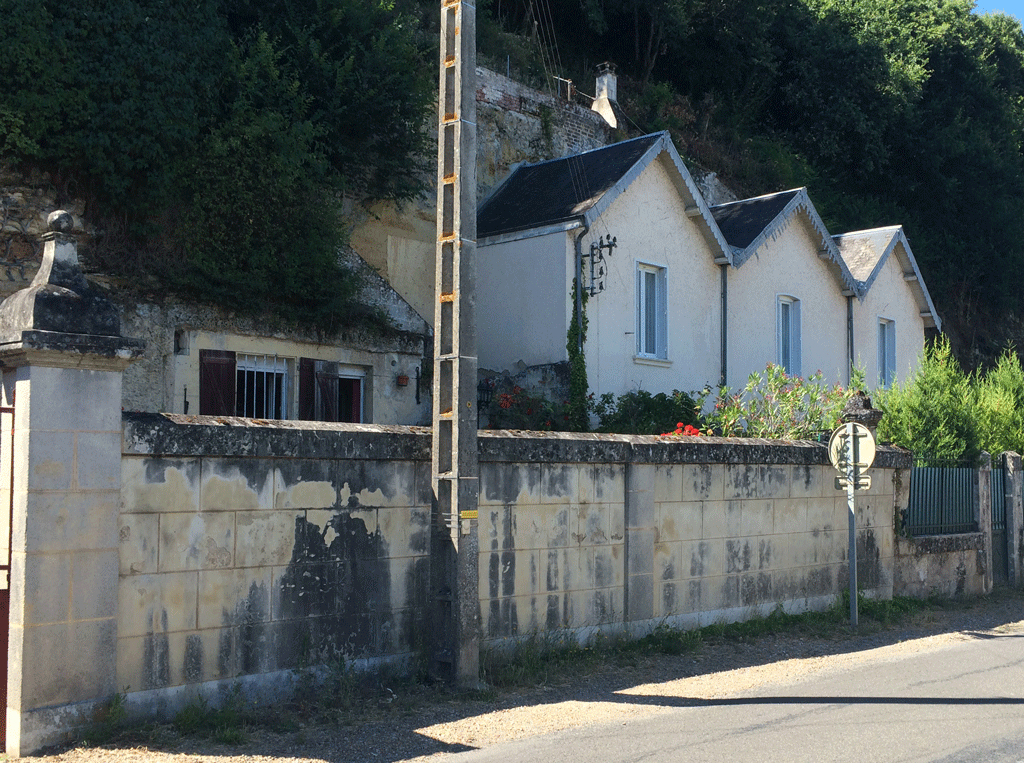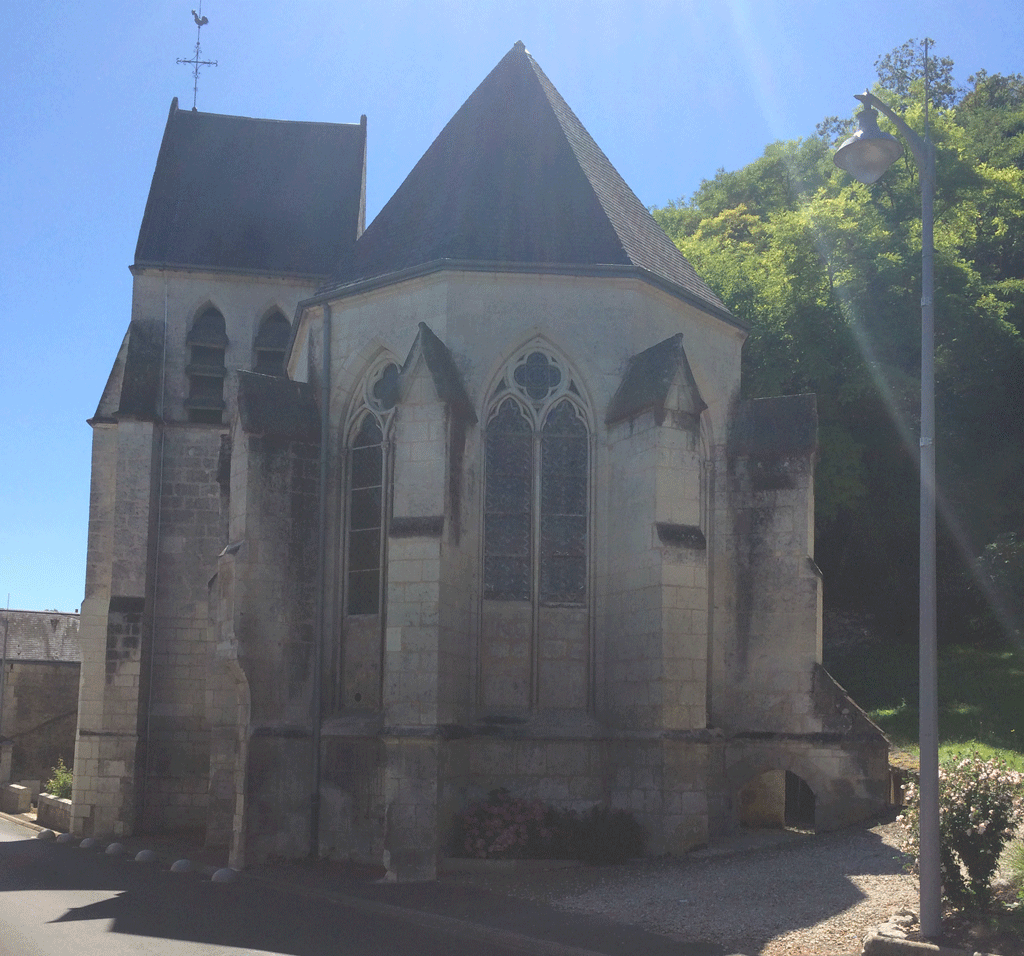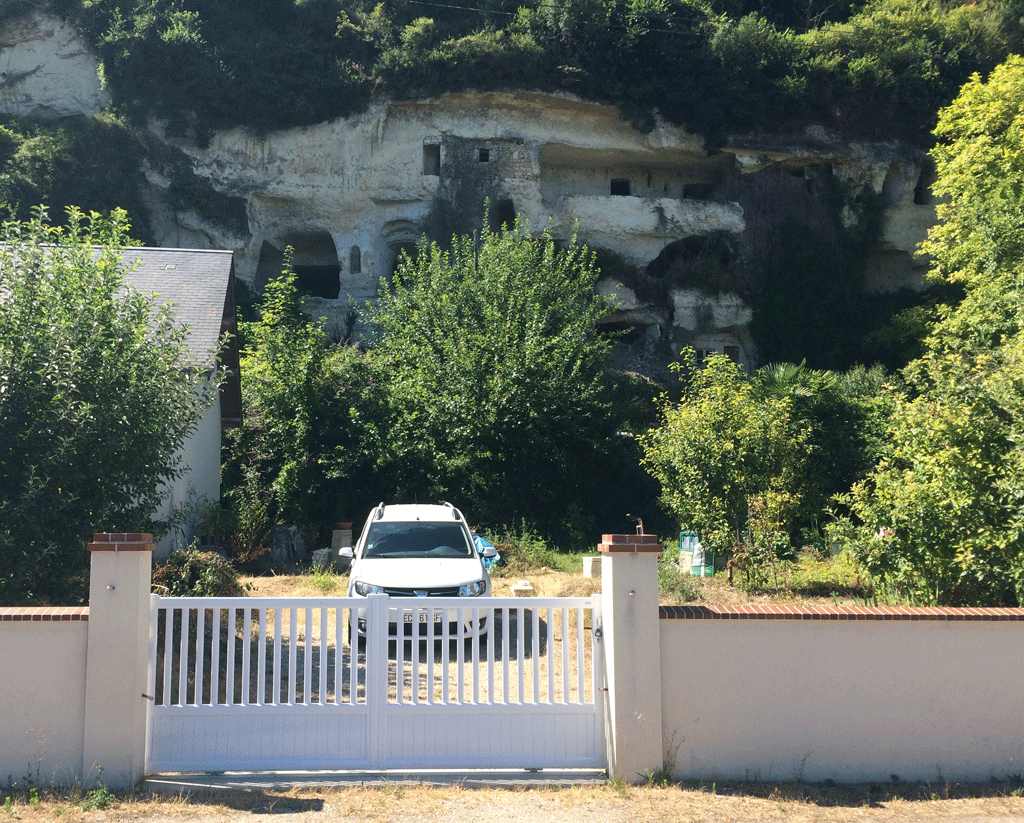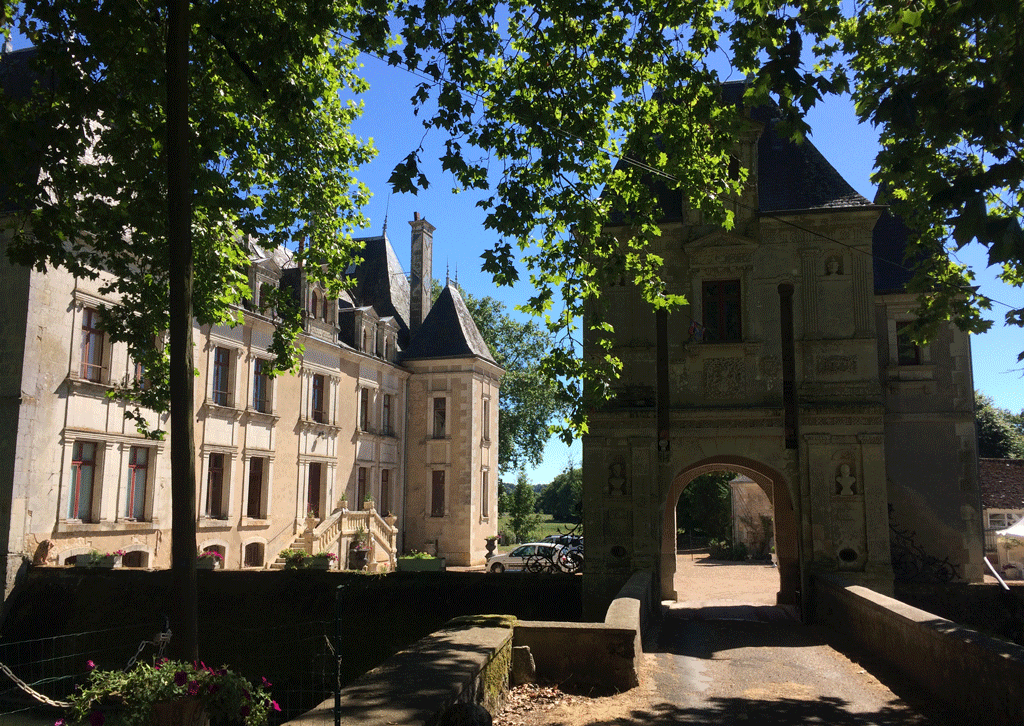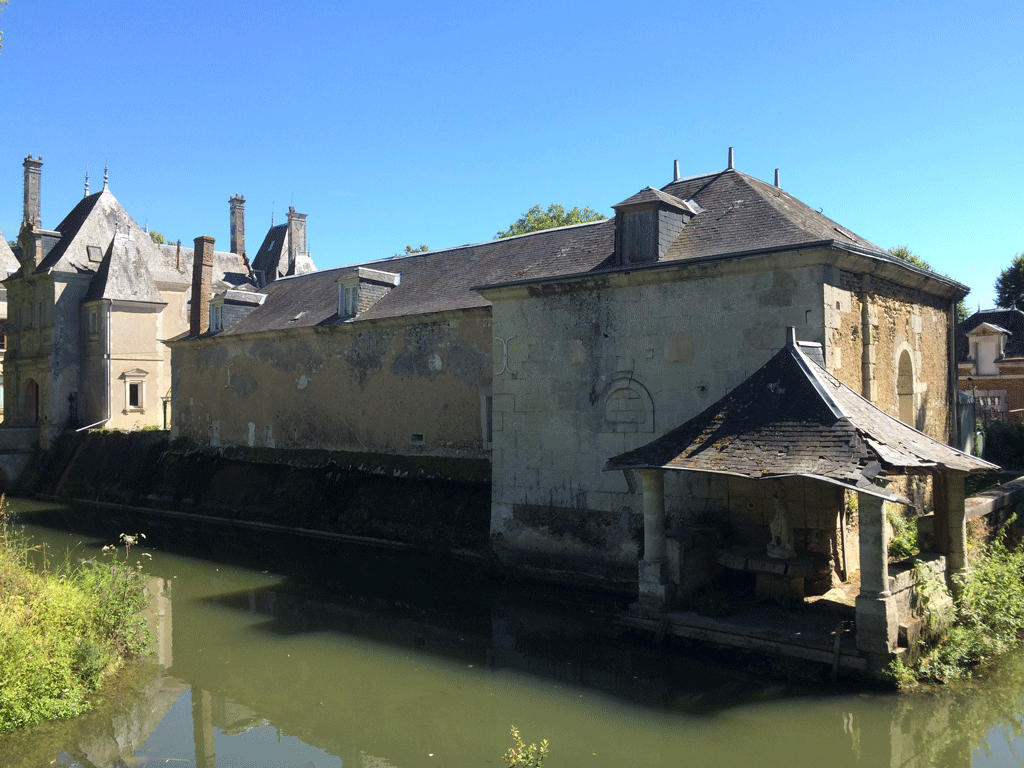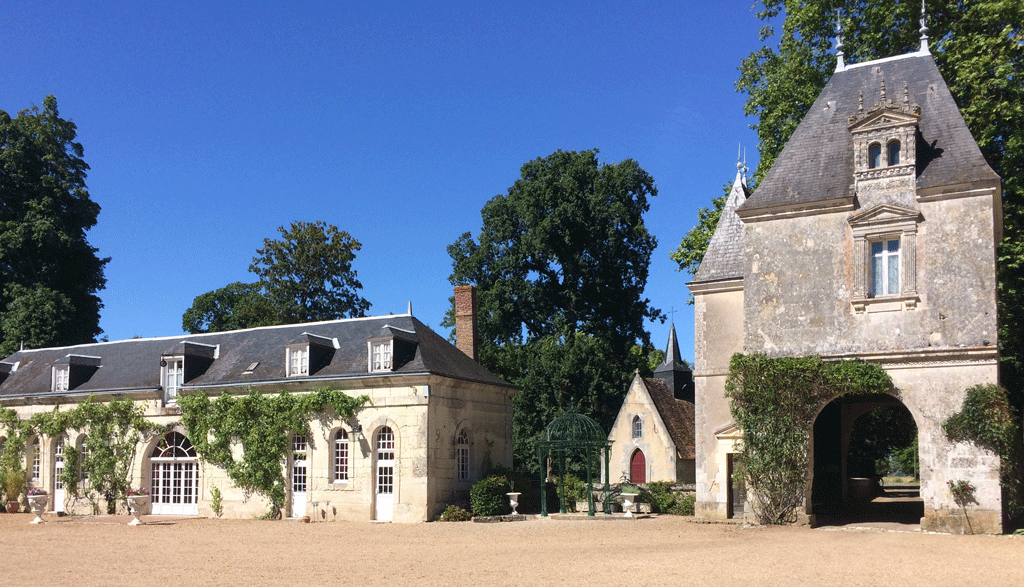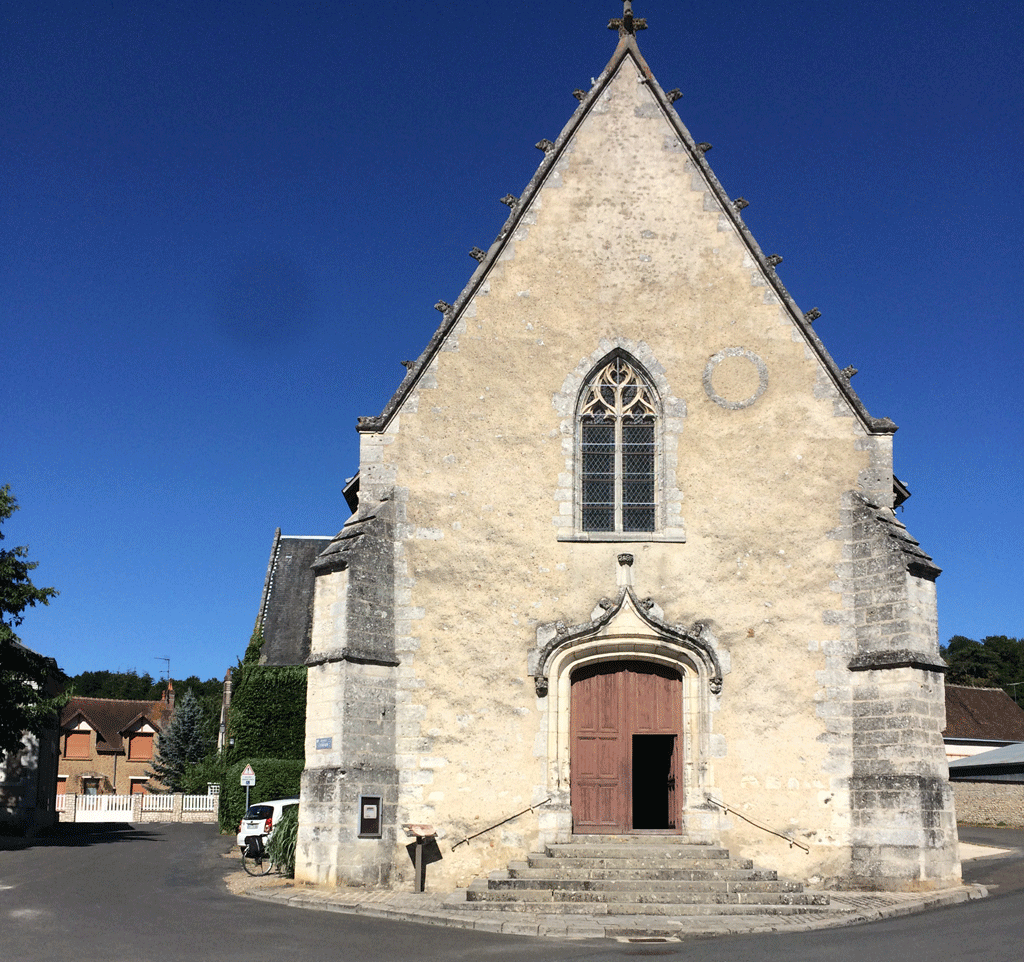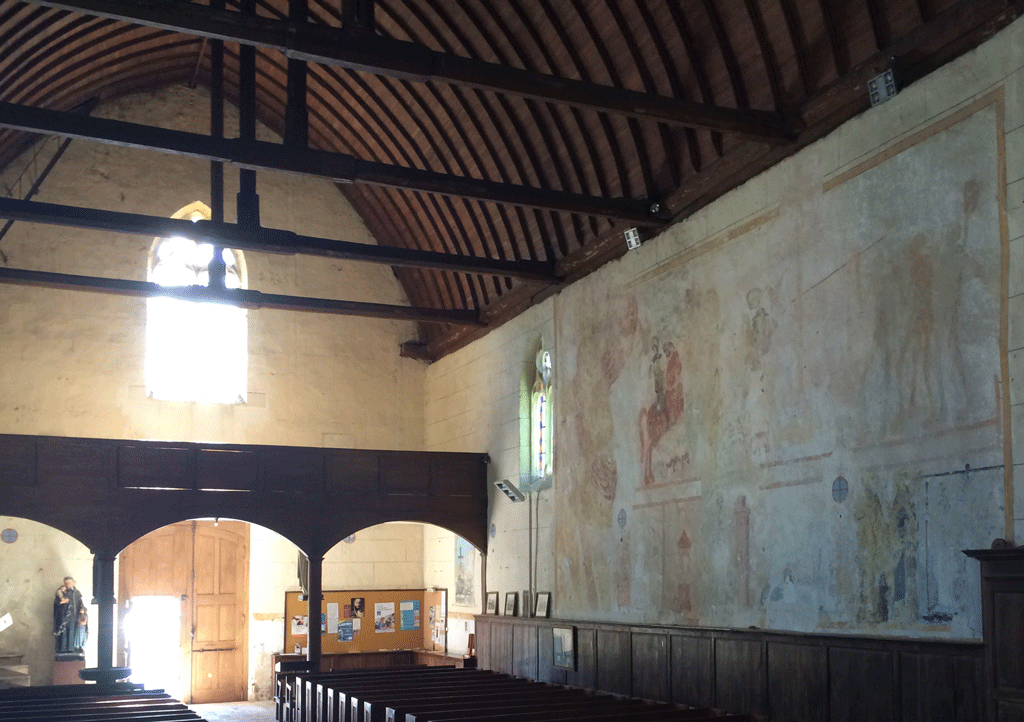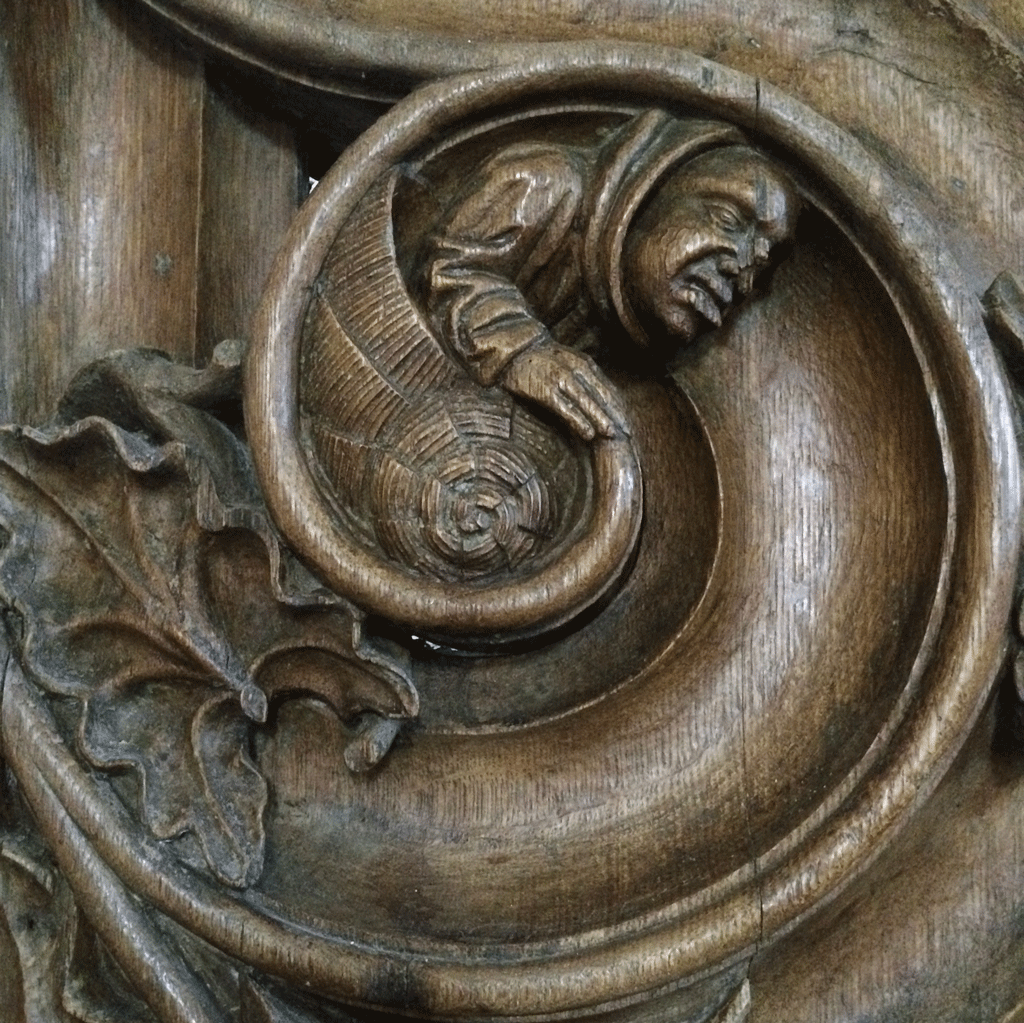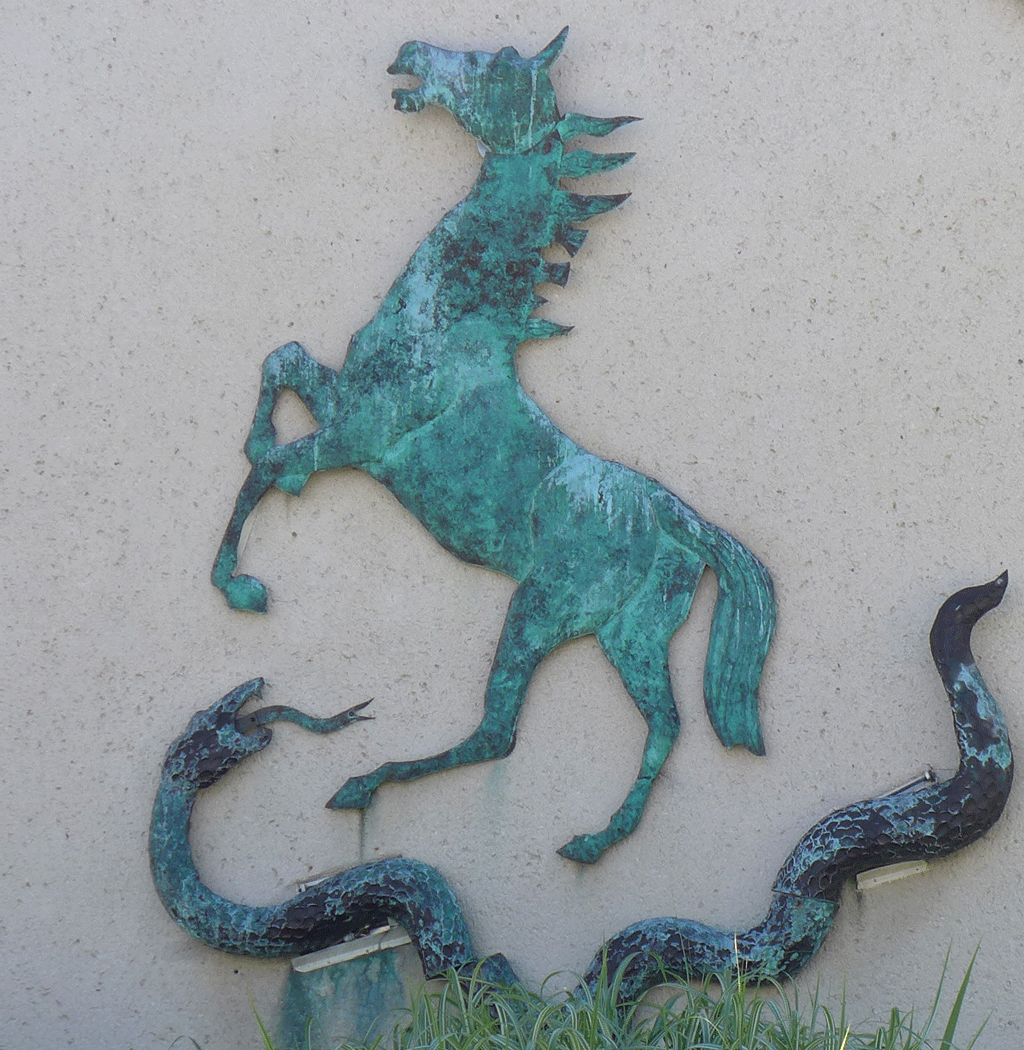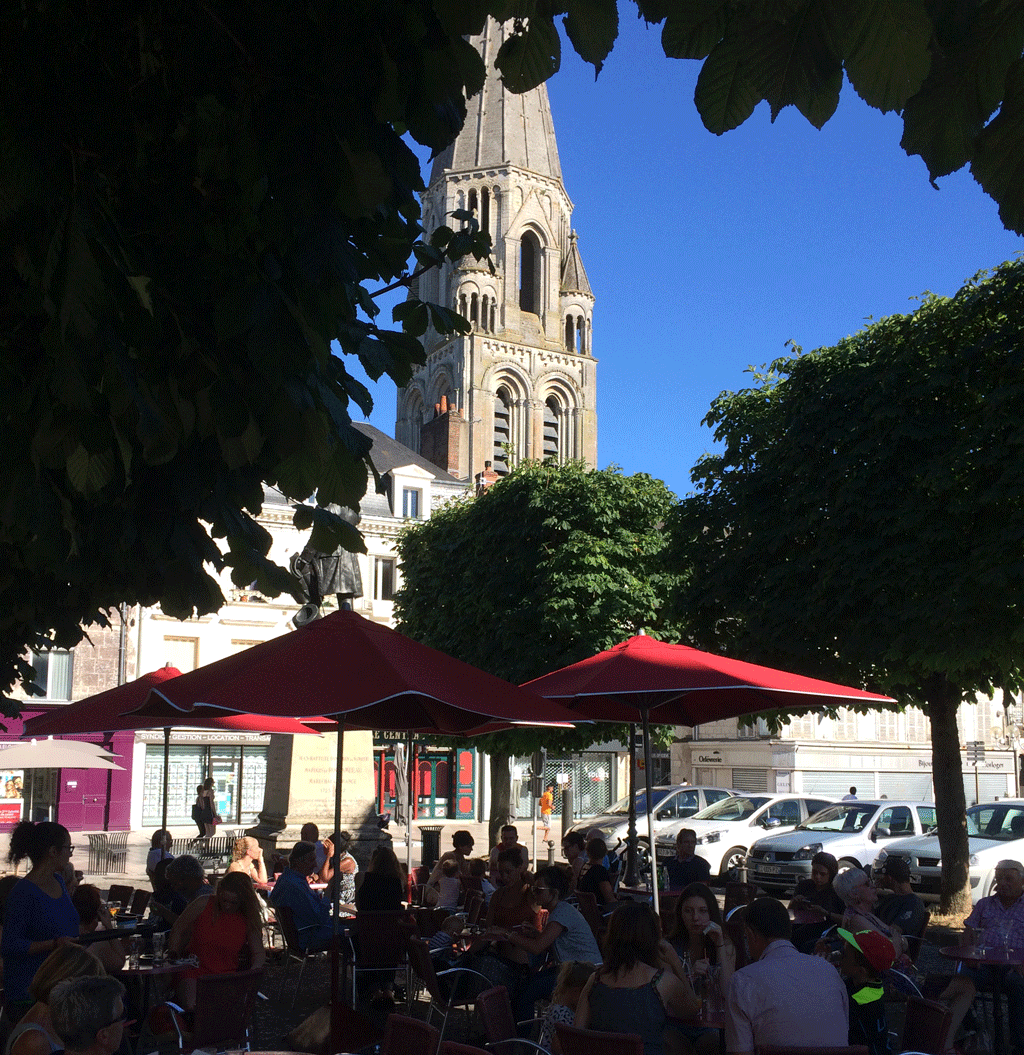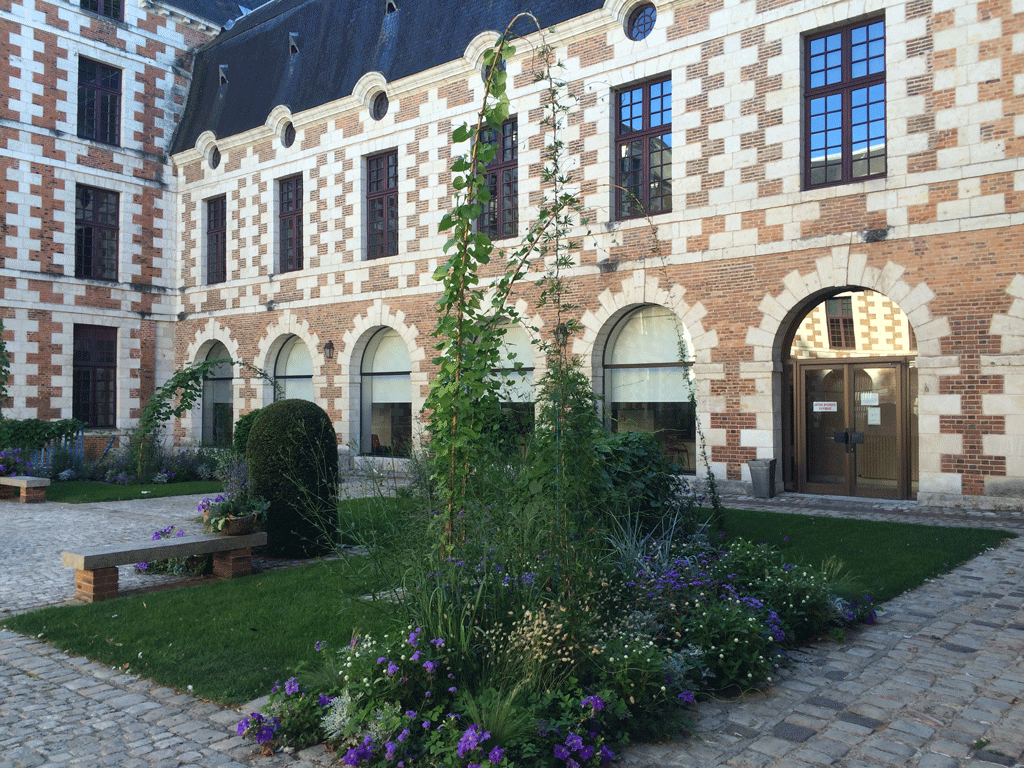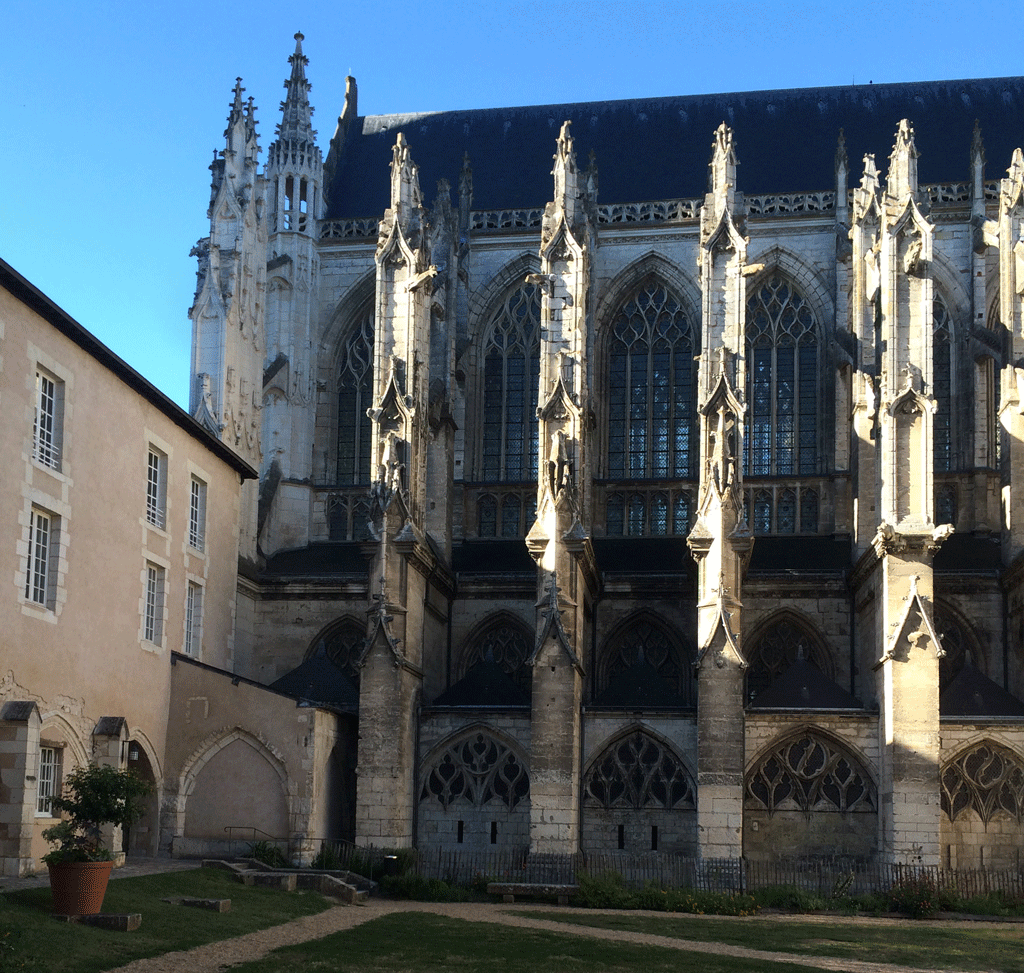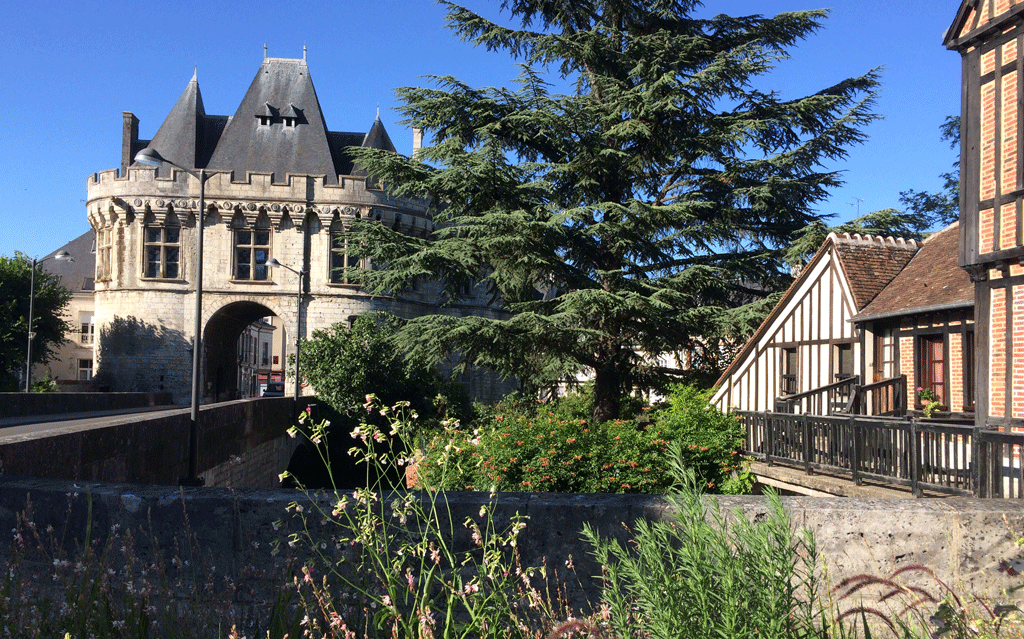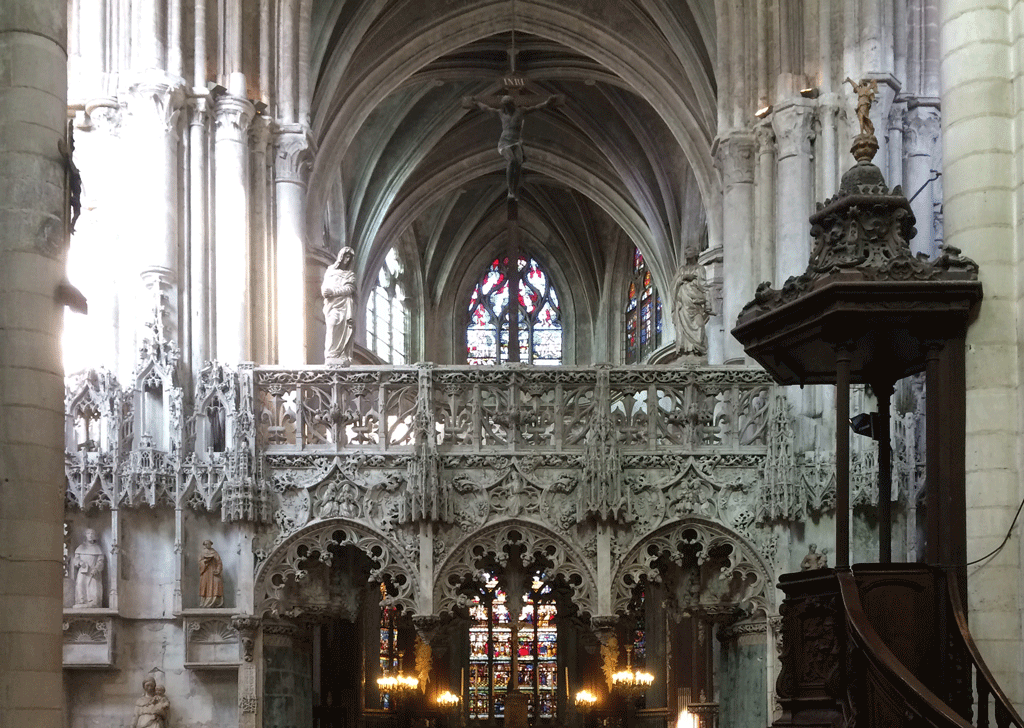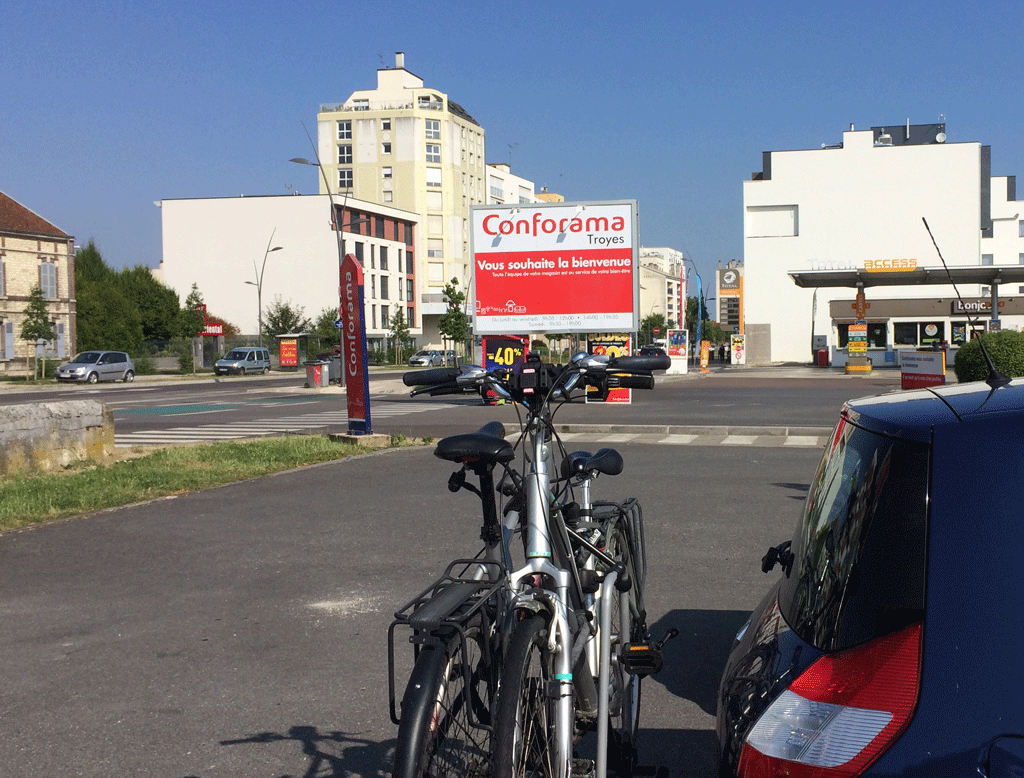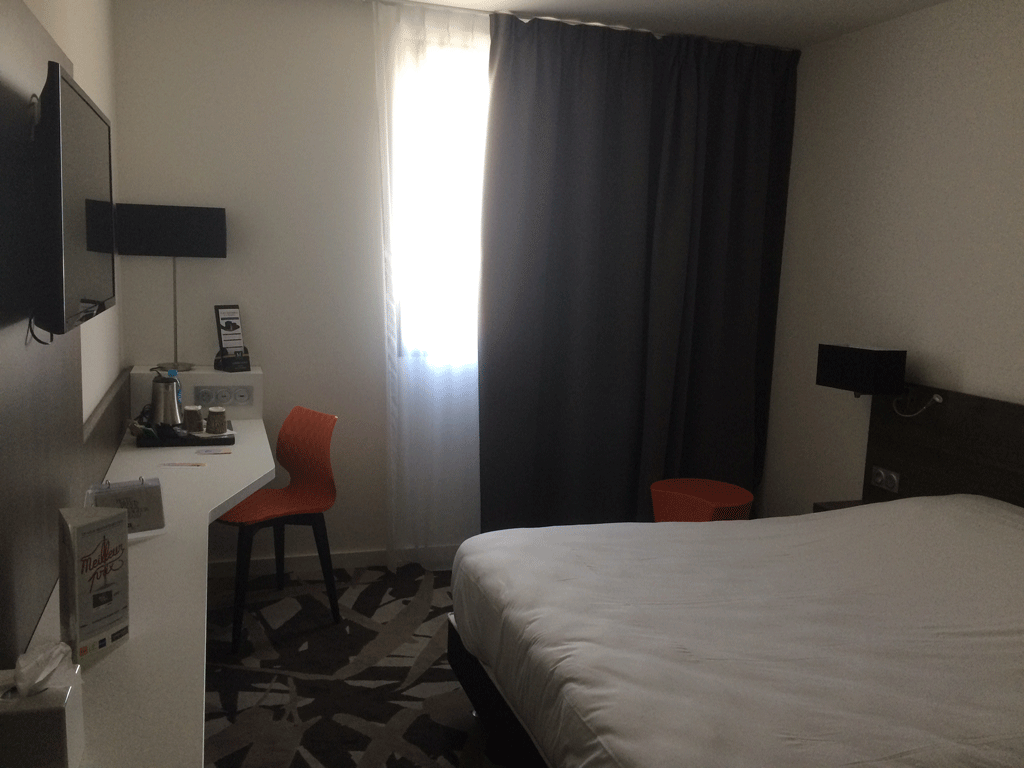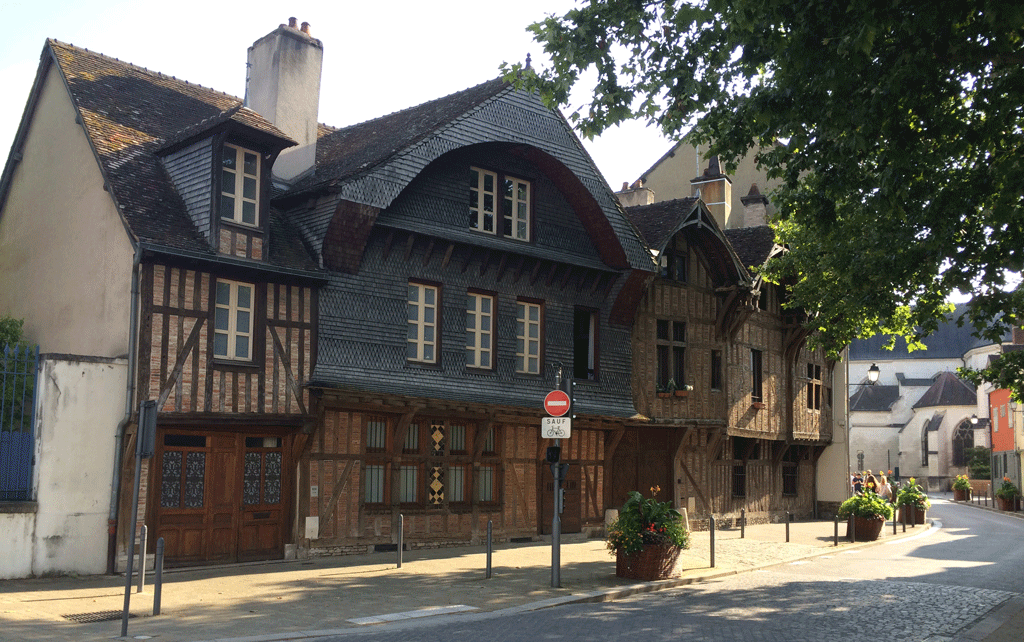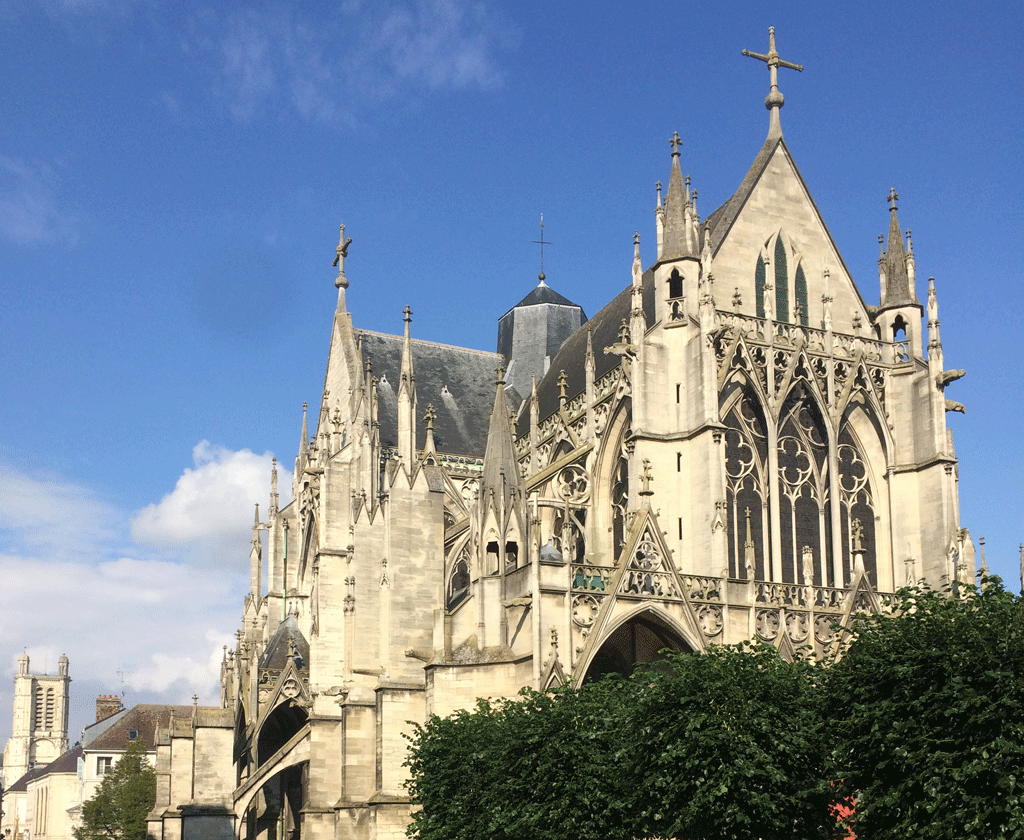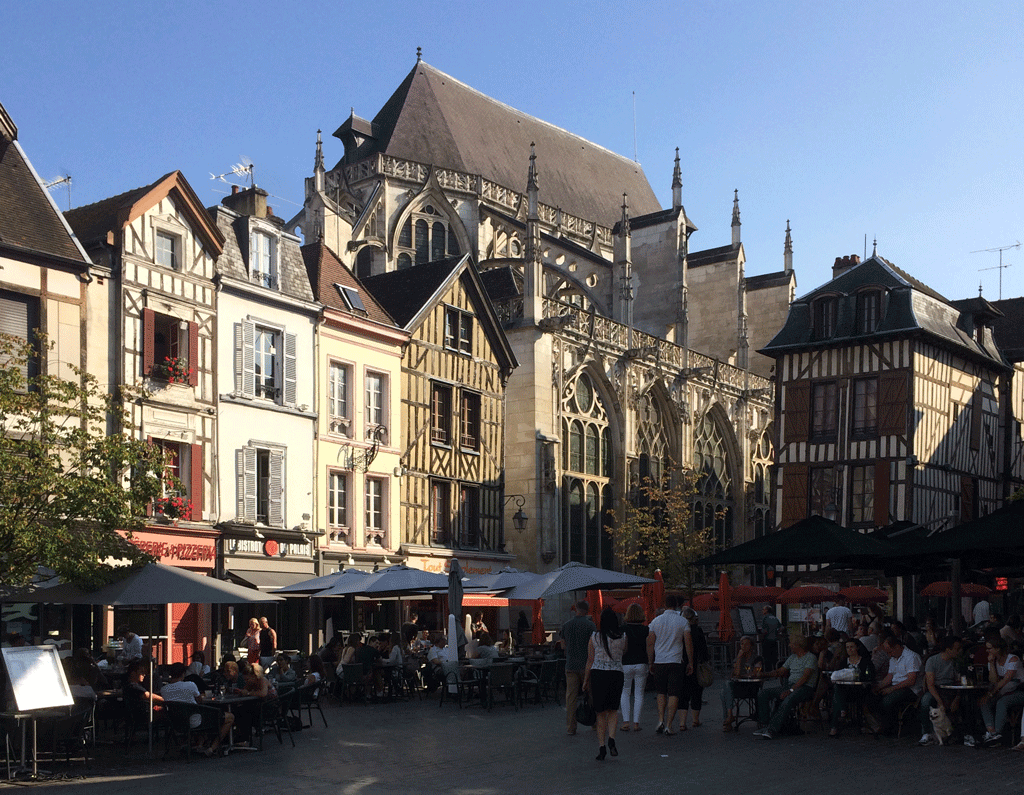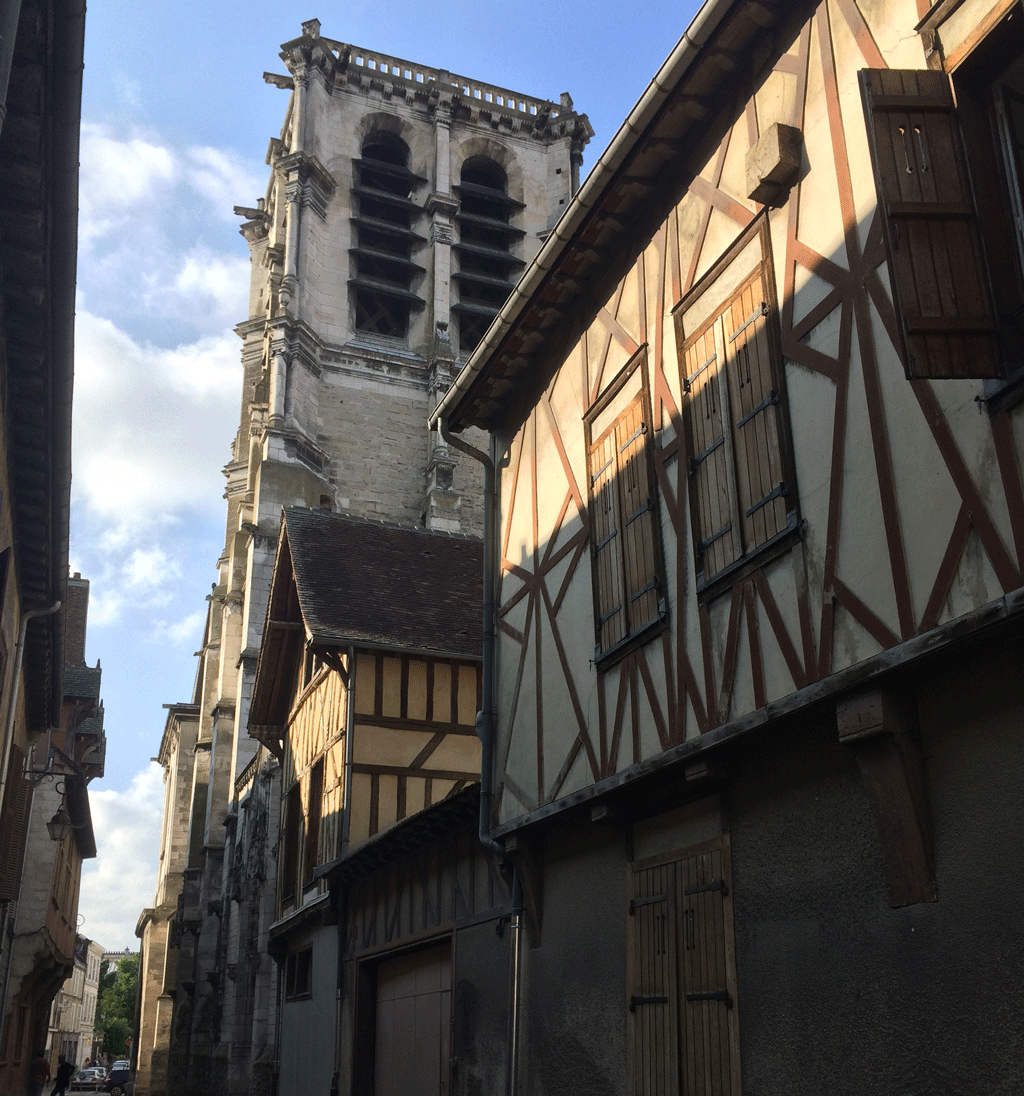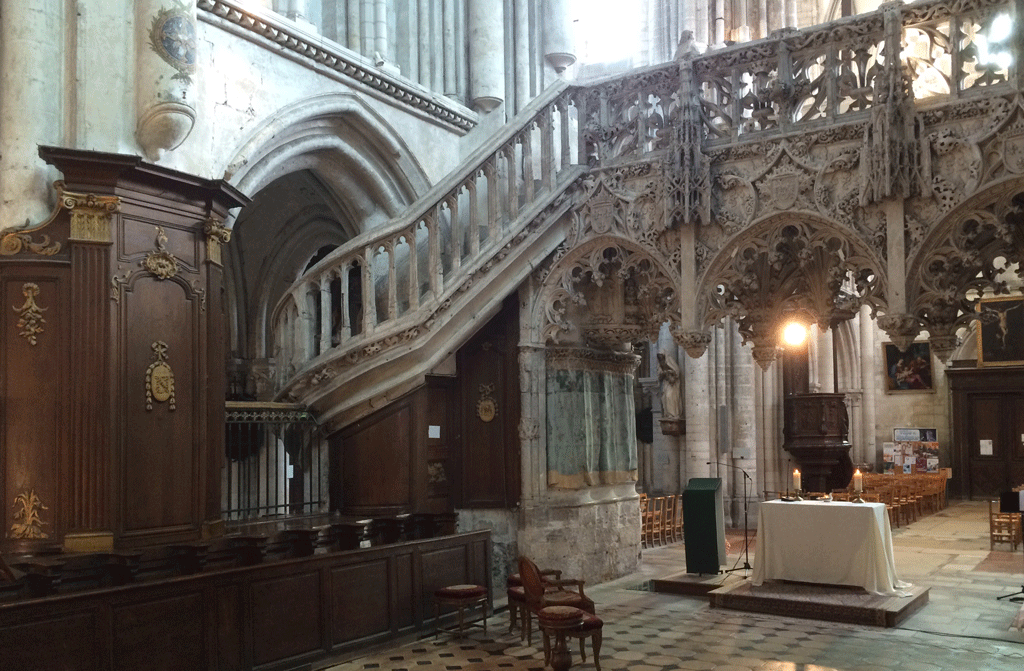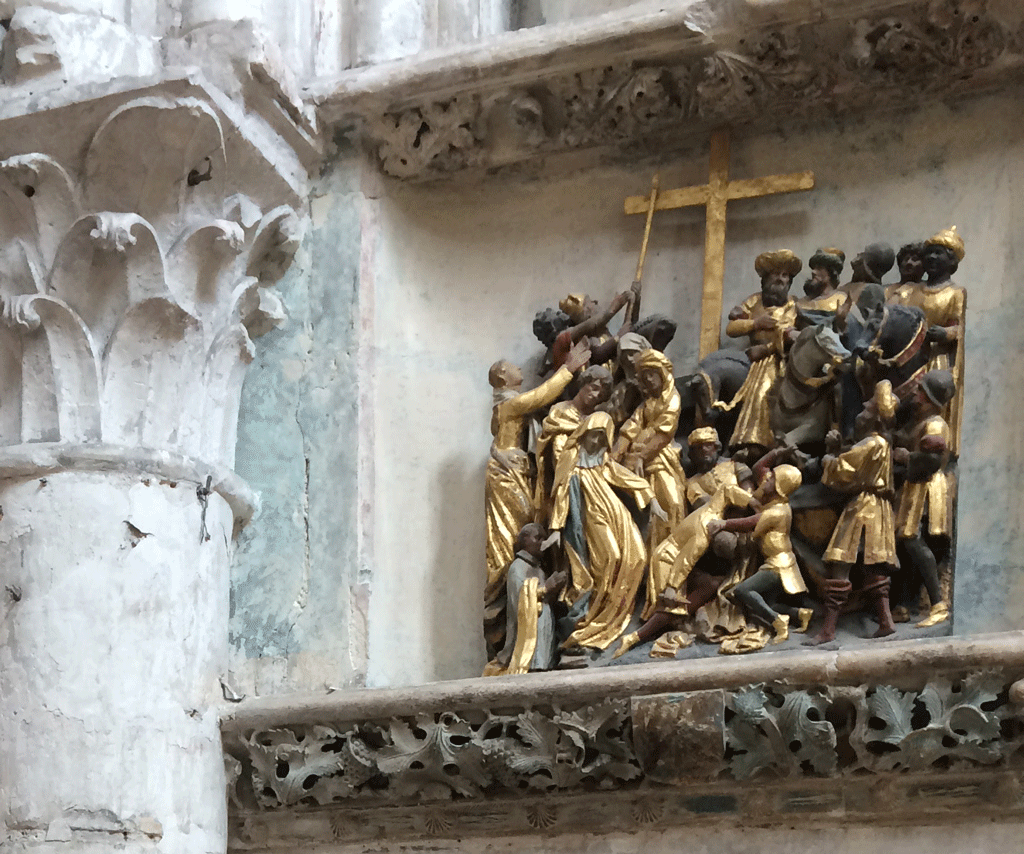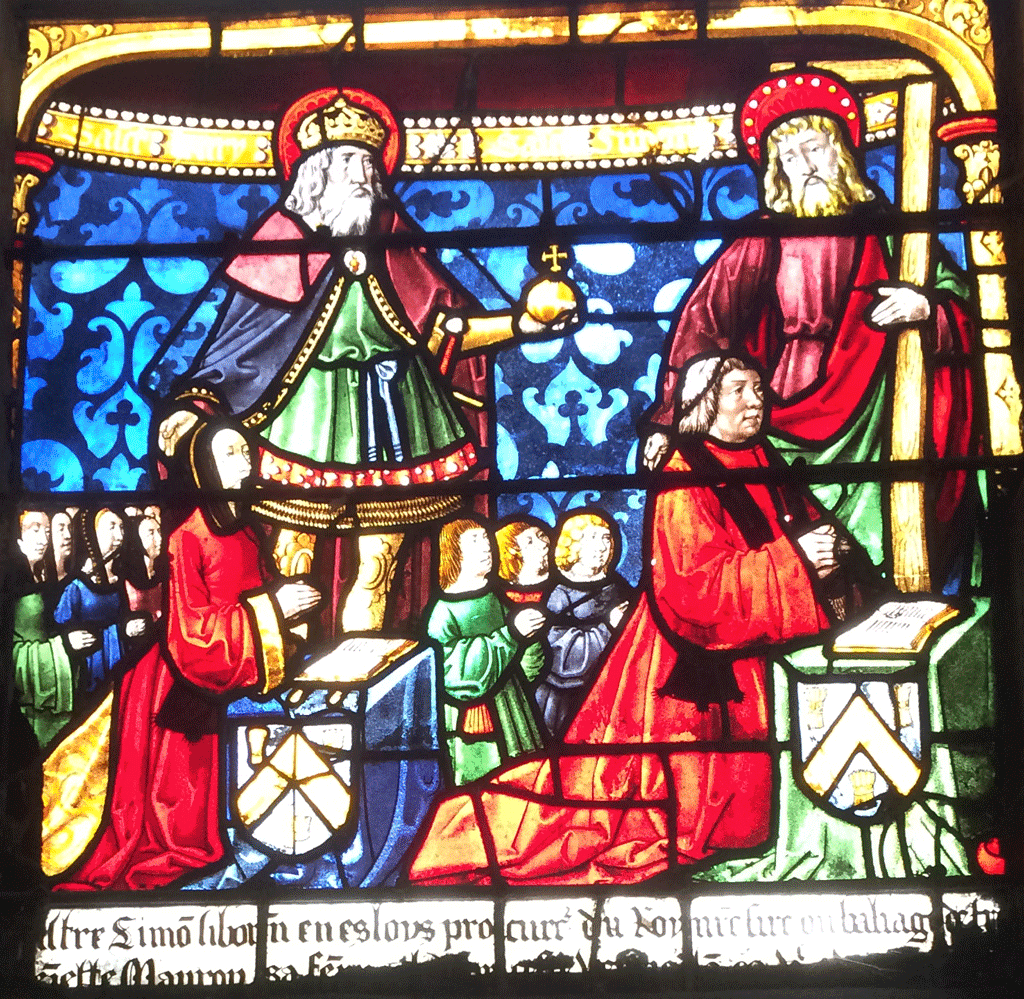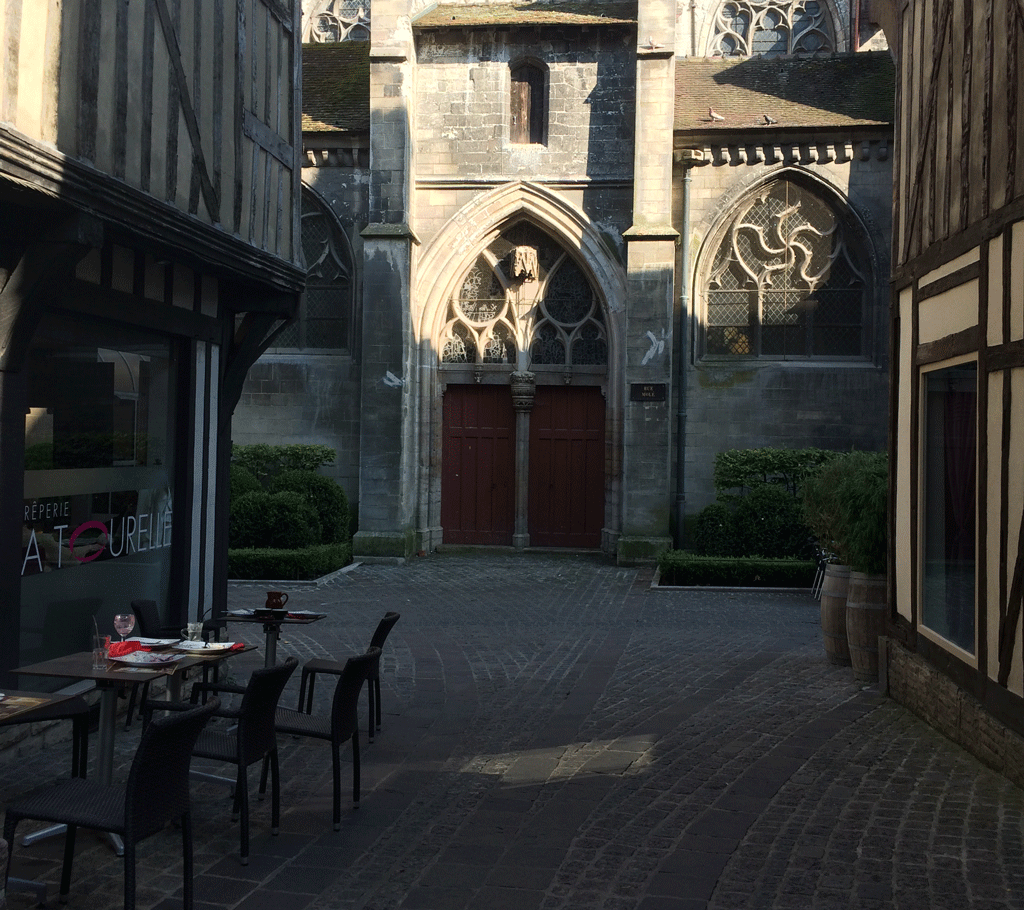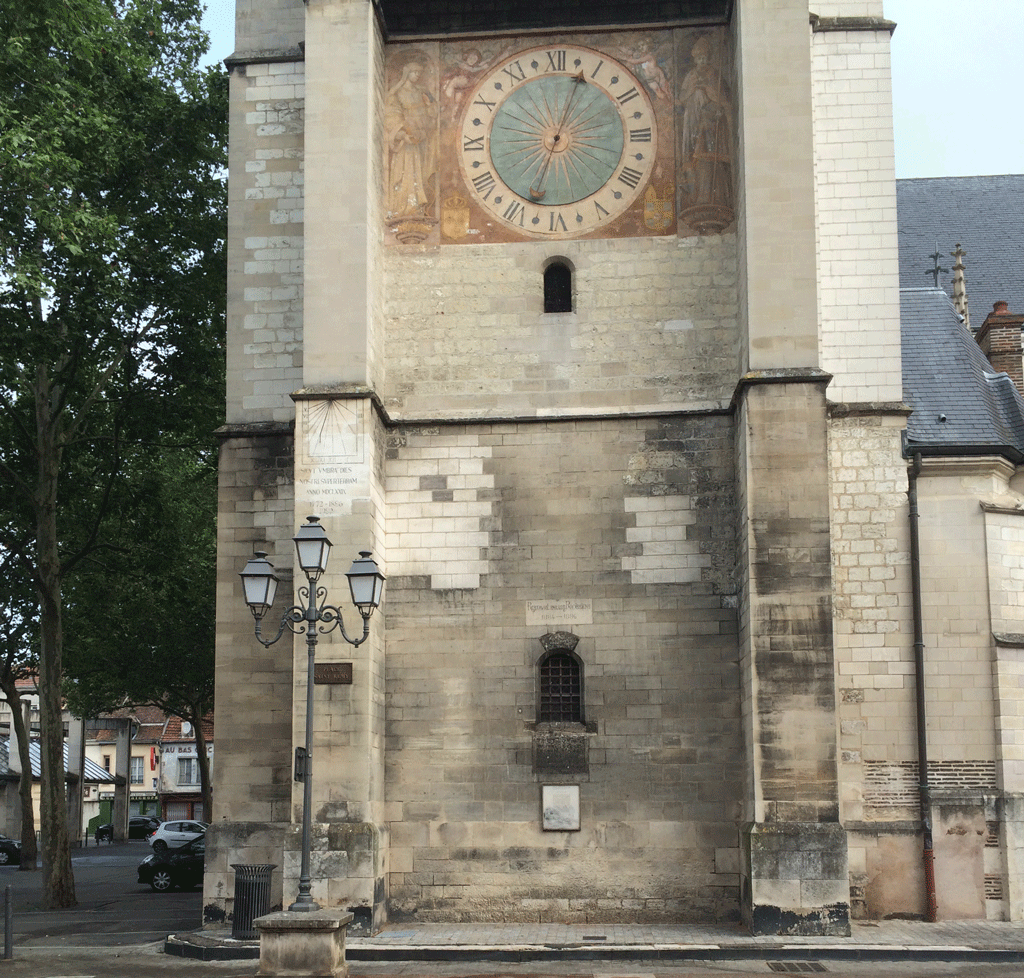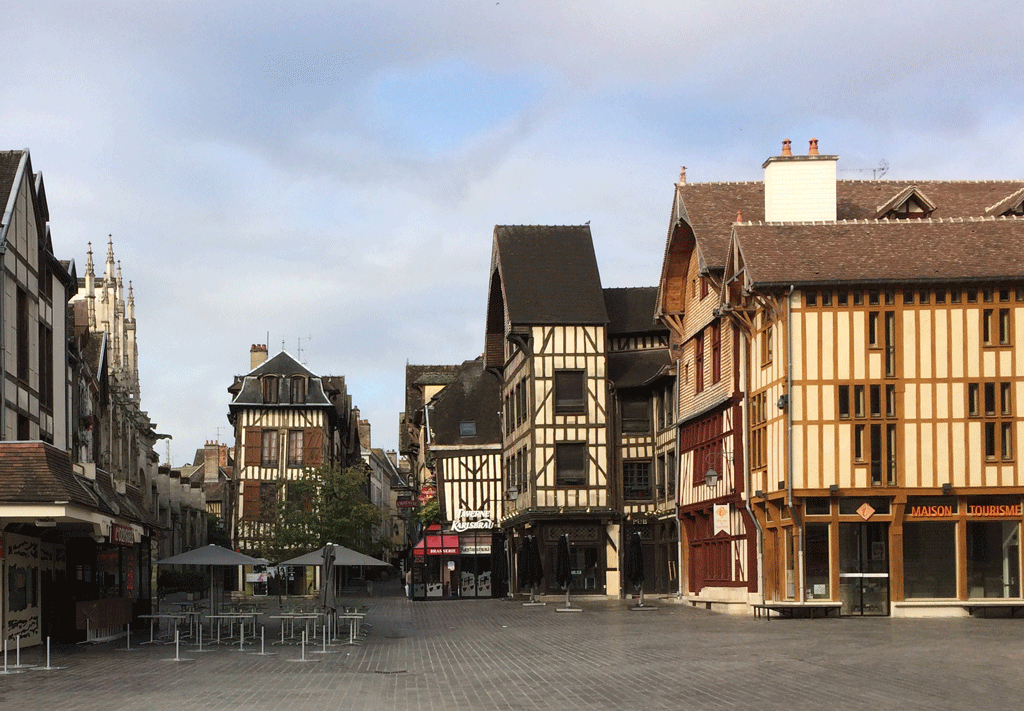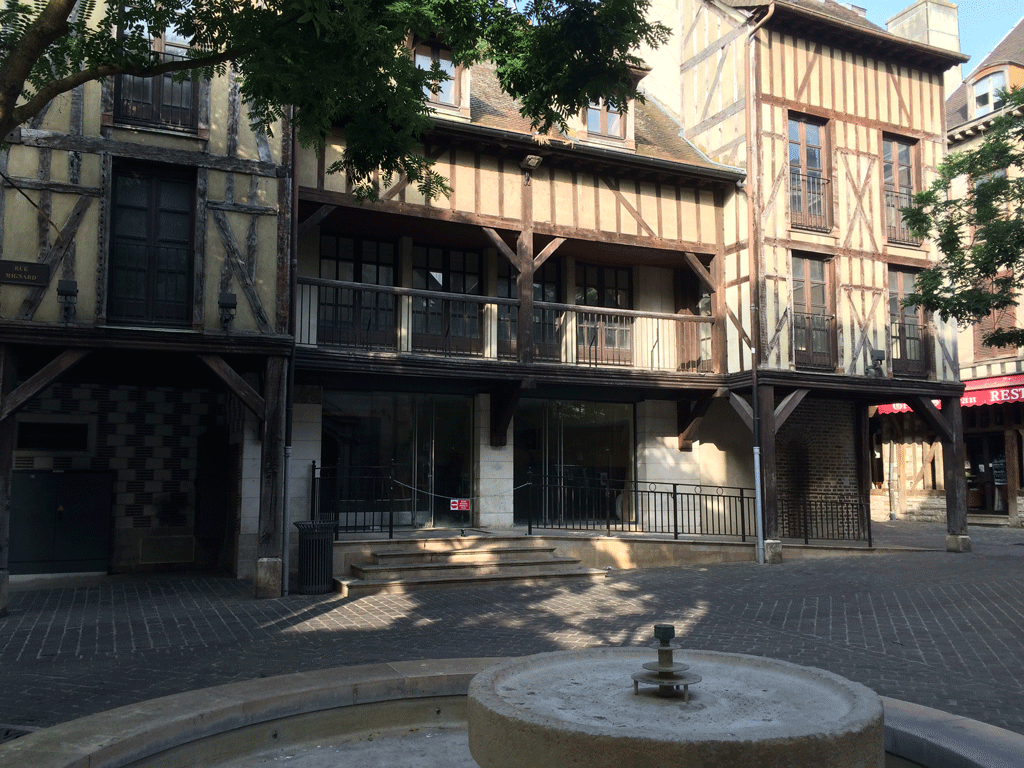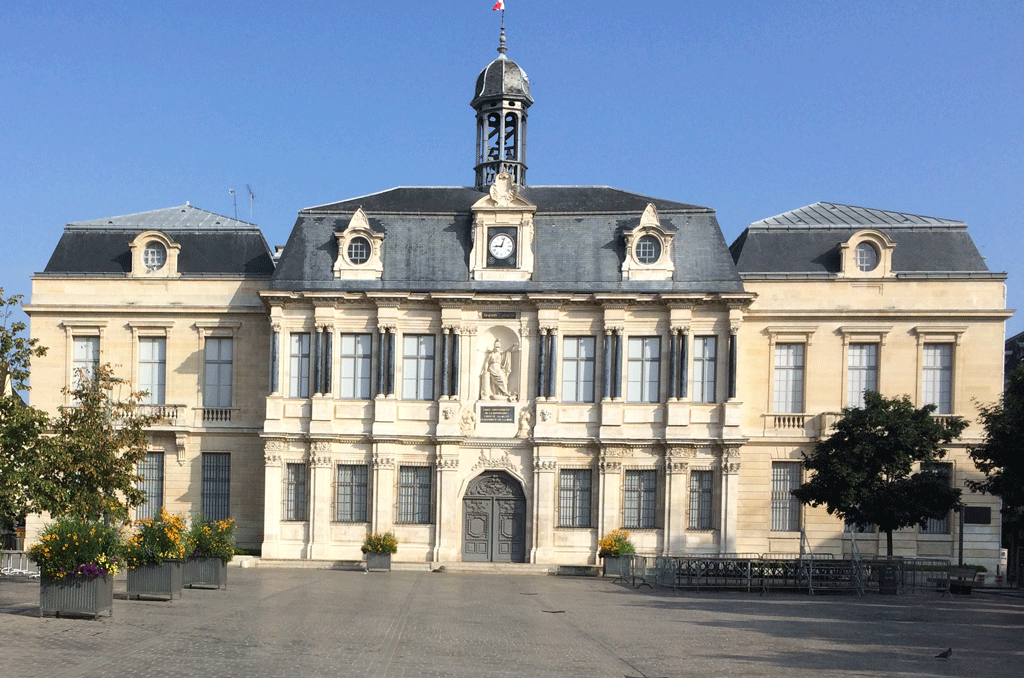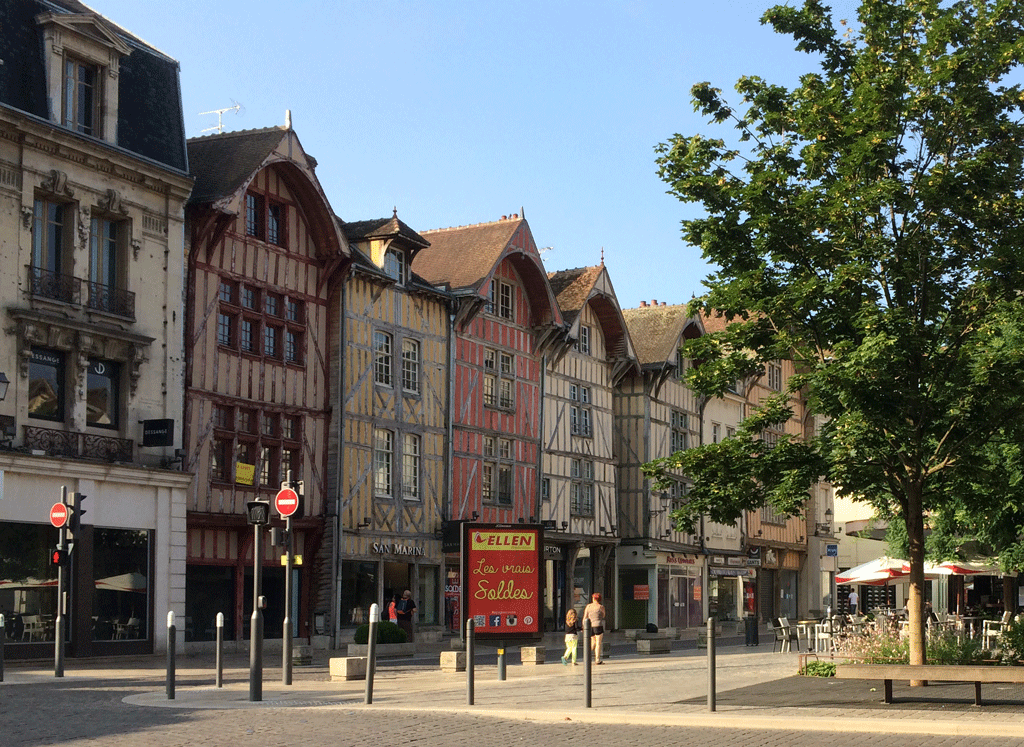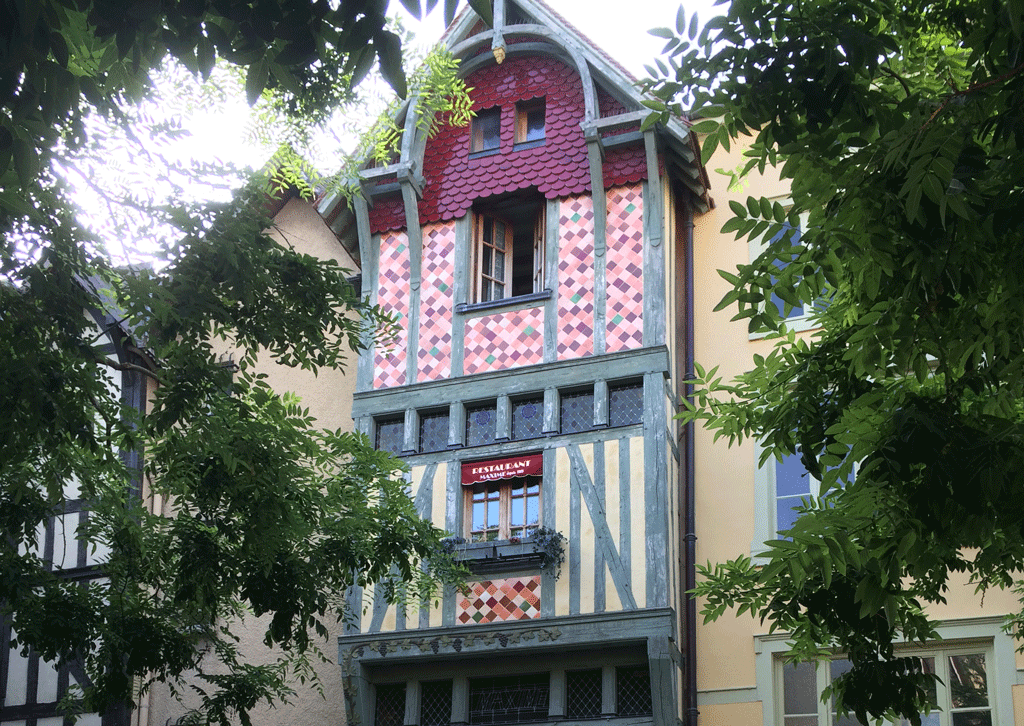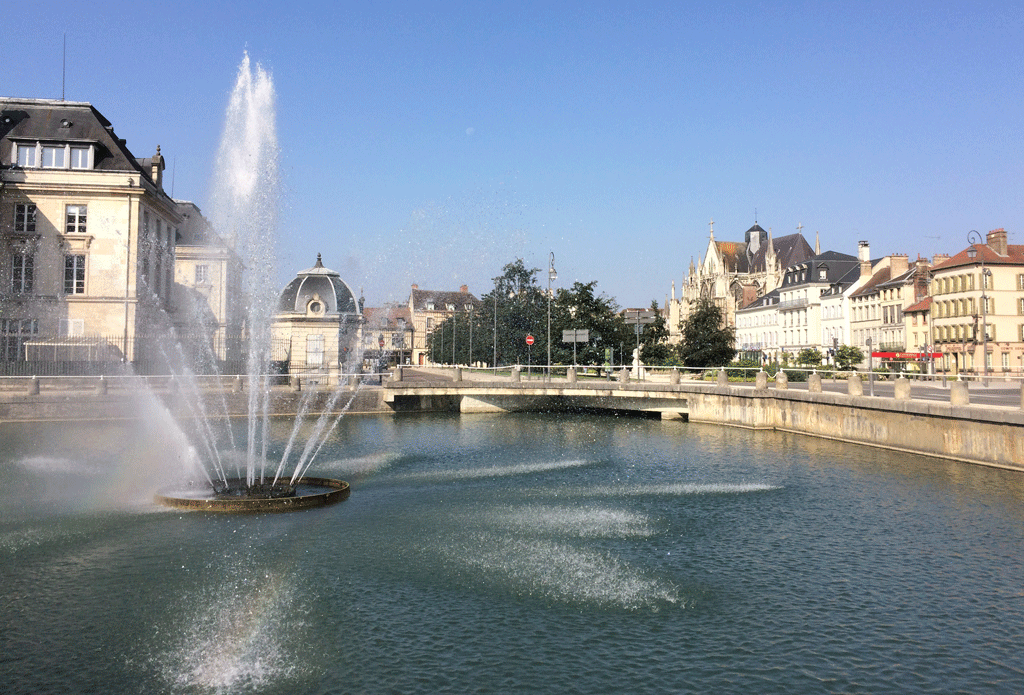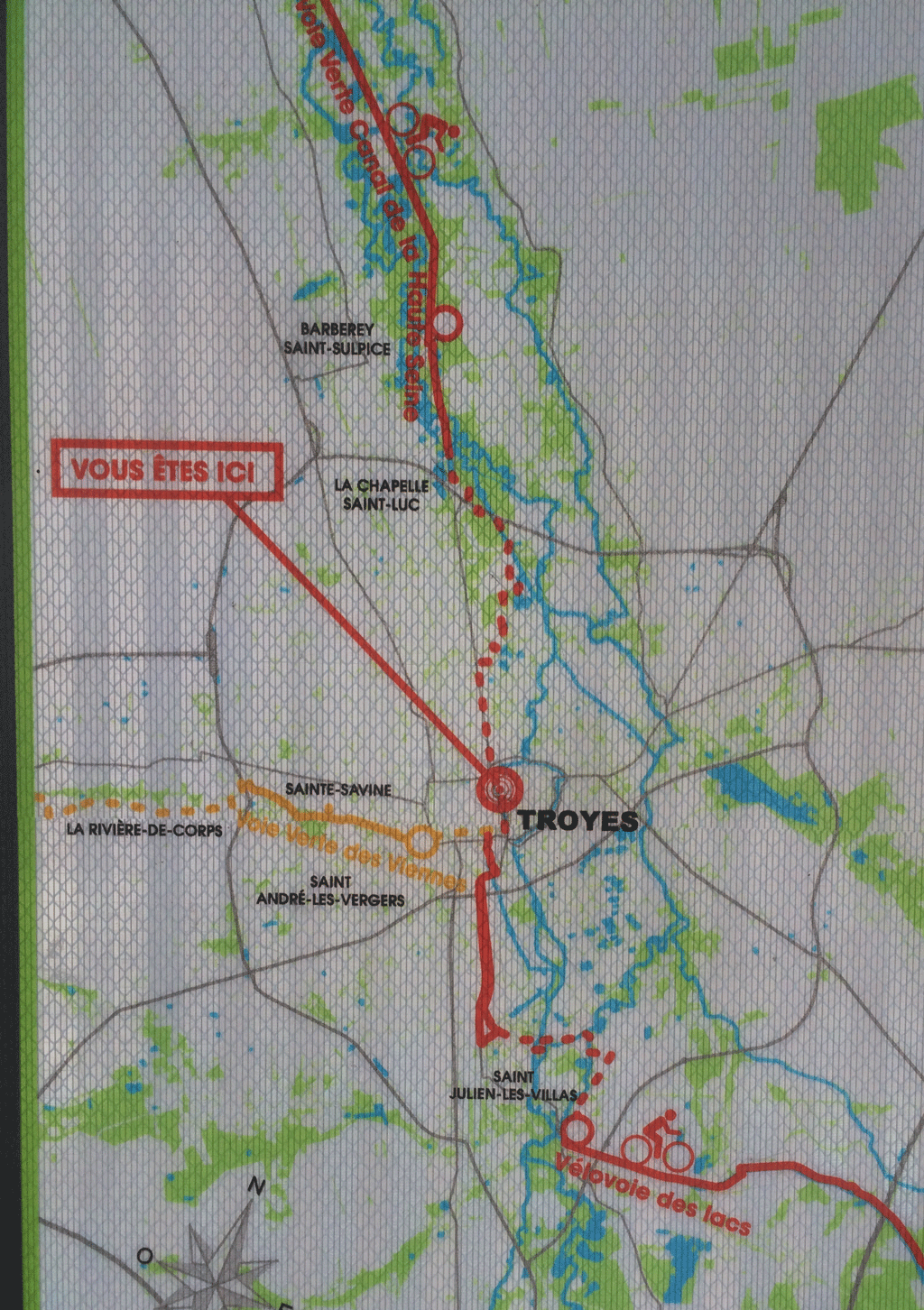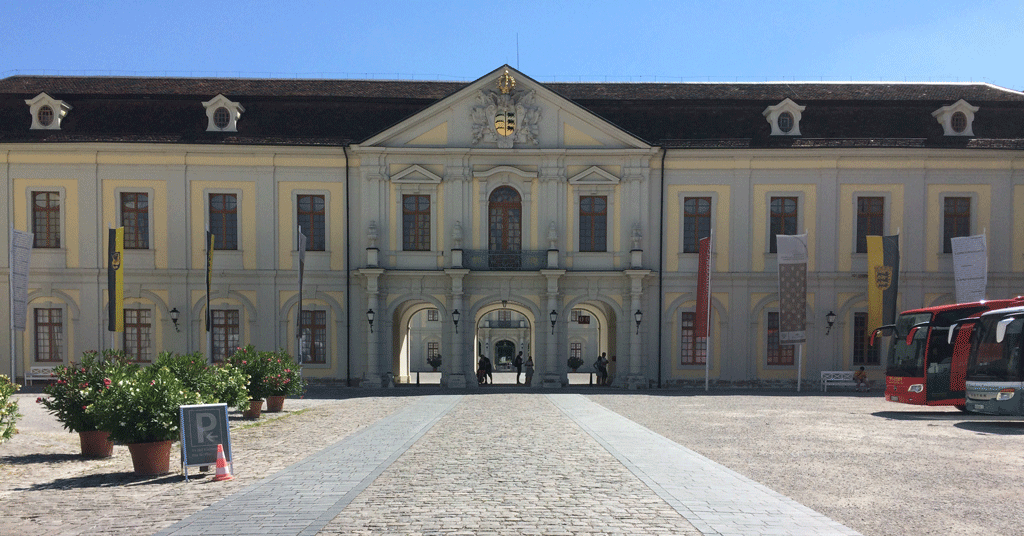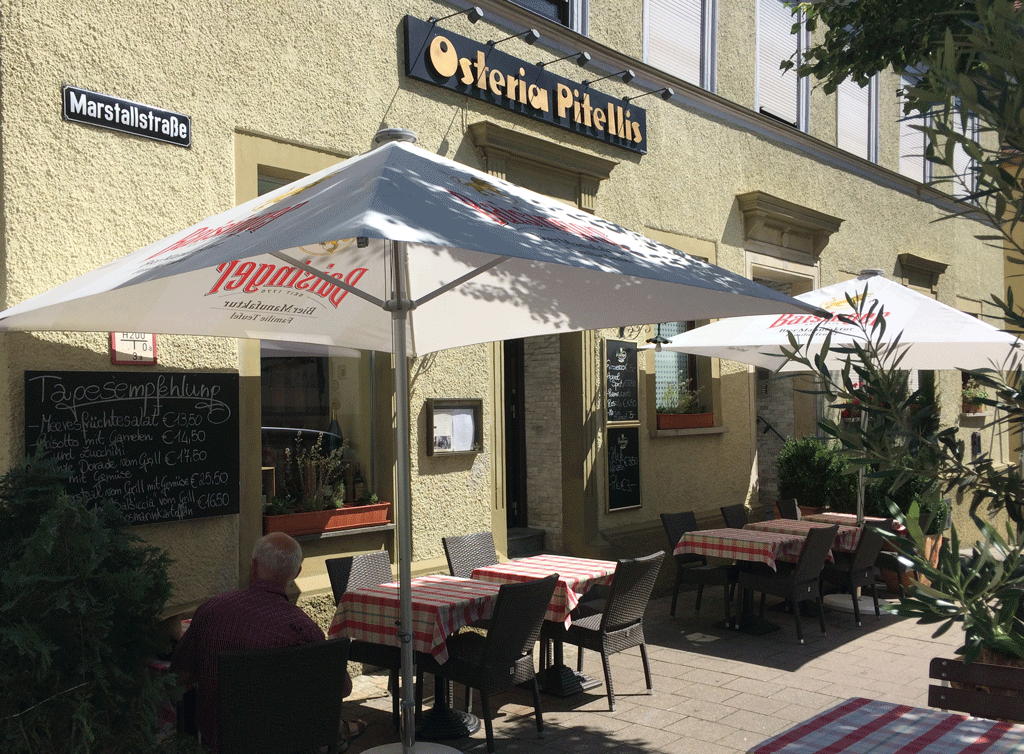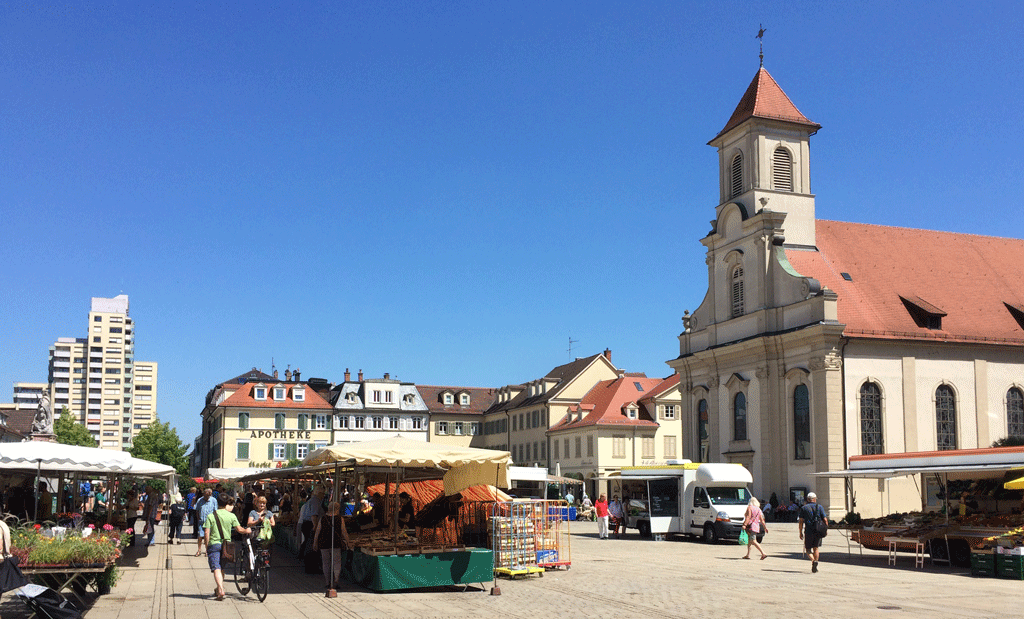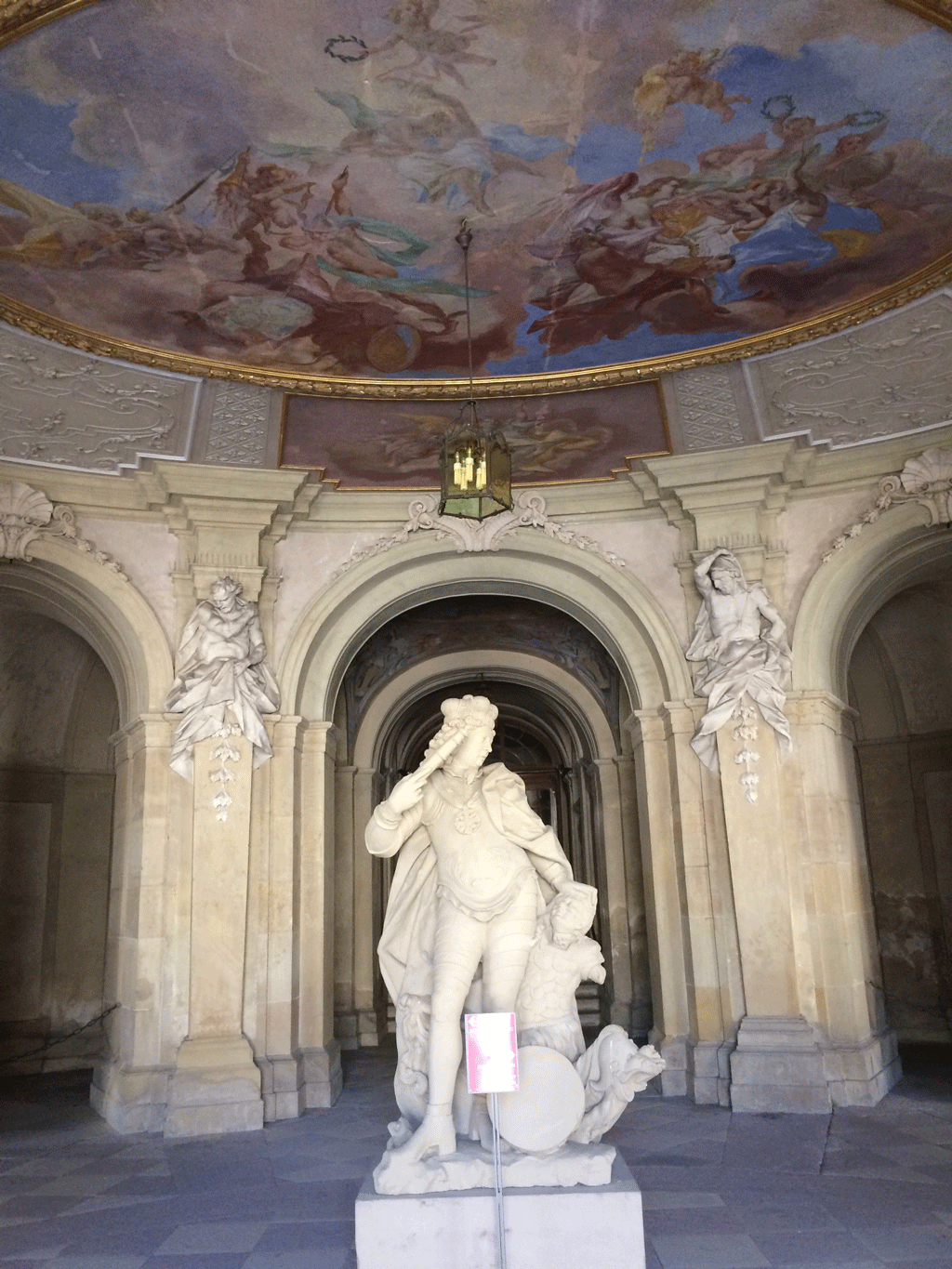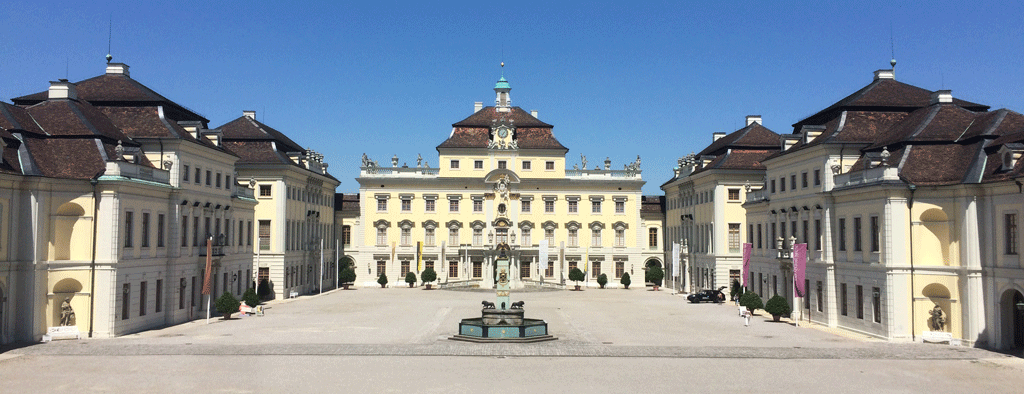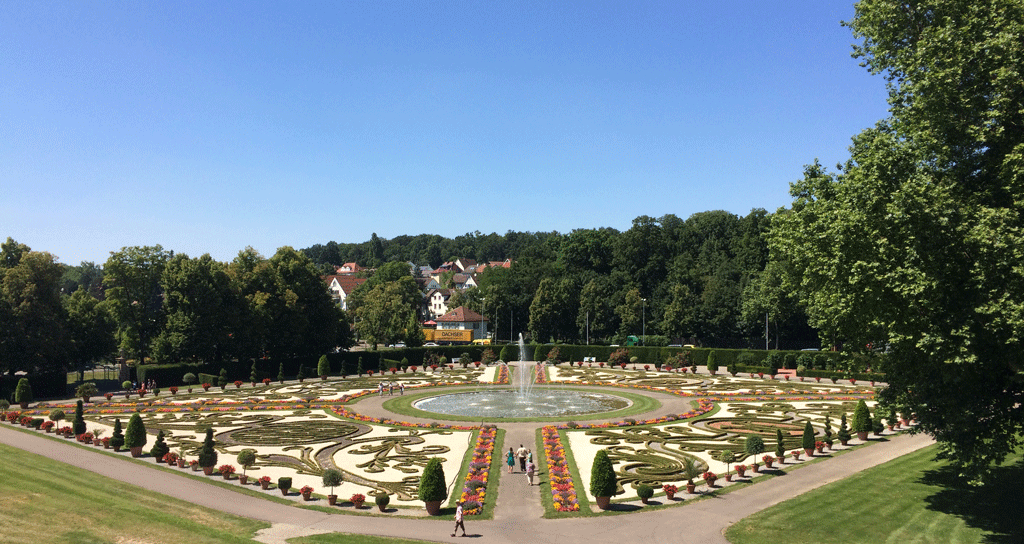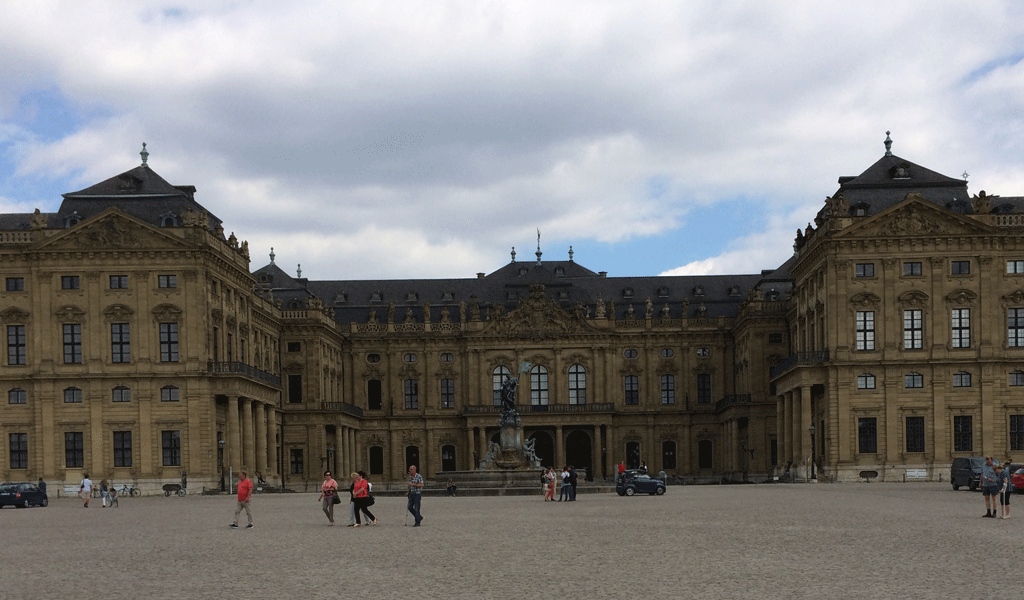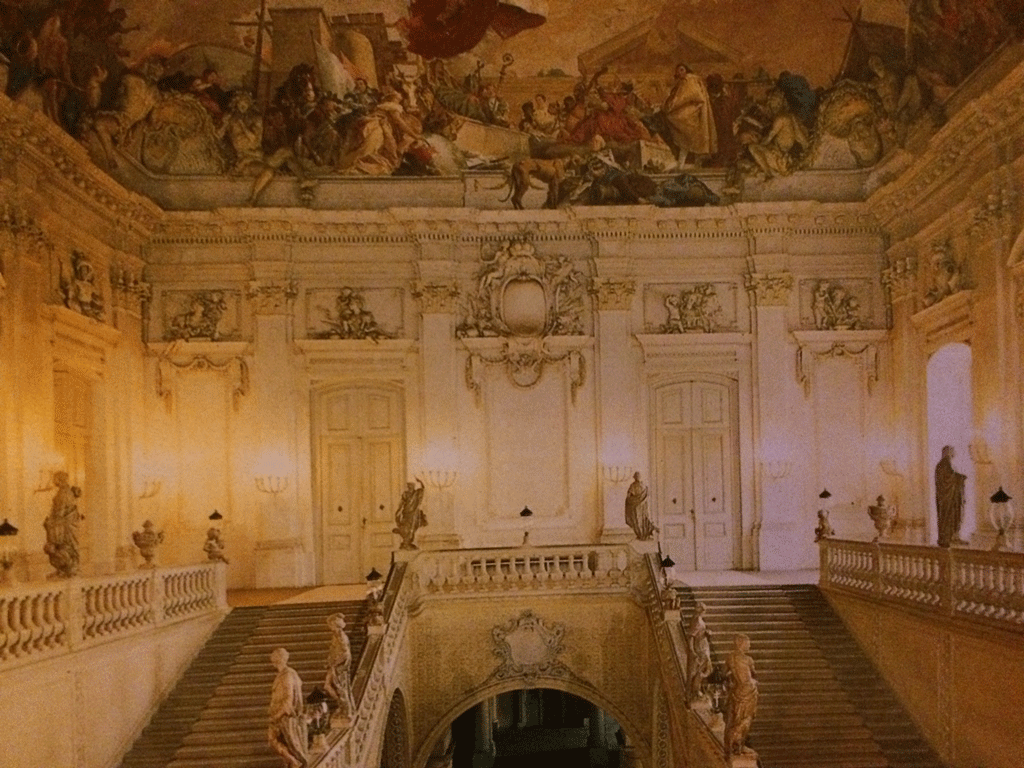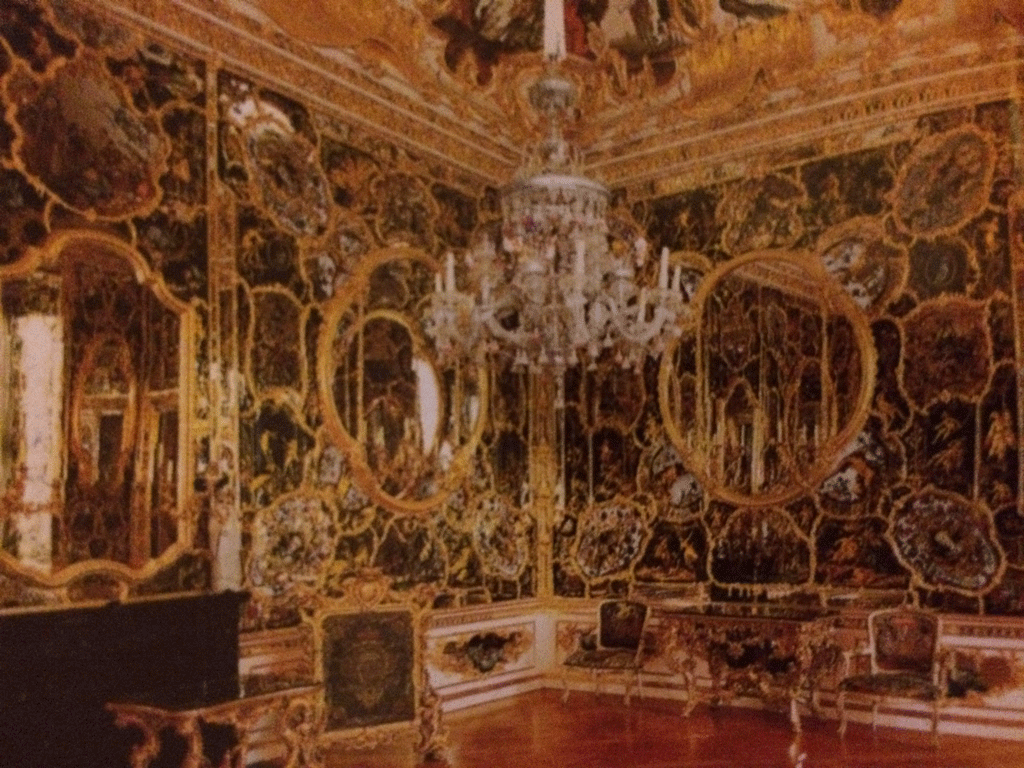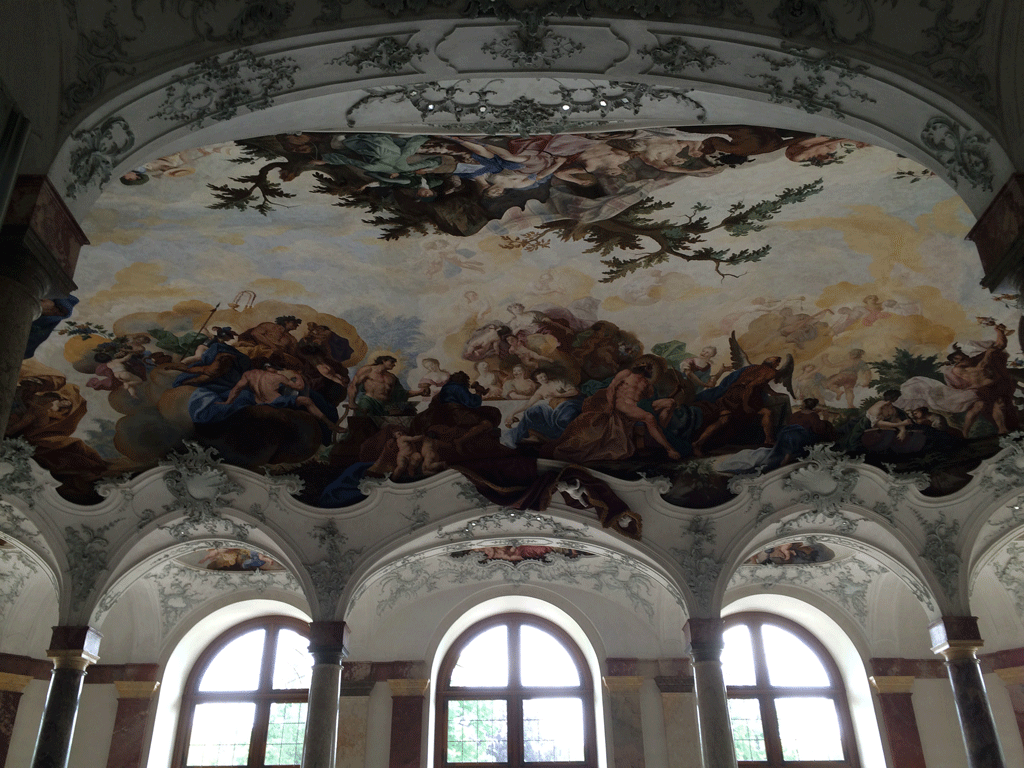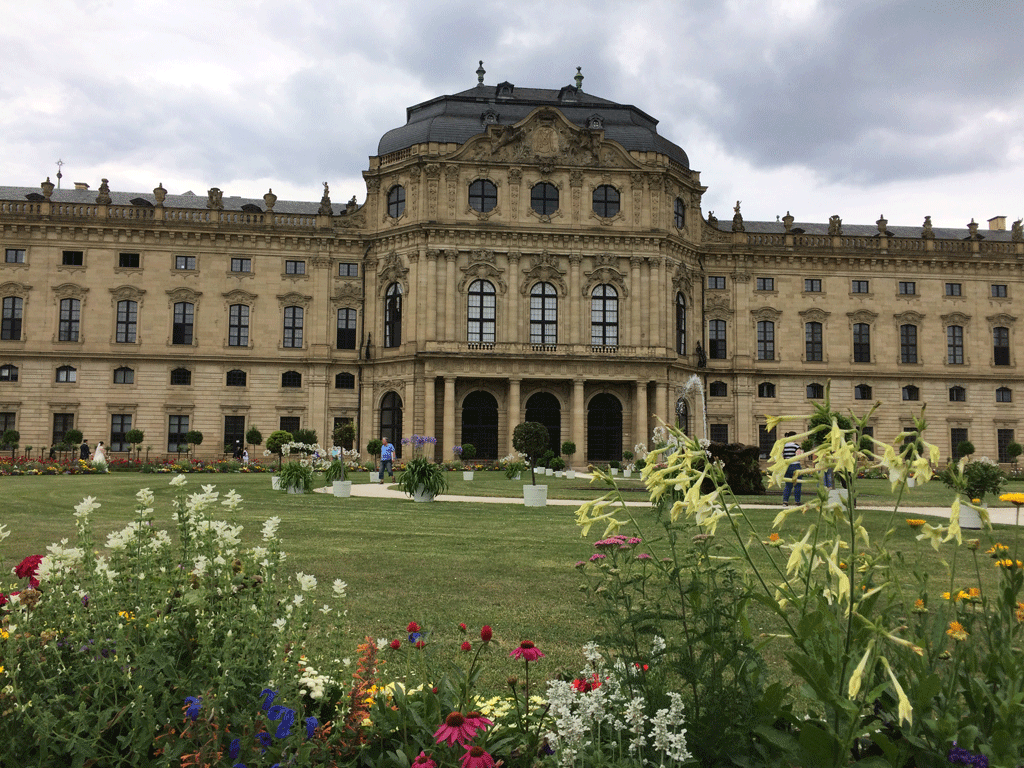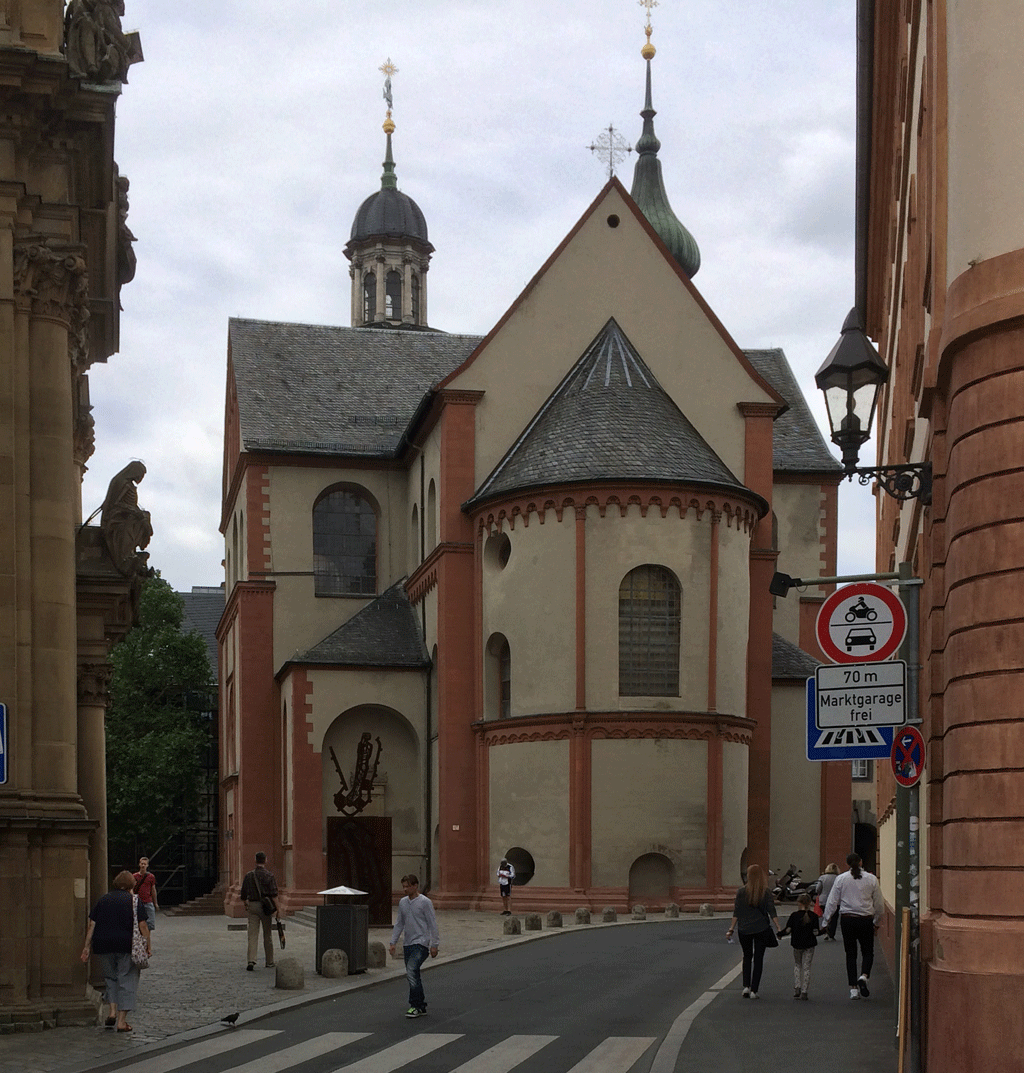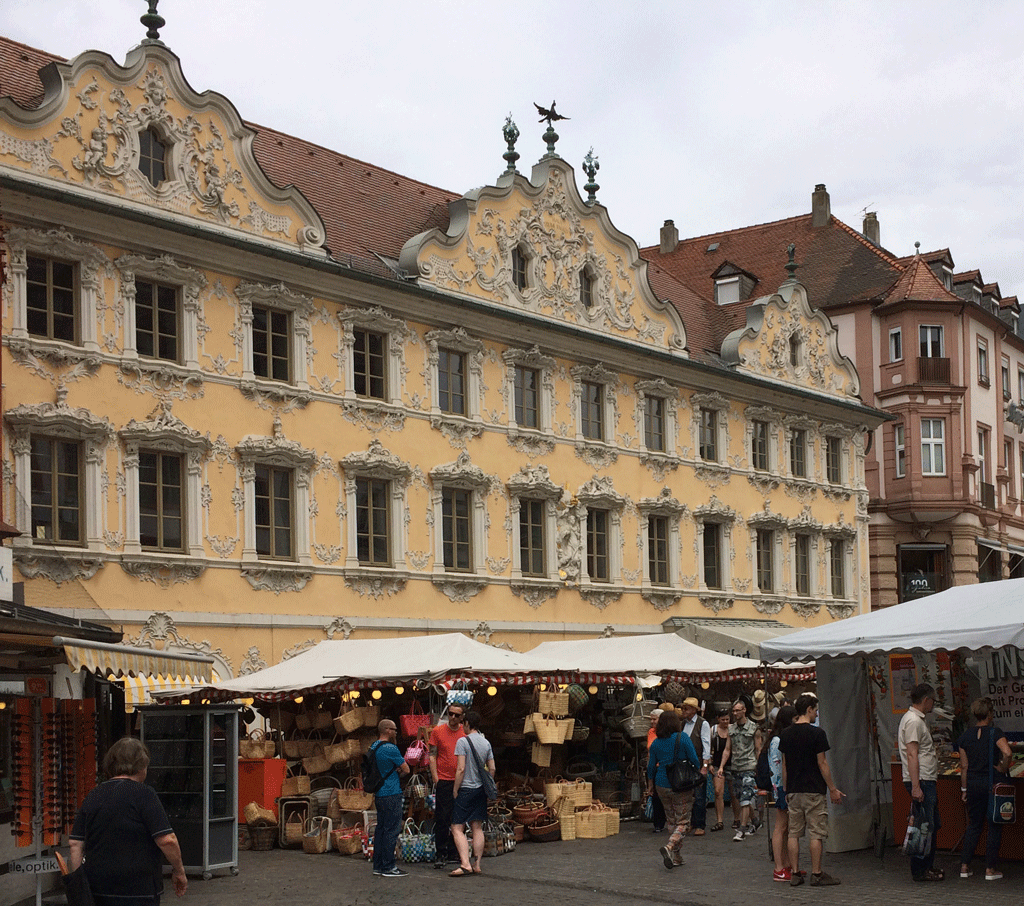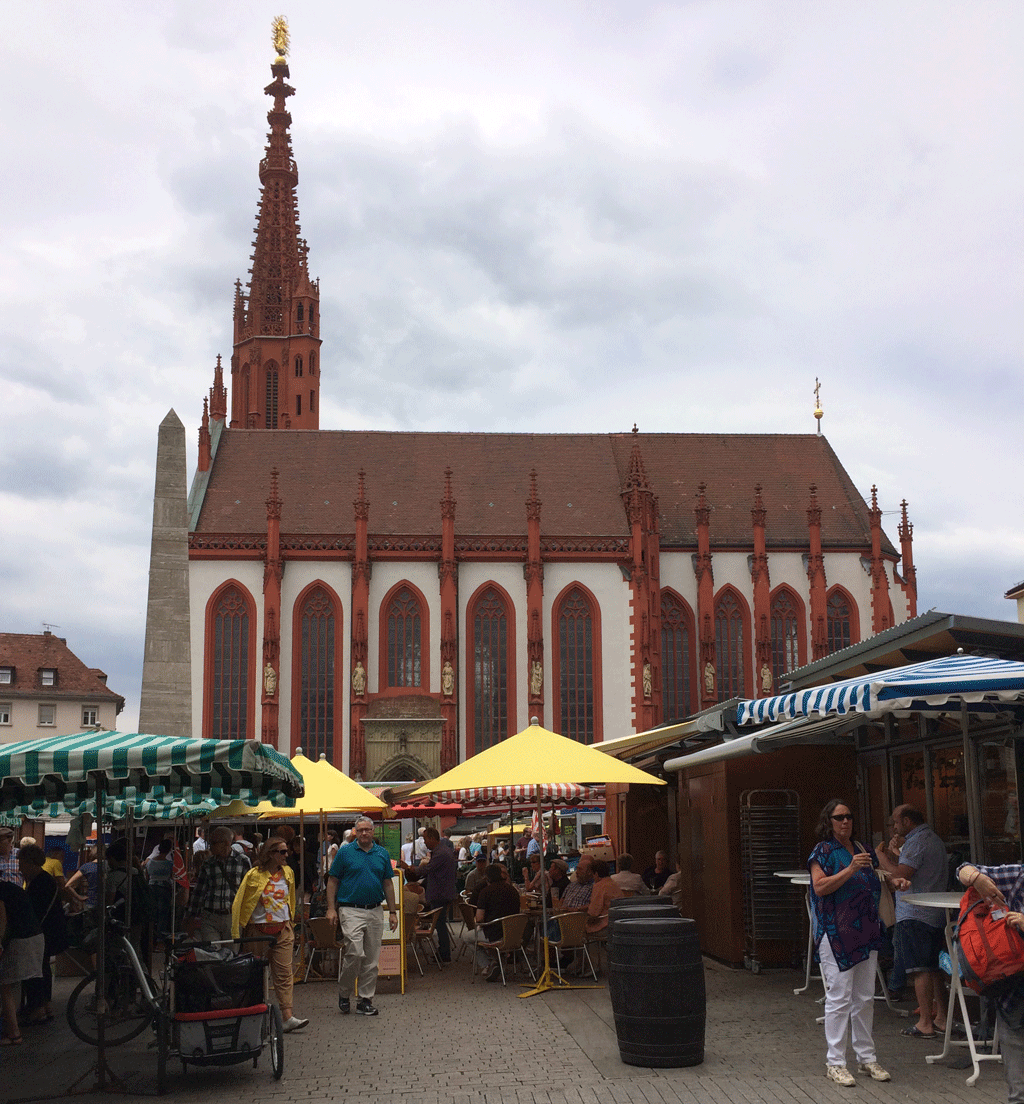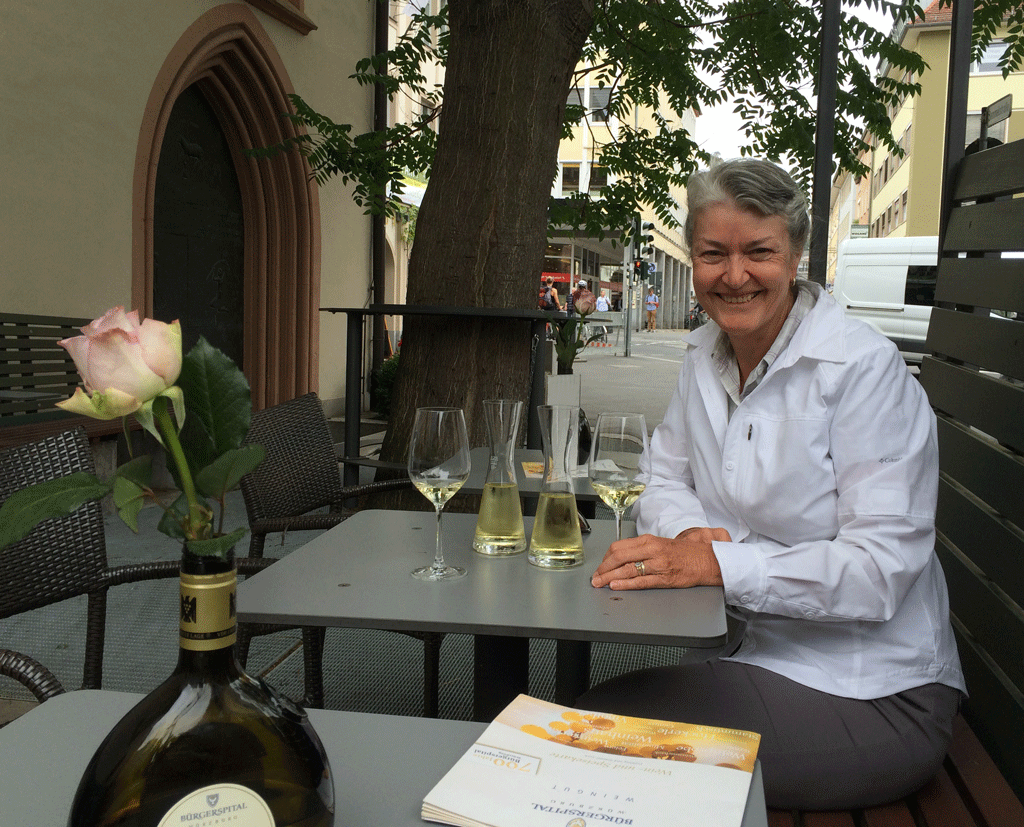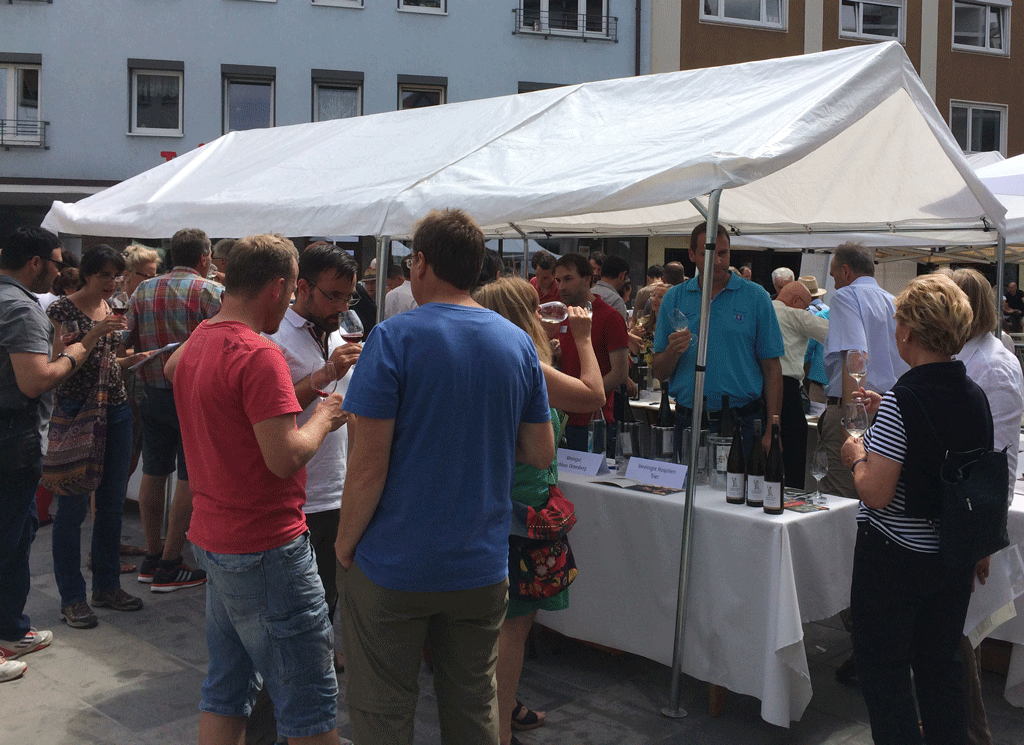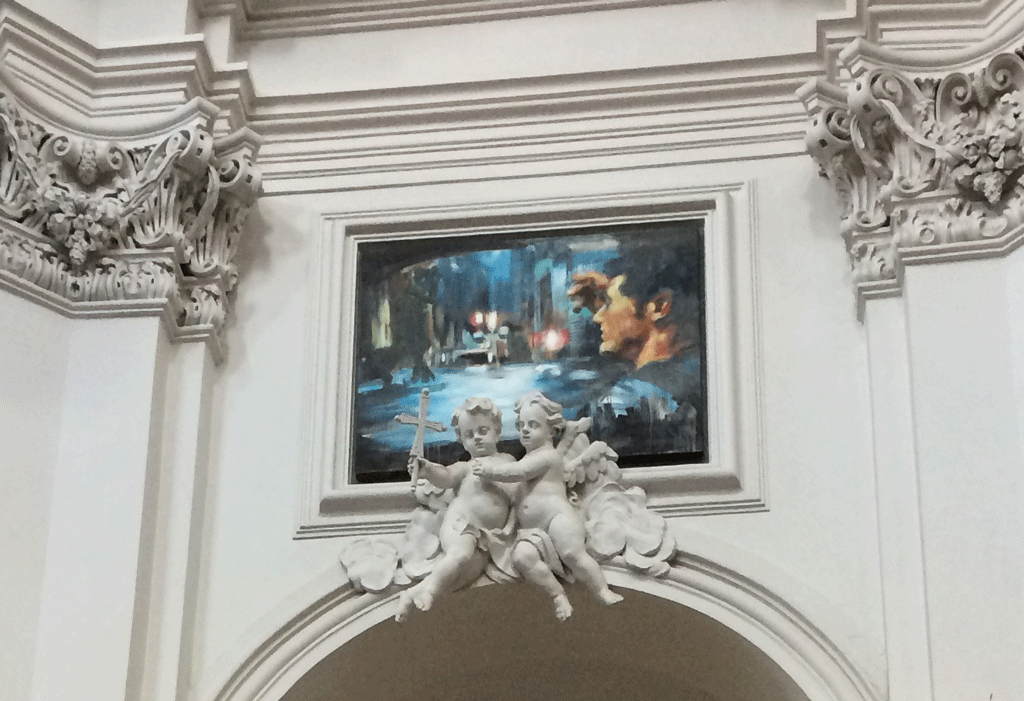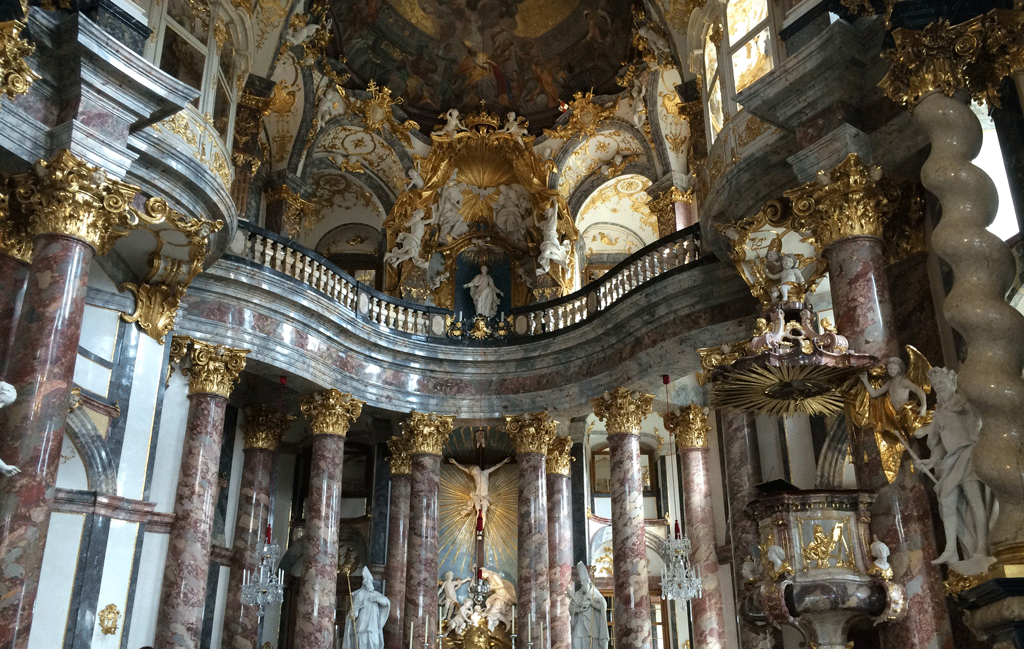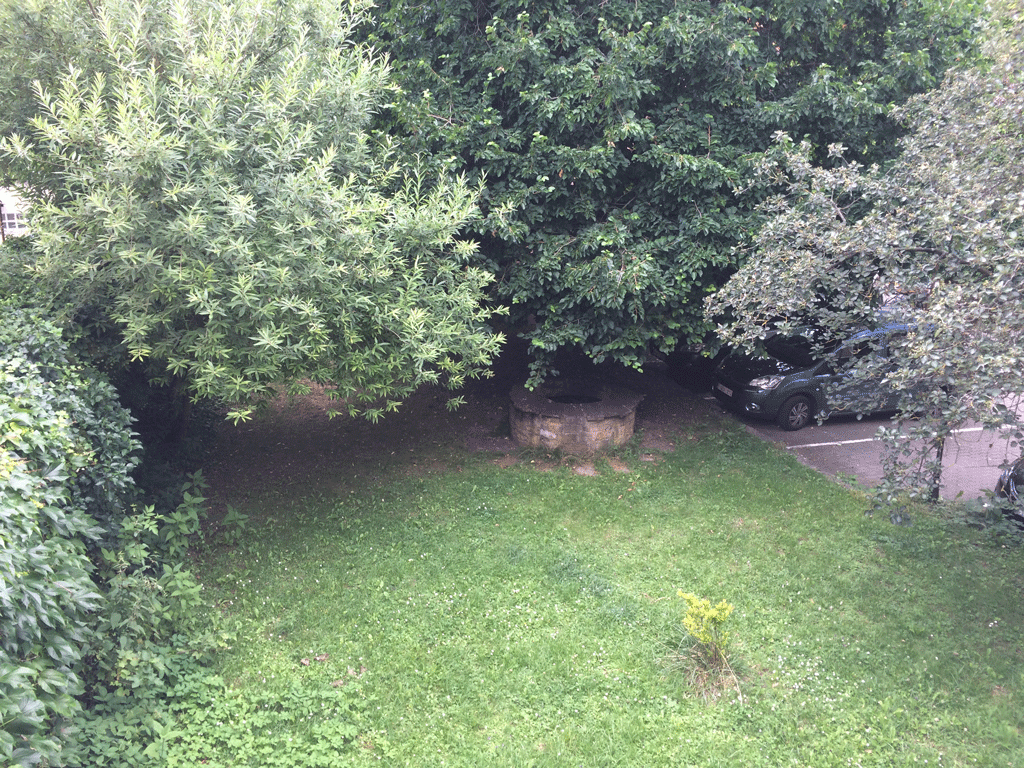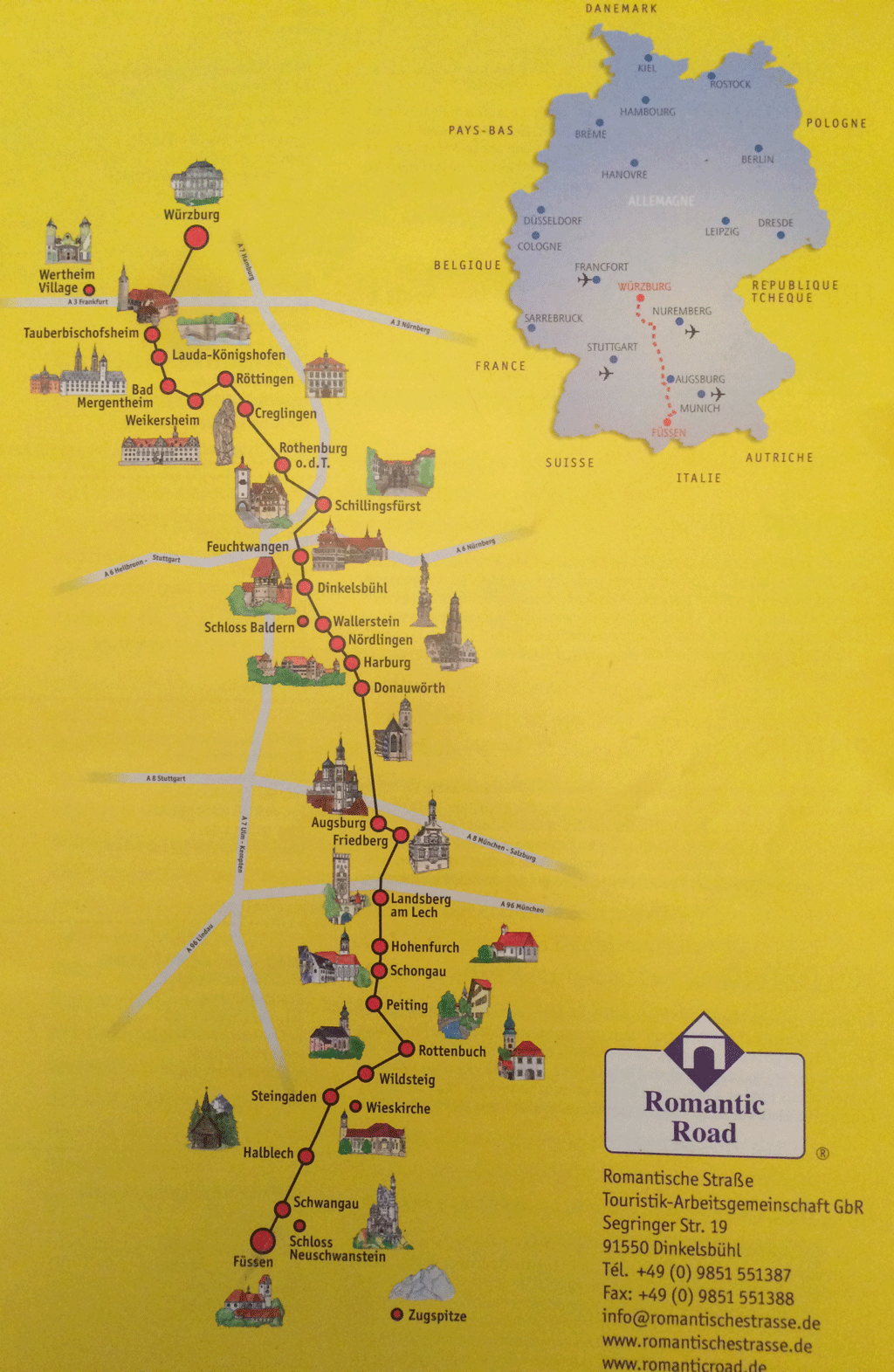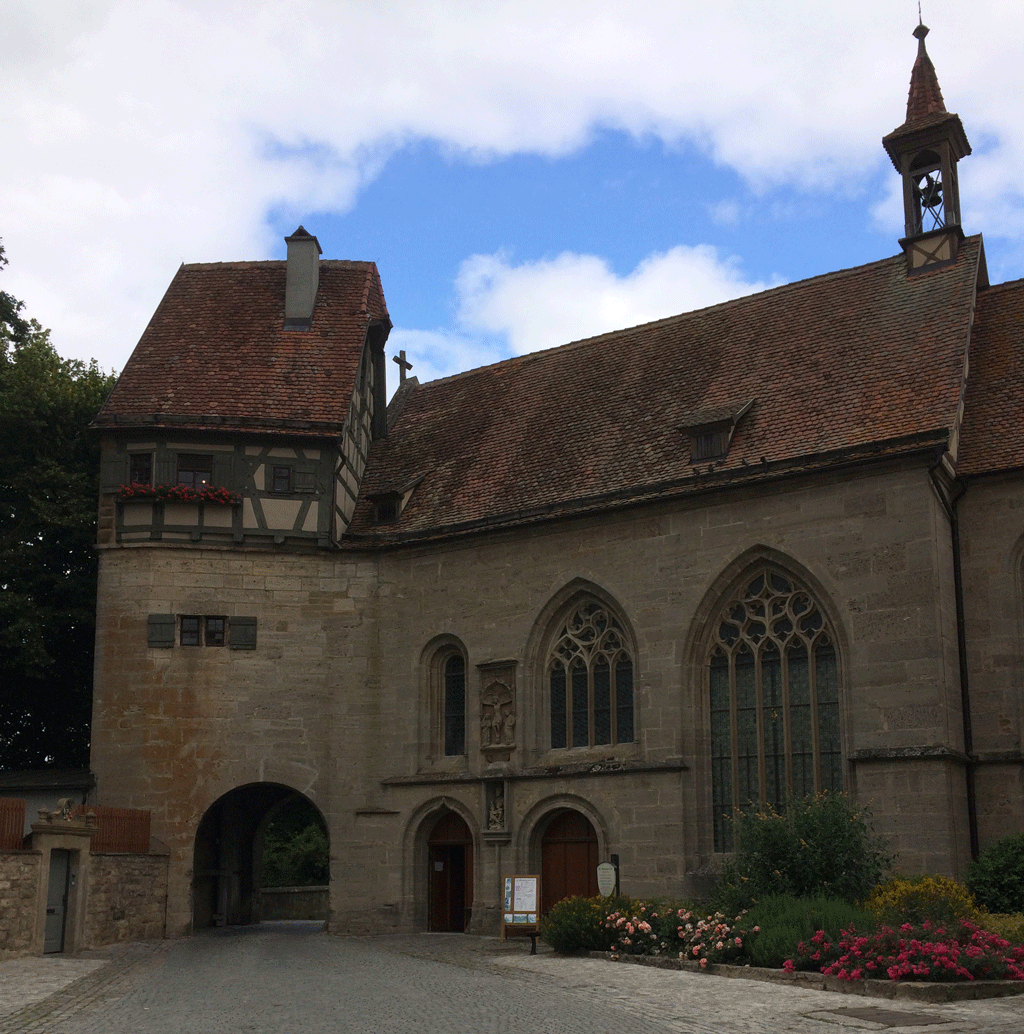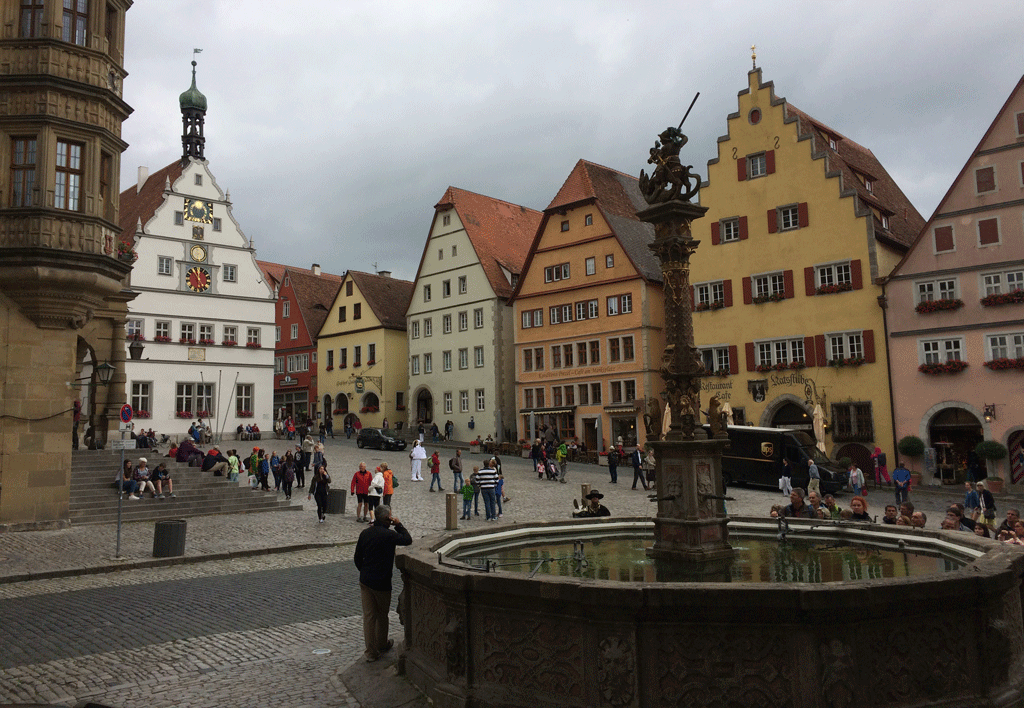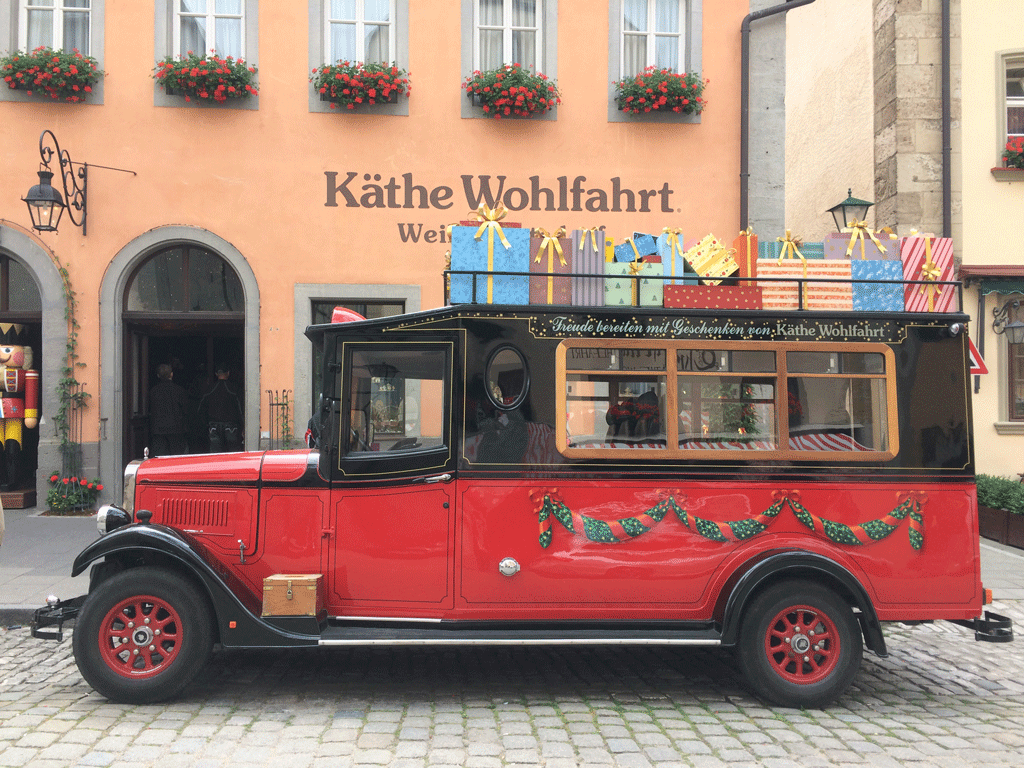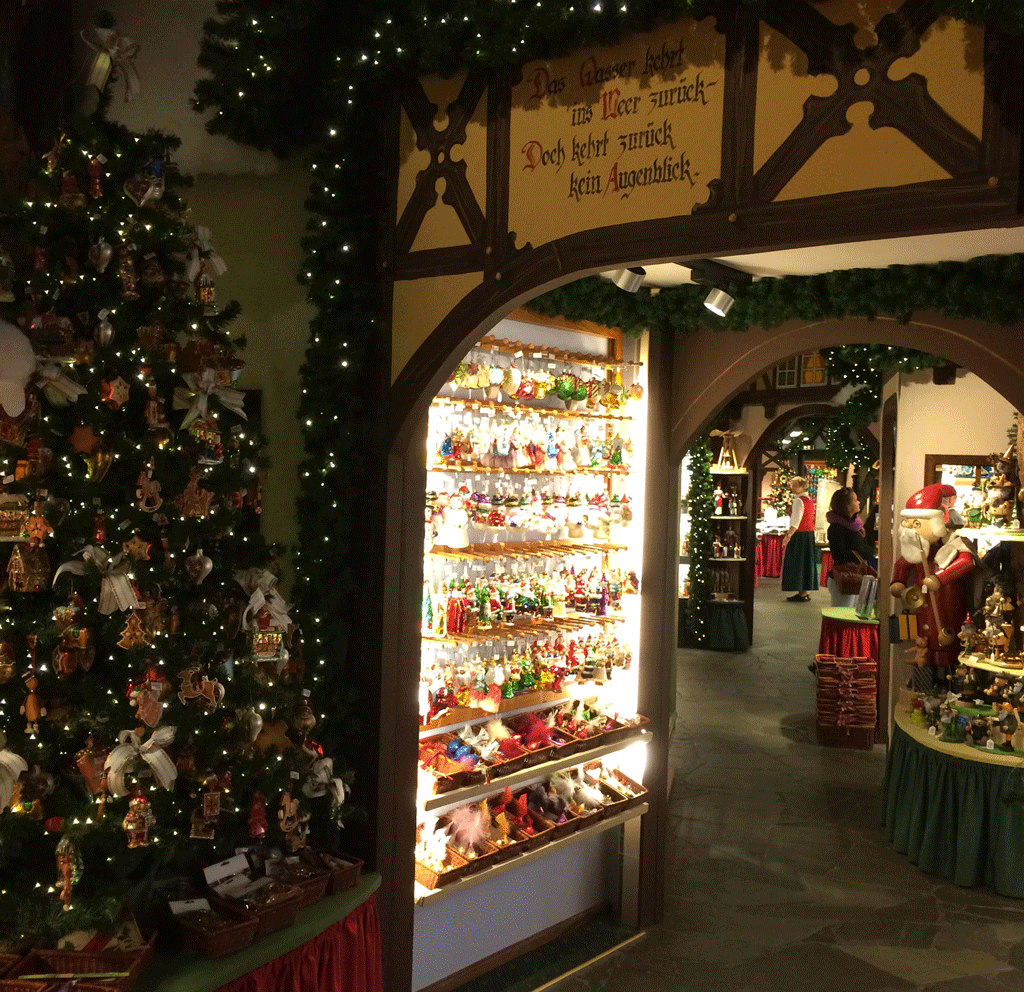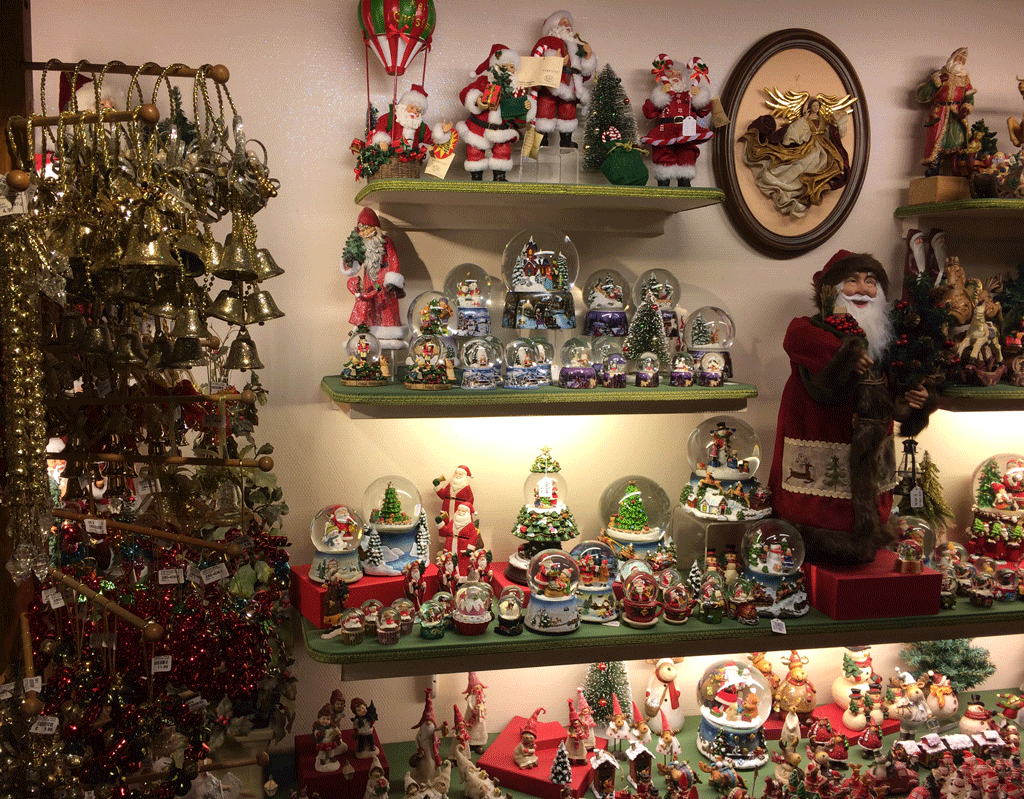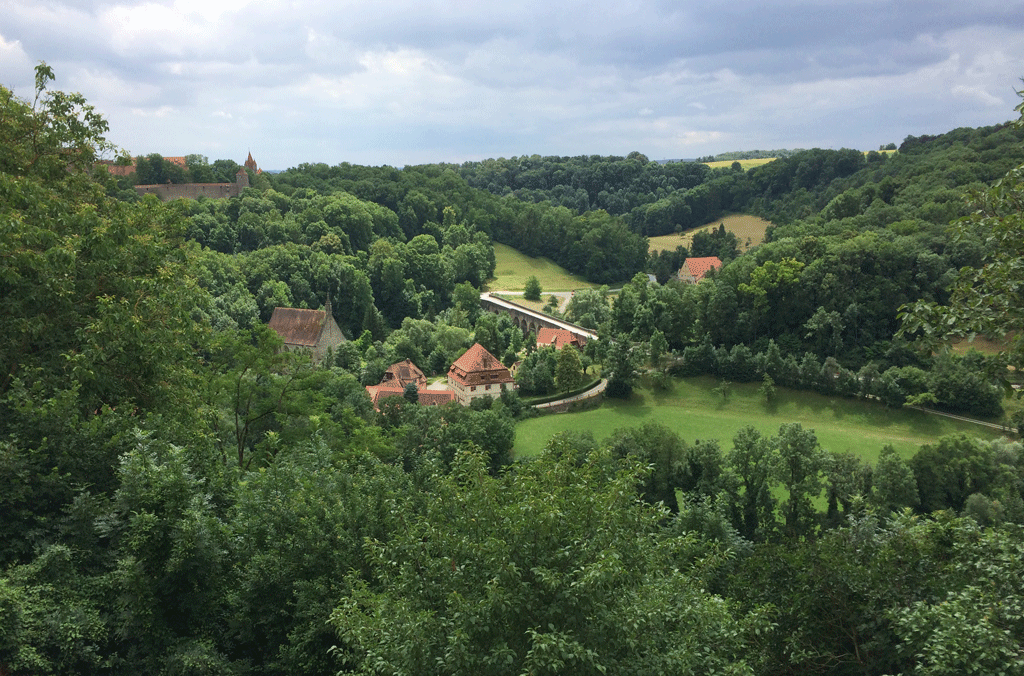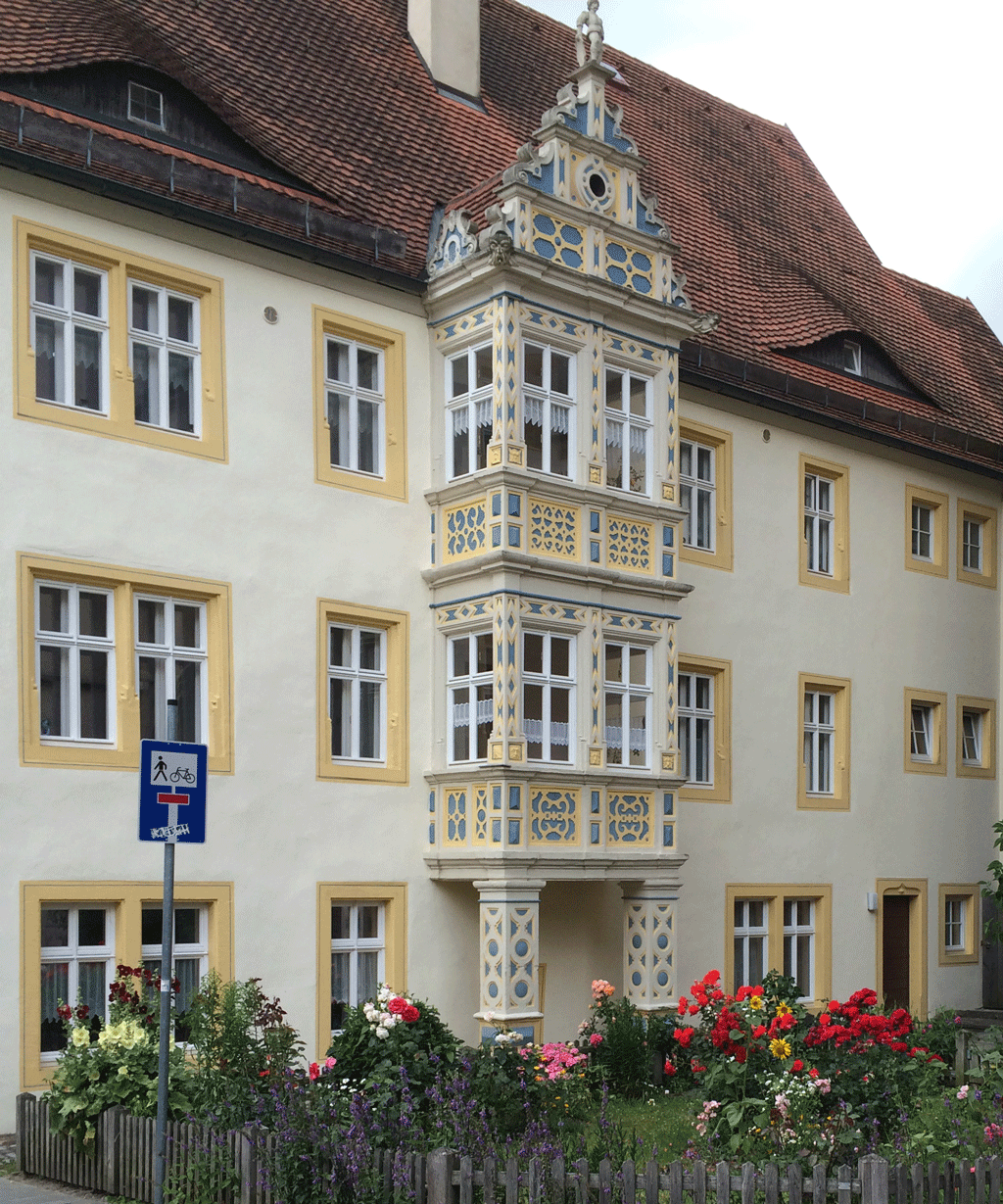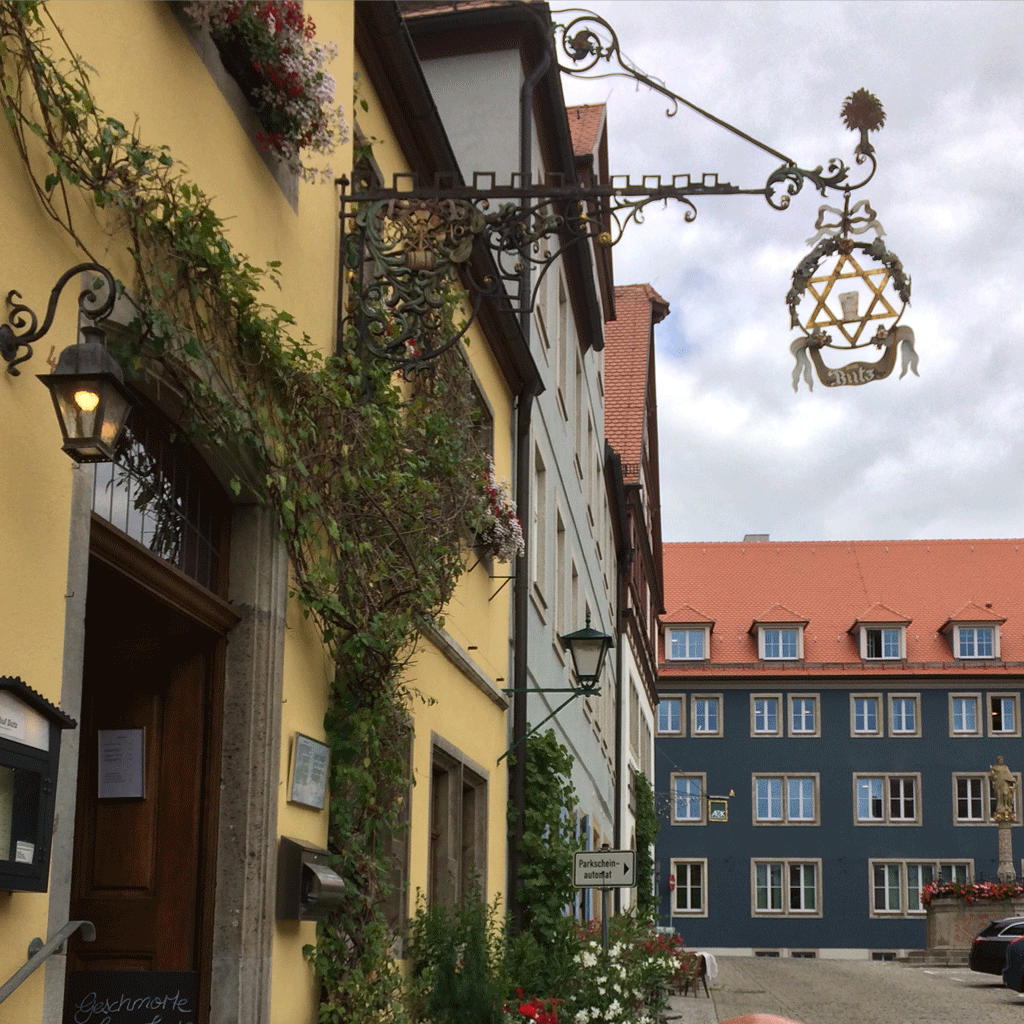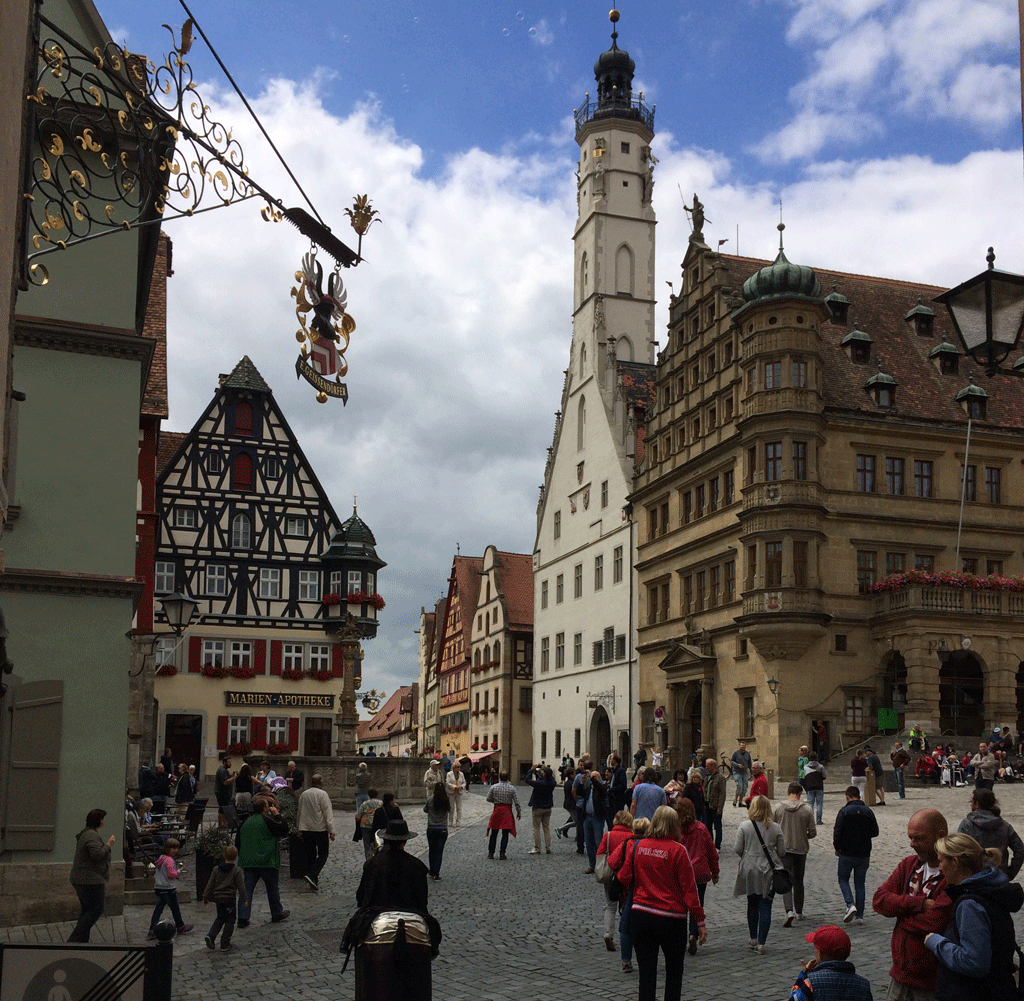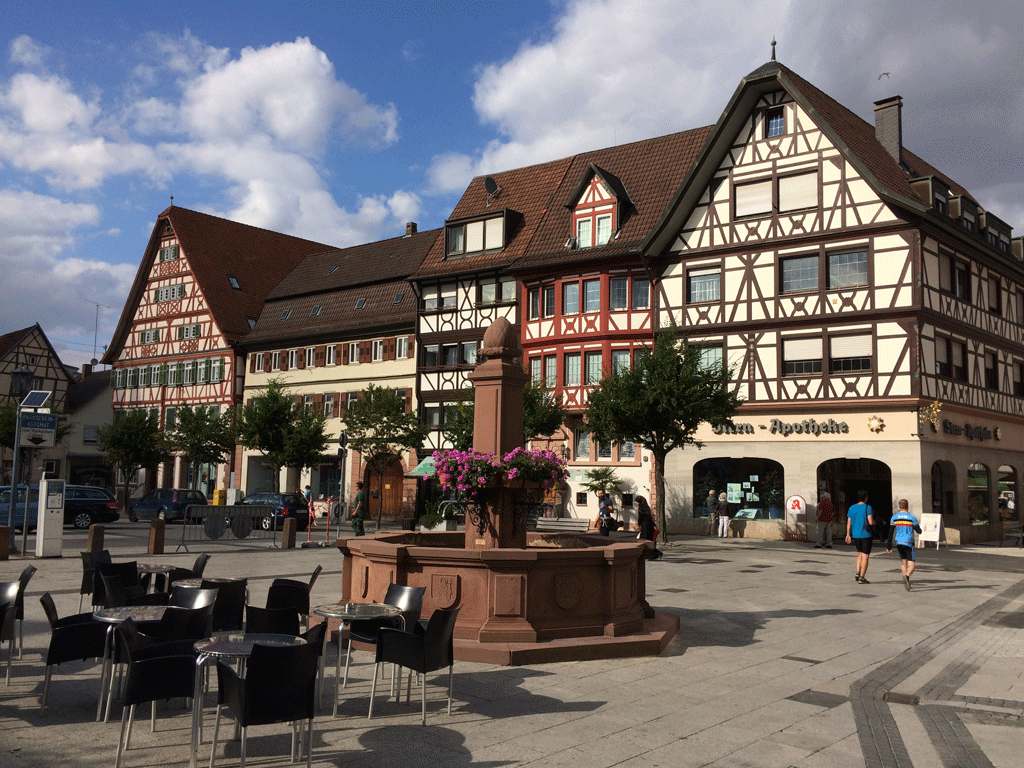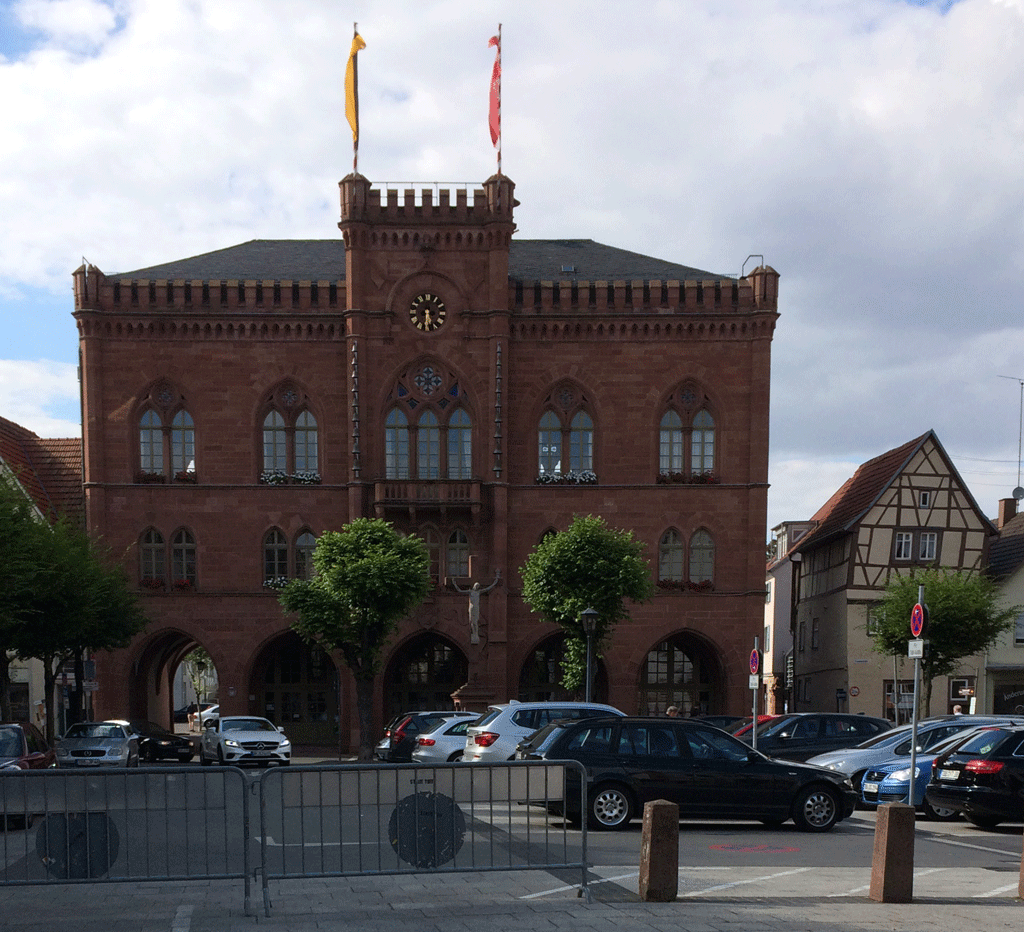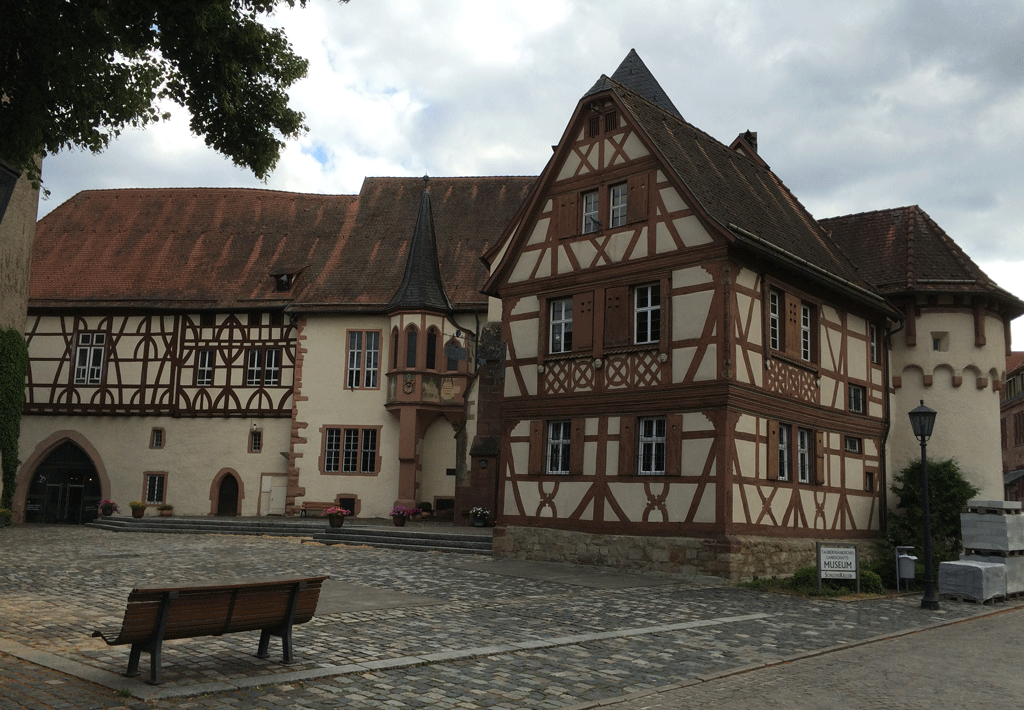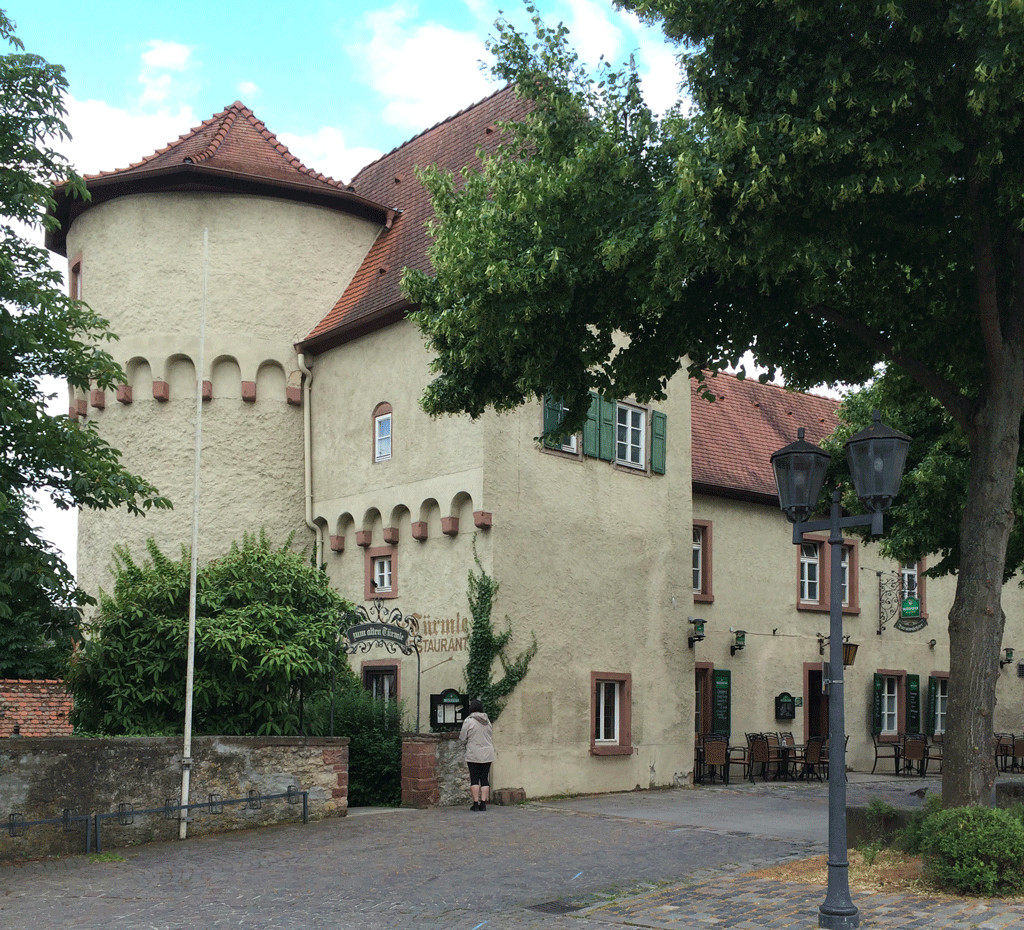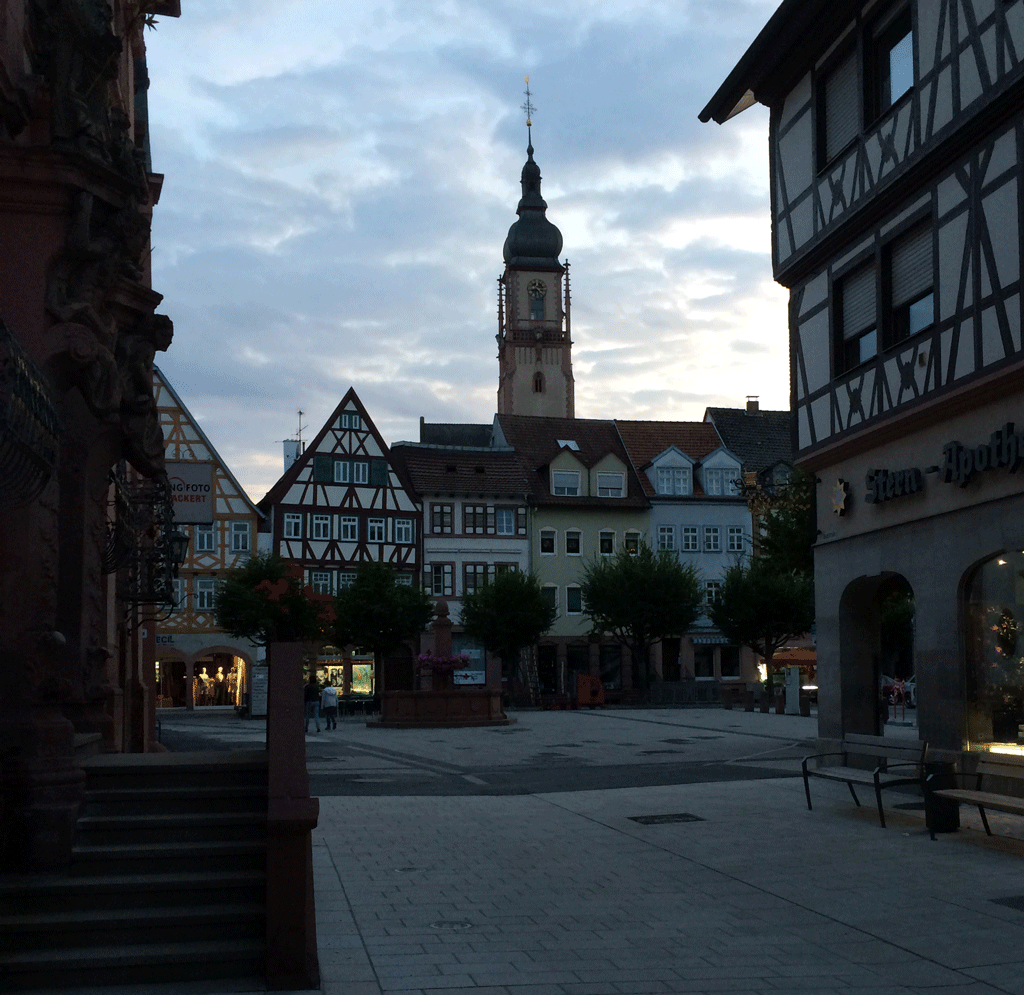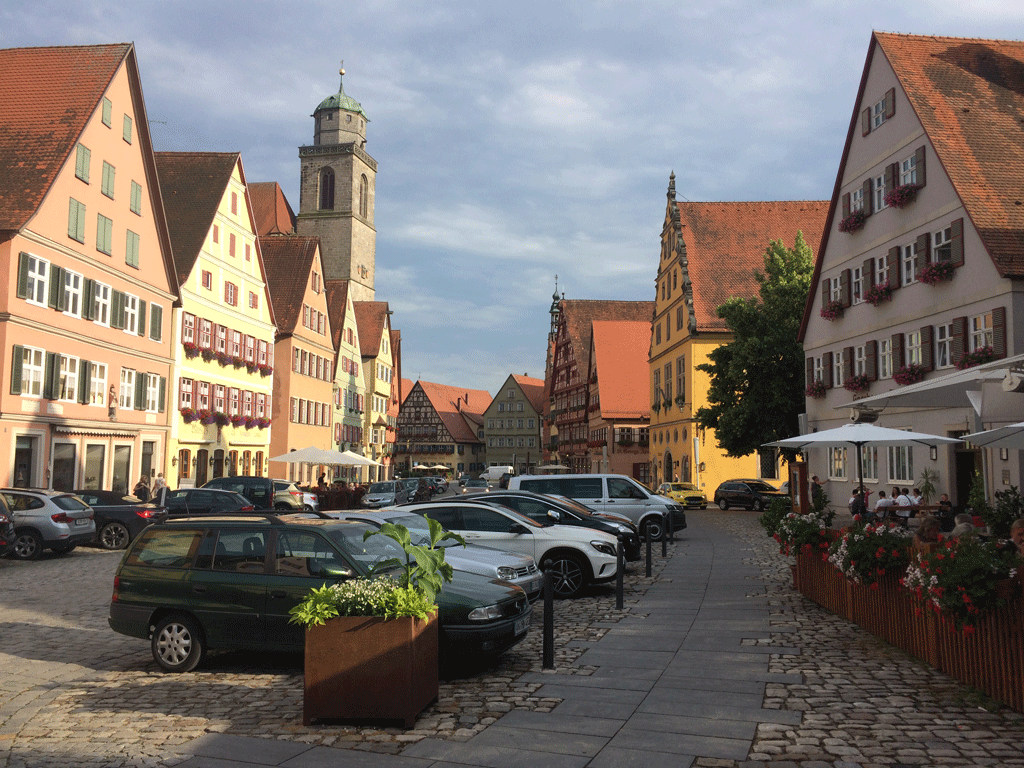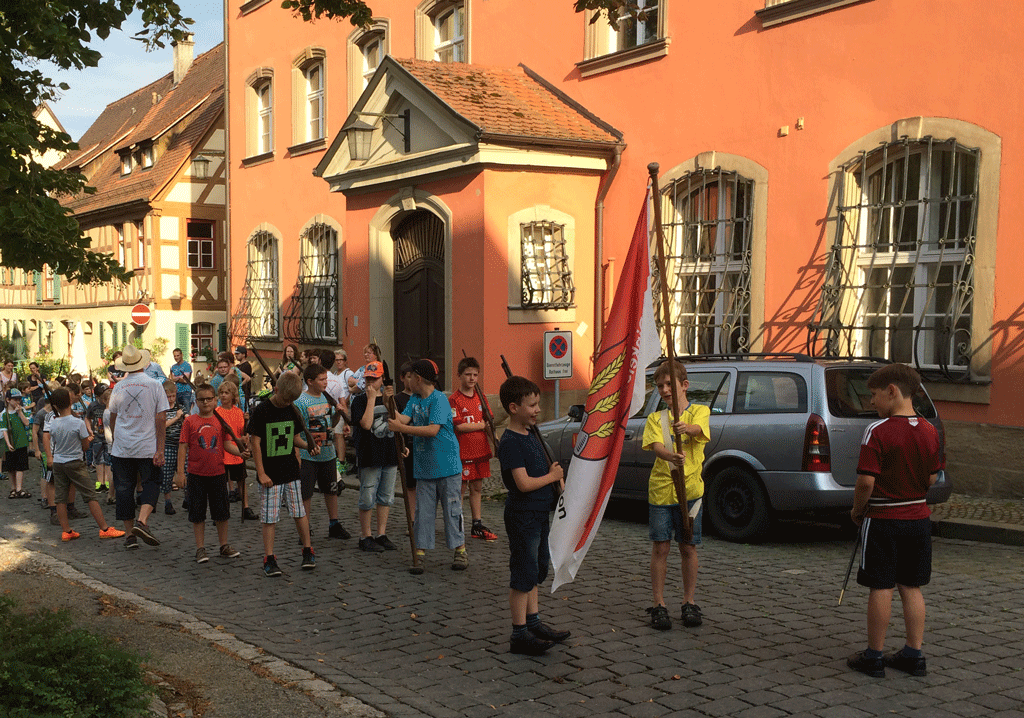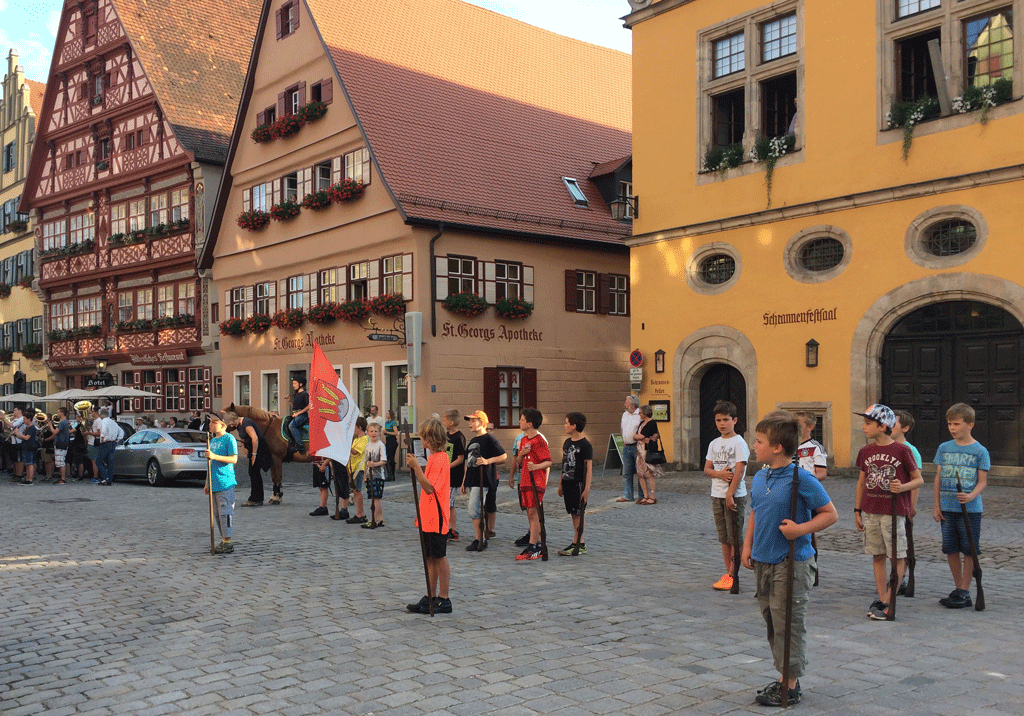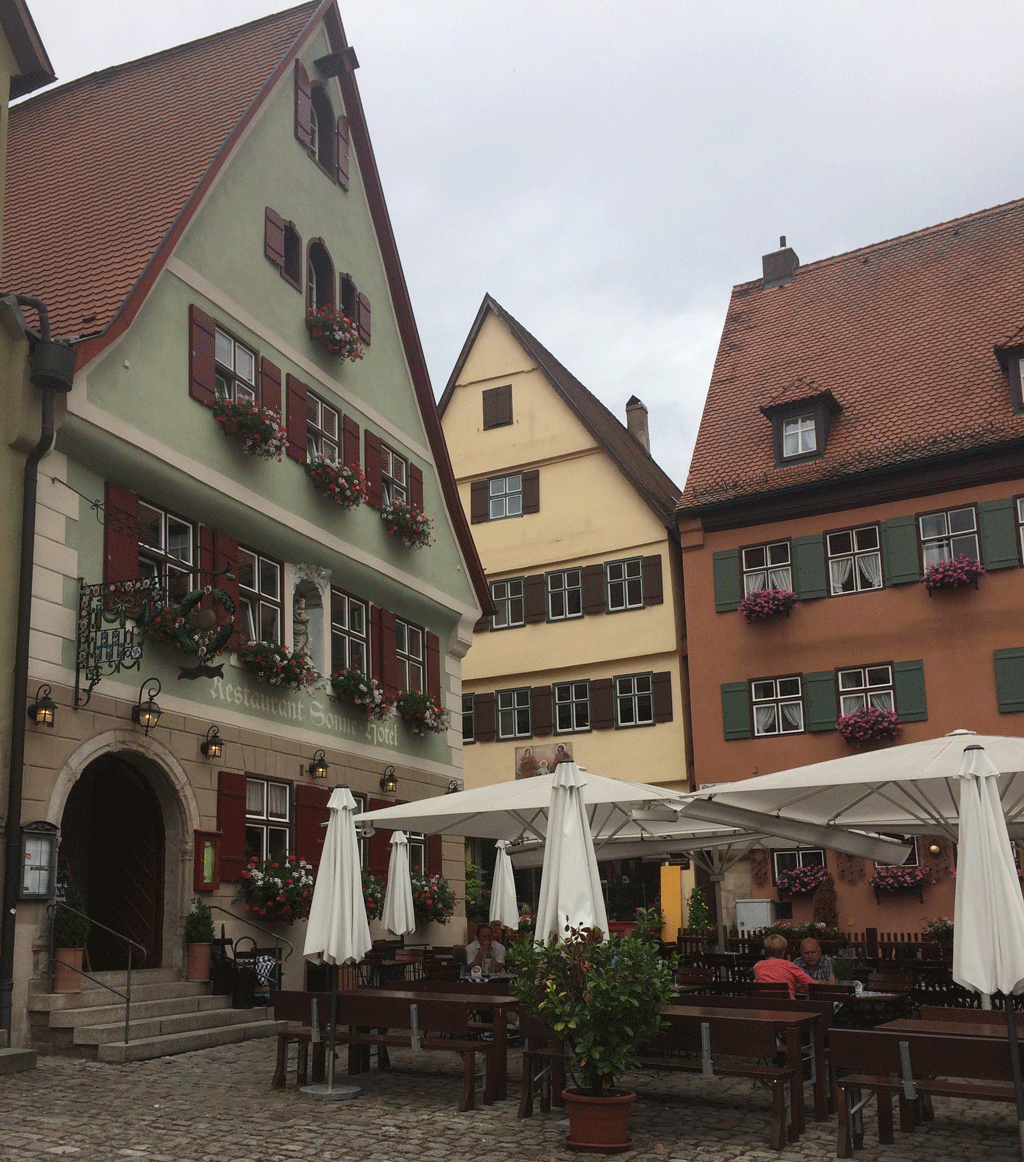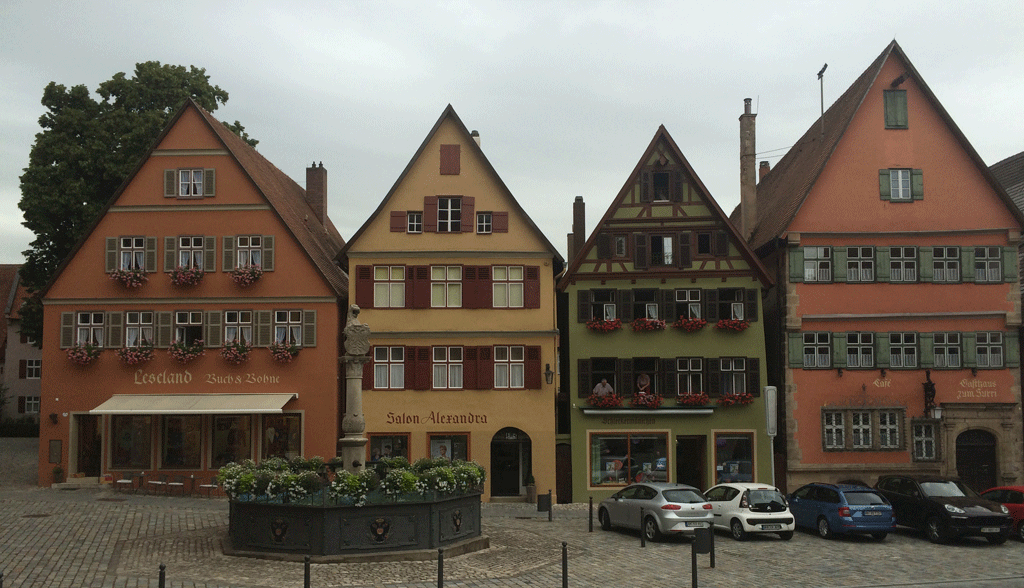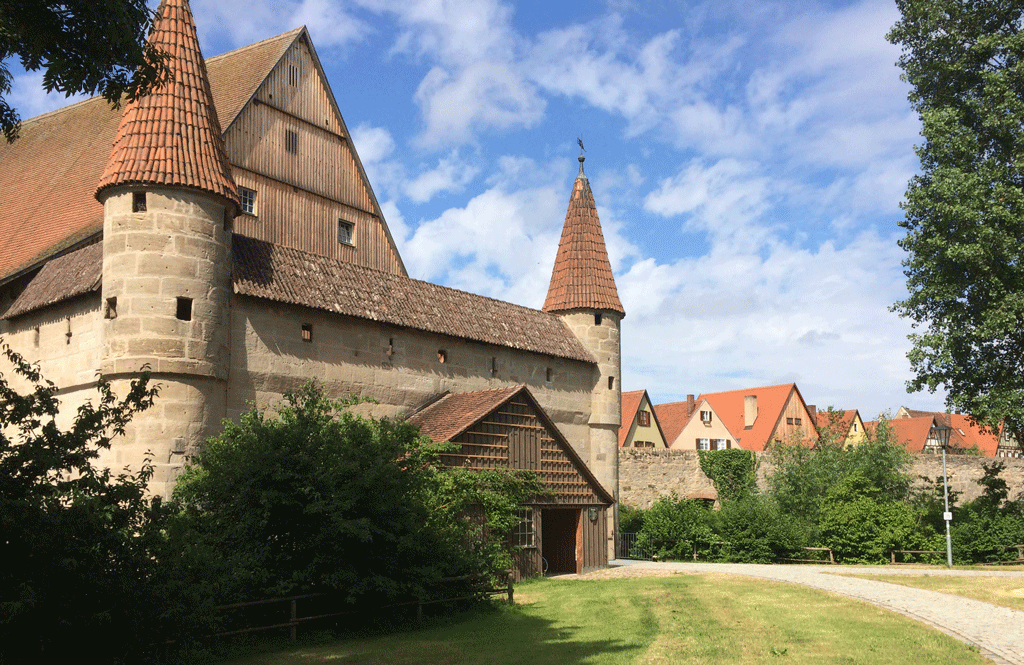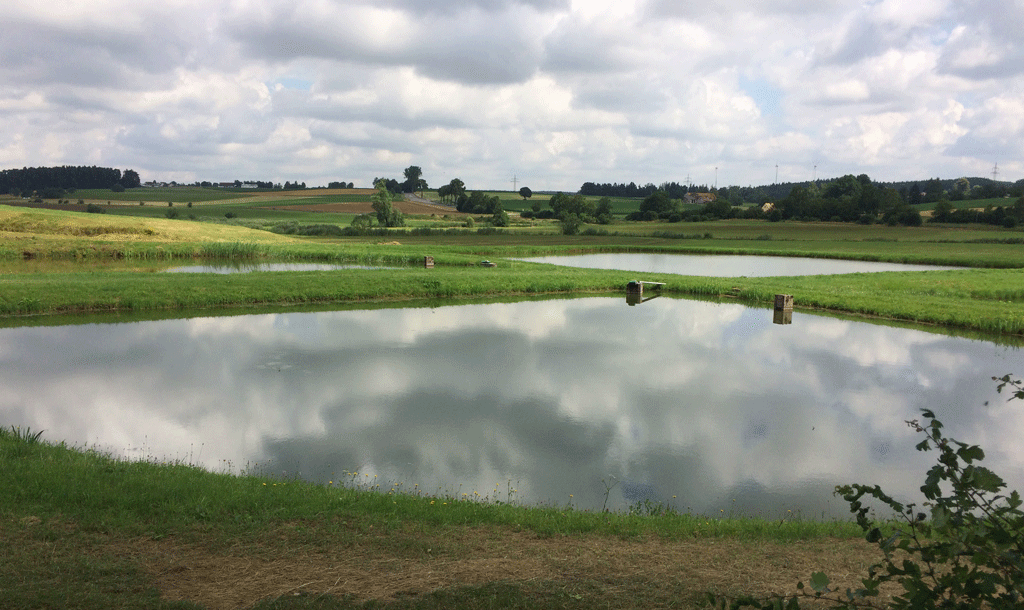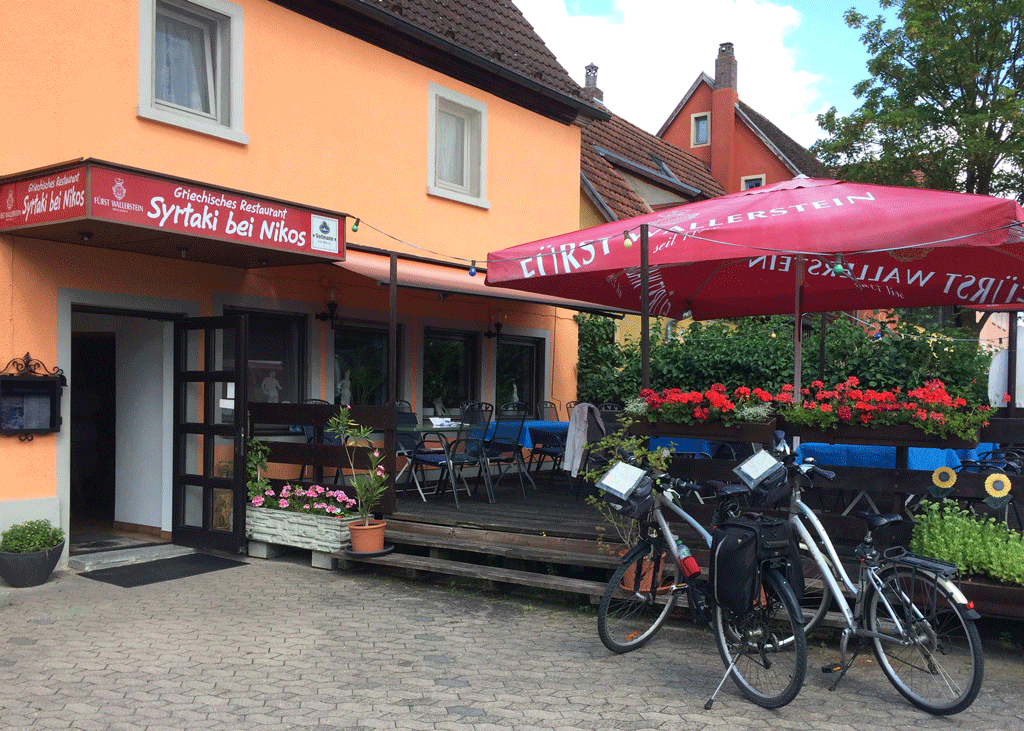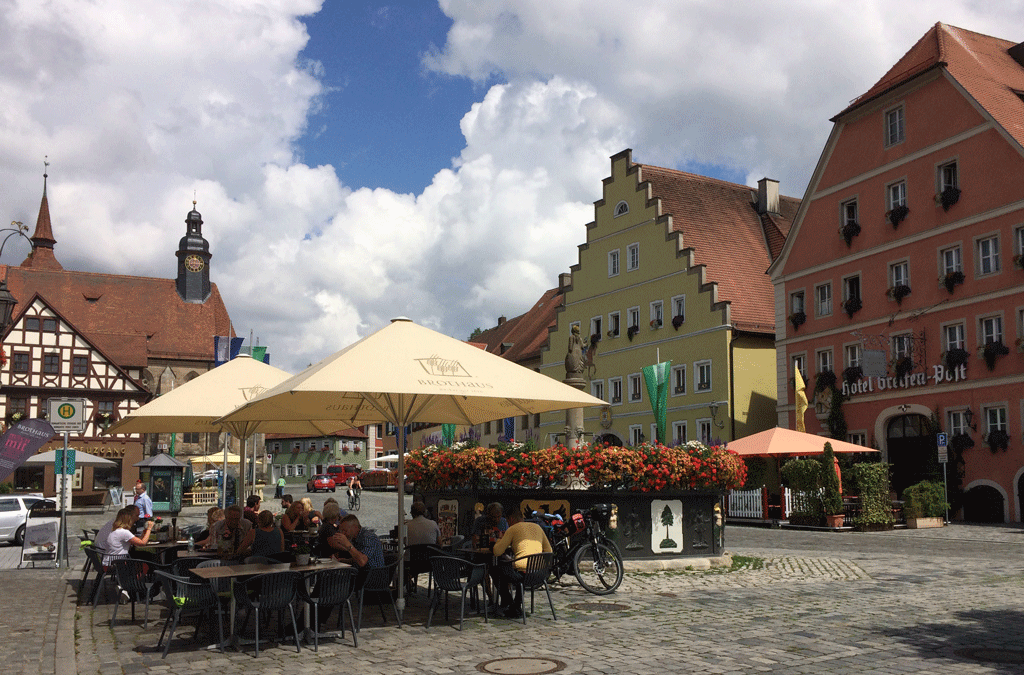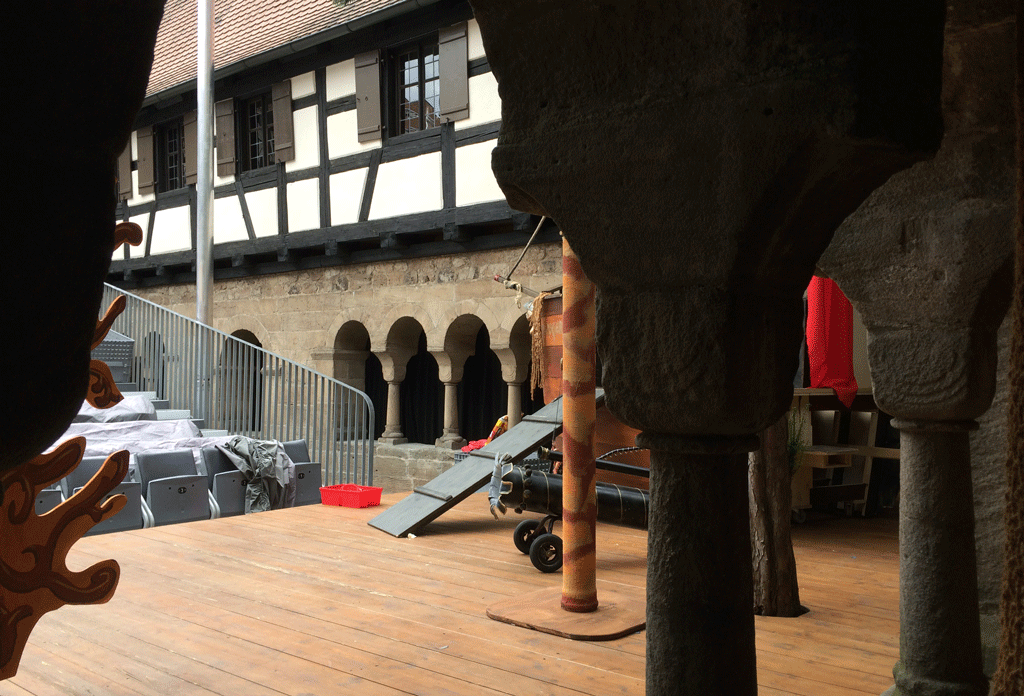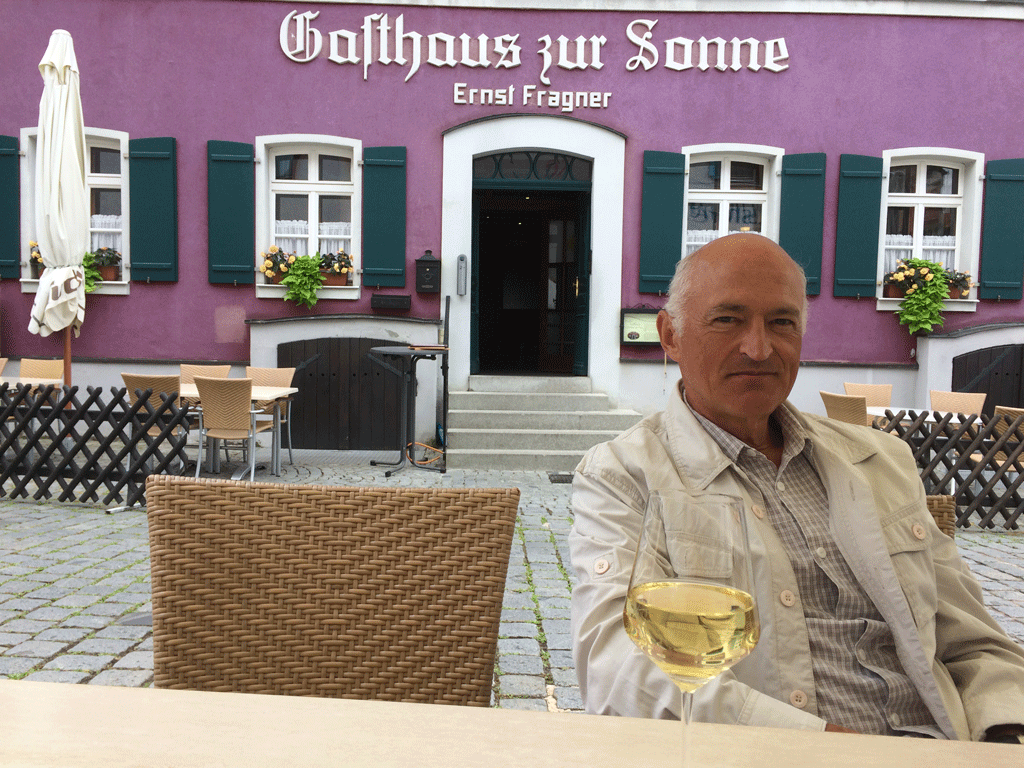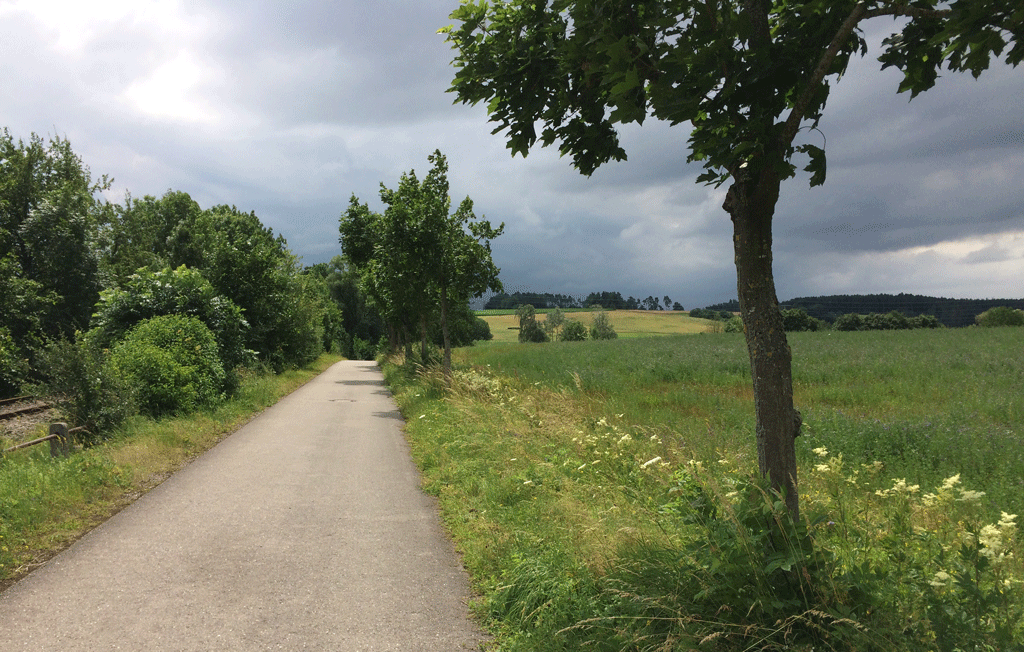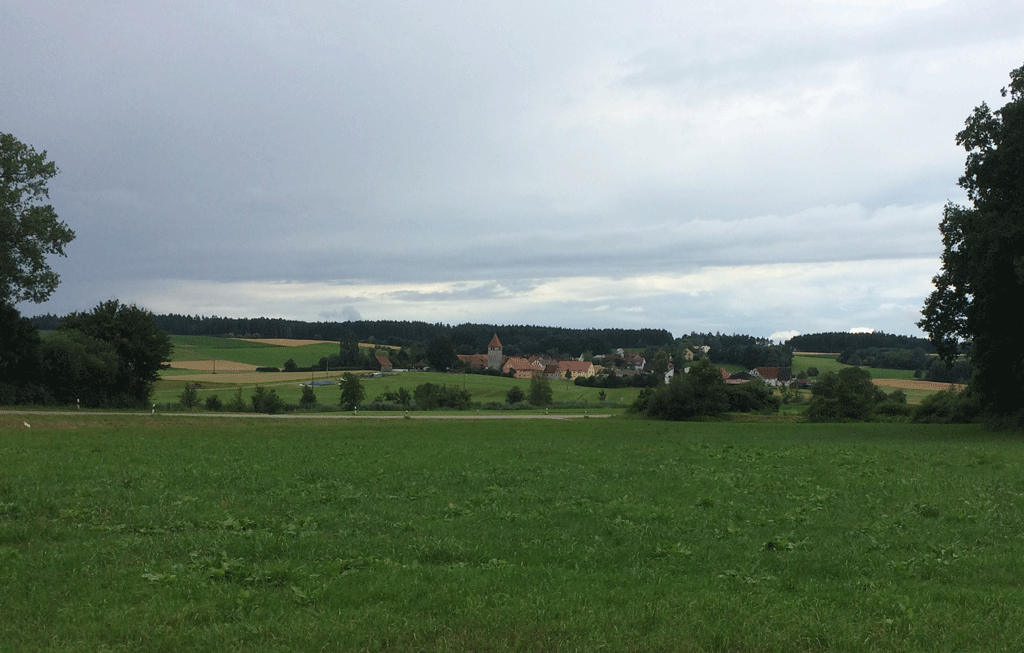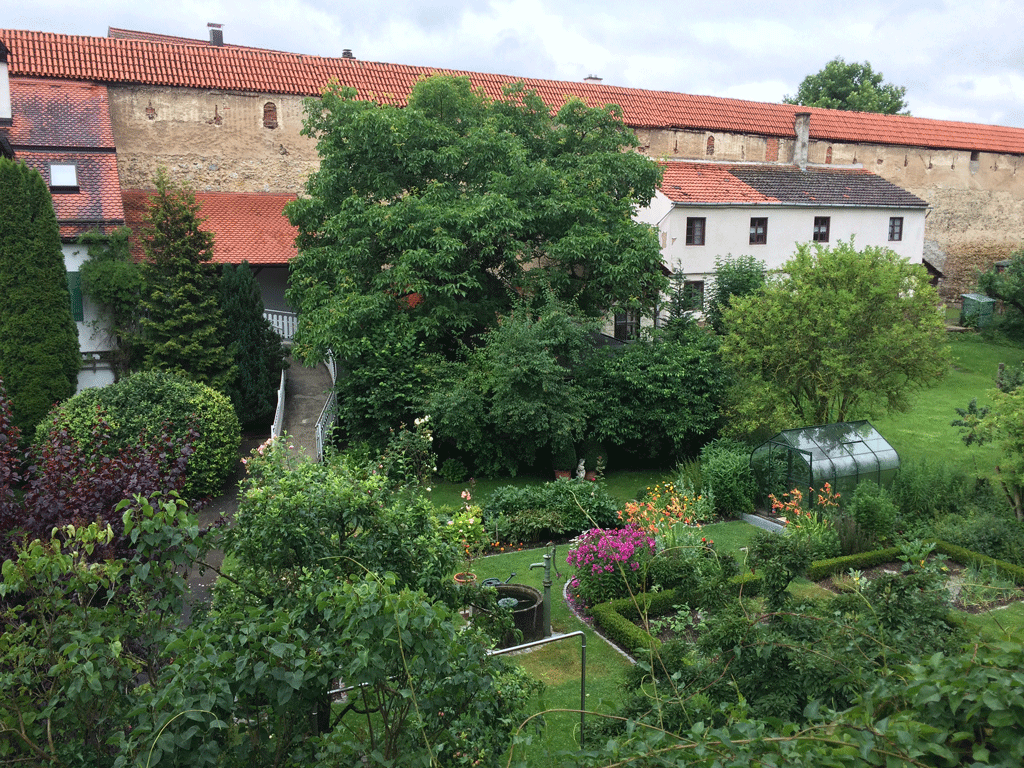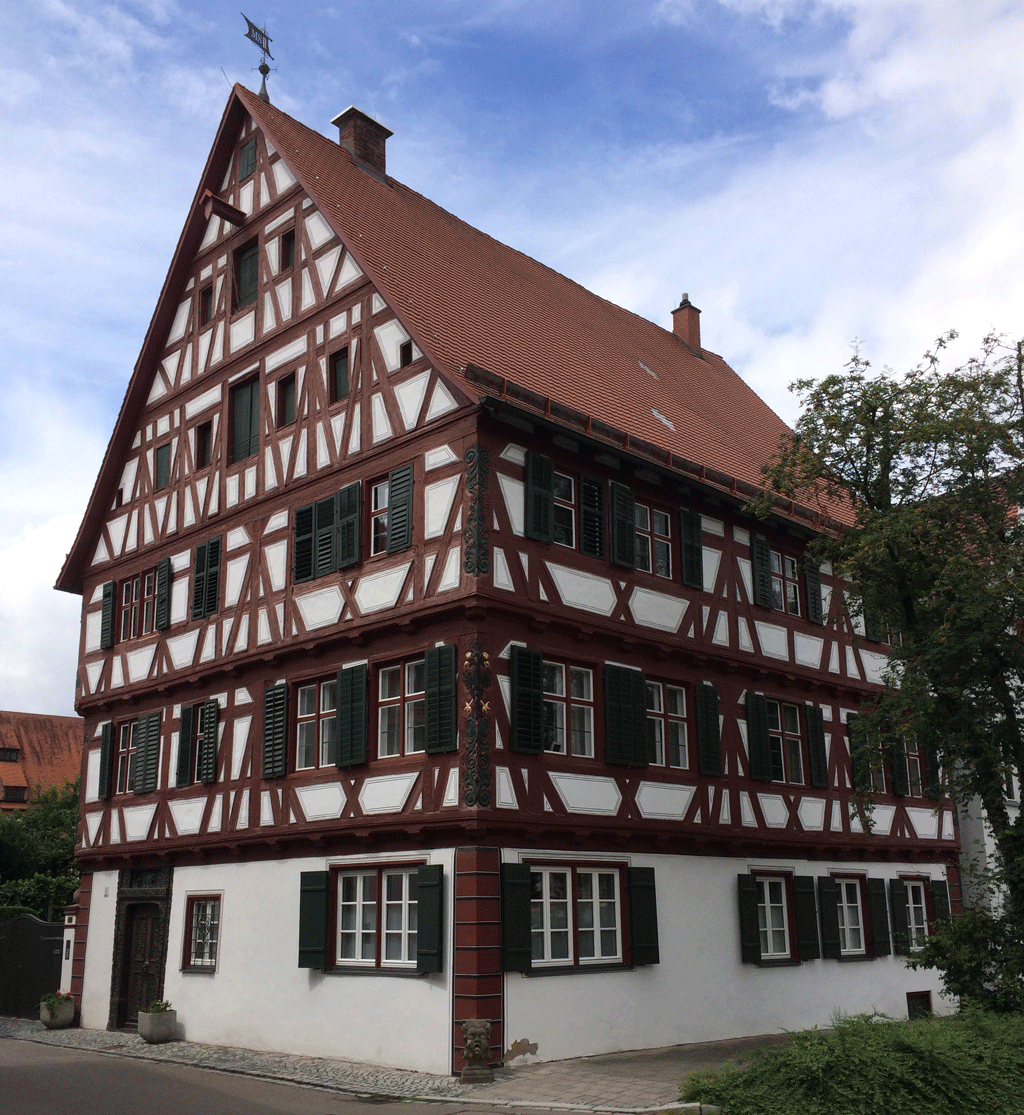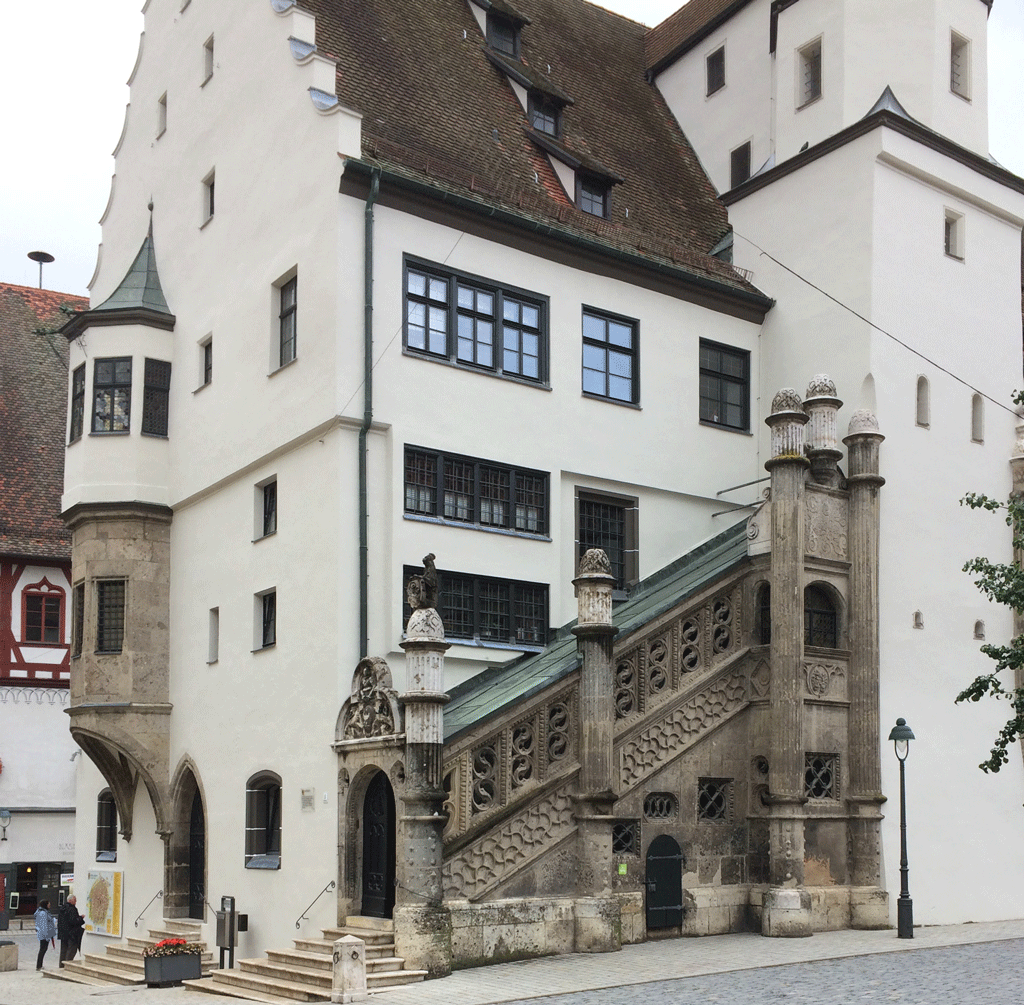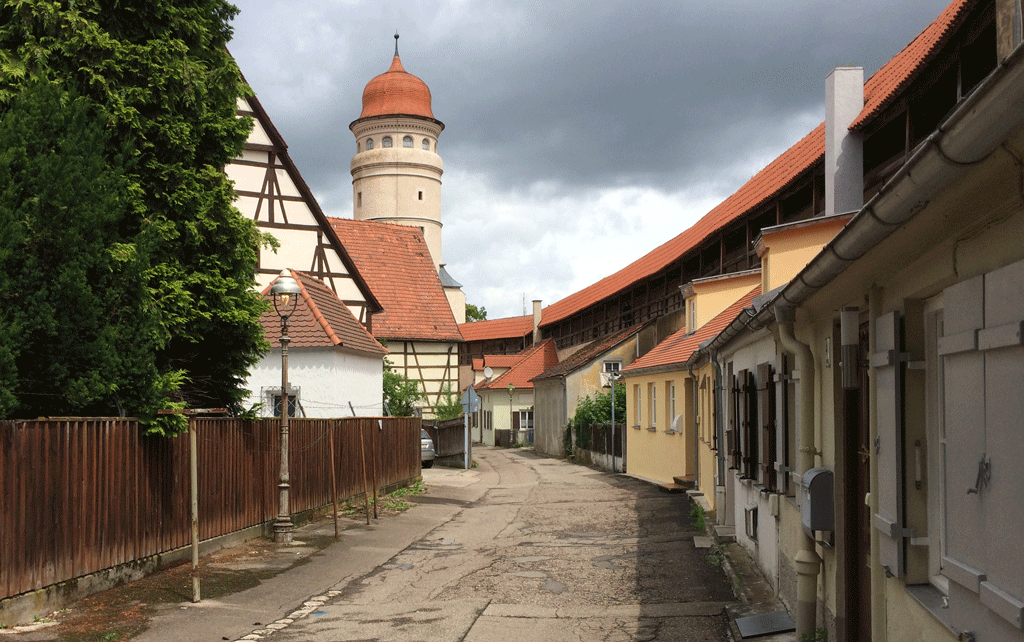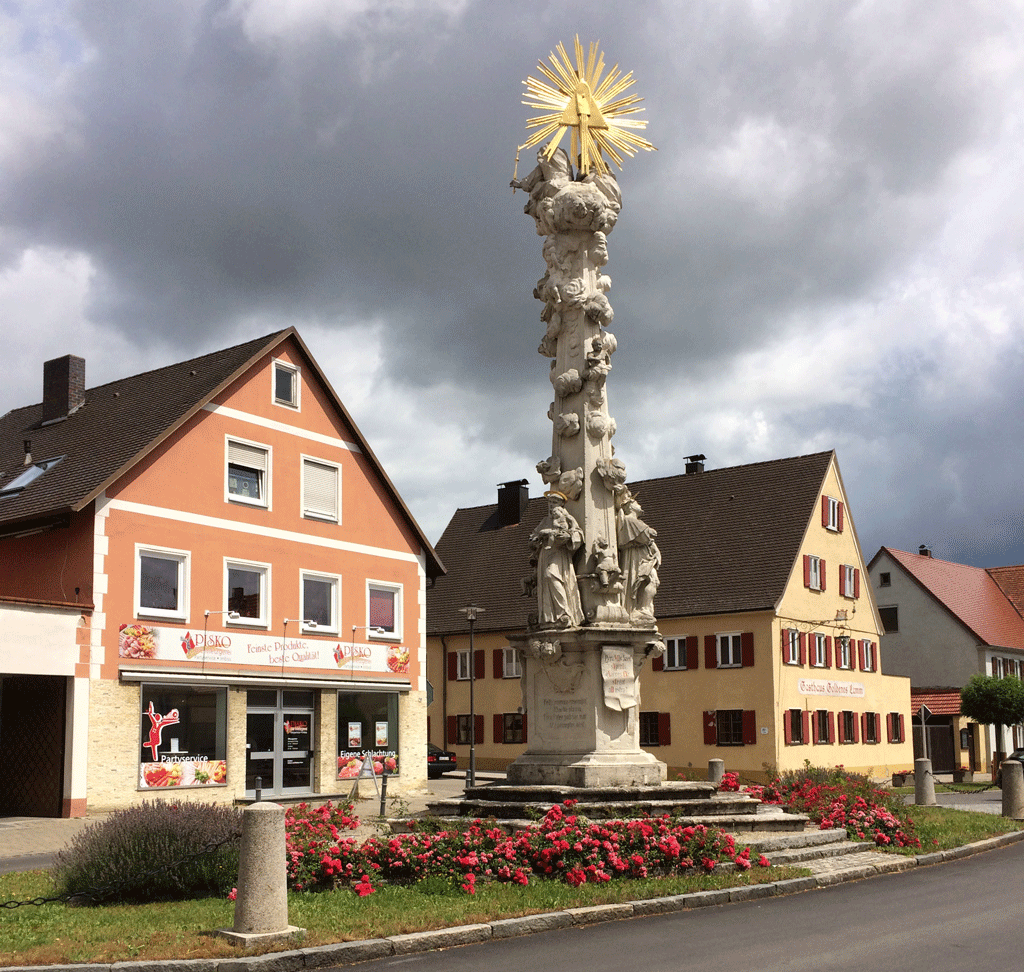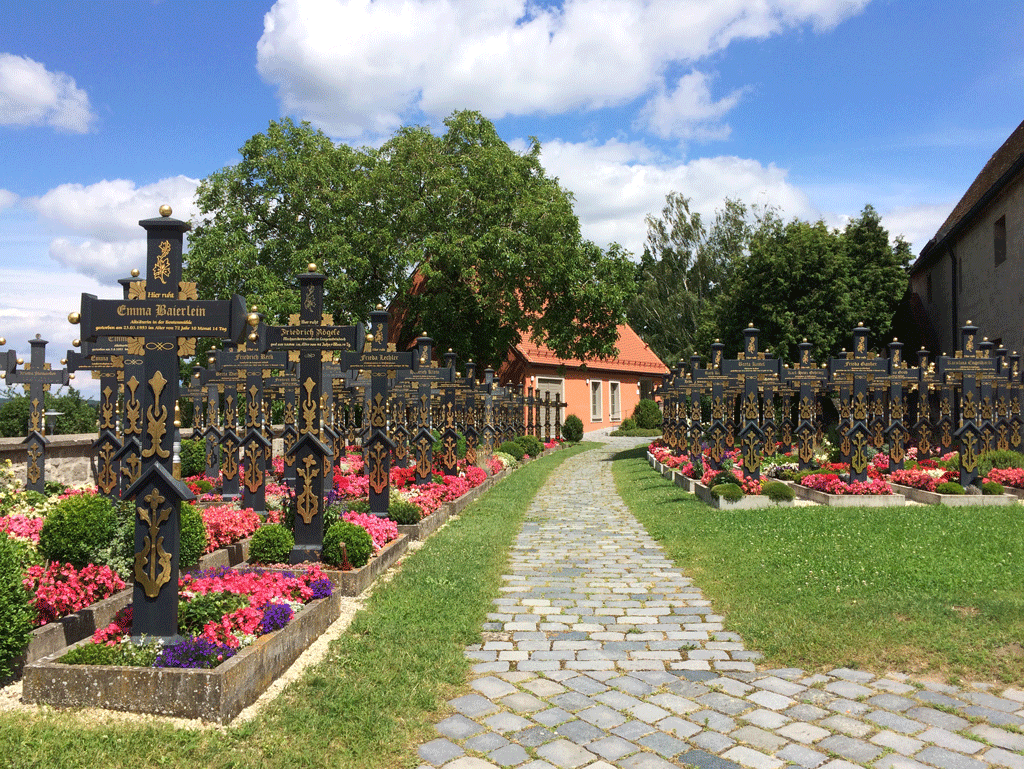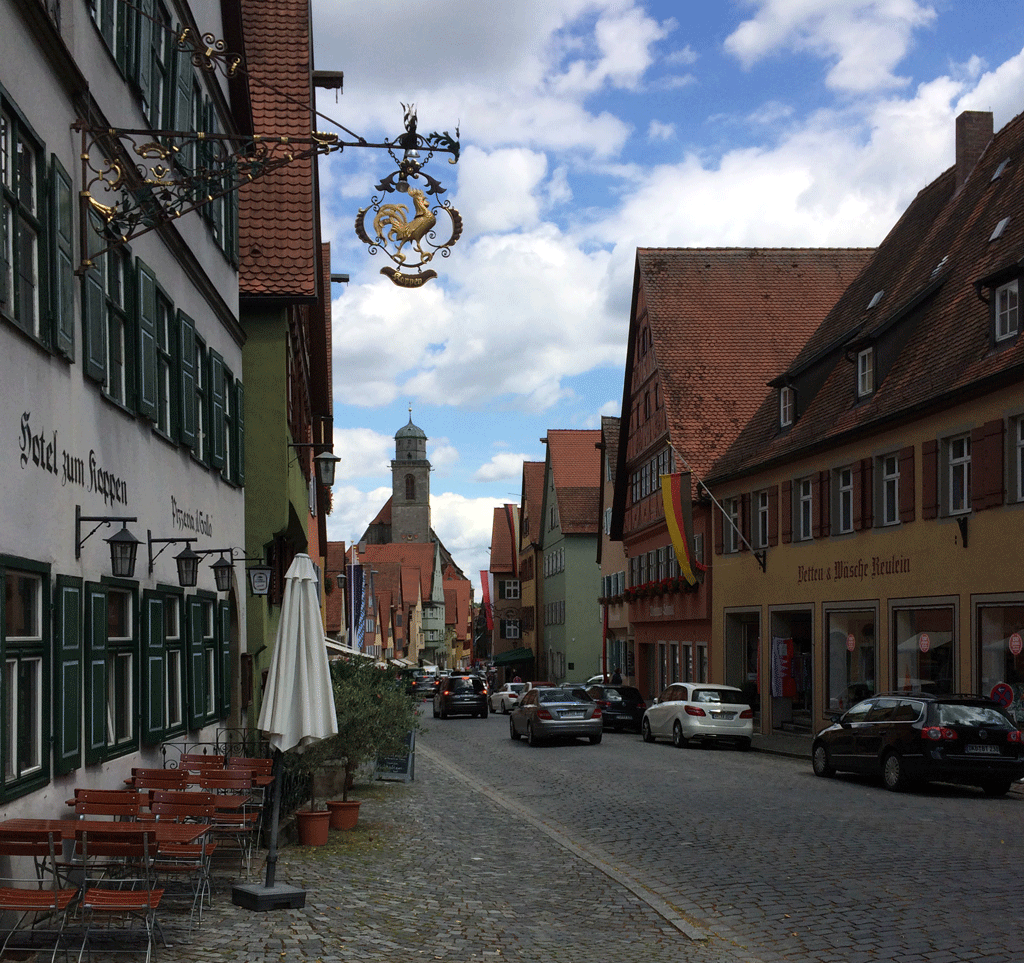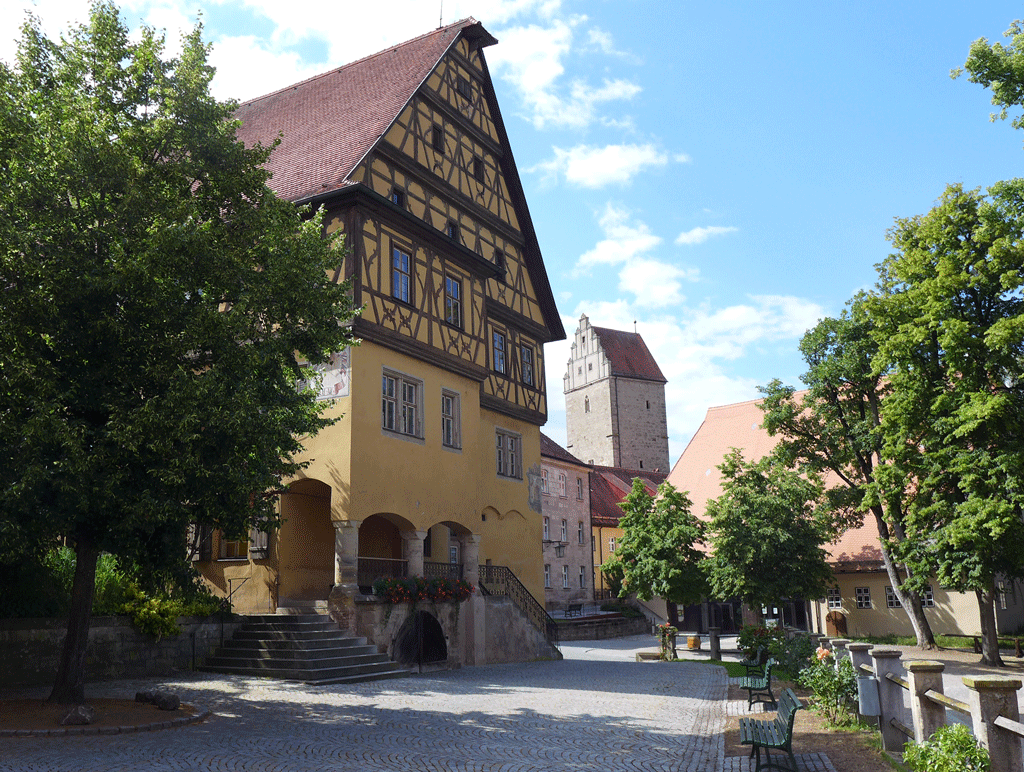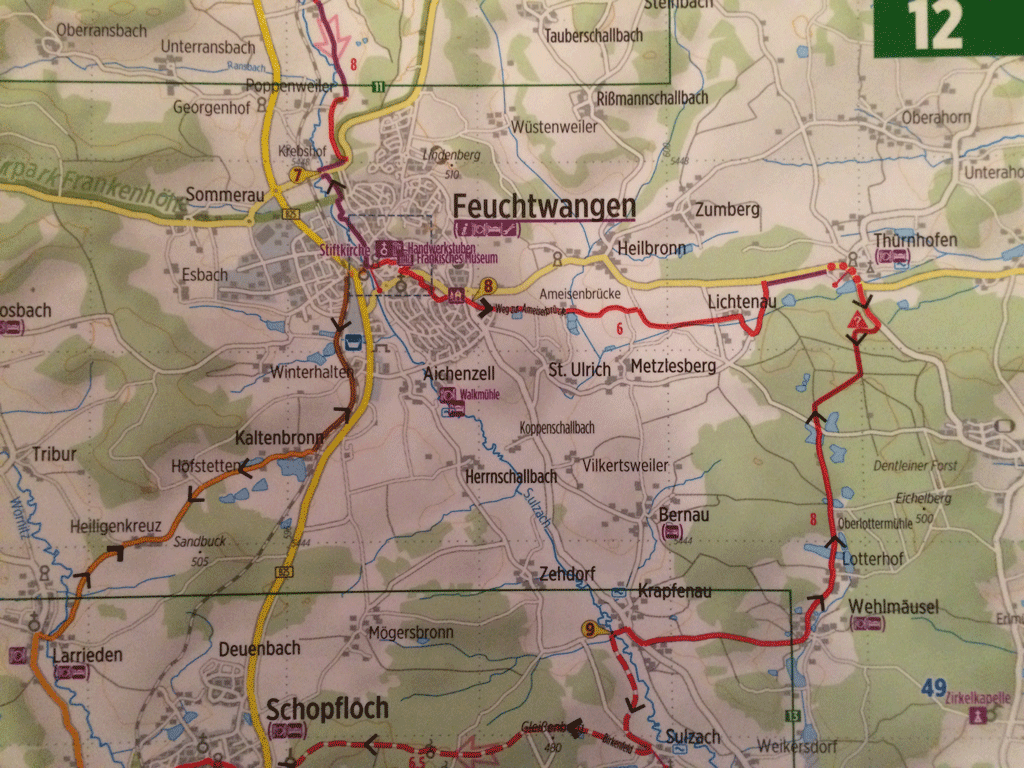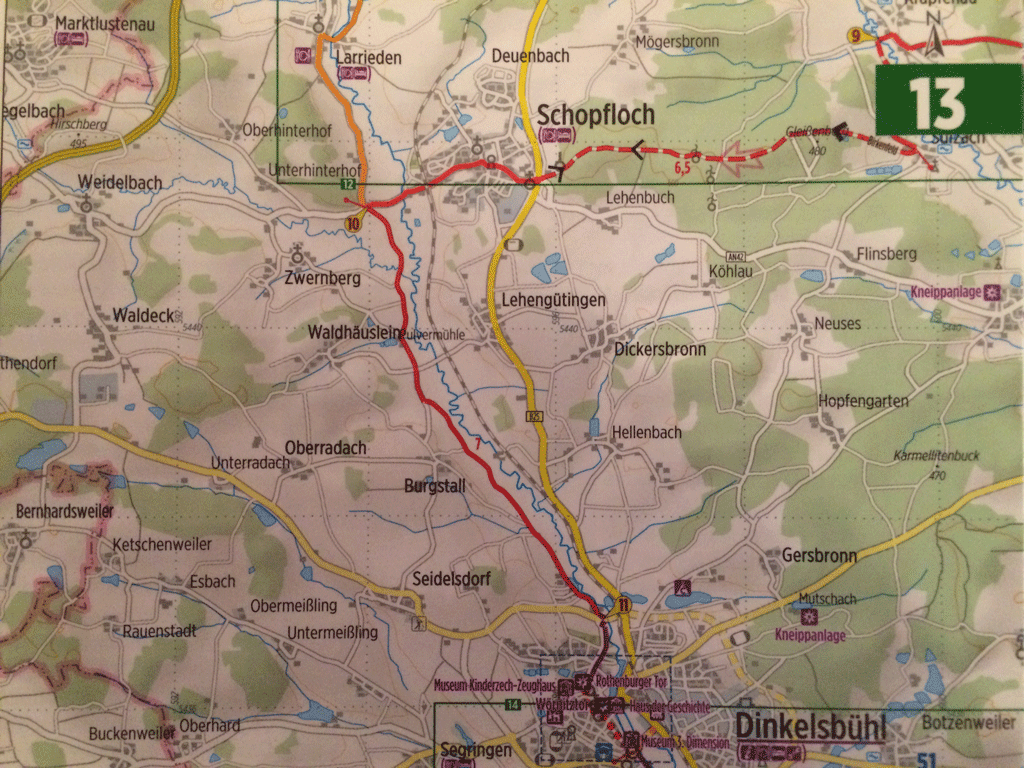We’ve come to Paris for a long week-end to celebrate a friend’s 60th birthday, organised by her daughter as a surprise. As usual, we’ve fitted in a few medical appointments, as there is a severe lack of specialists in Blois, and some pleasure time with friends. I have found a home exchange with an Australian/French couple like us who live in a house in the west of Paris and exchange a two-room flat near Canal Saint Martin on the 5th floor. It’s not an area we know very well but our friends Susan and Simon from Days on the Claise always stay in this part of Paris when they come.
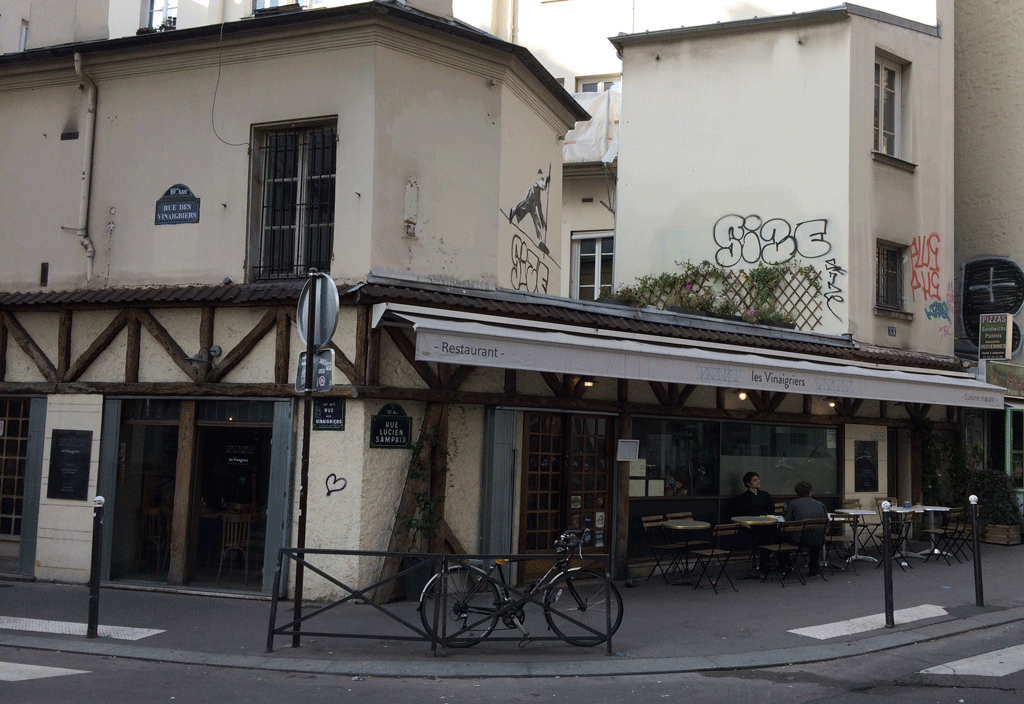
From what we can see, the area is very trendy. When we arrived last night, there were bars and restaurants open everywhere with people milling around the streets and pavements.
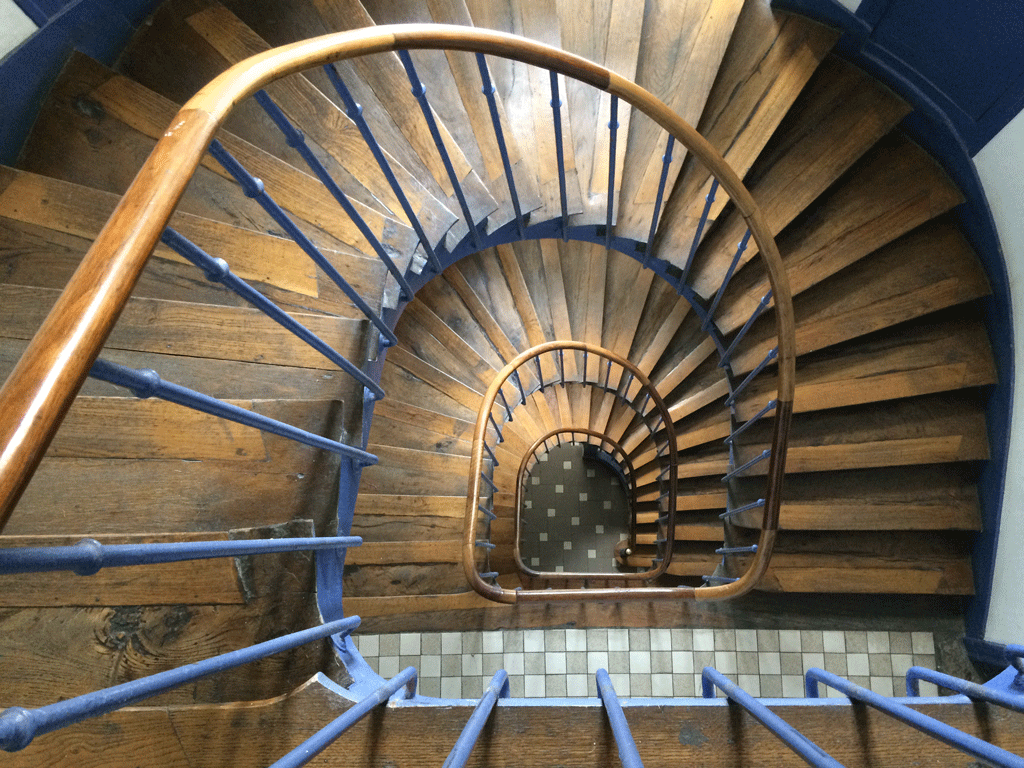
We’re in Rue des Vinaigriers just a short distance by foot from the canal so we set off to walk along it to the Bastille market where we’re going to buy oysters to take back to the flat for our traditional Sunday lunch.
We arrive just as a barge is passing through the lock at the end of our street. There is also a swing-bridge for vehicles that opens to let the barge through. We’re not the only people watching. Several locals are enjoying the scene and there is a group of seniors on a walking tour.
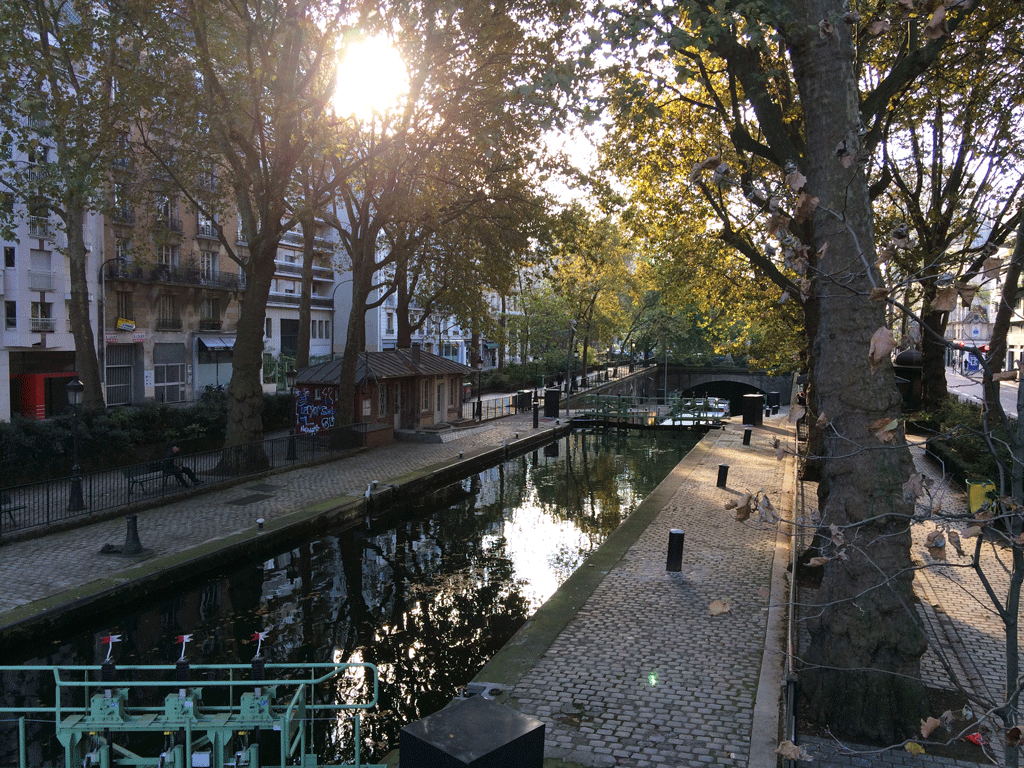
There are several humpback pedestrian bridges that give us a bird’s eye view of the canal.
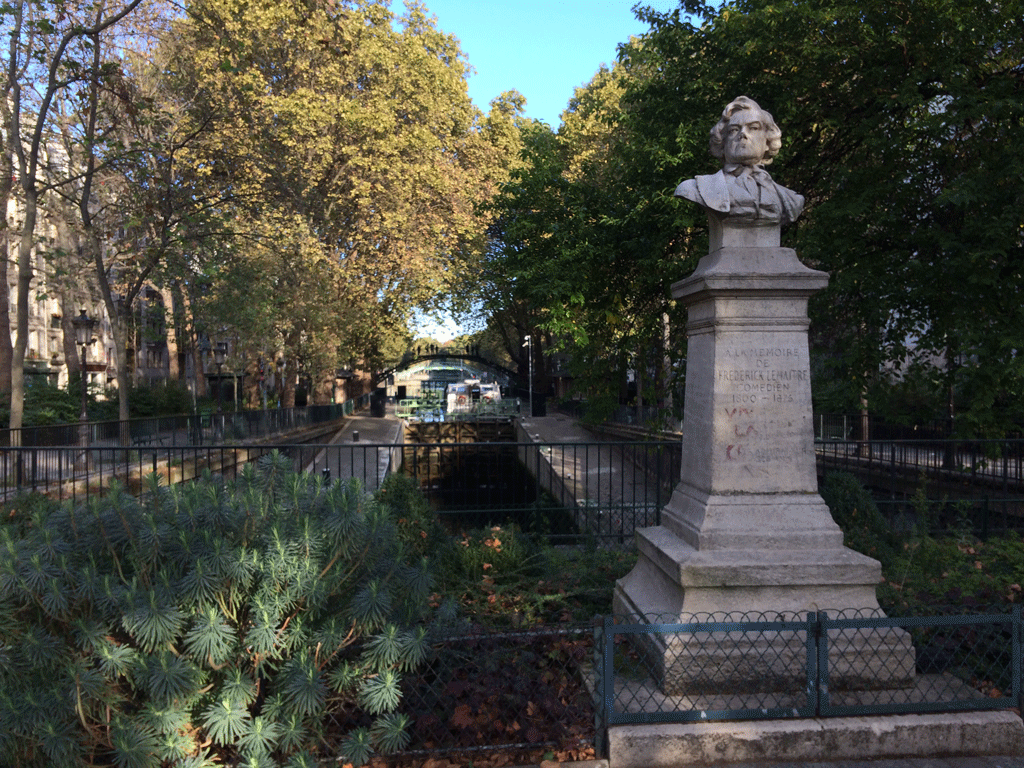
We pass the statue of “Frédérick Lemaître, Comédien, 1800 – 1876”. The French actor and playwright was one of the most famous actors on the celebrated Boulevard du Crime, the nickname given to nearby Boulevard du Temple because of the many crime melodramas staged every night. It is notorious in Paris for having lost so many theatres during the rebuilding of Paris by Baron Haussmann in 1862.
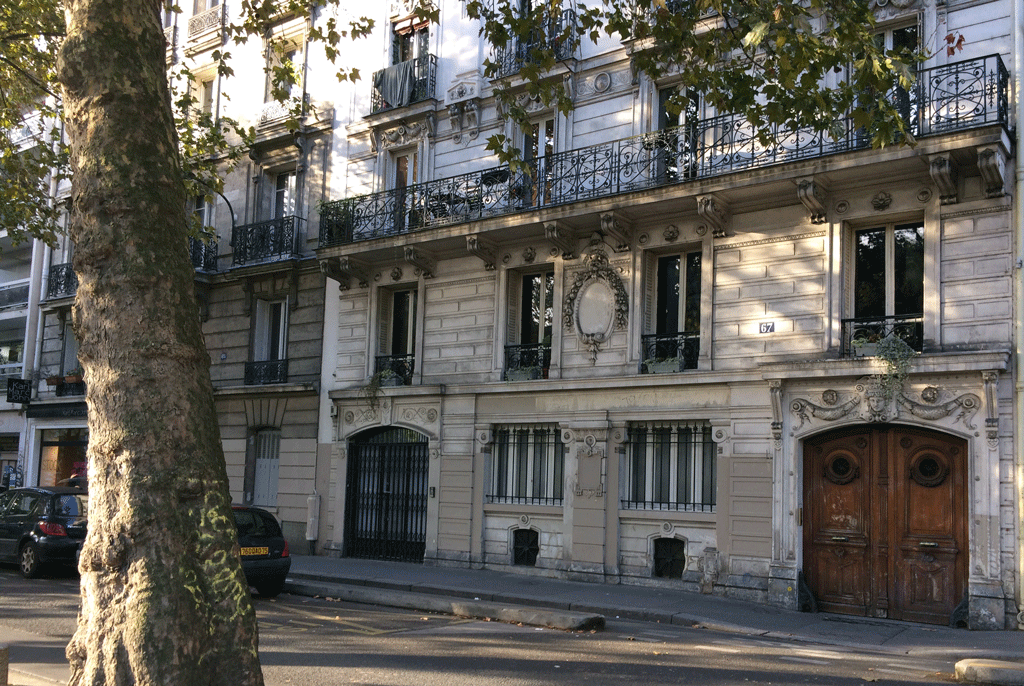
We have already noticed the many beautiful Haussmann buildings with their finely sculpted doors and windows that line the street along the canal.
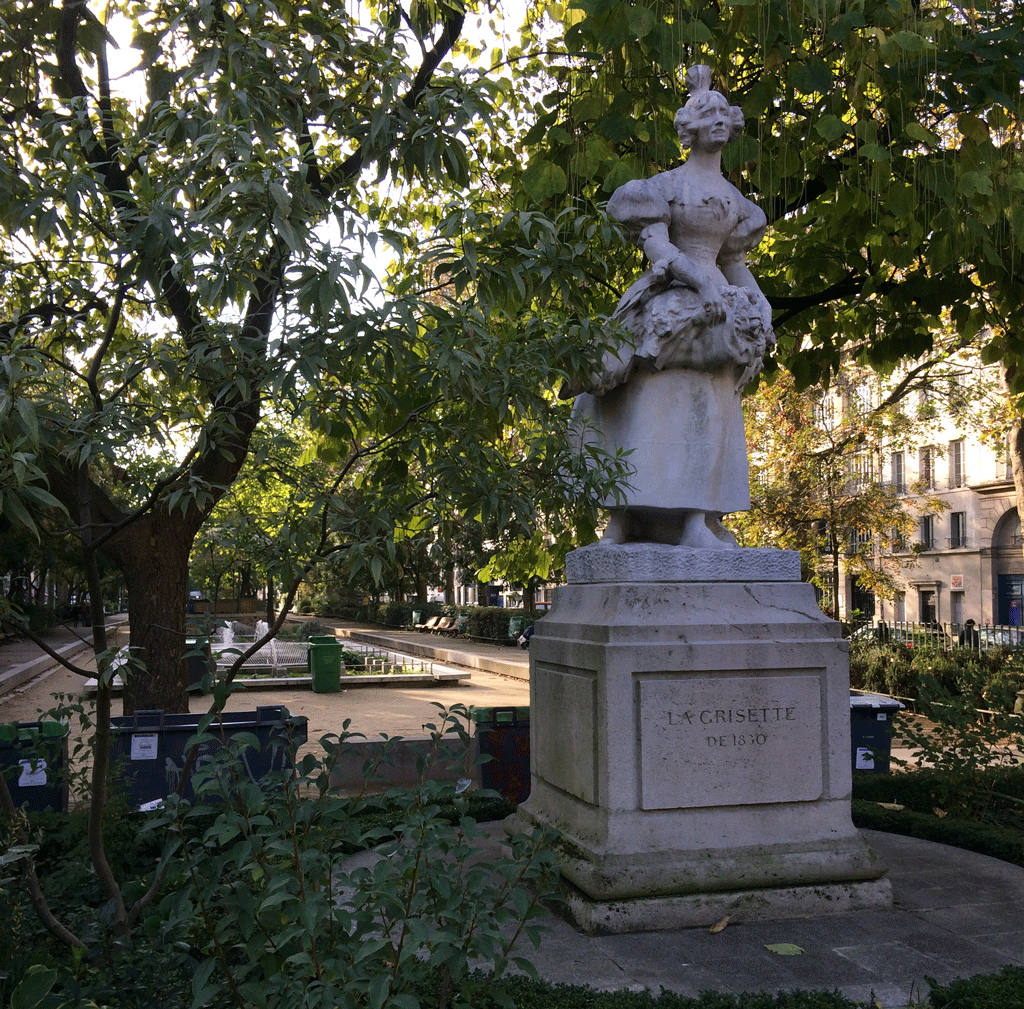
The next statue is La Grisette de 1830, sculpted in 1909 by Jean-Bernard Desomps. In the vocabulary of the 19th century, a grisette was a young seamstress who worked in soft furnishings and fashion, a flirt and coquette who occasionally sold her charms due to poverty rather than vice, so it would seem.
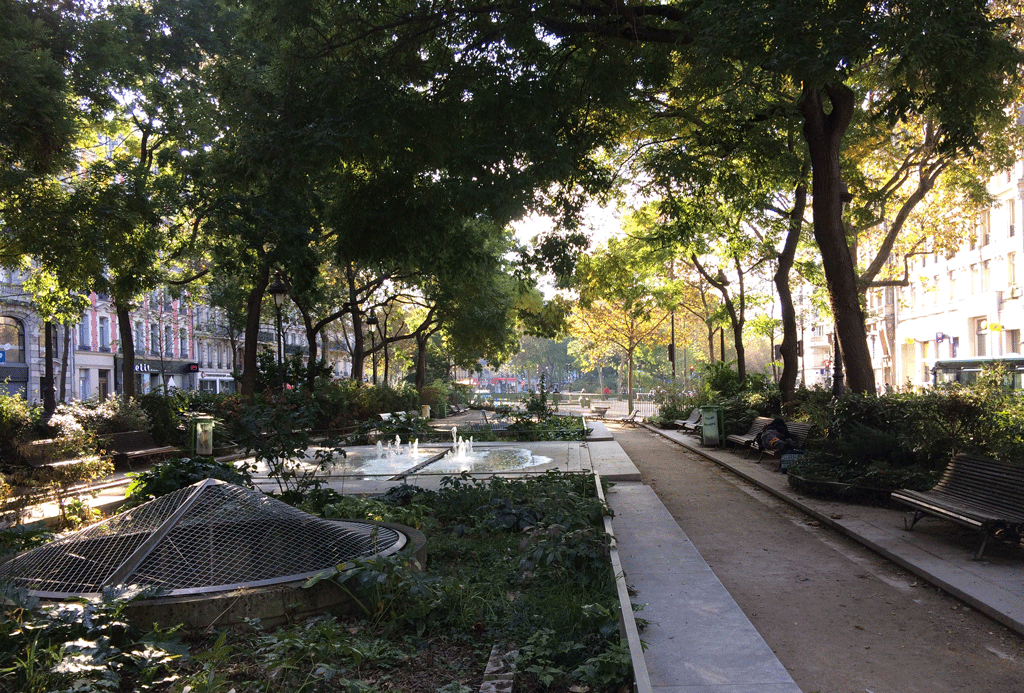
After a while, the canal goes underground and becomes a planted walkway called Promenade Richard-Lenoir. One of the four squares, Jules Ferry, is named after a French politician who drafted the 3rd Republic bills that made lay education compulsory in France. Many schools in France are called Jules Ferry.
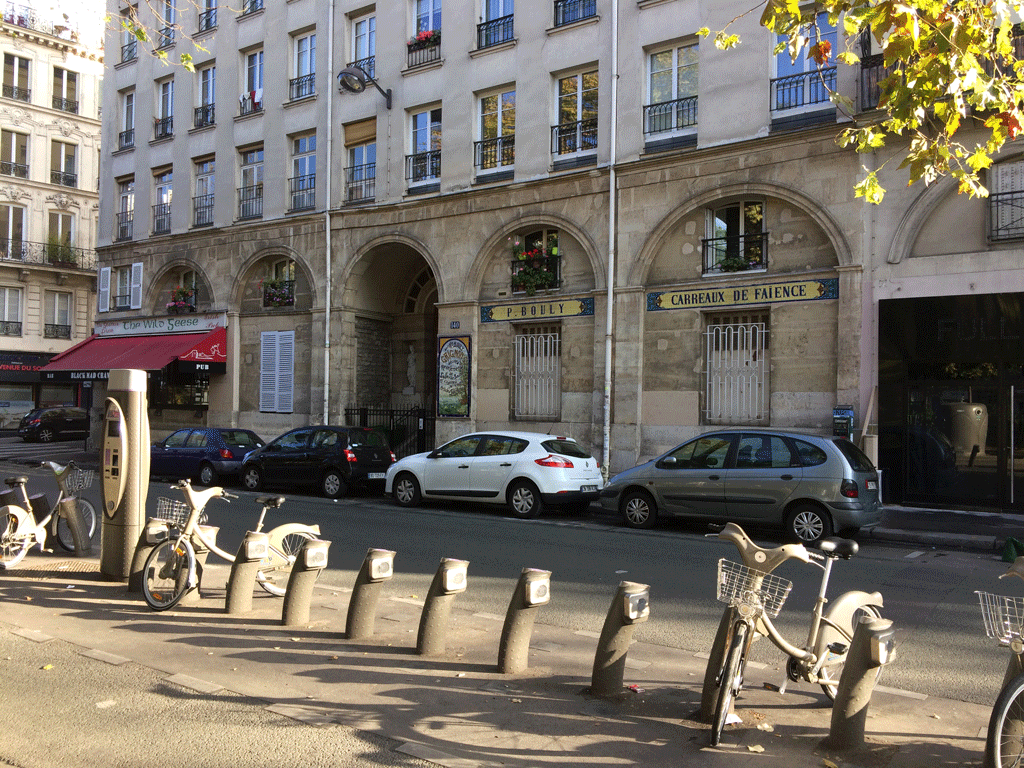
P. Bouly, Carreaux de Faïence (ceramic tiles), on the left hand side is a reminder of the many factories that once flourished in the area.
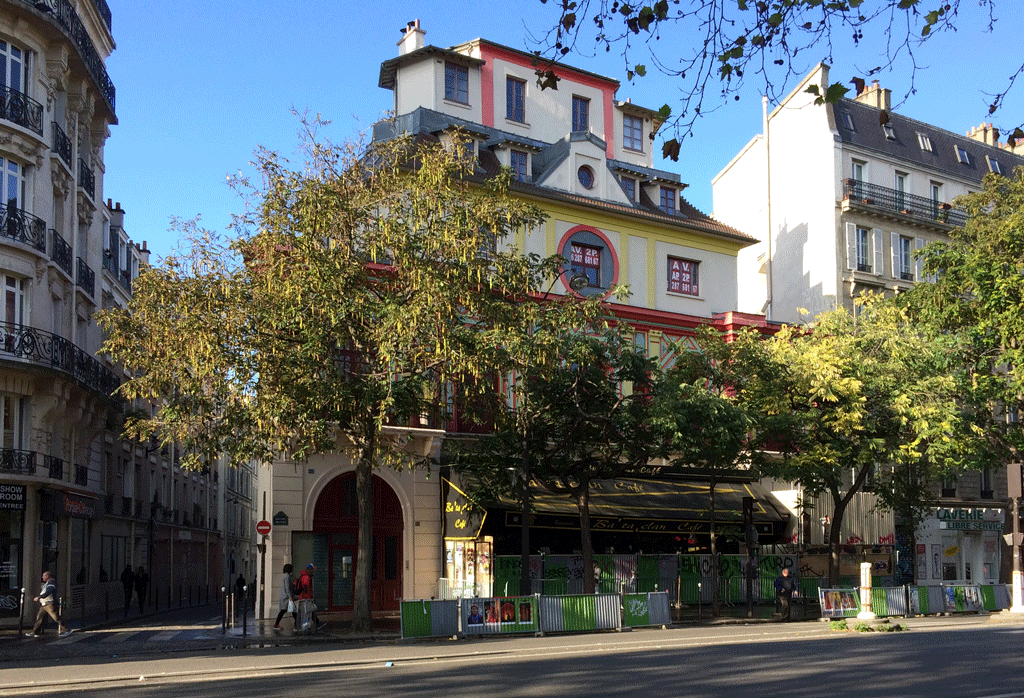
On the right is a colourfully trimmed building surrounded by a fence – Le Bataclan, sadly famous for the terrorist attacks that led to the killing of 90 people in the concert hall on Friday 13th November 2015.
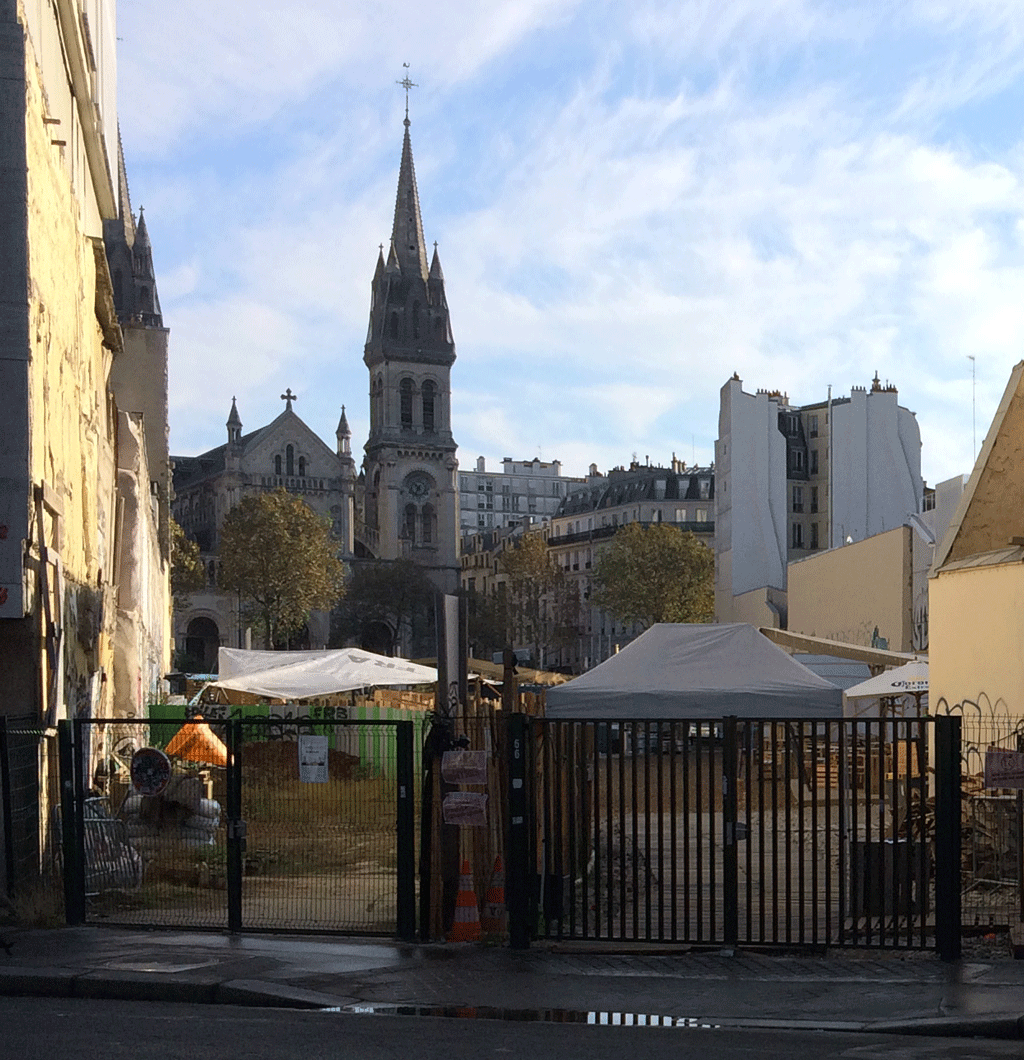
As we get closer to Bastille, we see a church in the distance on the left that we’ve never noticed before. Just in front is a sort of fenced-in area with small wooden huts. A sign on the gate says “La Friche Richard-Lenoir”. (Friche means “wasteland”). When I check it out later I learn it is a pop-up bar and open-air entertainment area with refreshment stalls, games and music that appeared in Septeember this year.
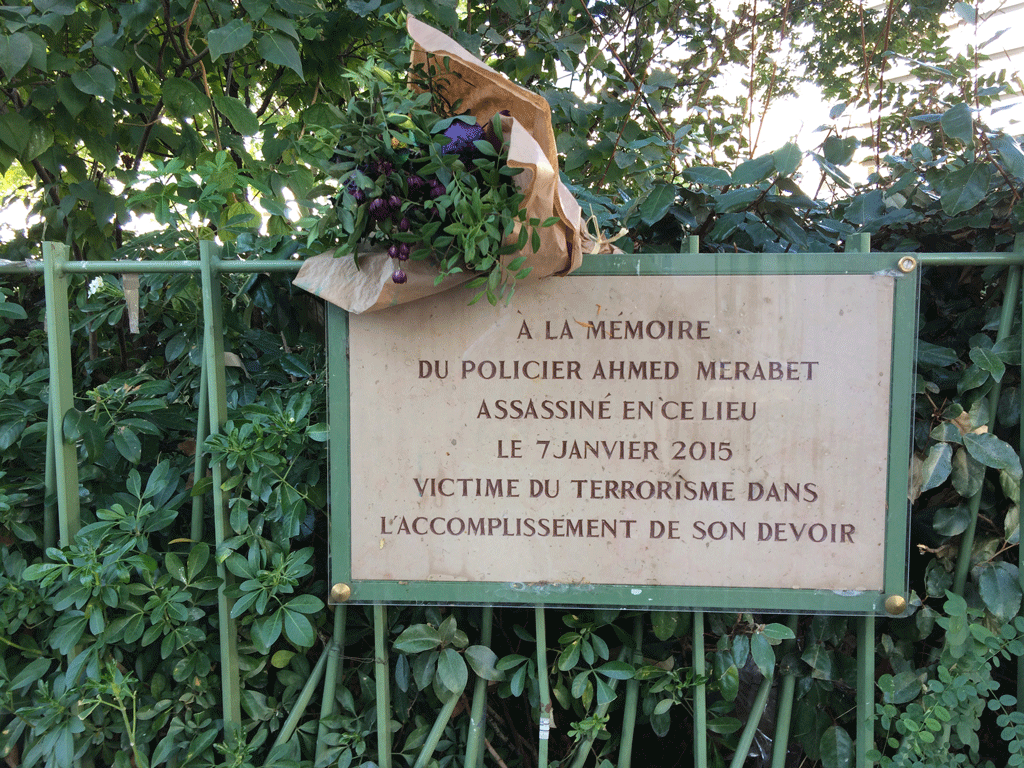
A sobering sign on the promenade fence has a bouquet on top: “In memory of police officer Ahmed Merabet killee here on 7 January 2015 in the line of duty, a victim of terrorism. He was shot after firing at the gunmen’s car during the Charlie Hebdo shootings during which 11 people were killed.
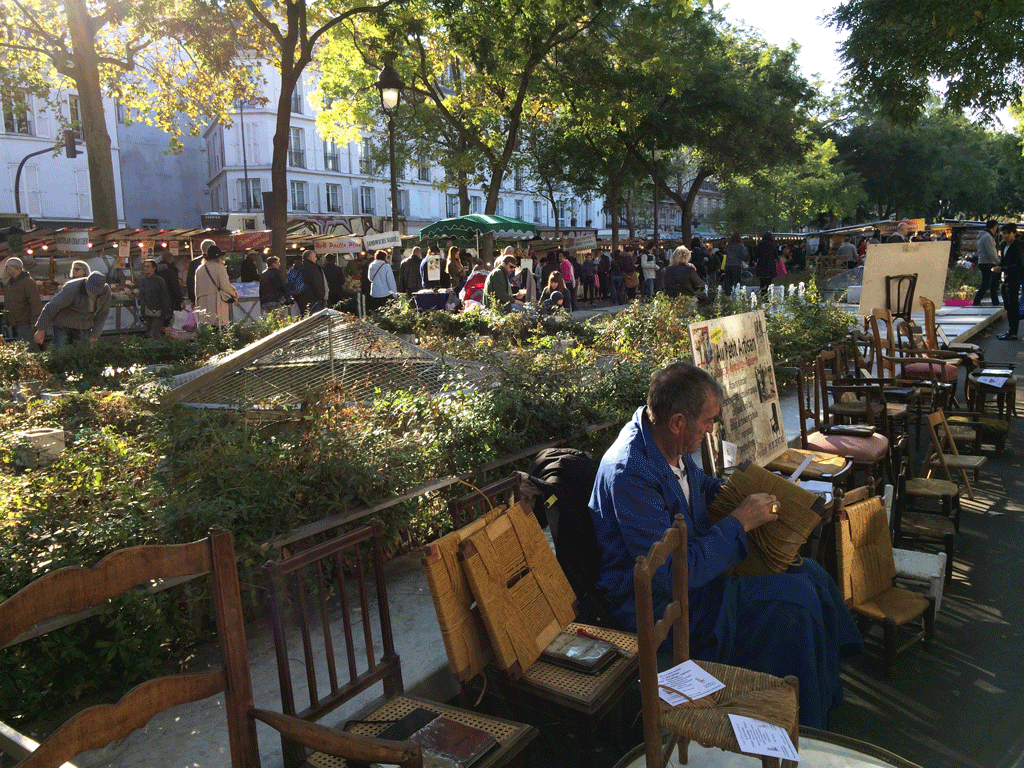
After more Haussmann buildings on the left and more modern constructions on the right, we come to the bustling market which is very colourful and pleasant under the trees along the promenade.
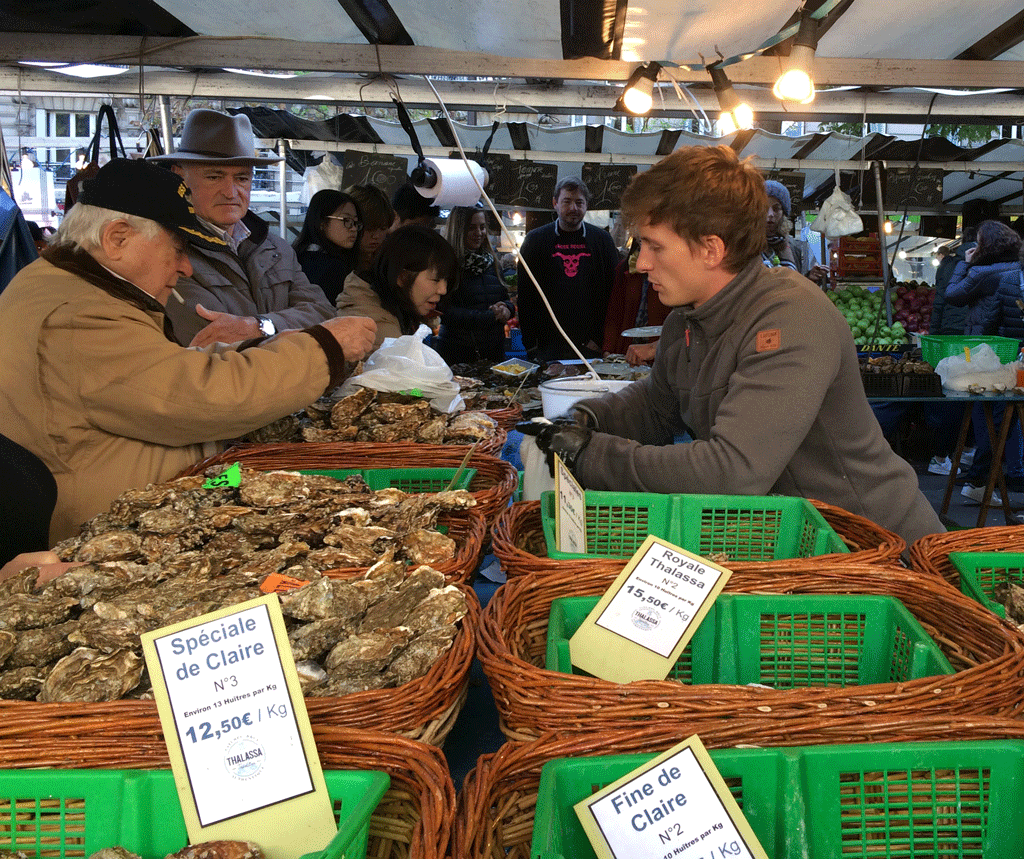
We find our oysters (from the same supplier as those we used to buy when we lived in the Palais Royal in the centre of Paris) and pick up some butter and baguette from two other stalls (we brought our Sancerre wine with us from Blois).
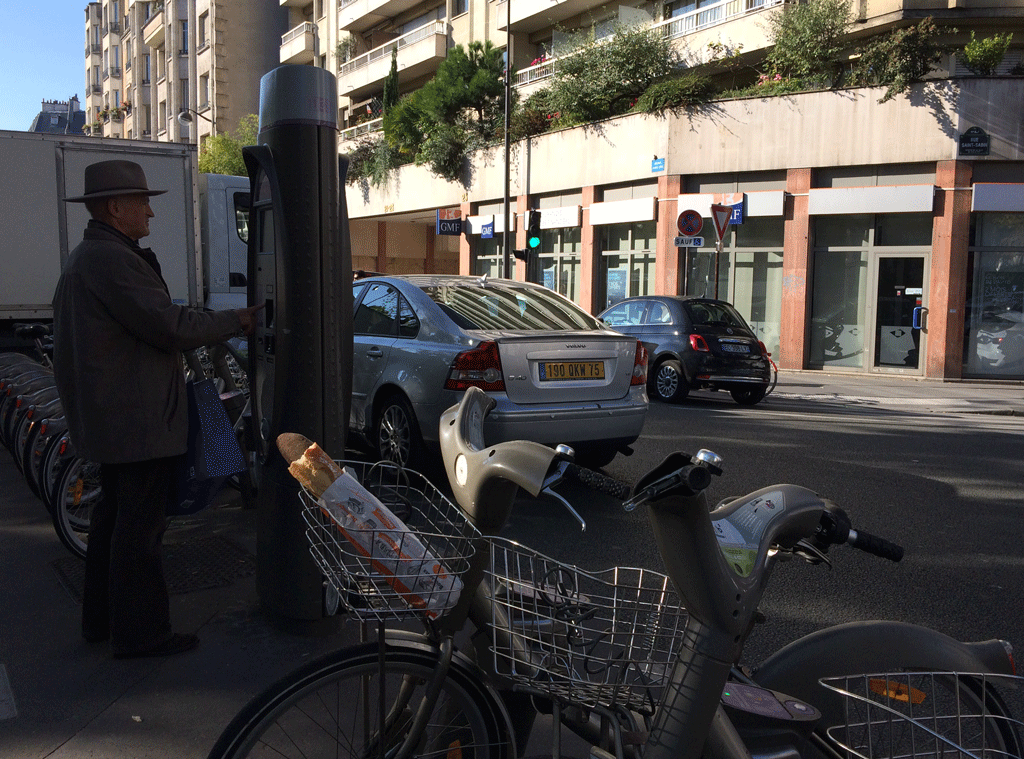
Now for the Vélib’ city bikes. We’ve only ridden them once before but after cycling in New York City, we figure we are experts. Although Jean Michel assures me they are exactly the same bikes, I don’t find them as comfortable. They are infinitely cheaper though. As an occasional user, you pay 1.70 euro for a one-day ticket (8 euro for 7 days). The first 30 minutes are always free (you can swap your bike at a Vélib’ station every 30 minutes or pay 1 euro for every additional half hour). (More information here). Three-quarters of an hour’s cycling in NYC (with Black Cat’s City Bike subscription) cost us near 20 dollars each!
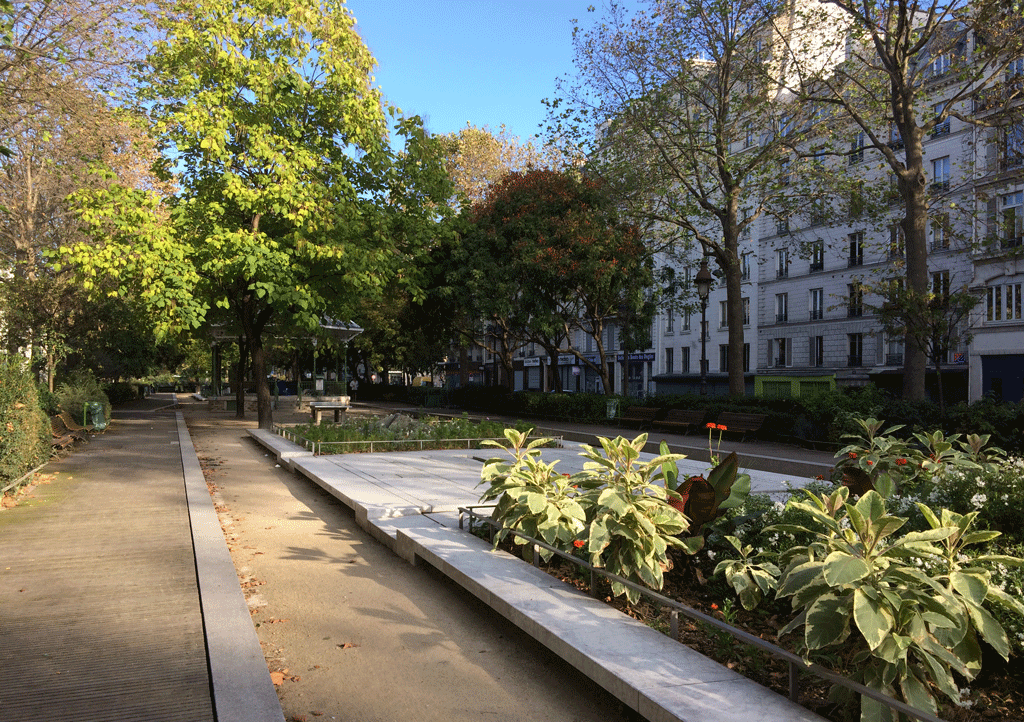
We follow the canal back up as far as Hôpital Saint Louis. As we walk back to our flat, I try the baguette and decide it’s not very tasty so we go looking for a traditional bakery called Du pain et des idées recommended by our home exchange hosts on Rue Yves Toudic. Unfortunately it’s closed on Saturday, like many of the other shops around us, most of which were open late last night.
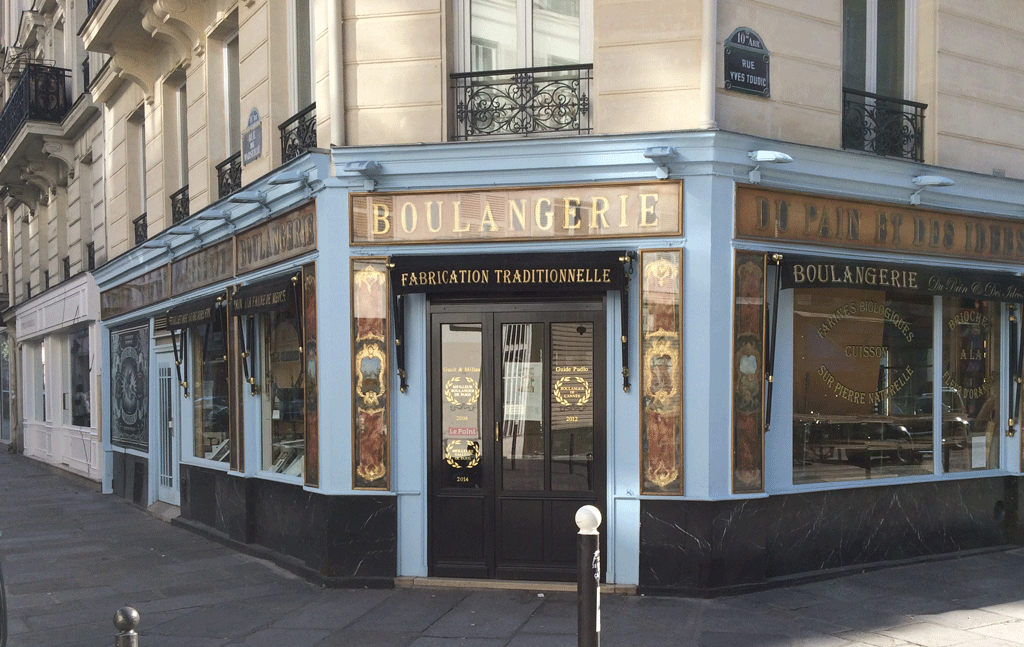
On the way we pass a building with Douches (showers) written on the front. I don’t know whether these particular ones are still in operation but there are still a half a dozen free public shower establishments scattered throughout Paris. You can find the list here. Take your own towel and soap :).
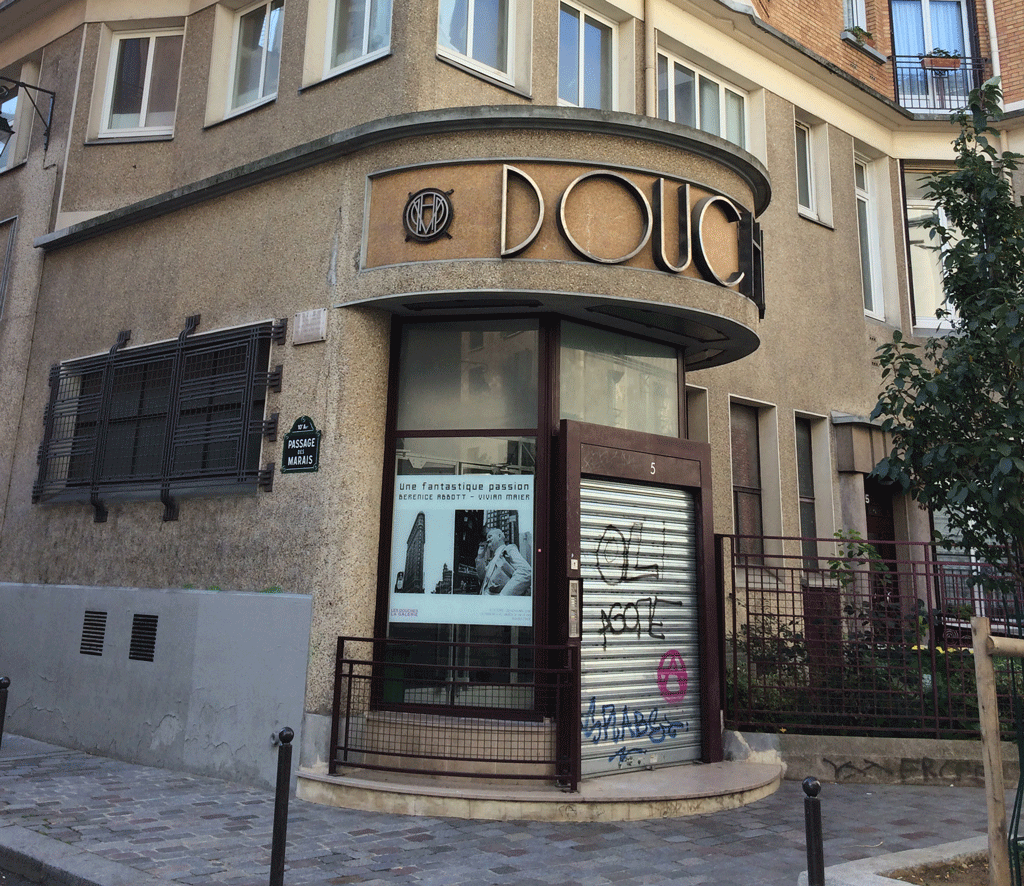
We go back to our flat, past Café Craft, a co-working space. I later learn that it caters to people without offices who need a space to work. It has fast internet, a comfortable working atmosphere and healthy food and drink and you can spend the entire day there if you want. What a great idea! Next time I’ll check it out.
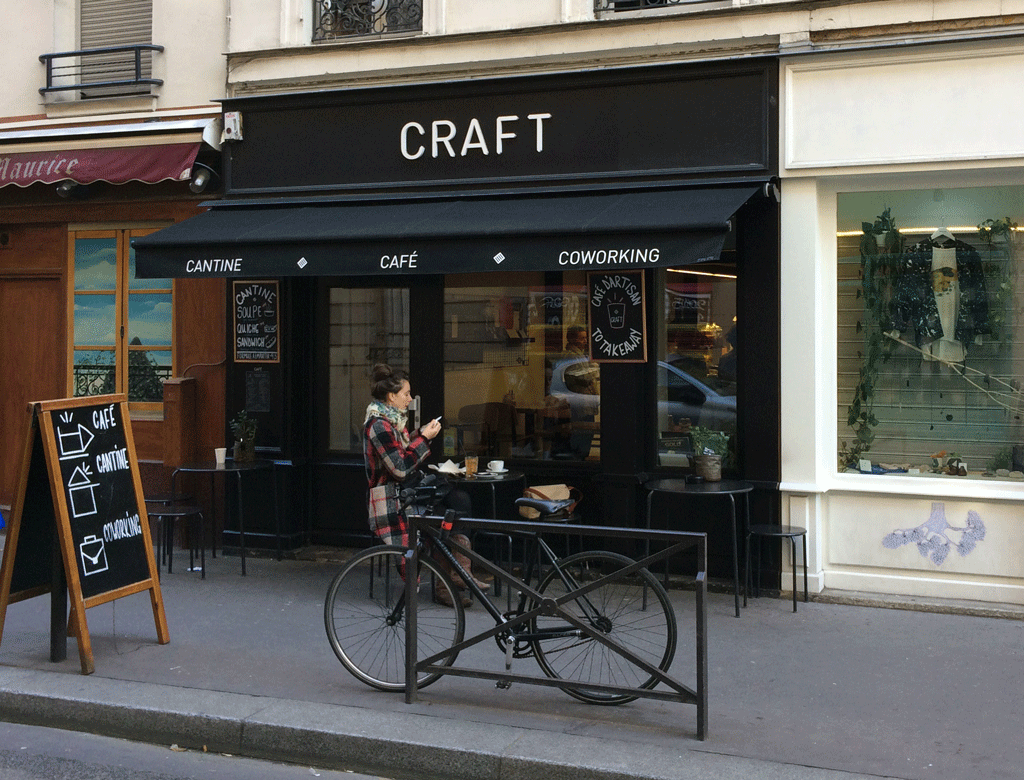
But for now, we are going to climb our five flights of stairs, open our oysters and our bottle of sancerre and enjoy our favourite Sunday brunch!




